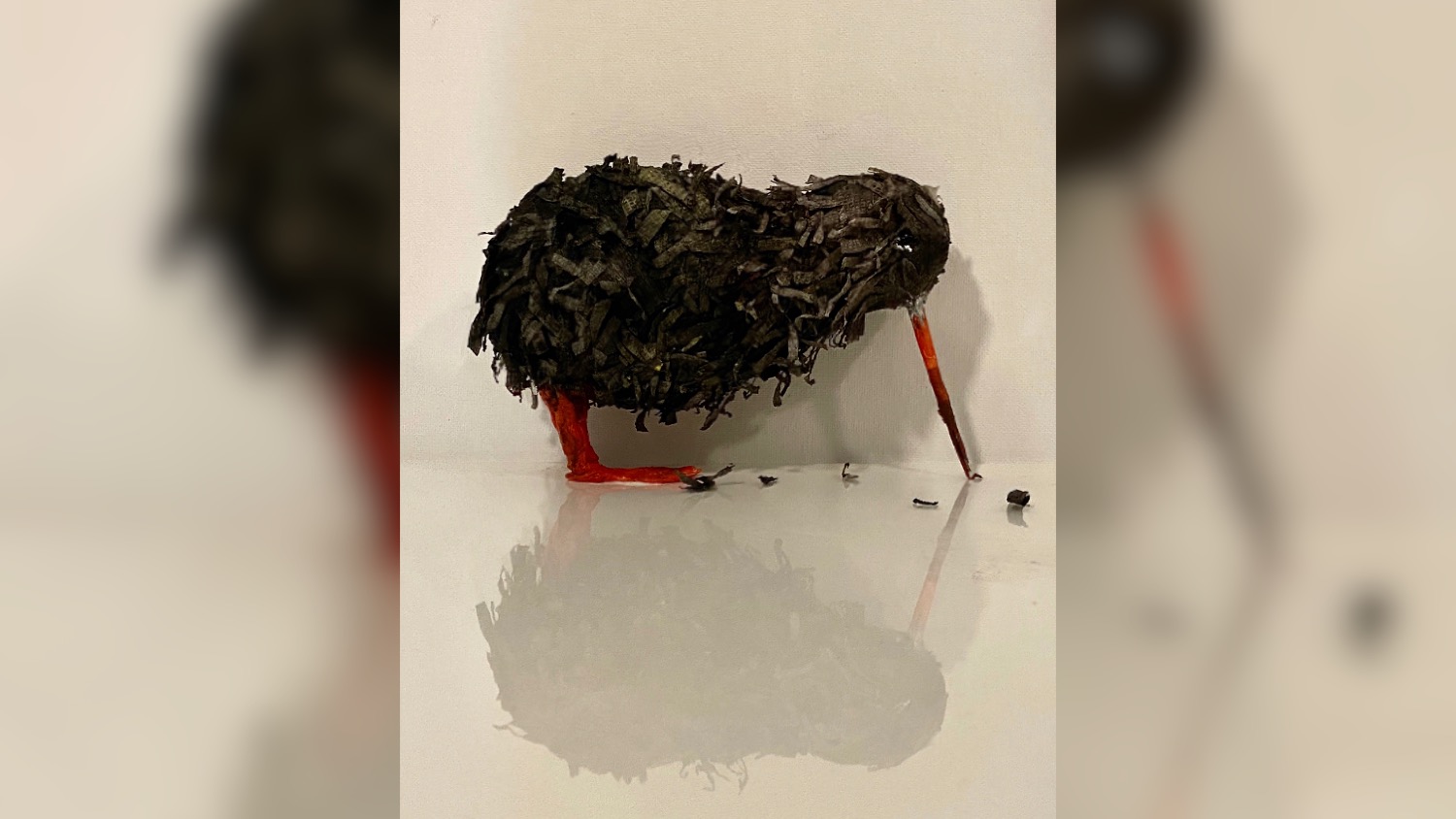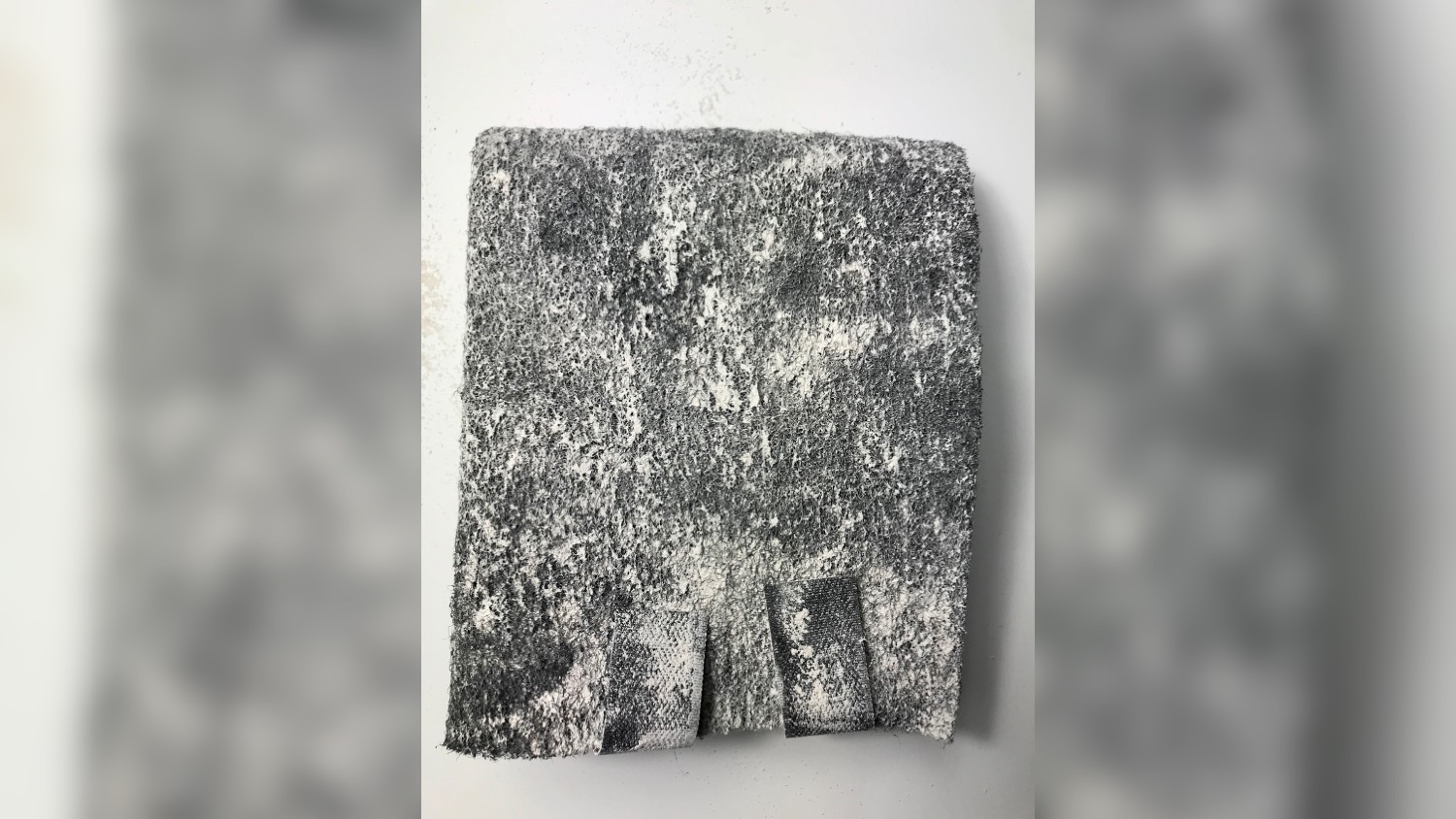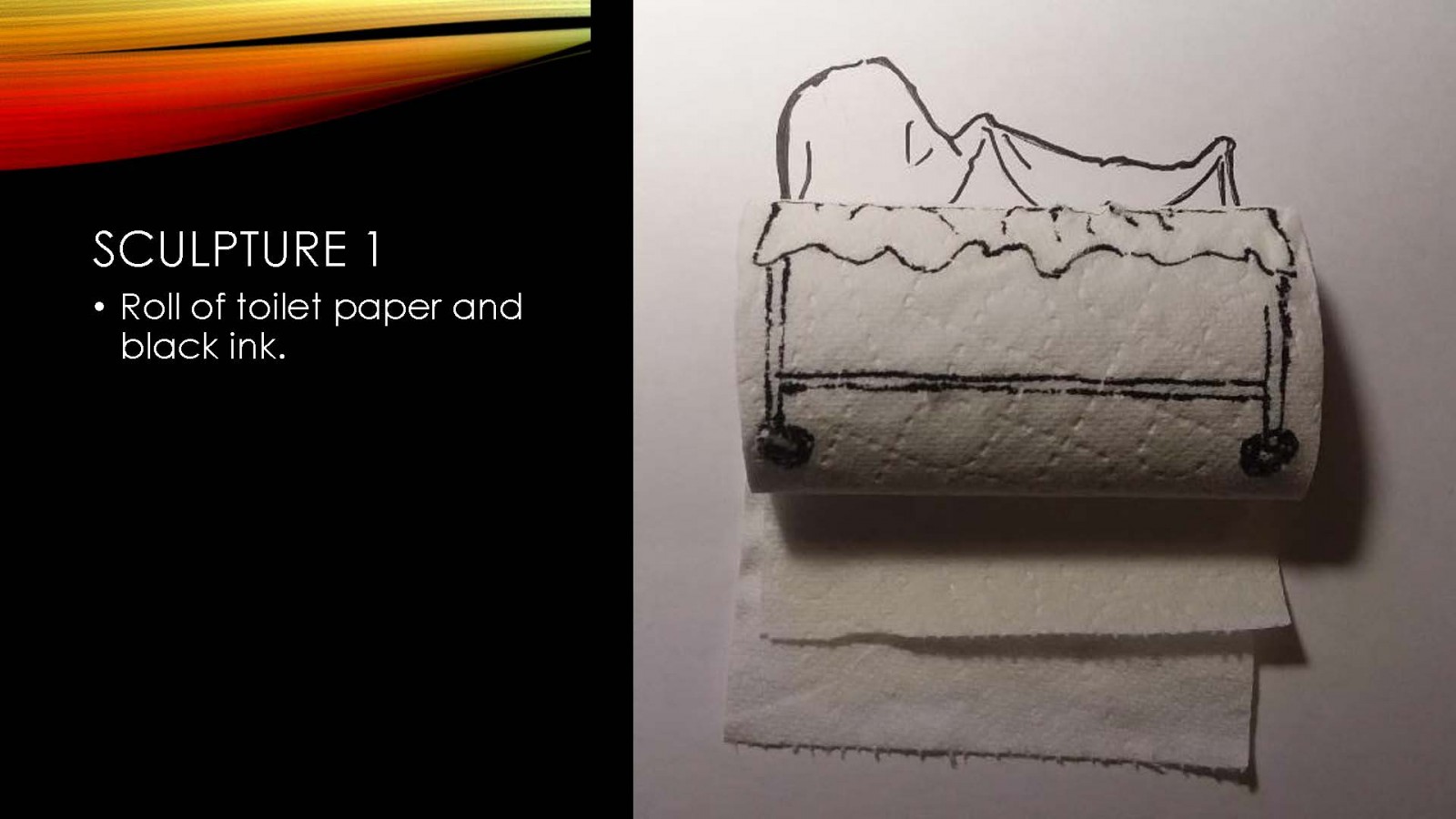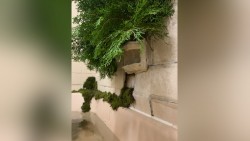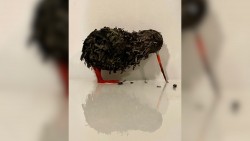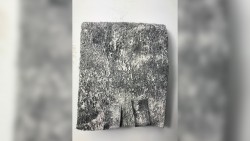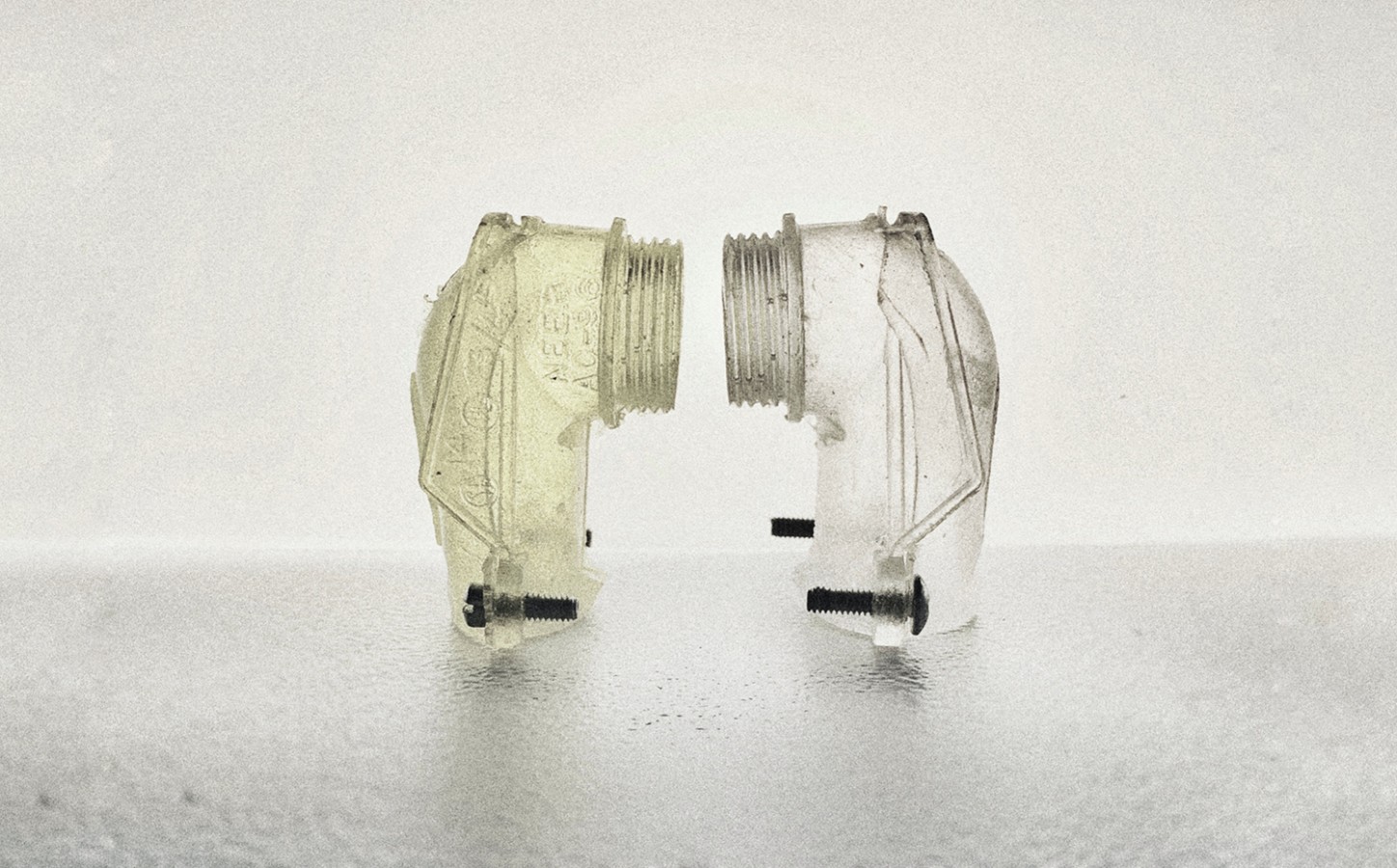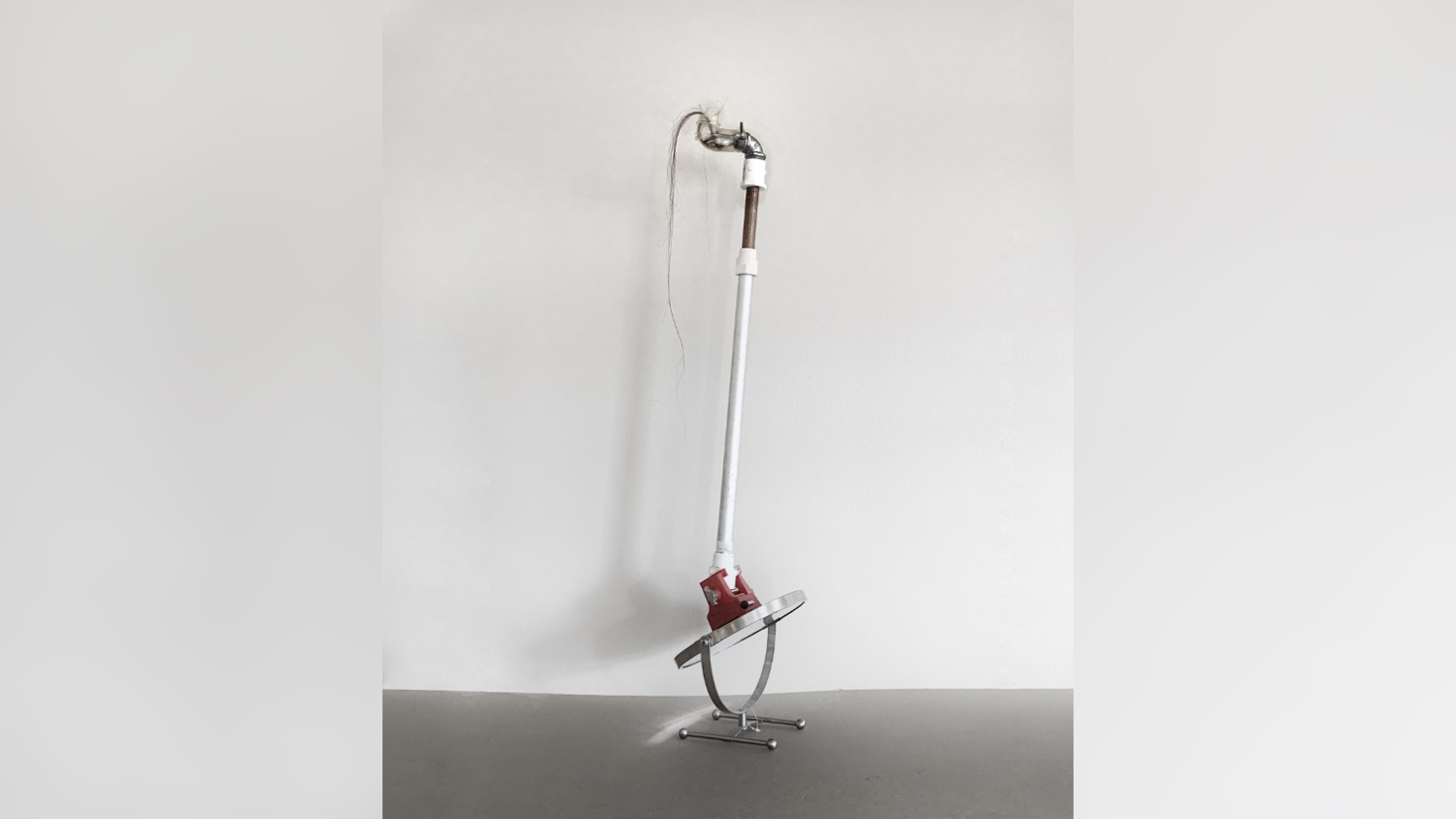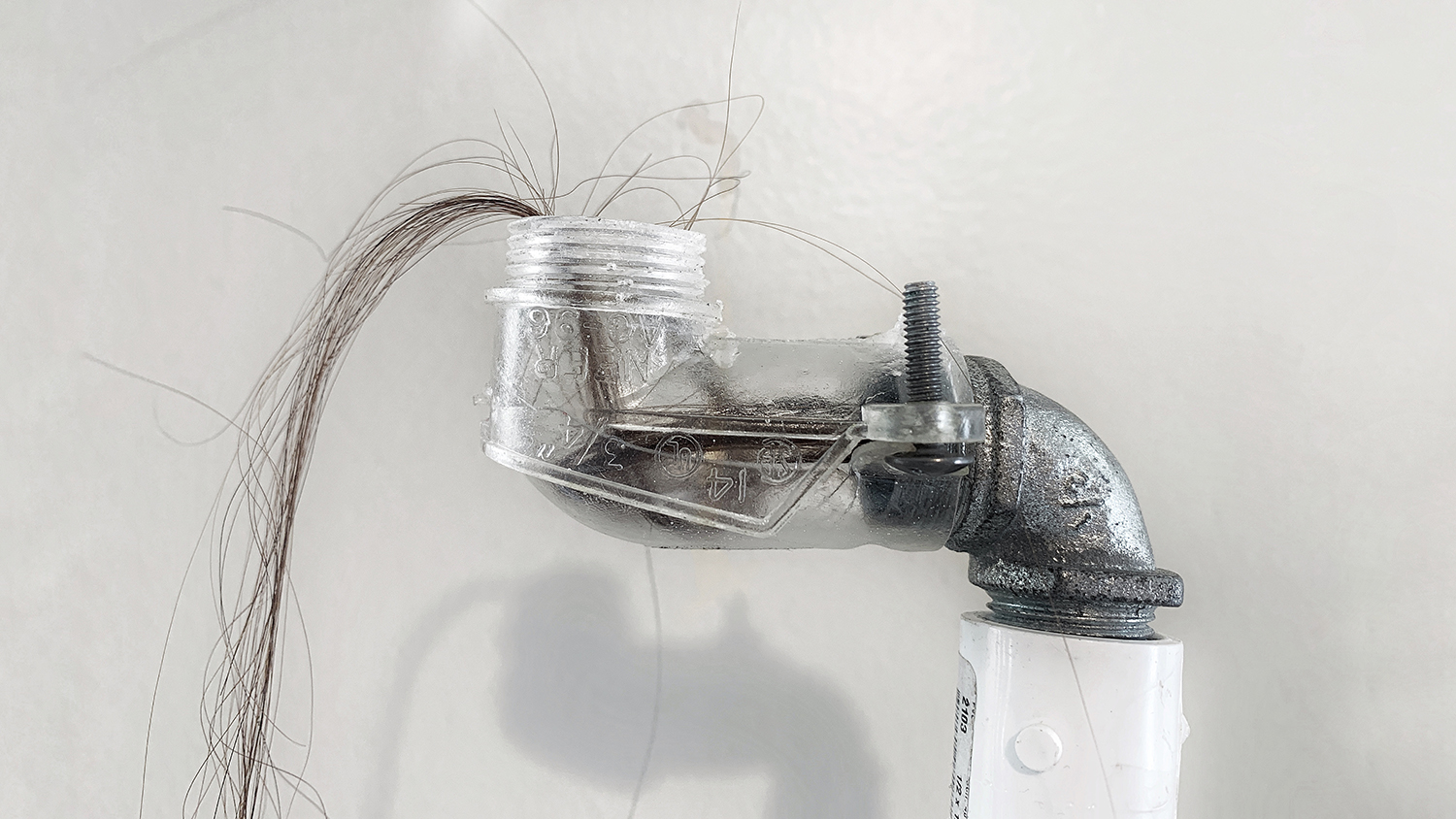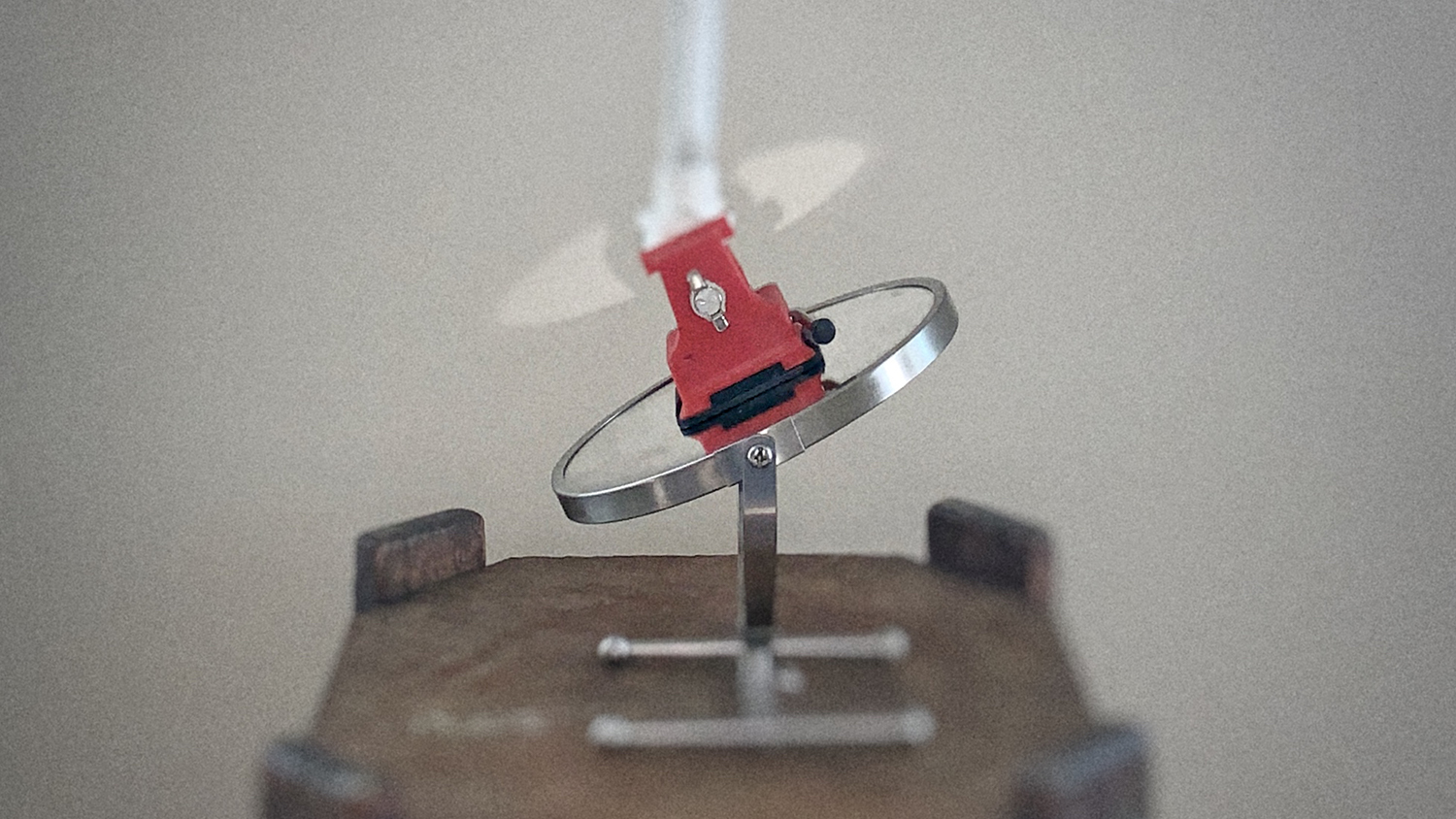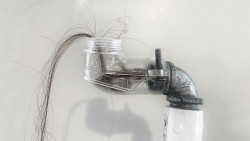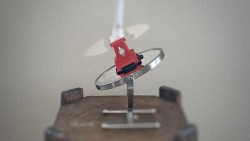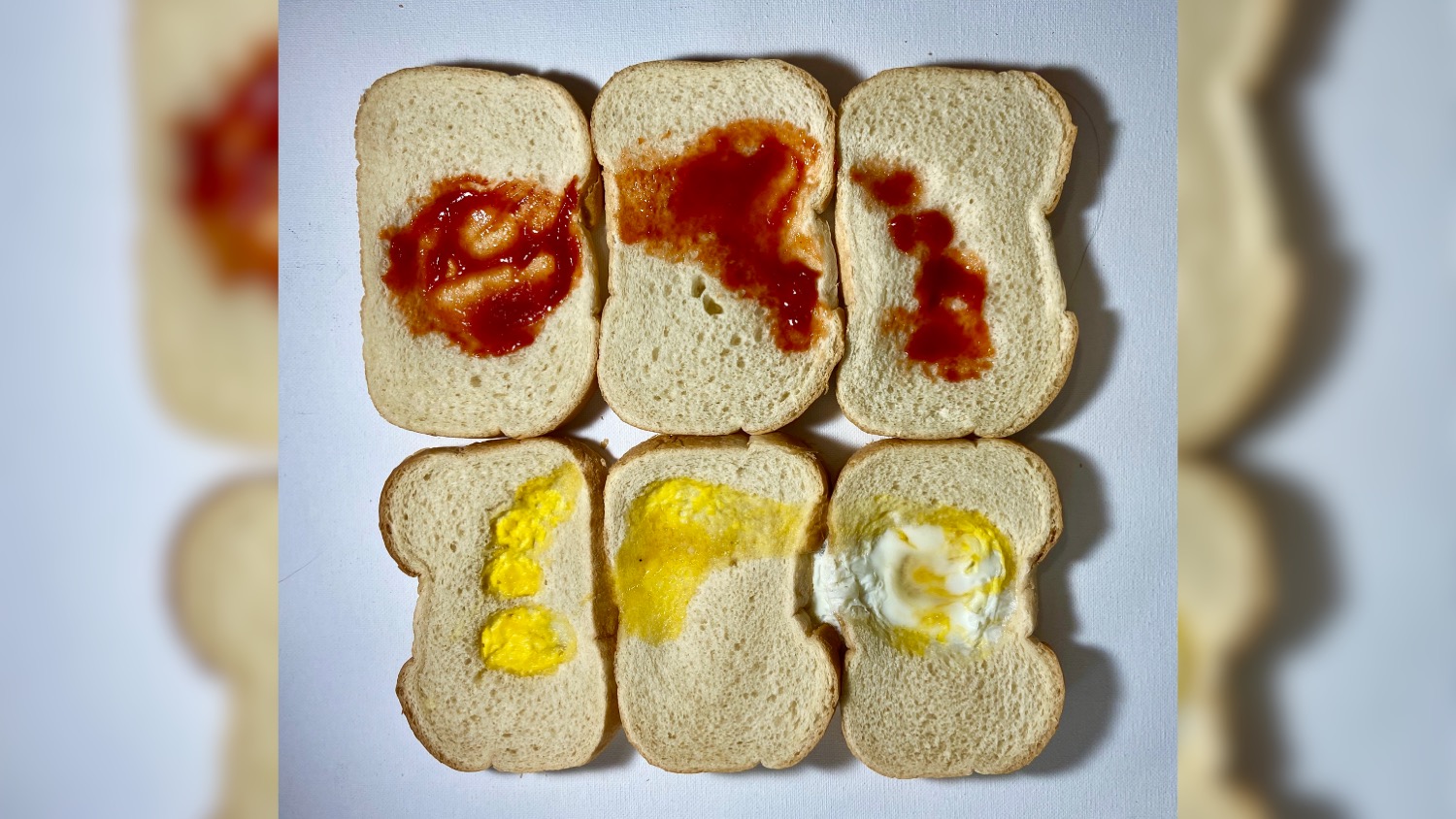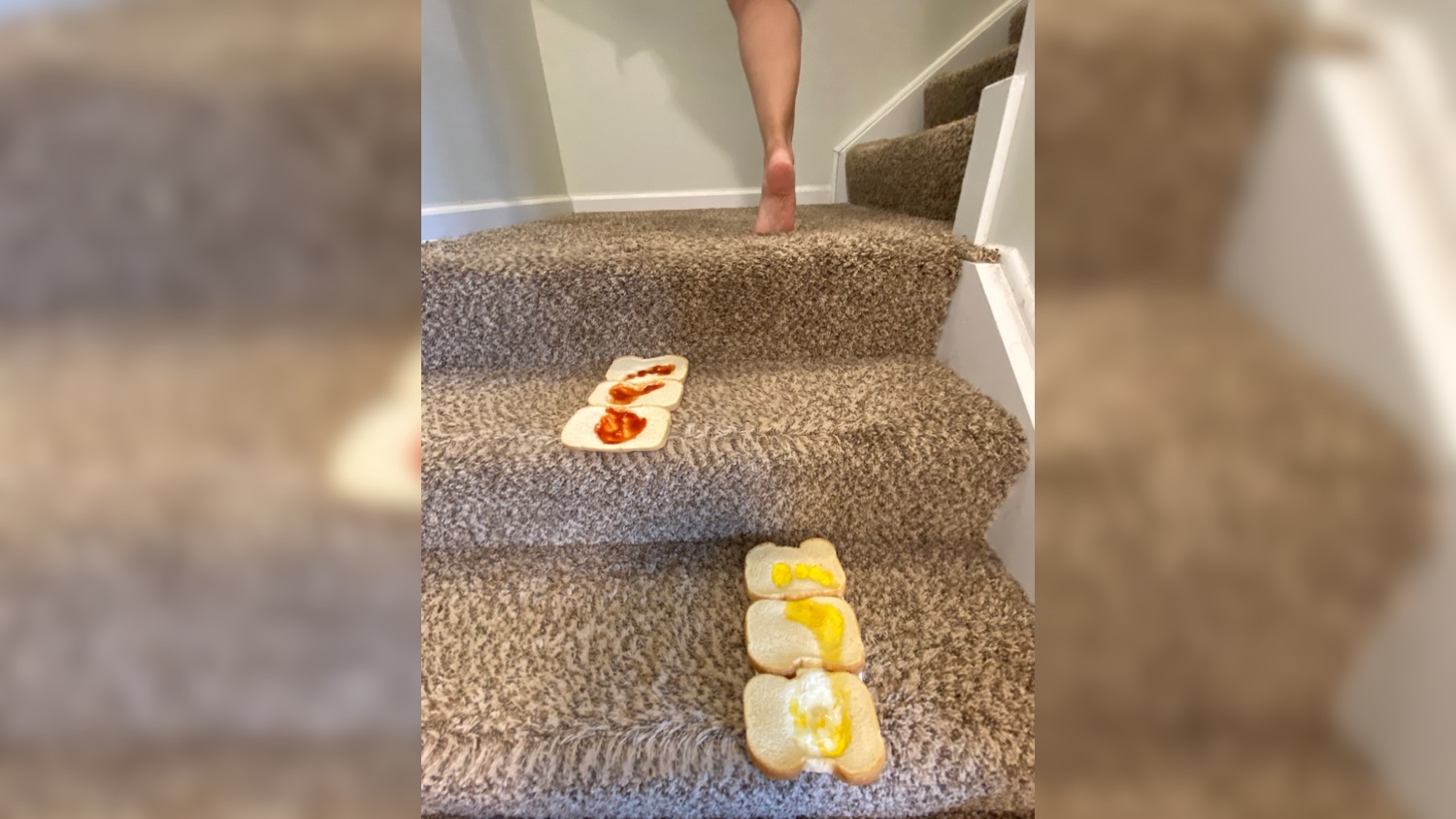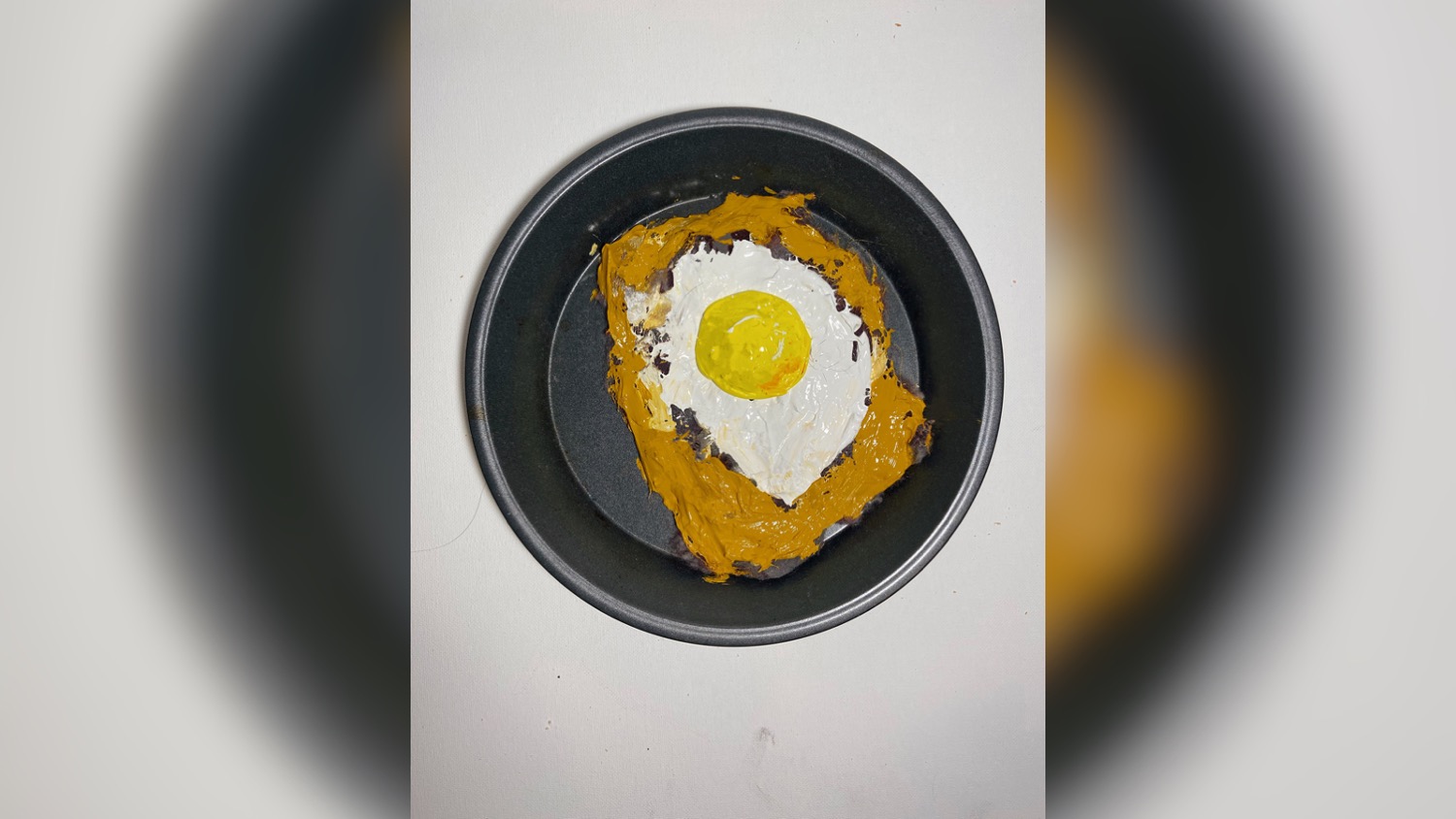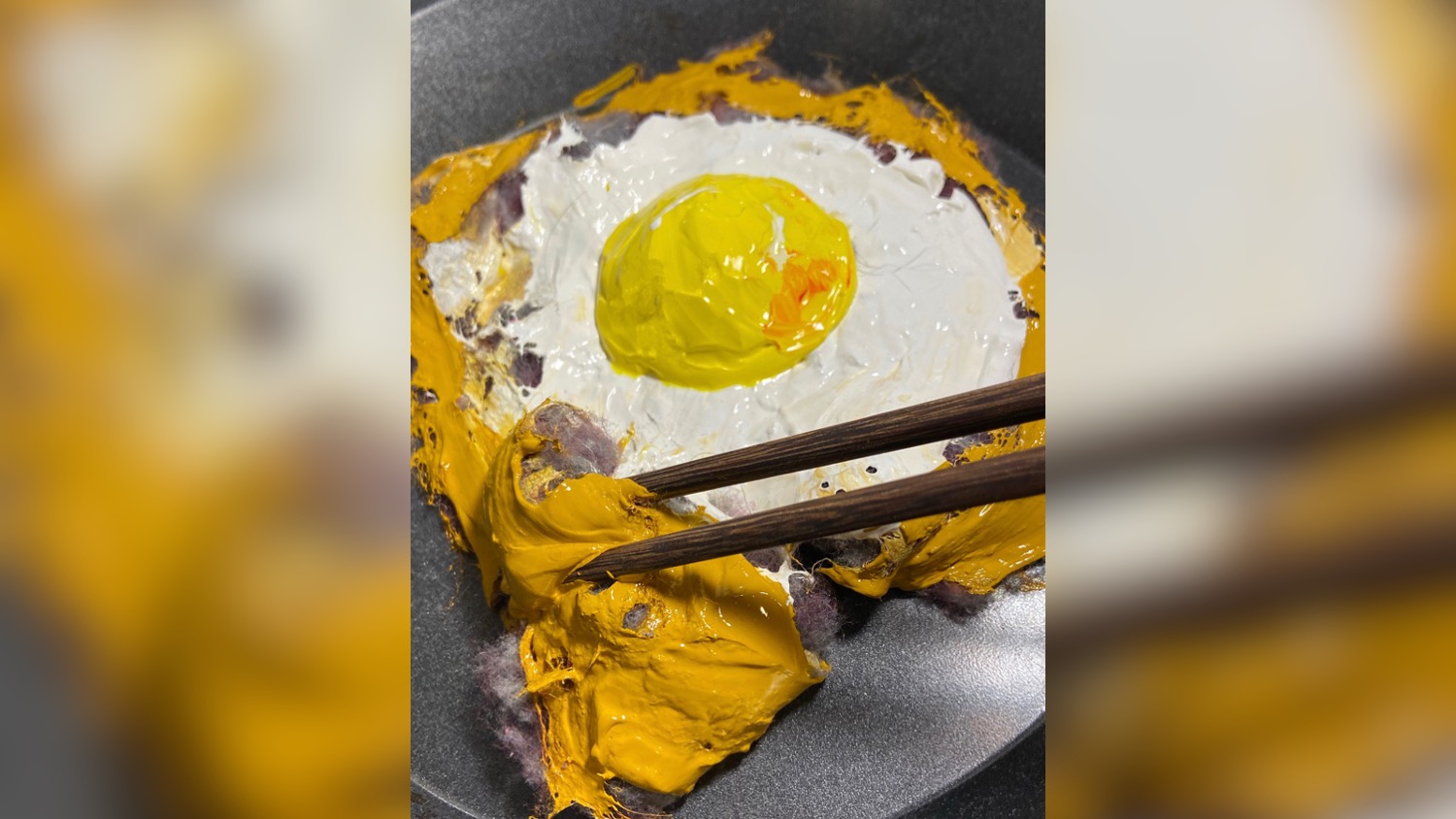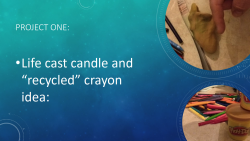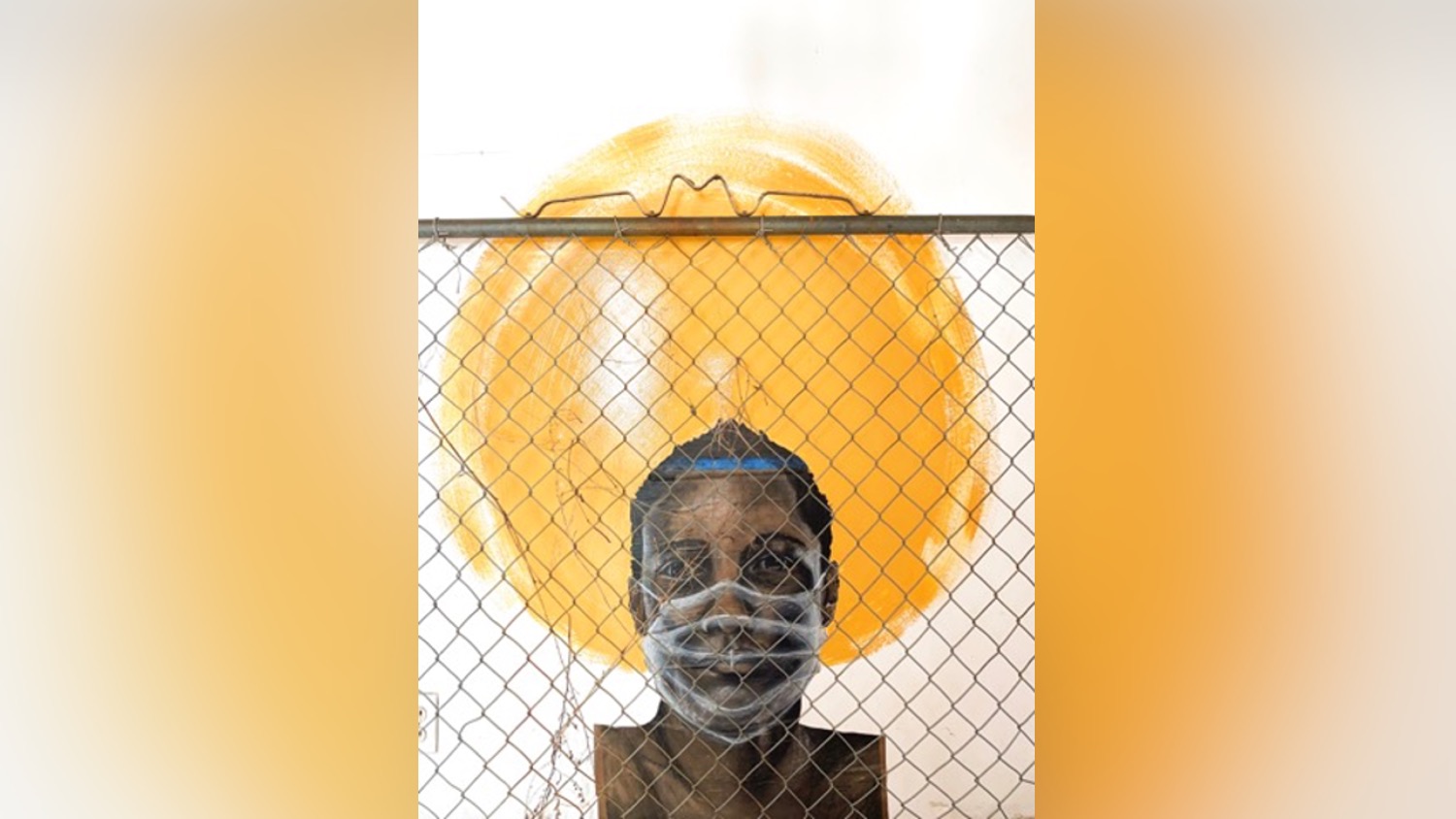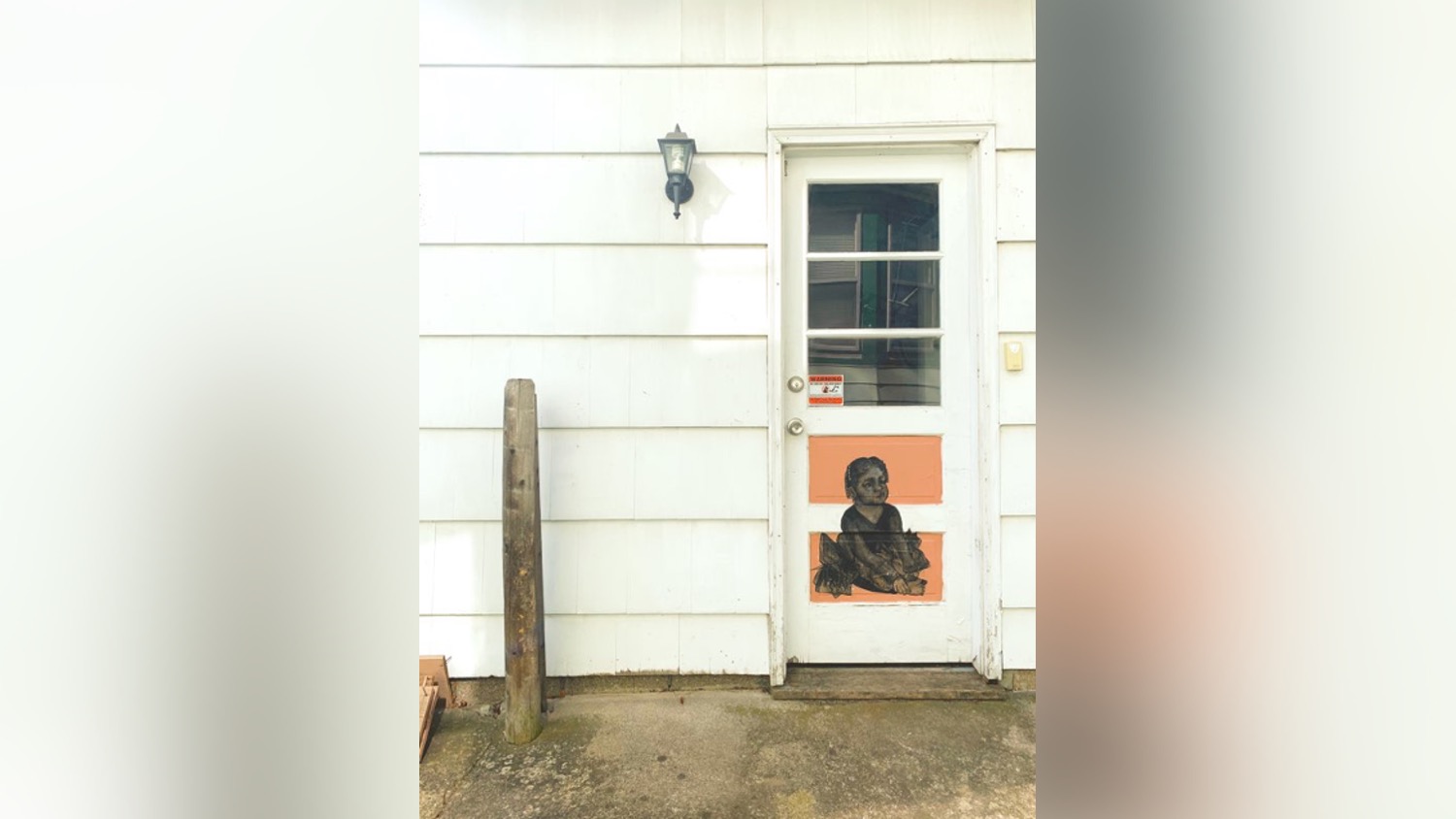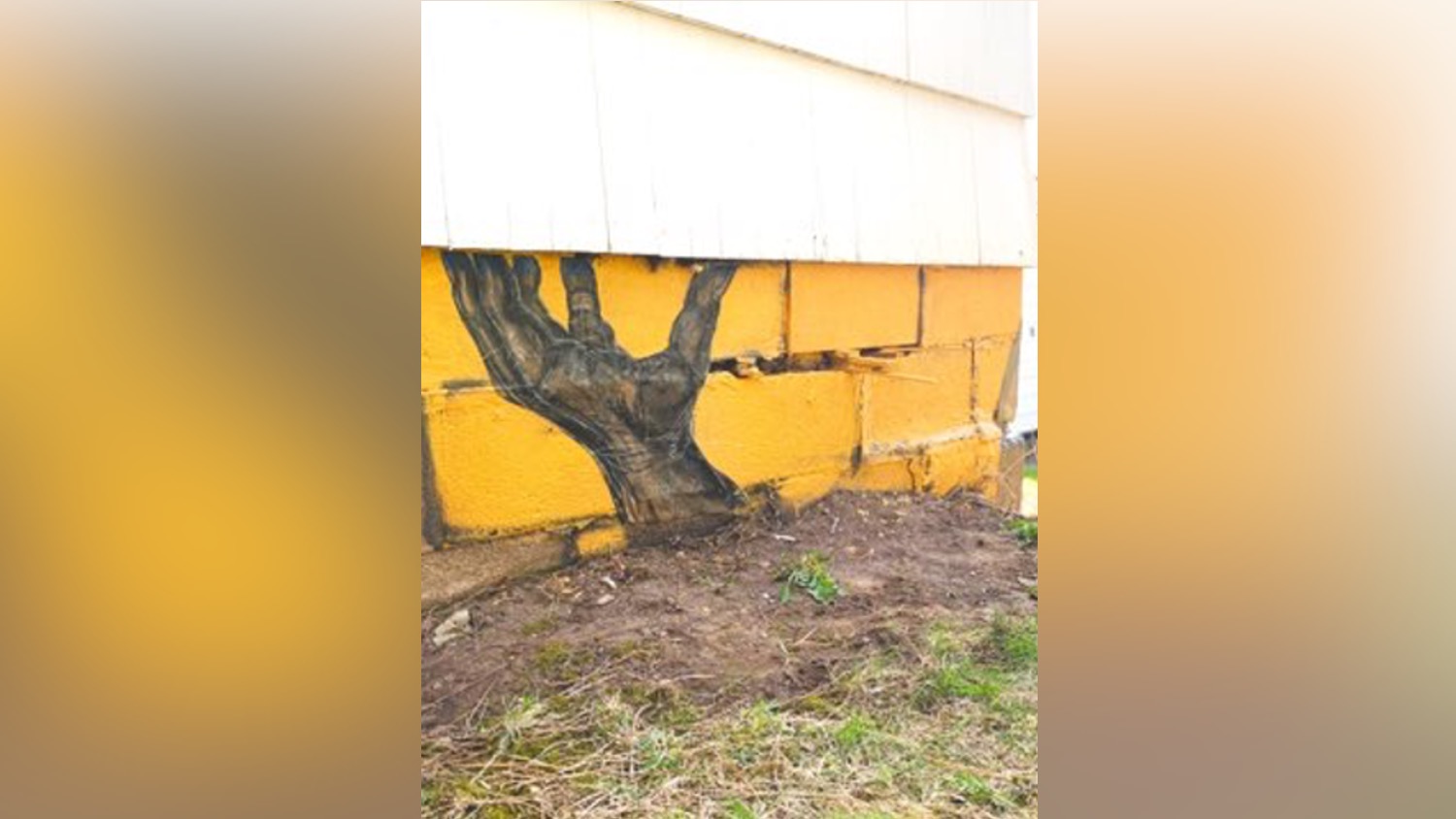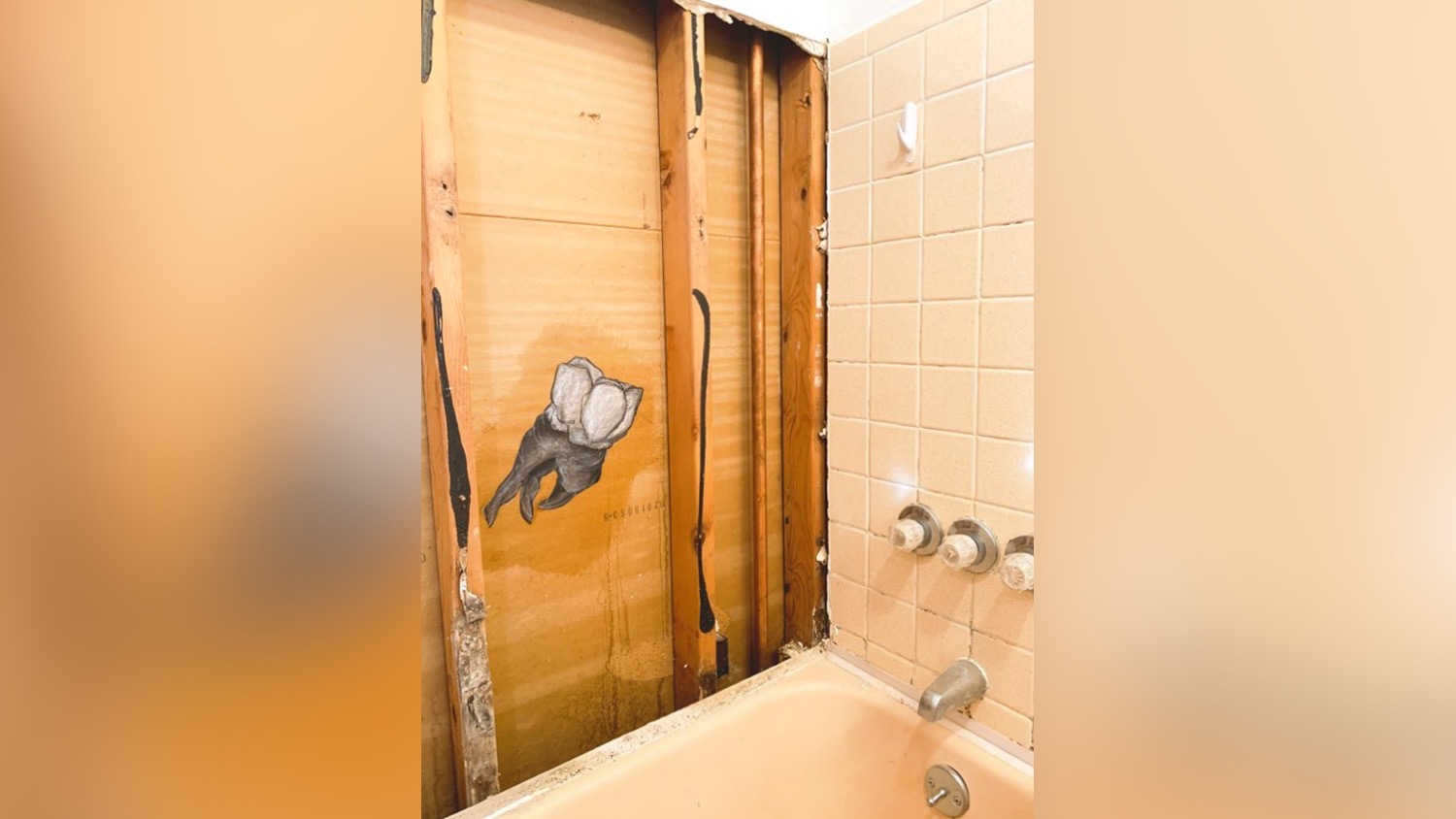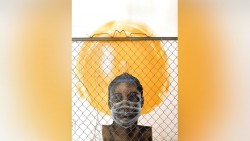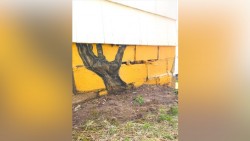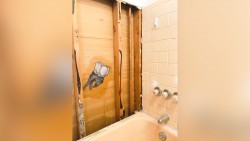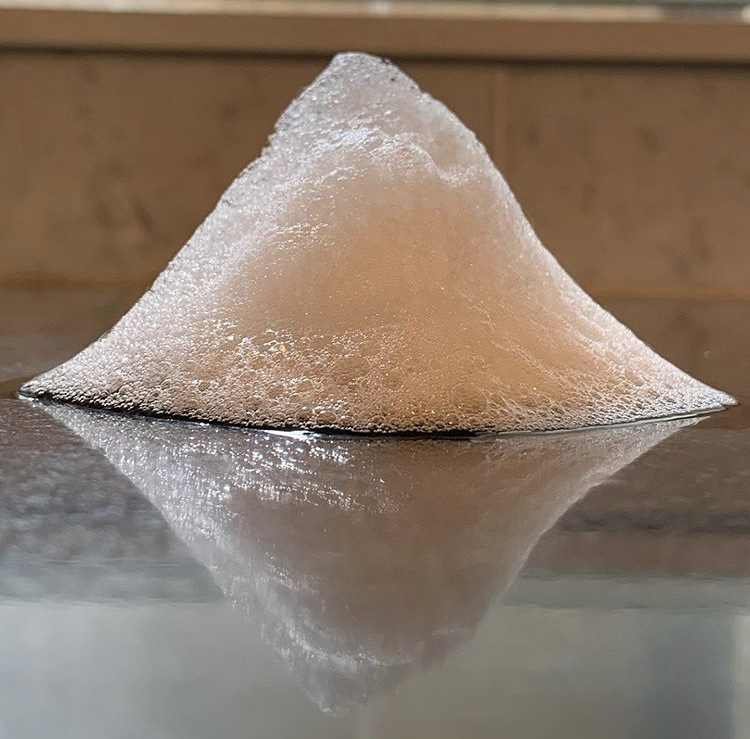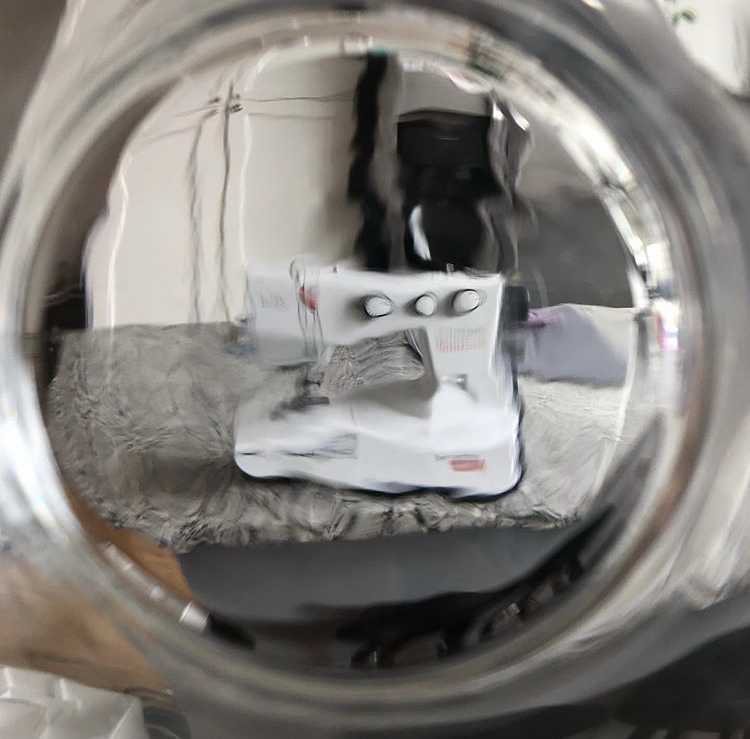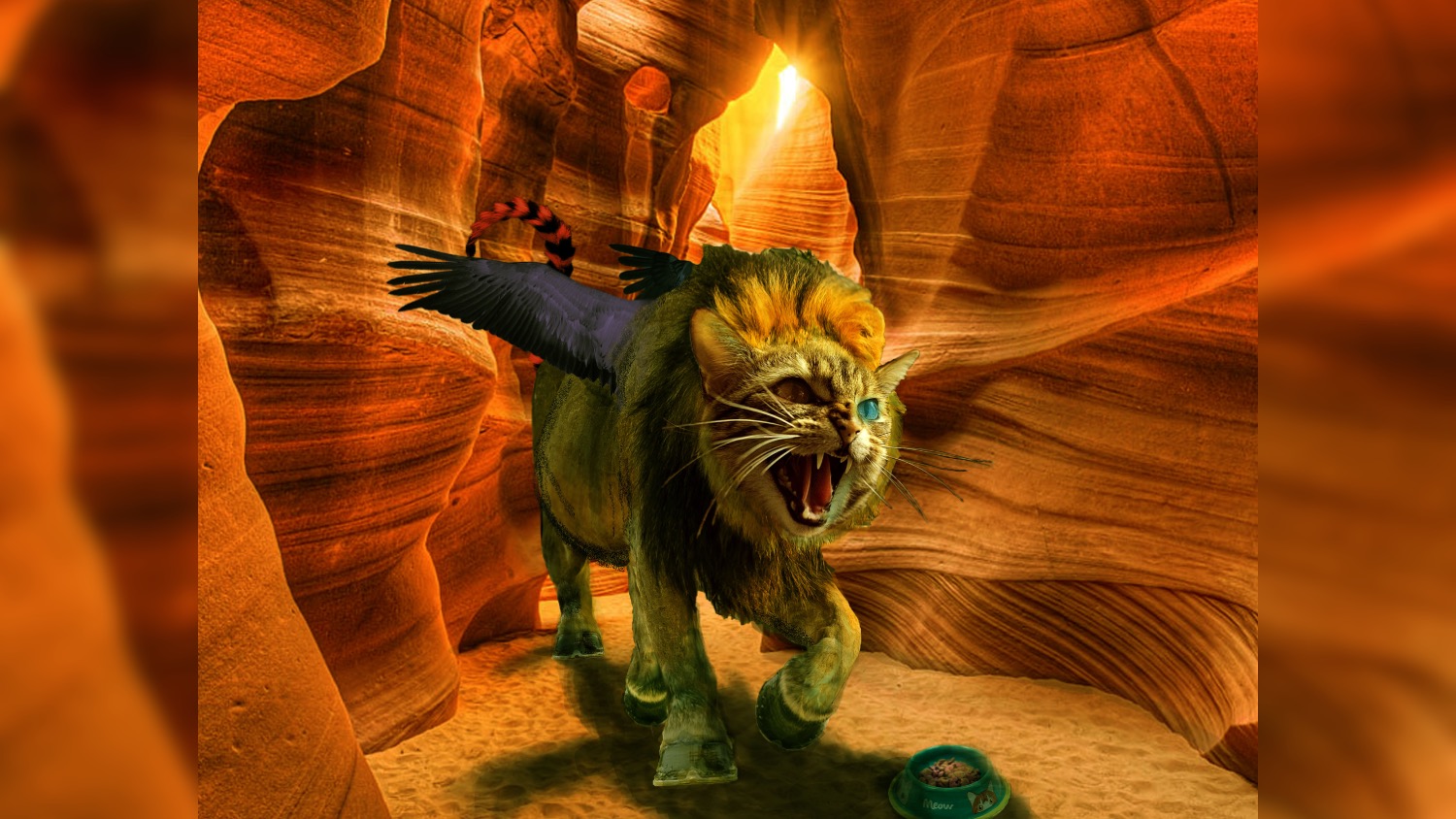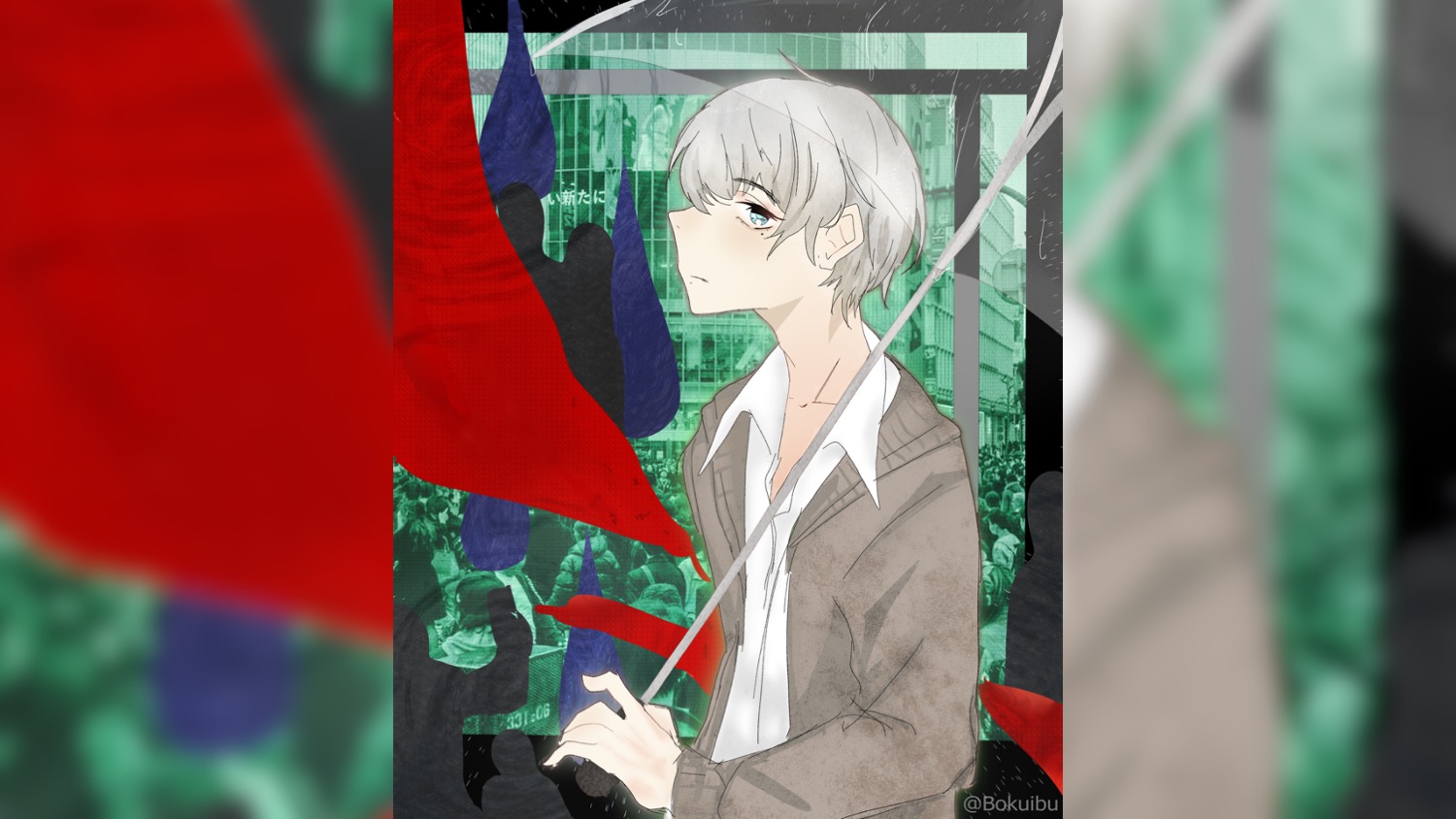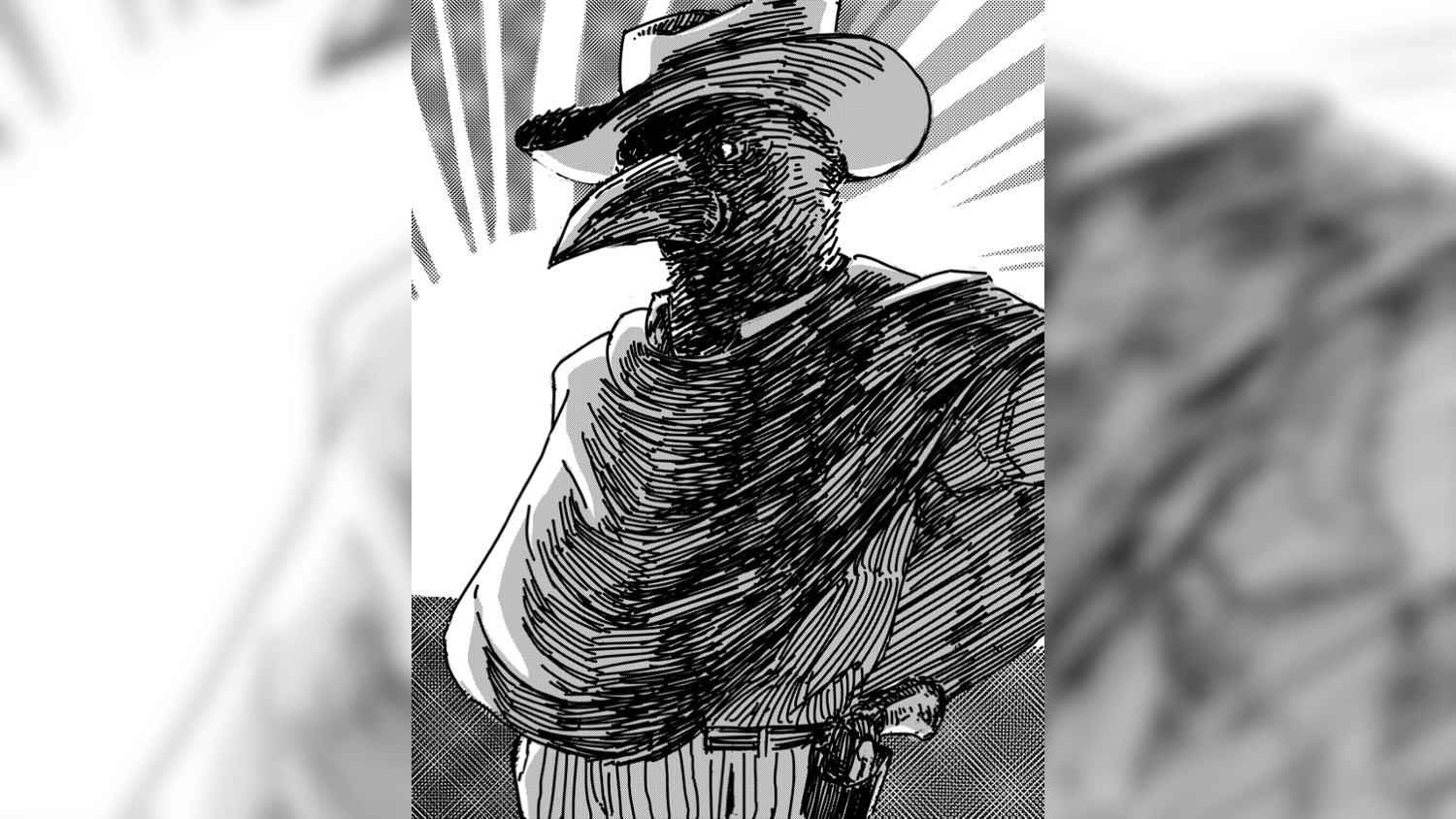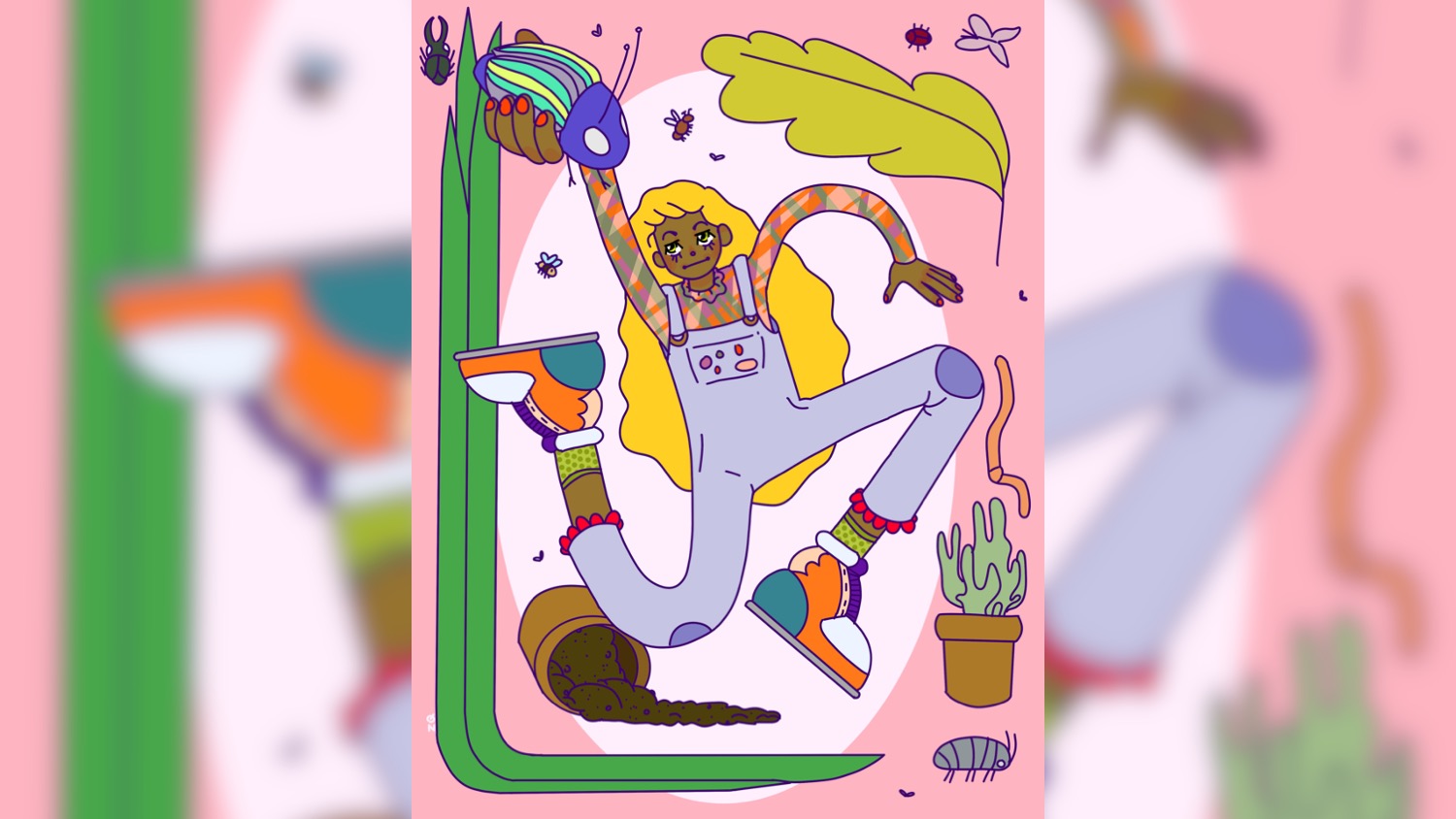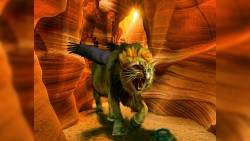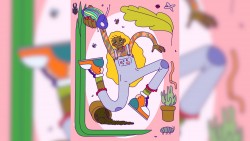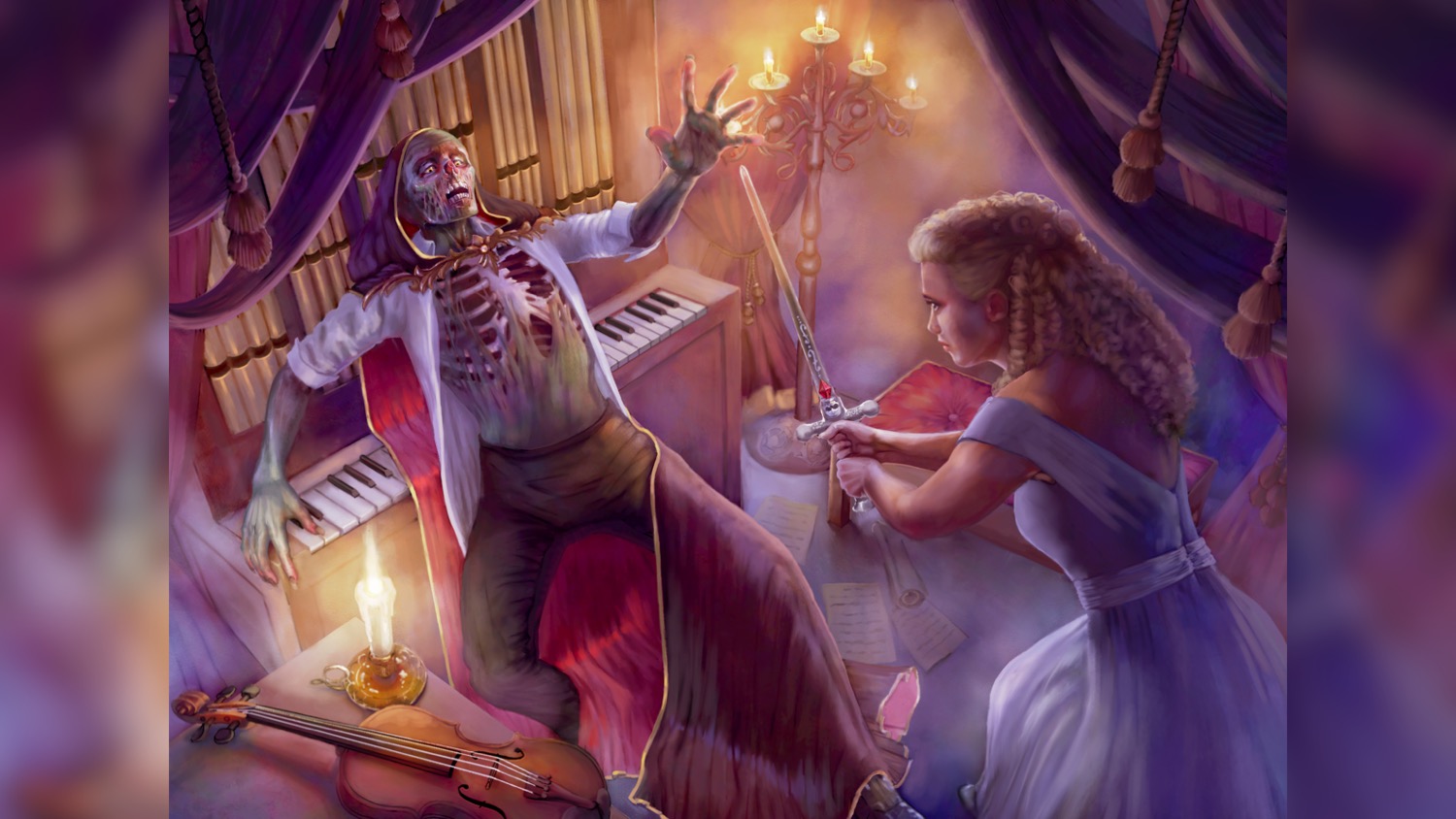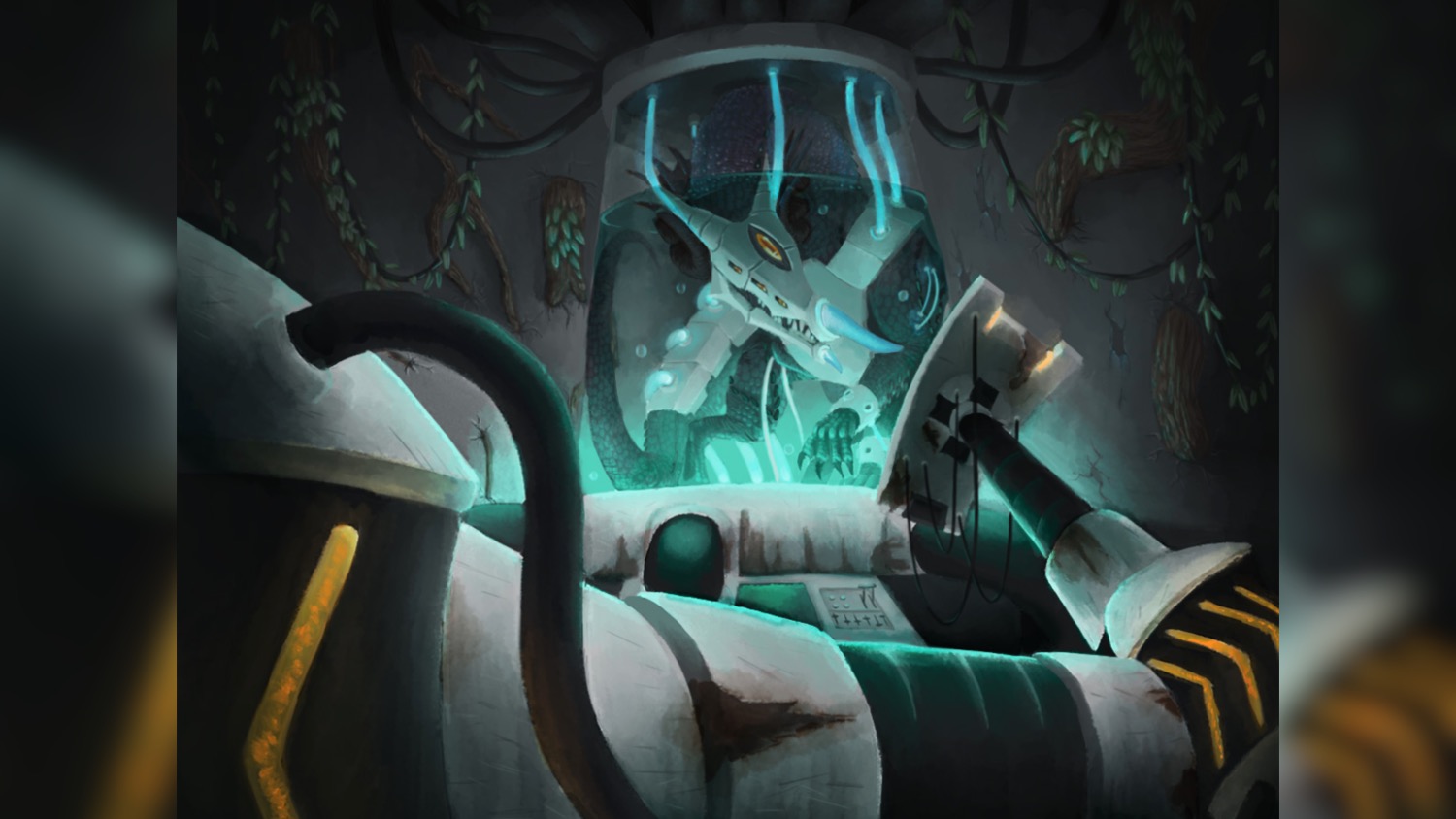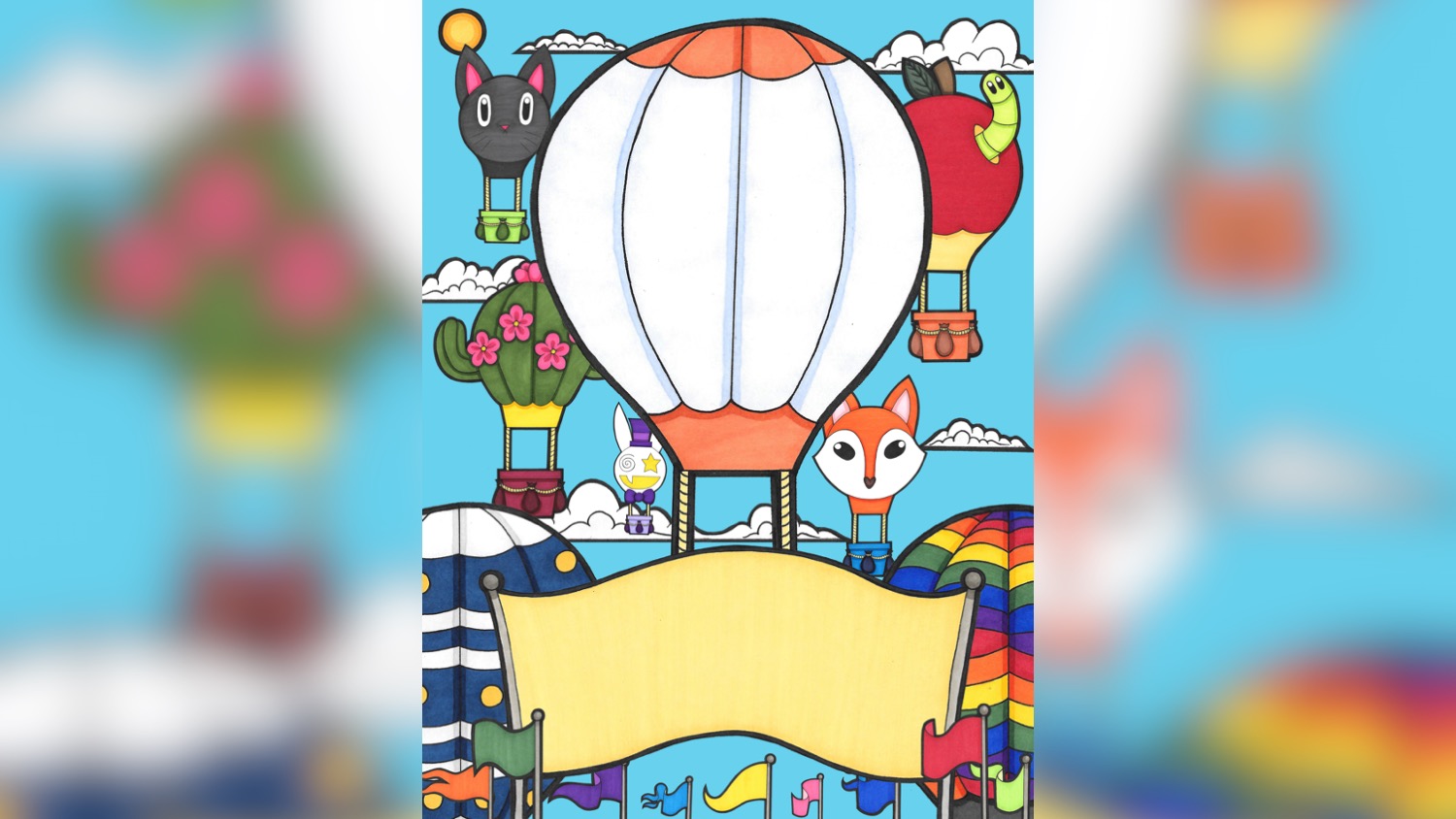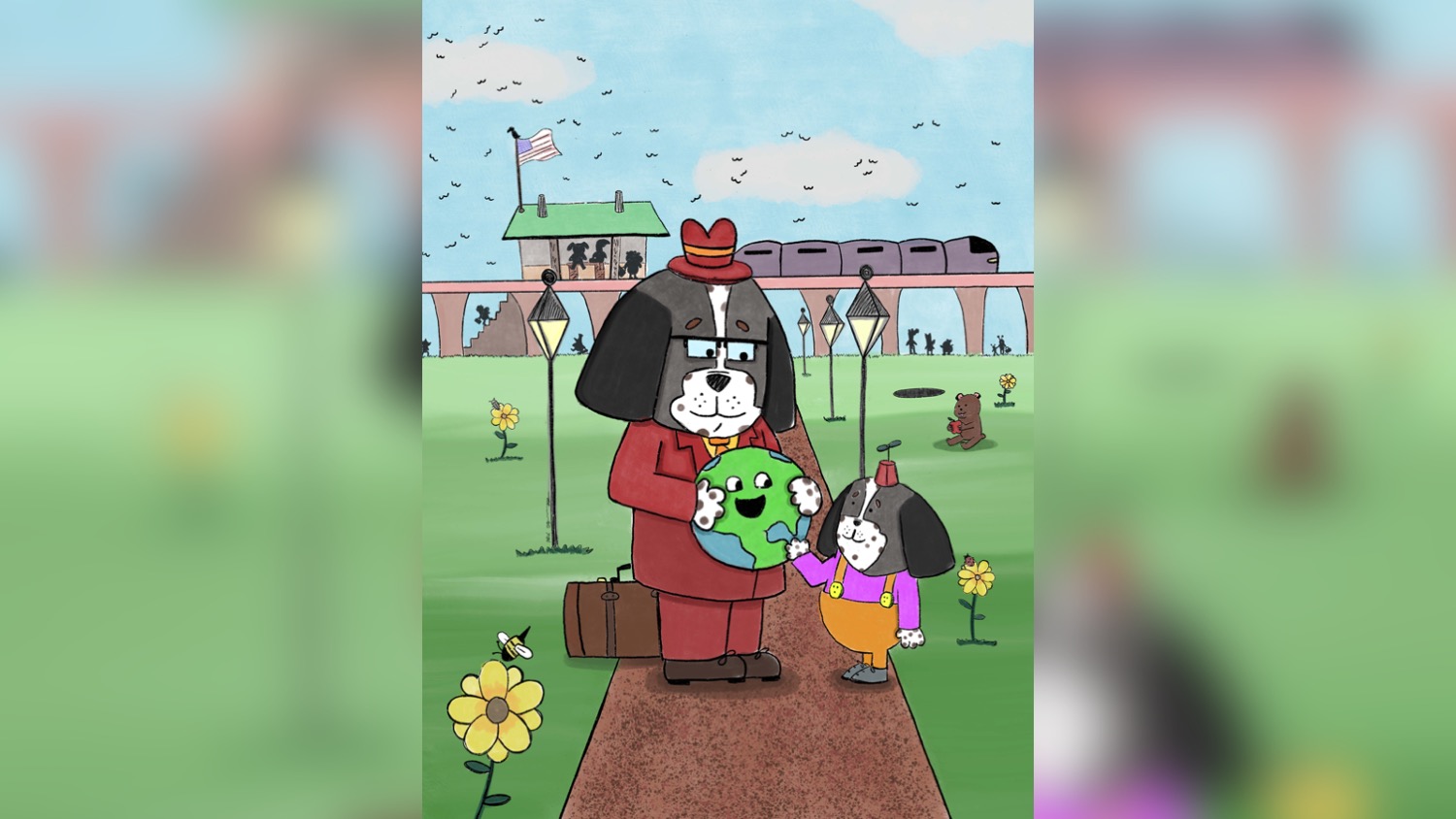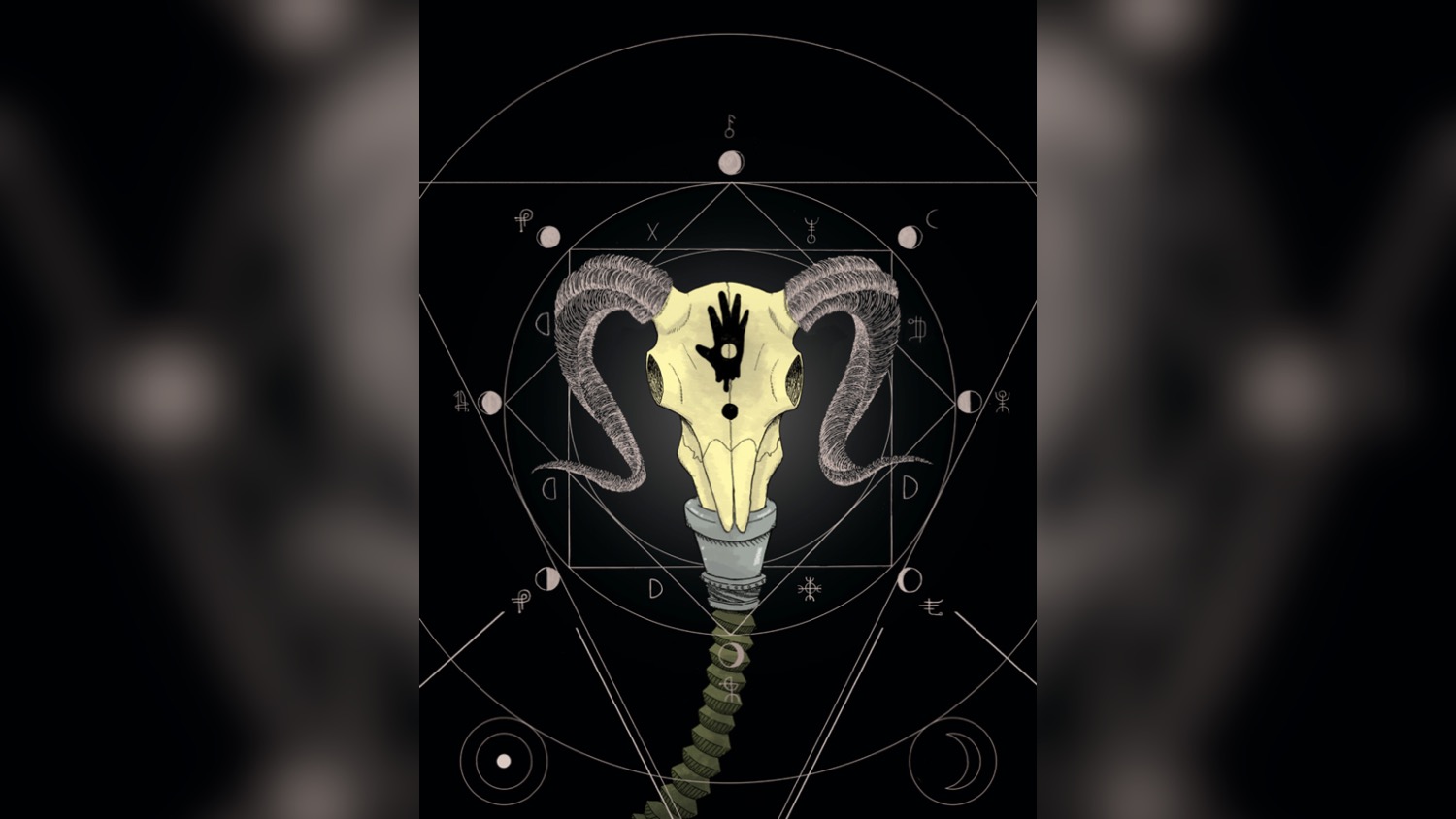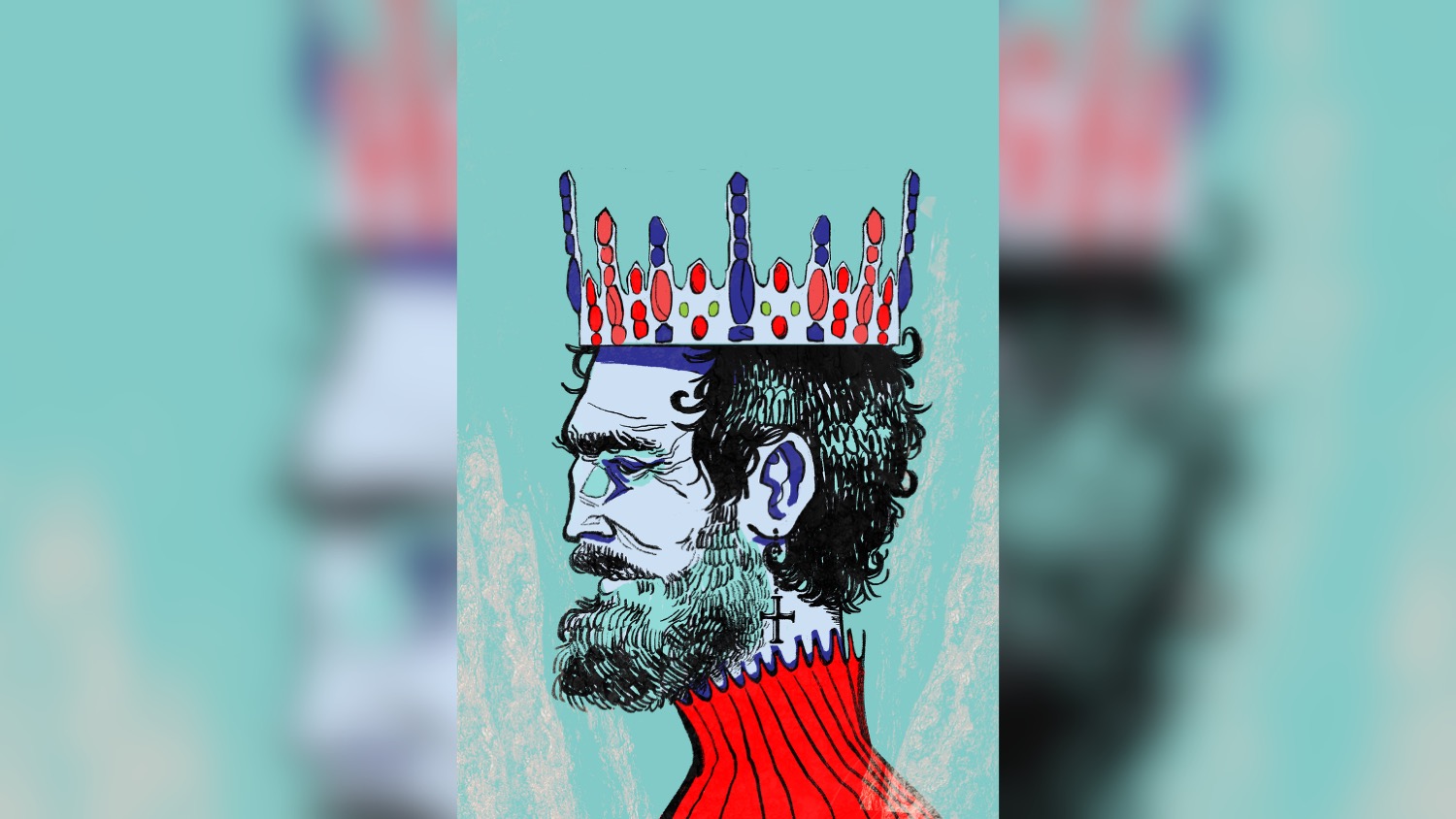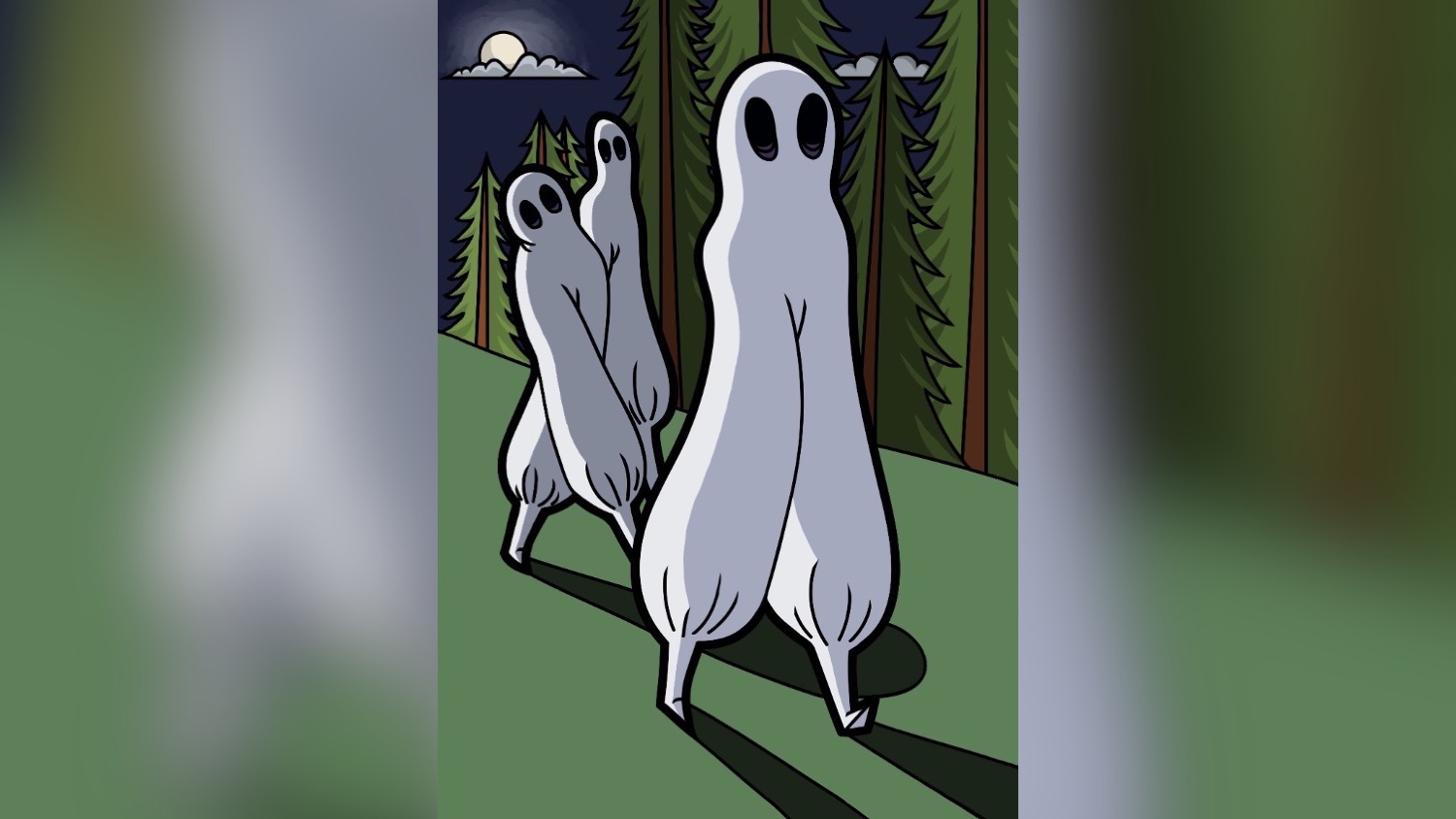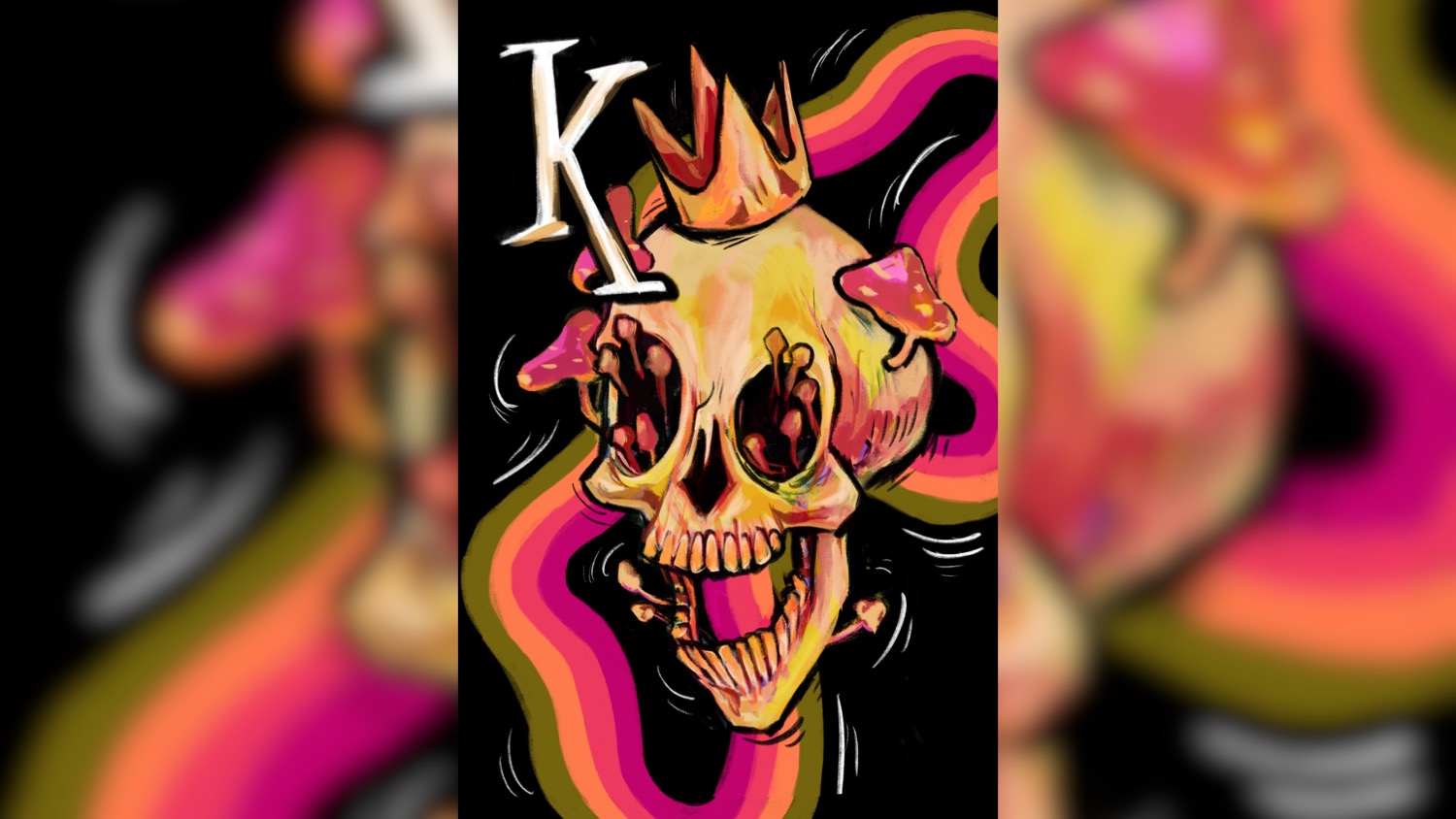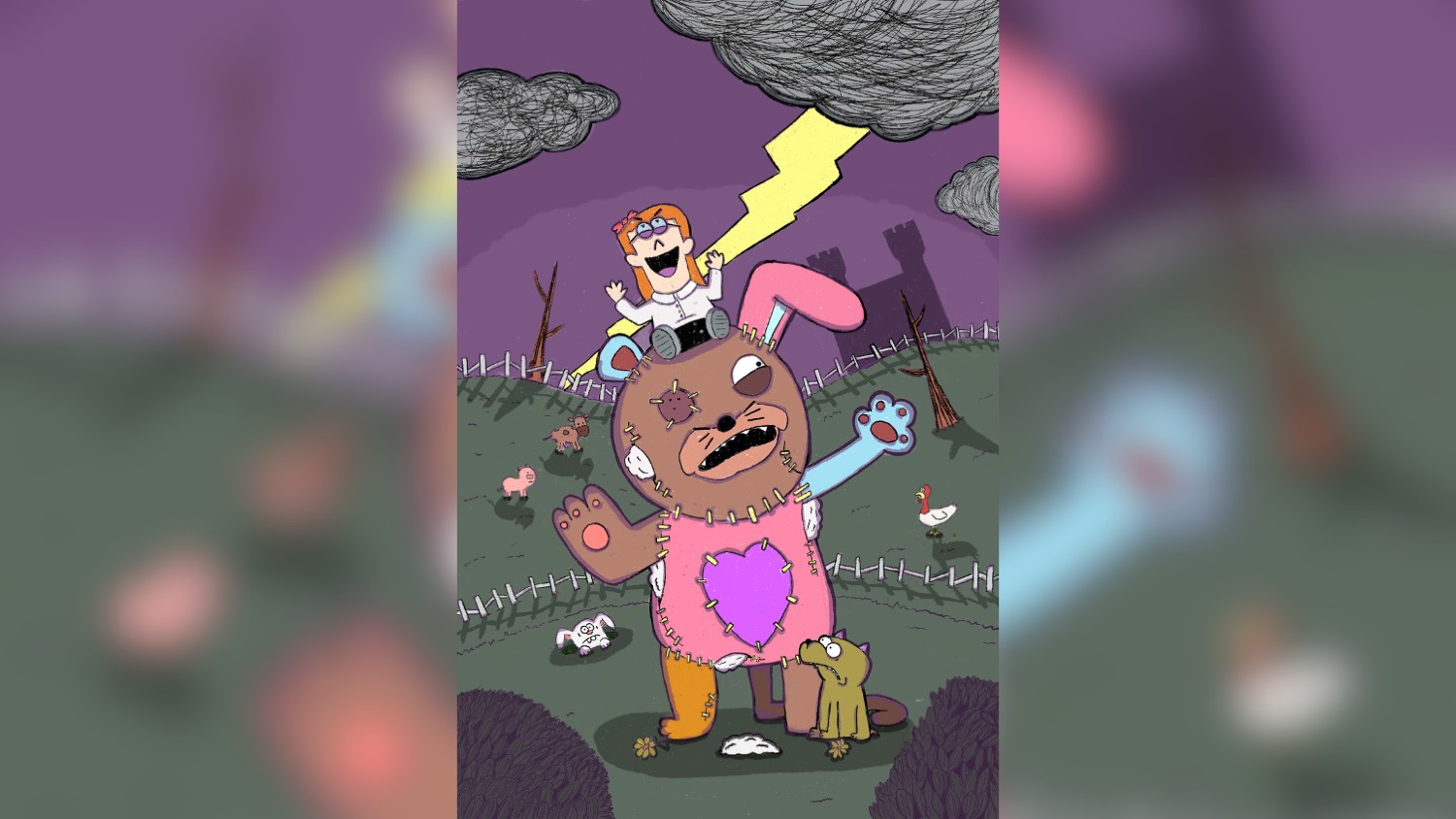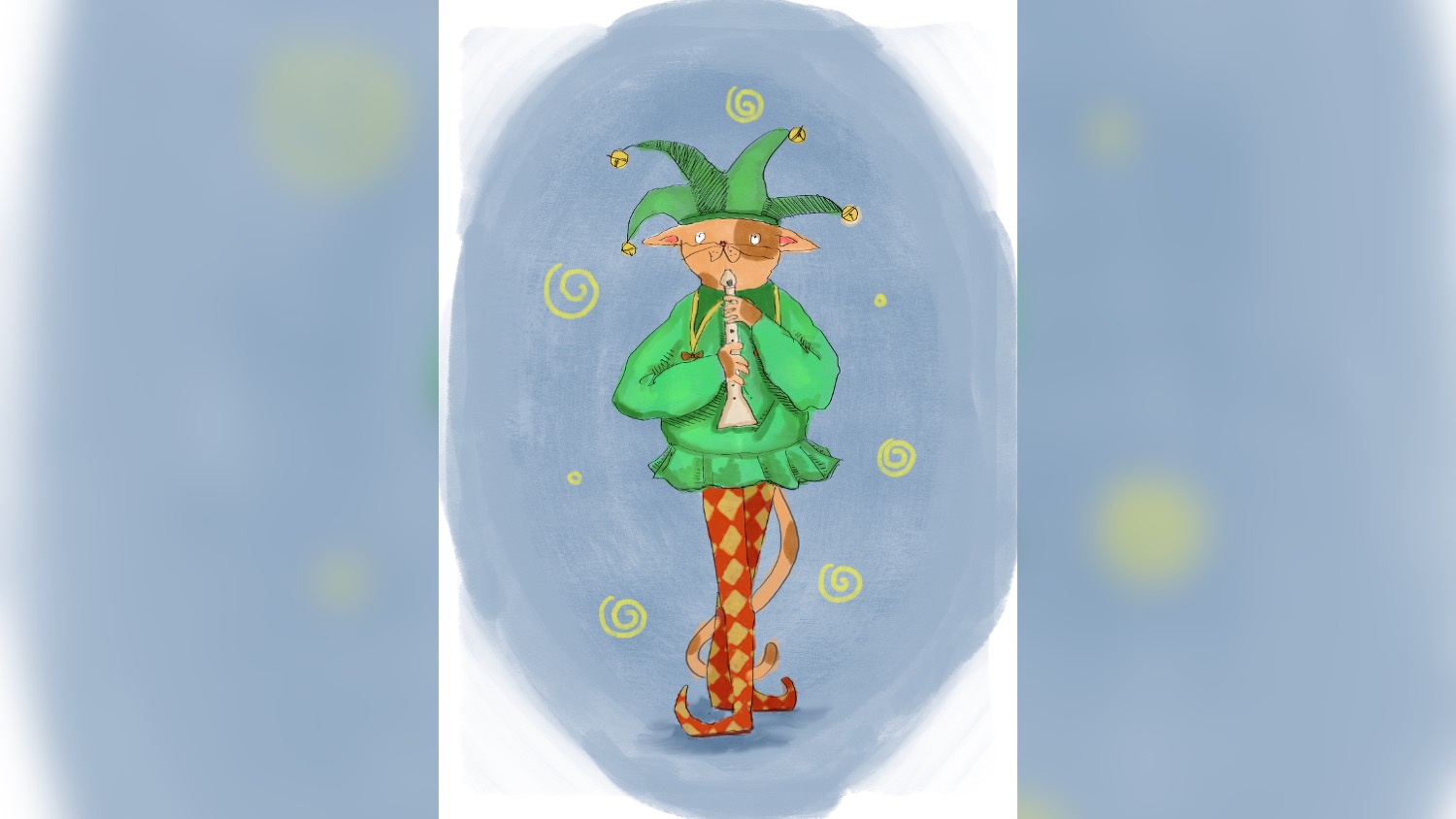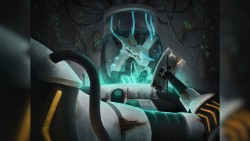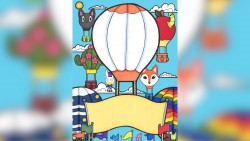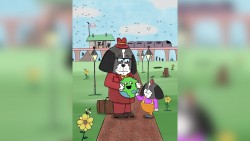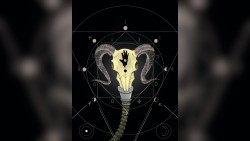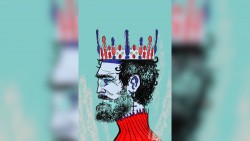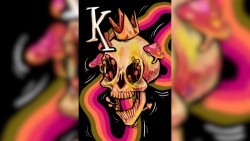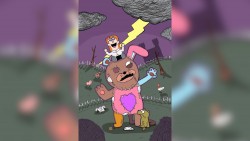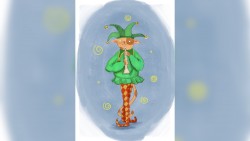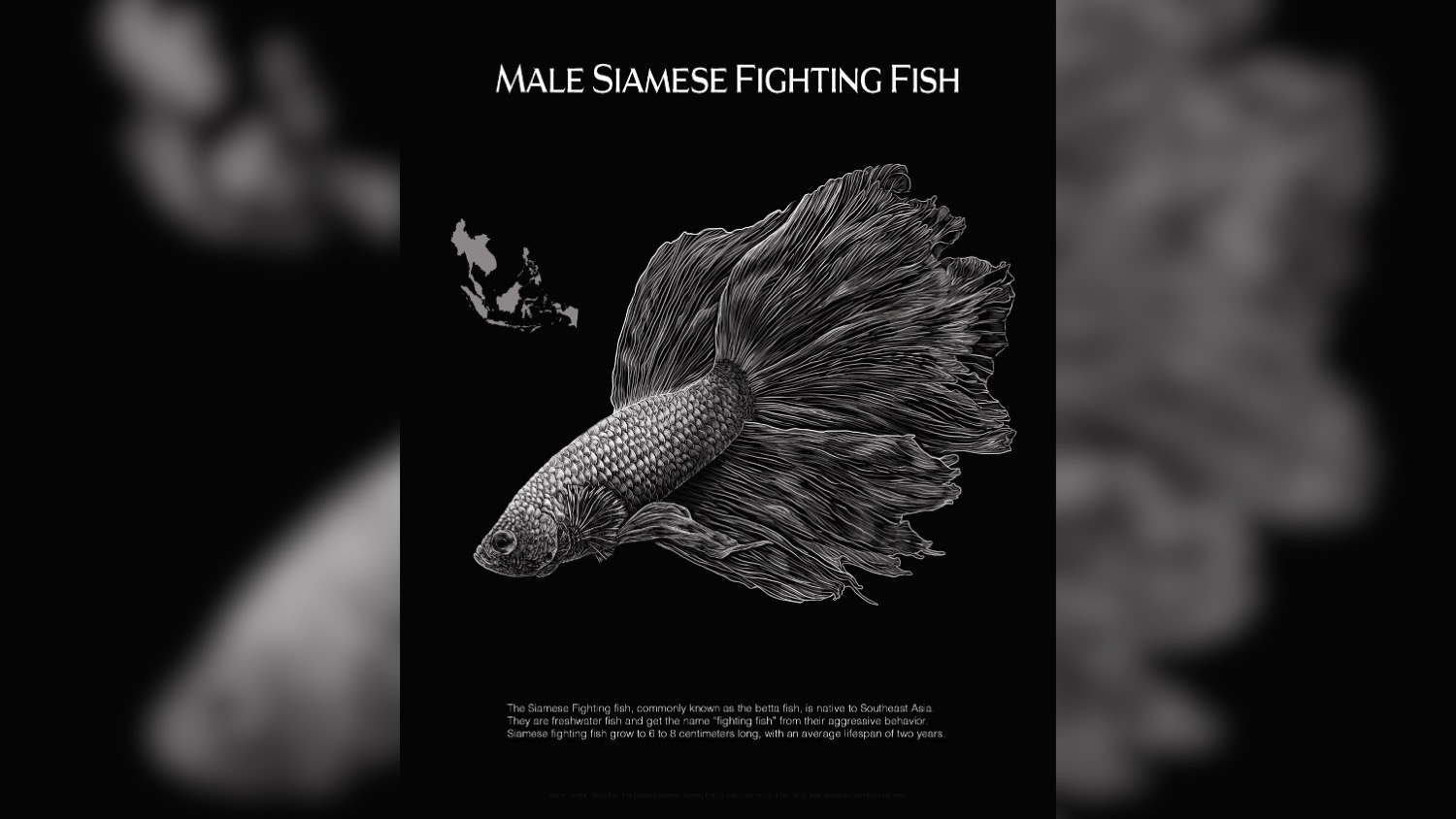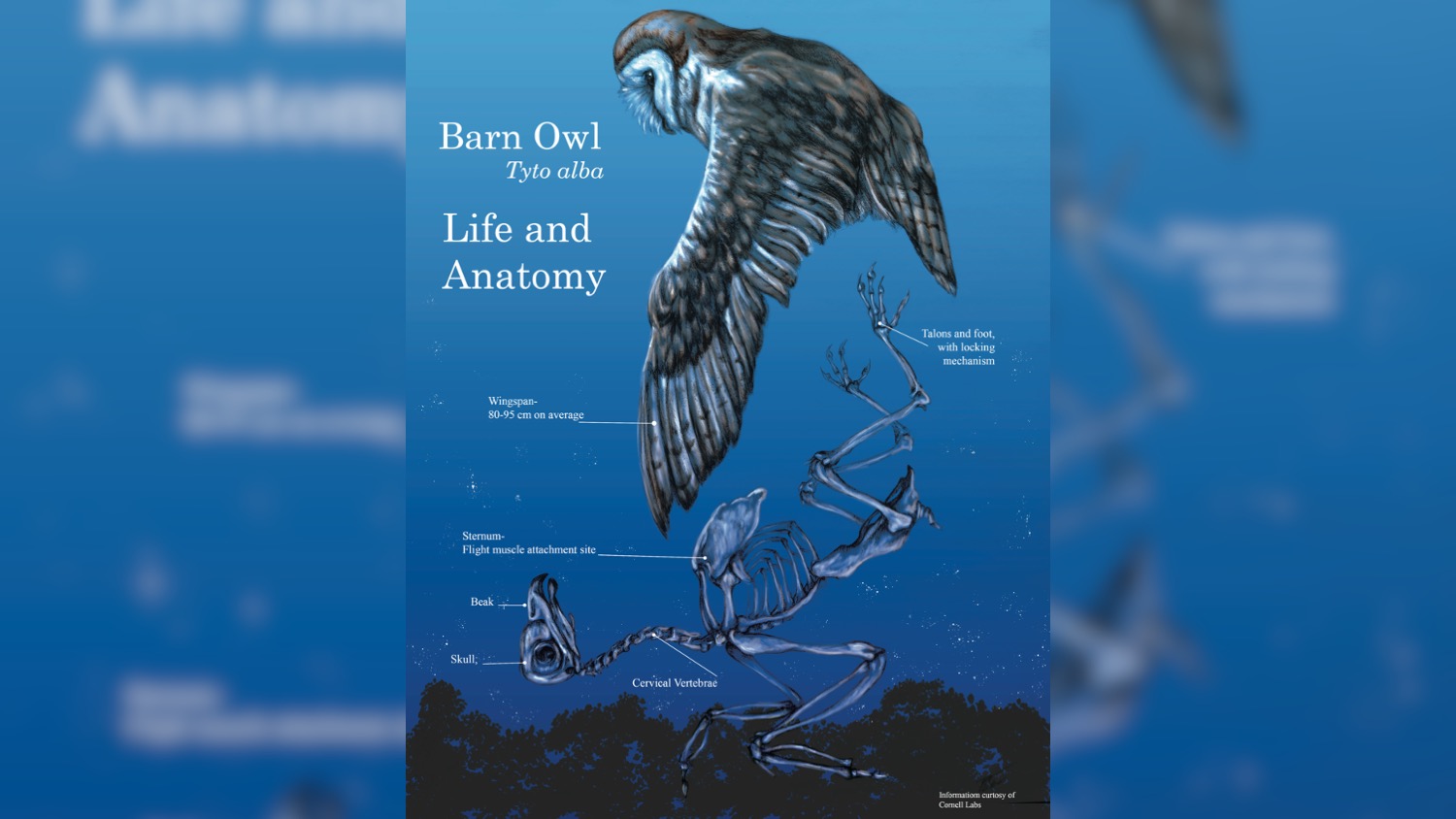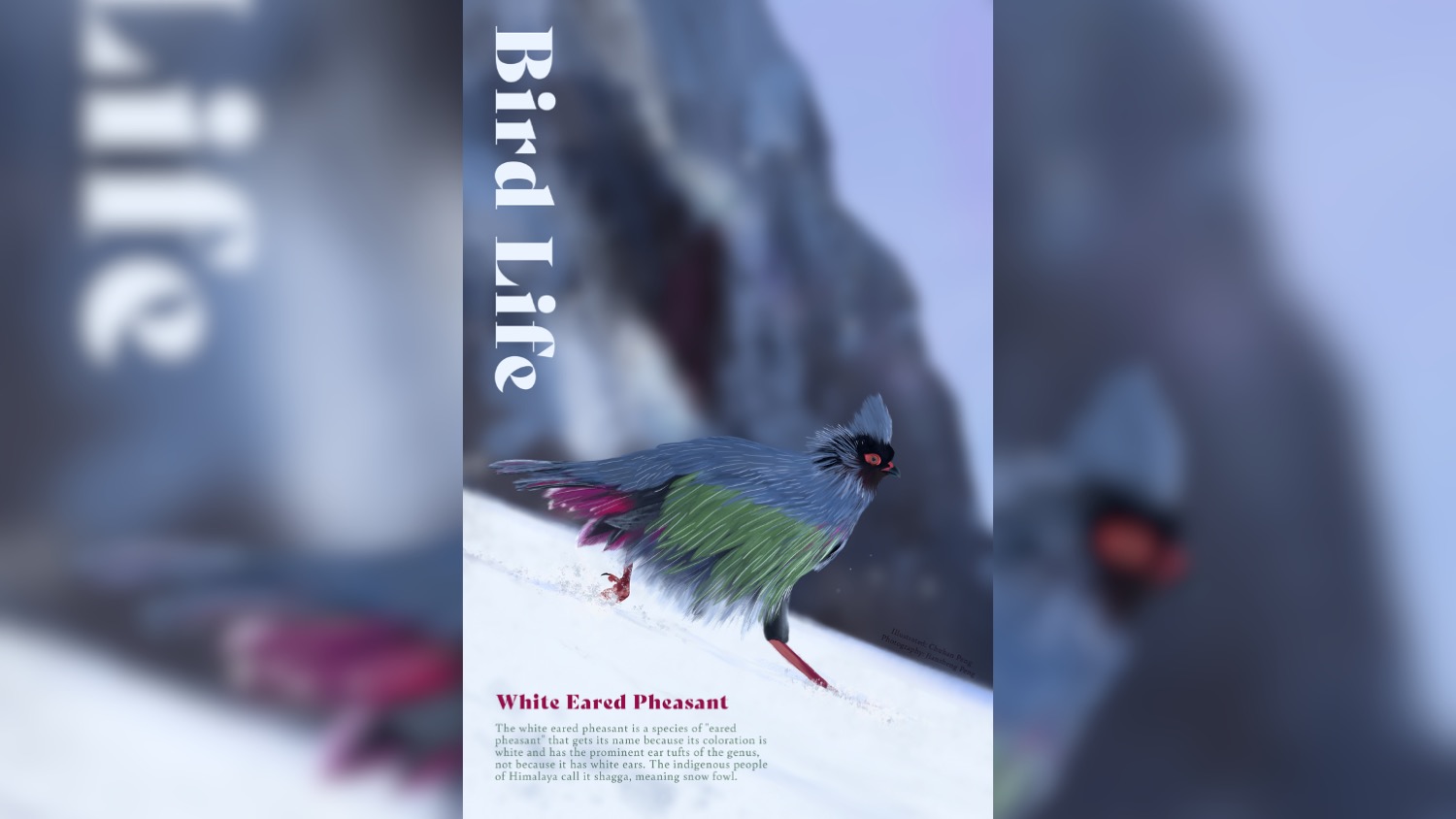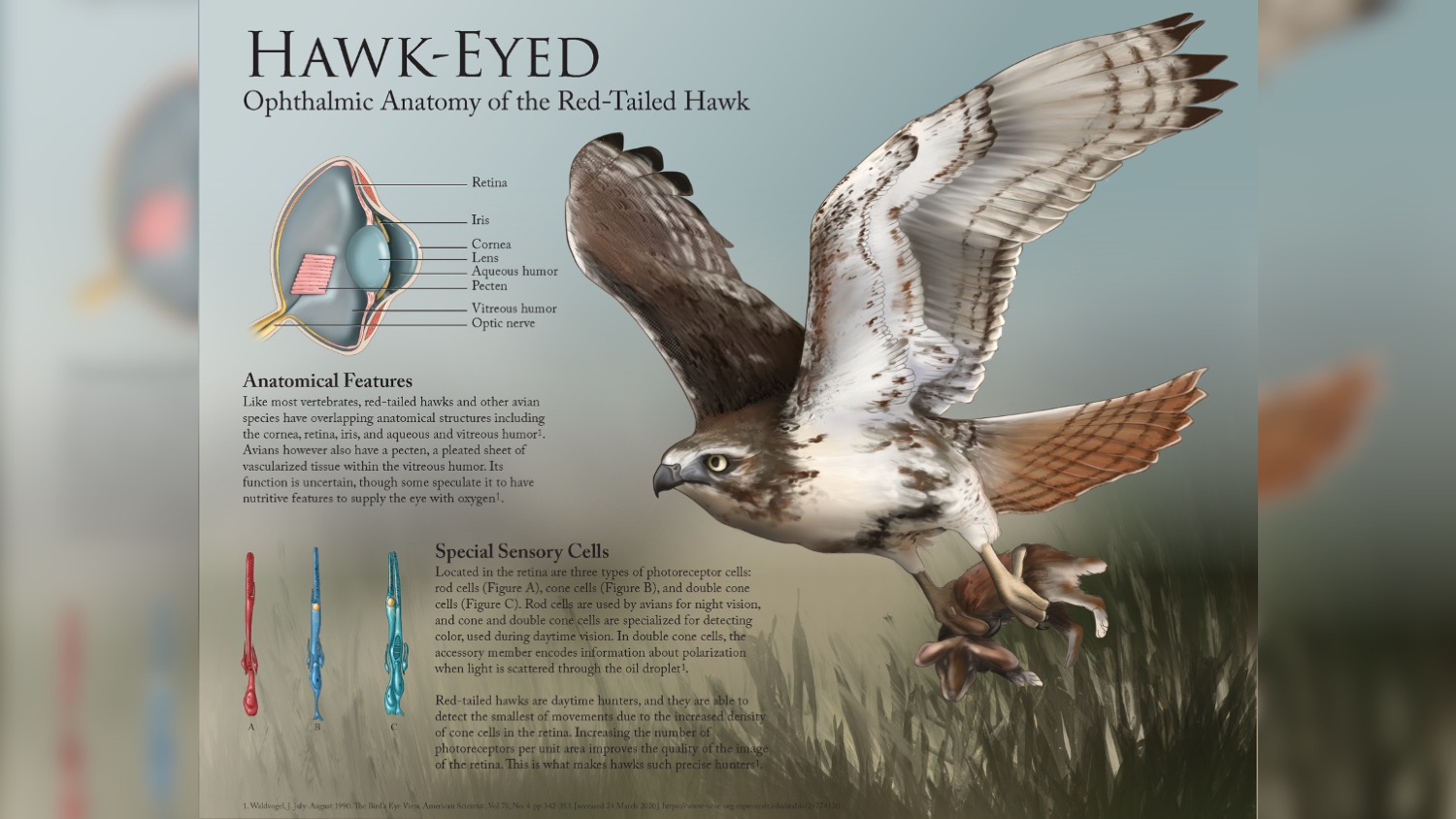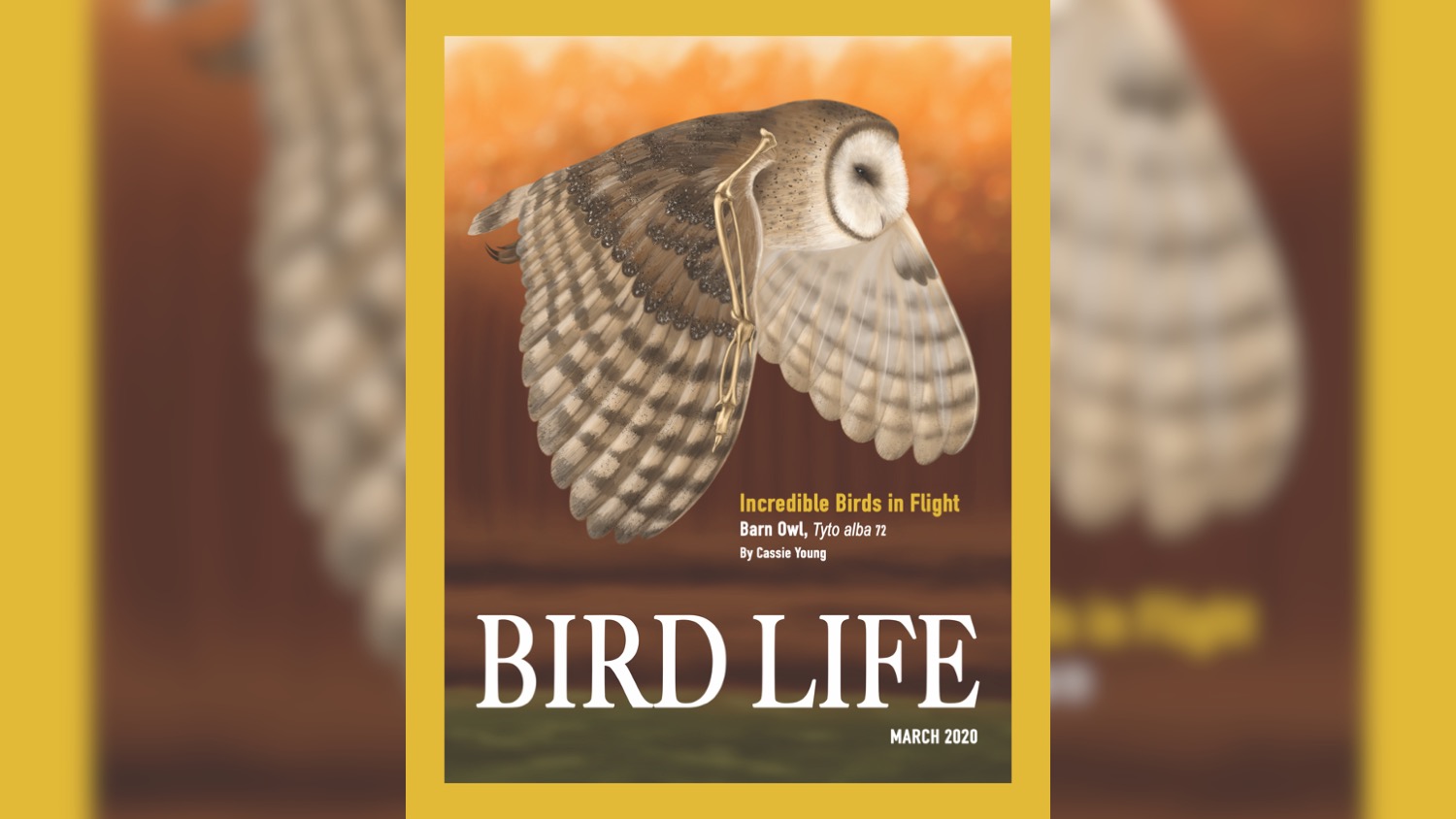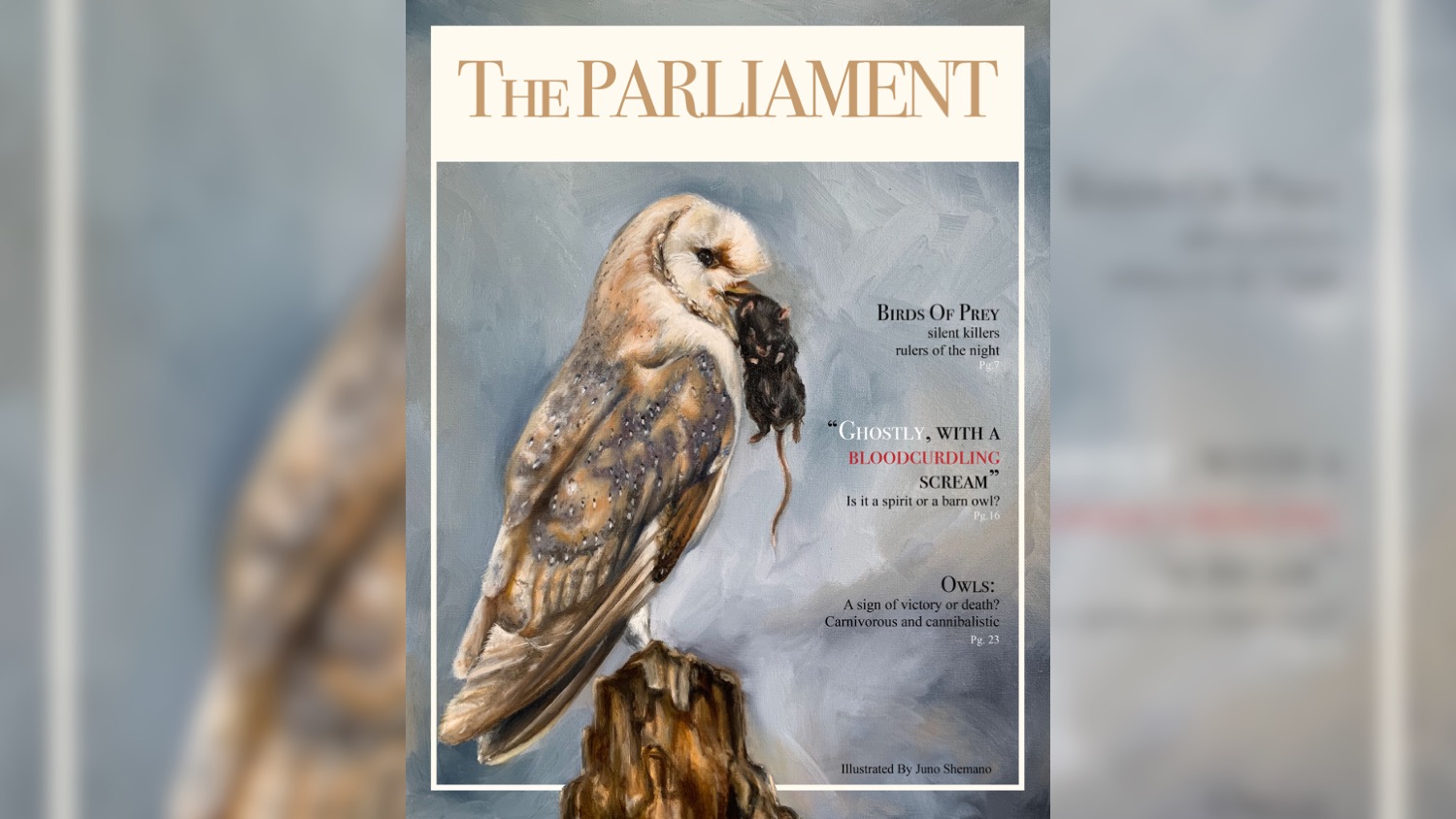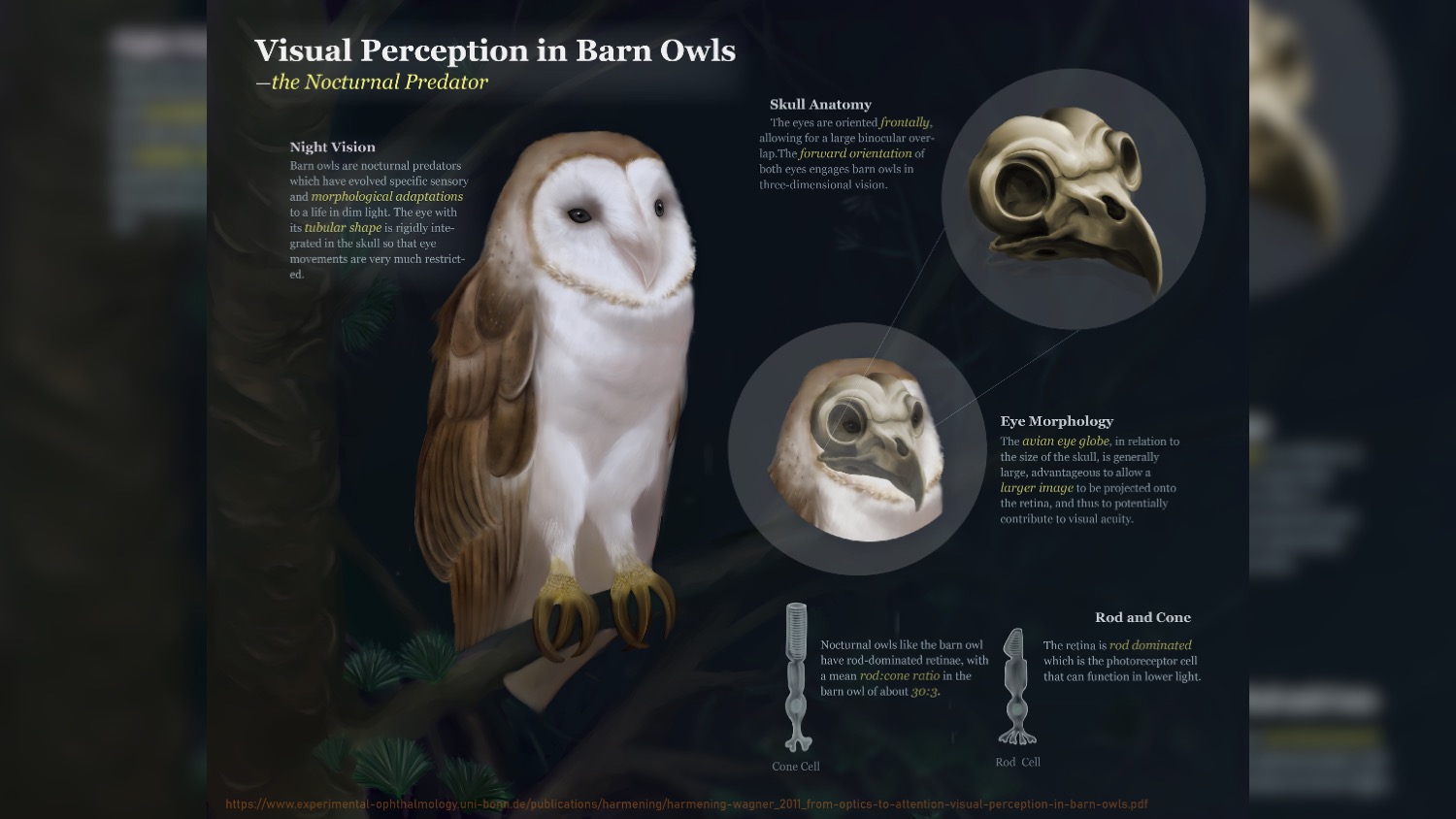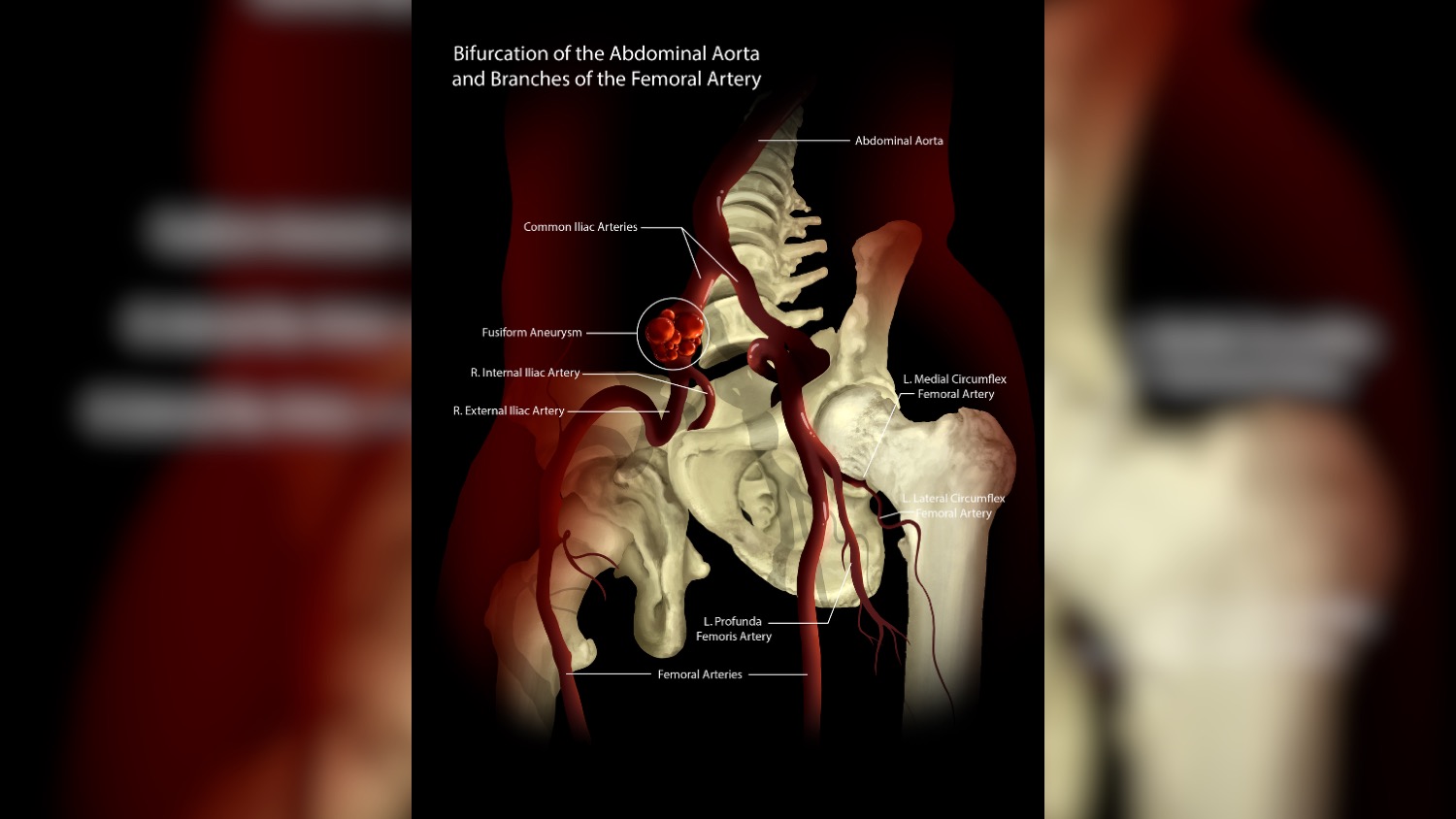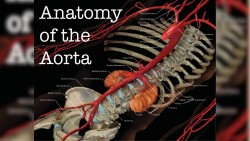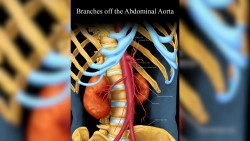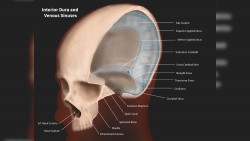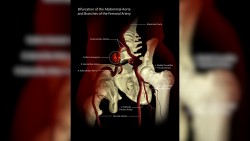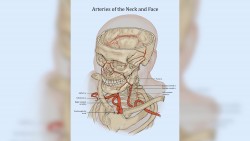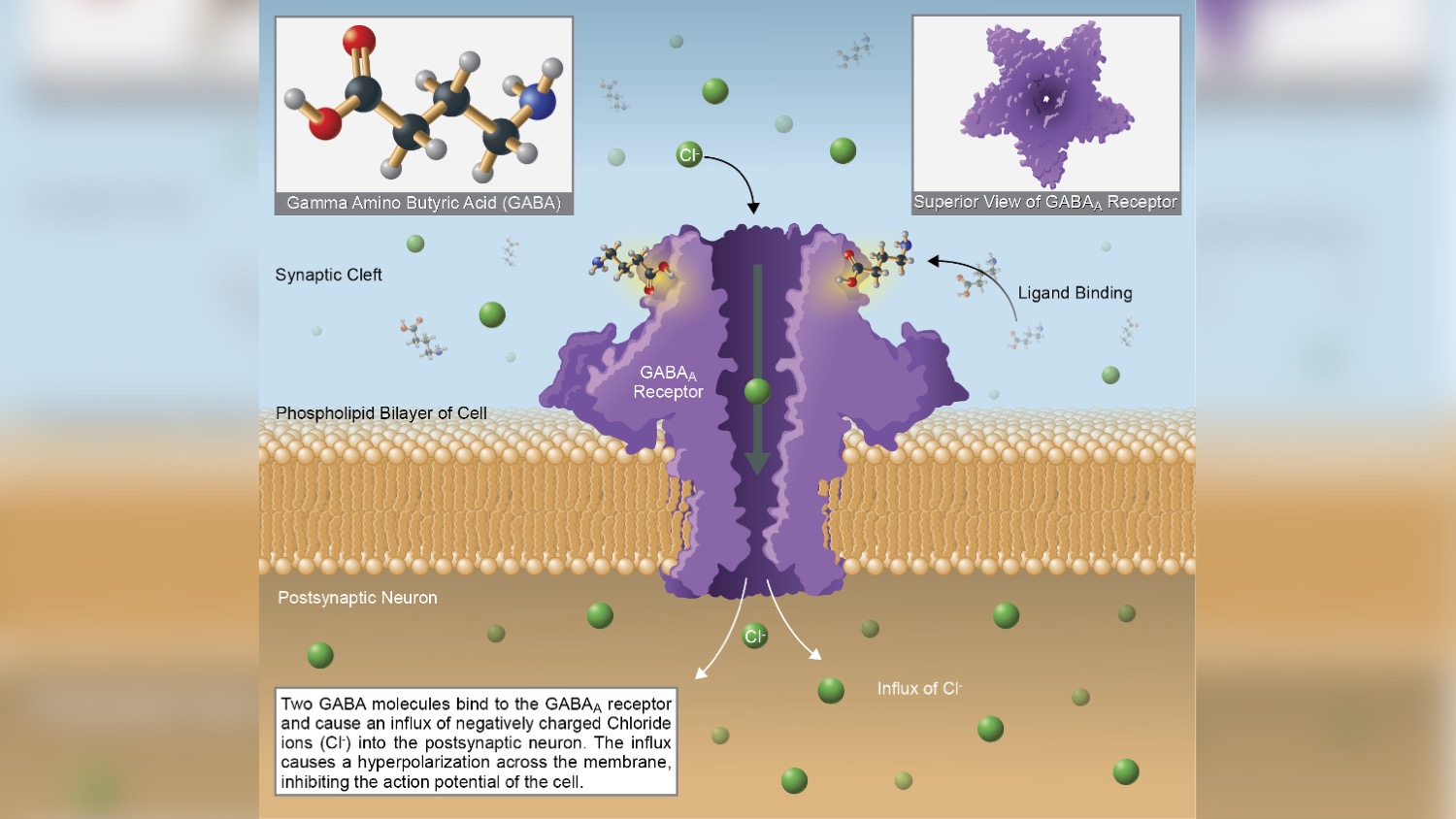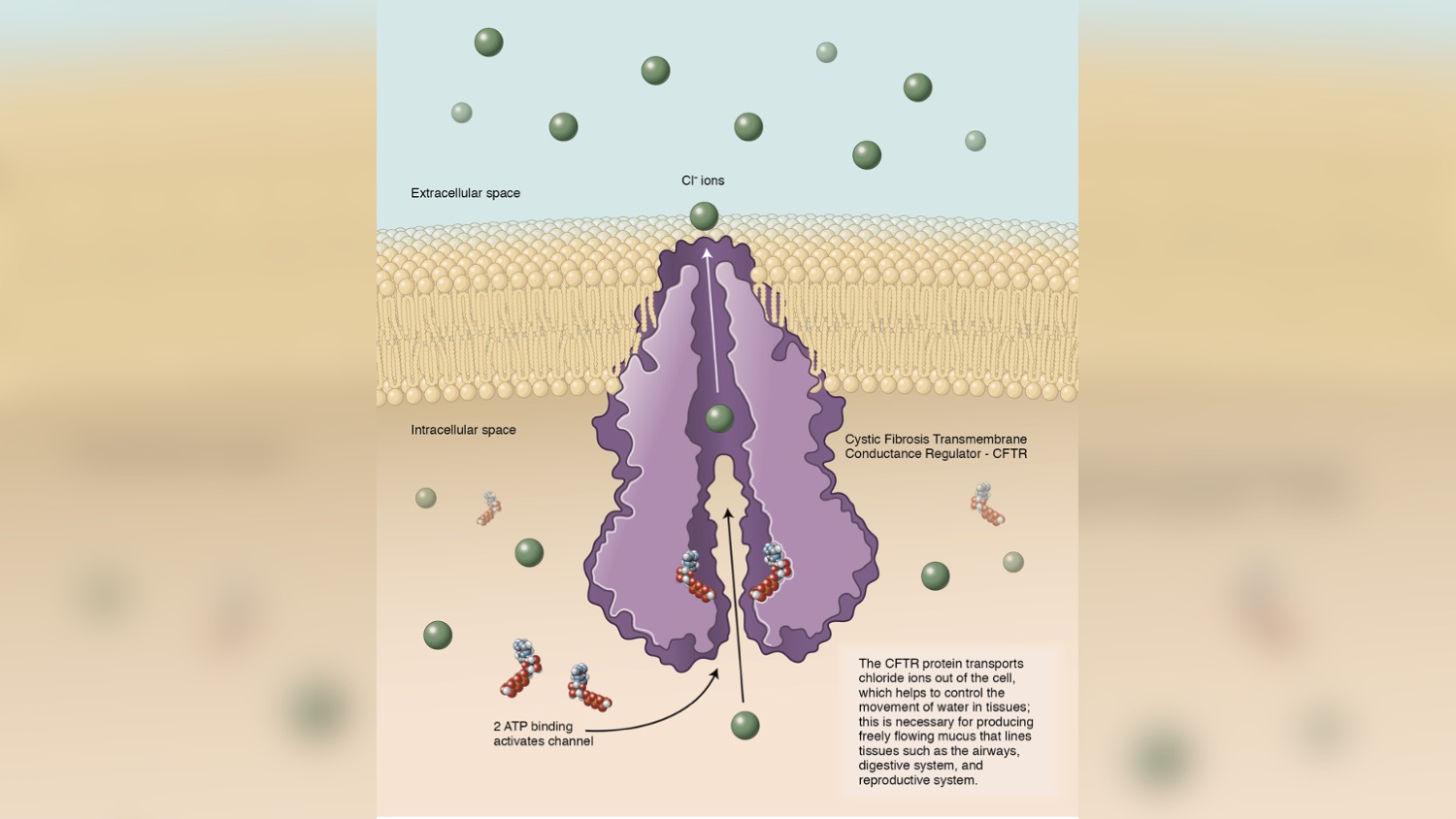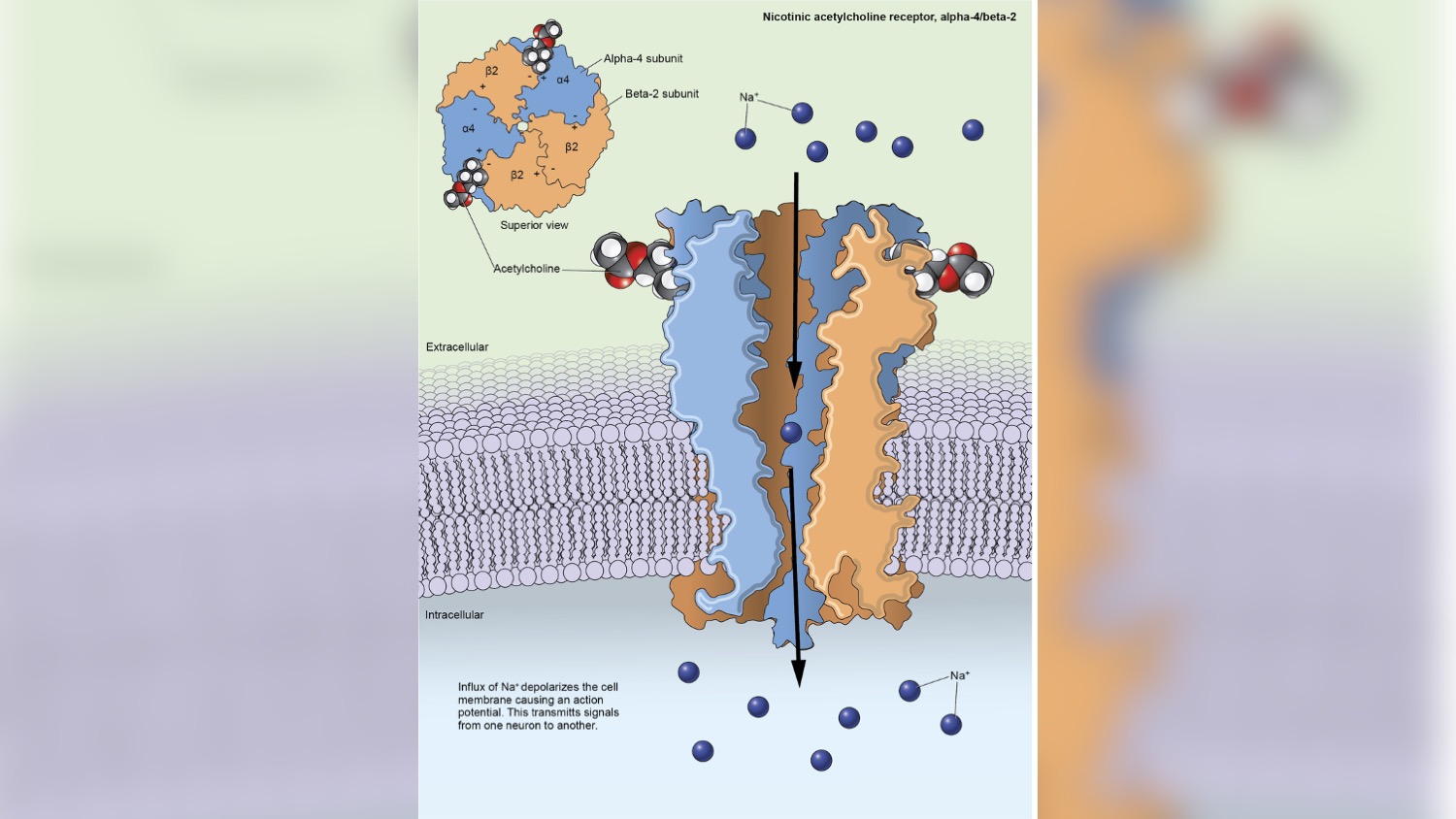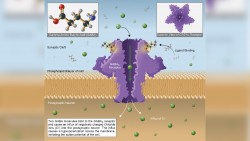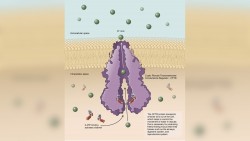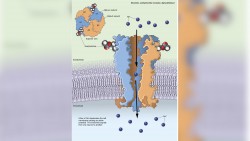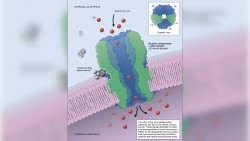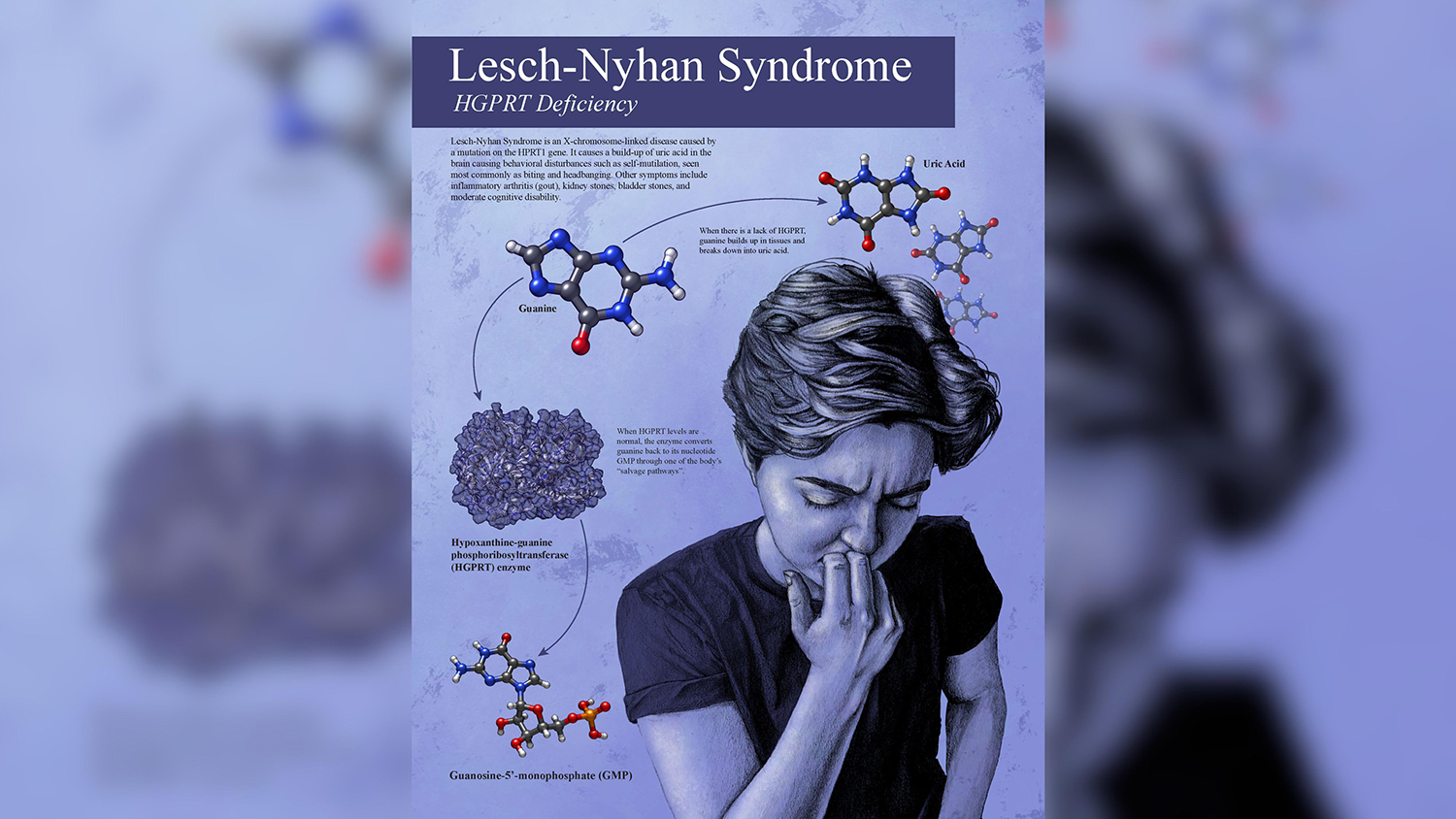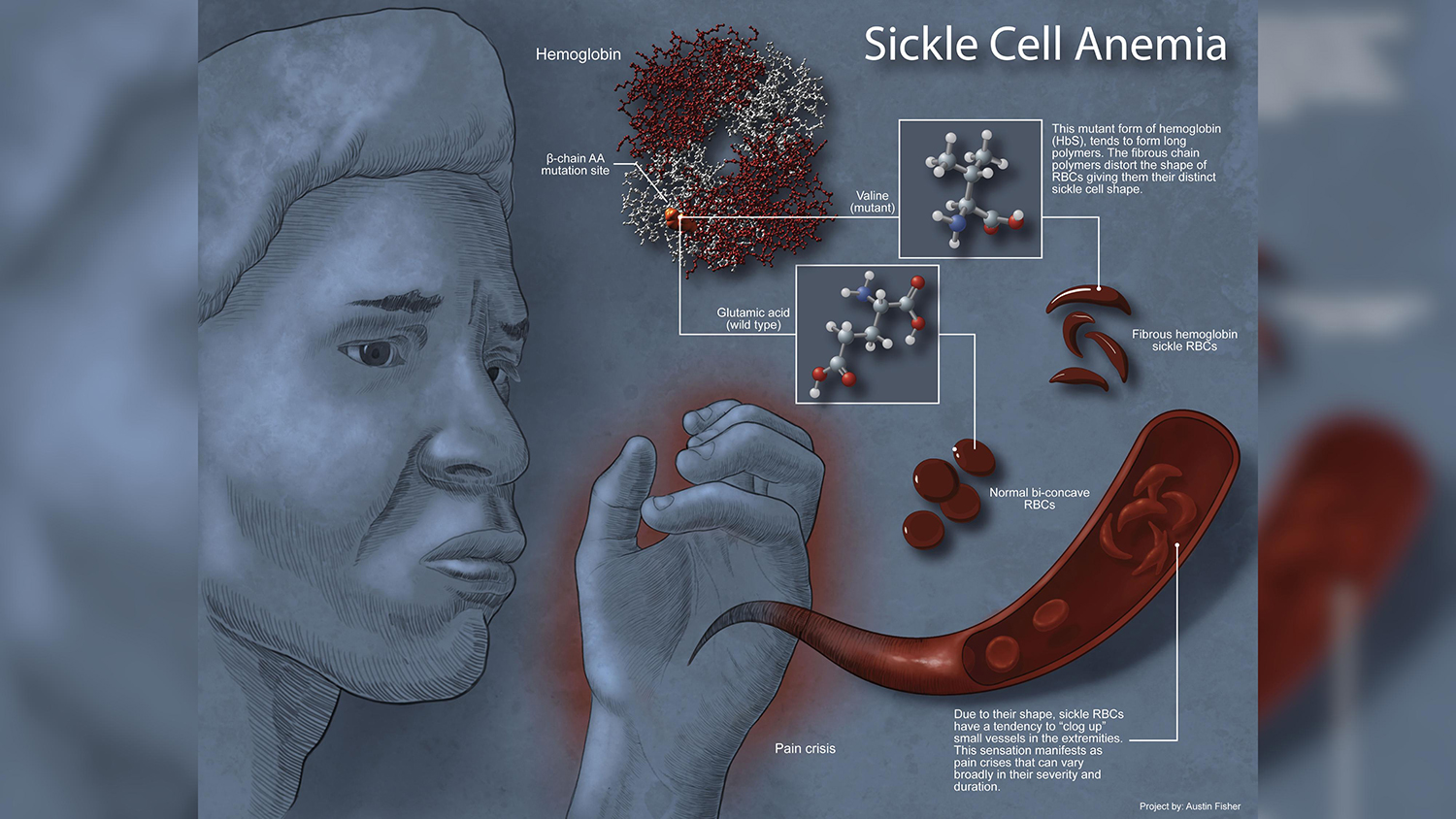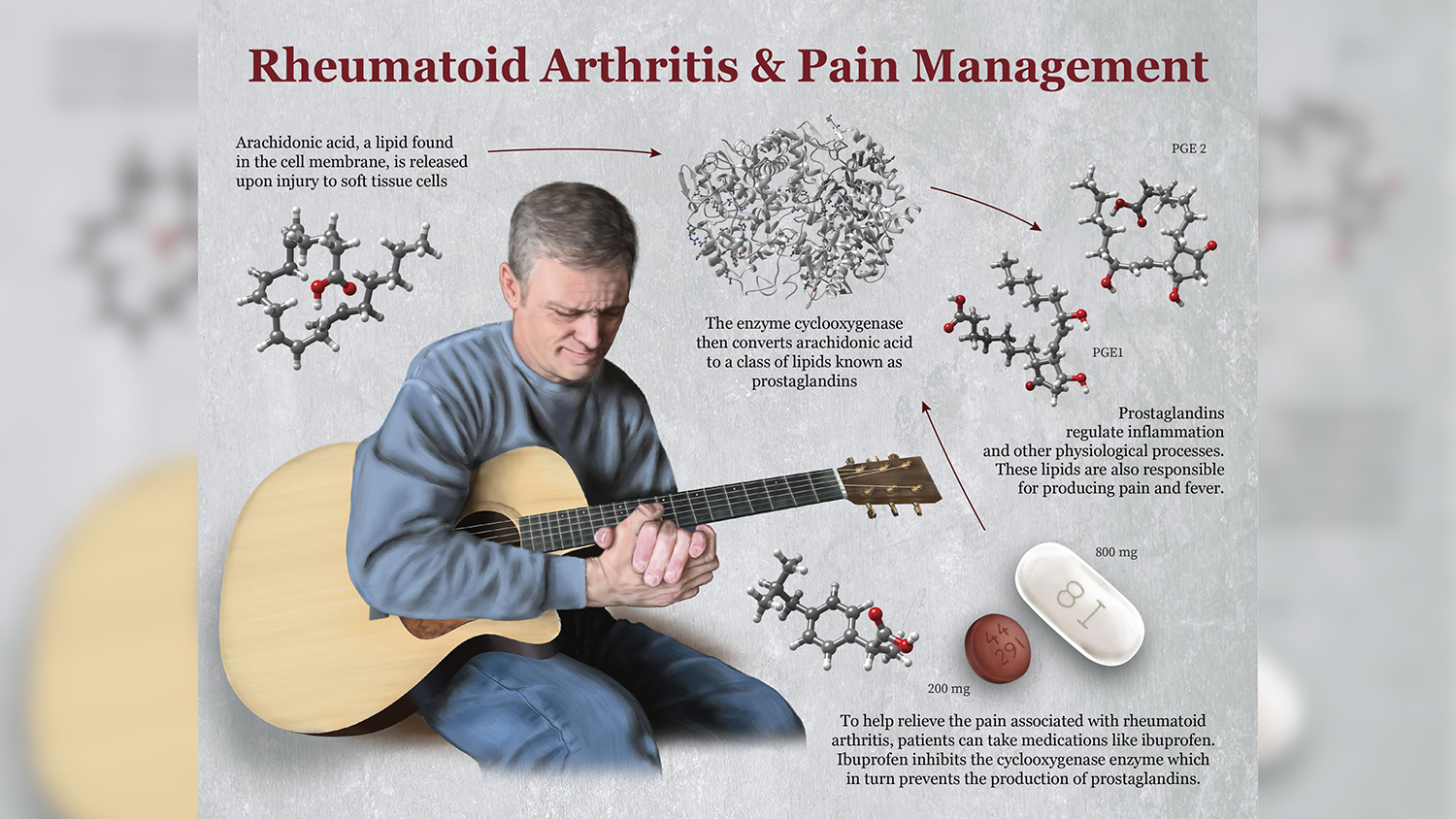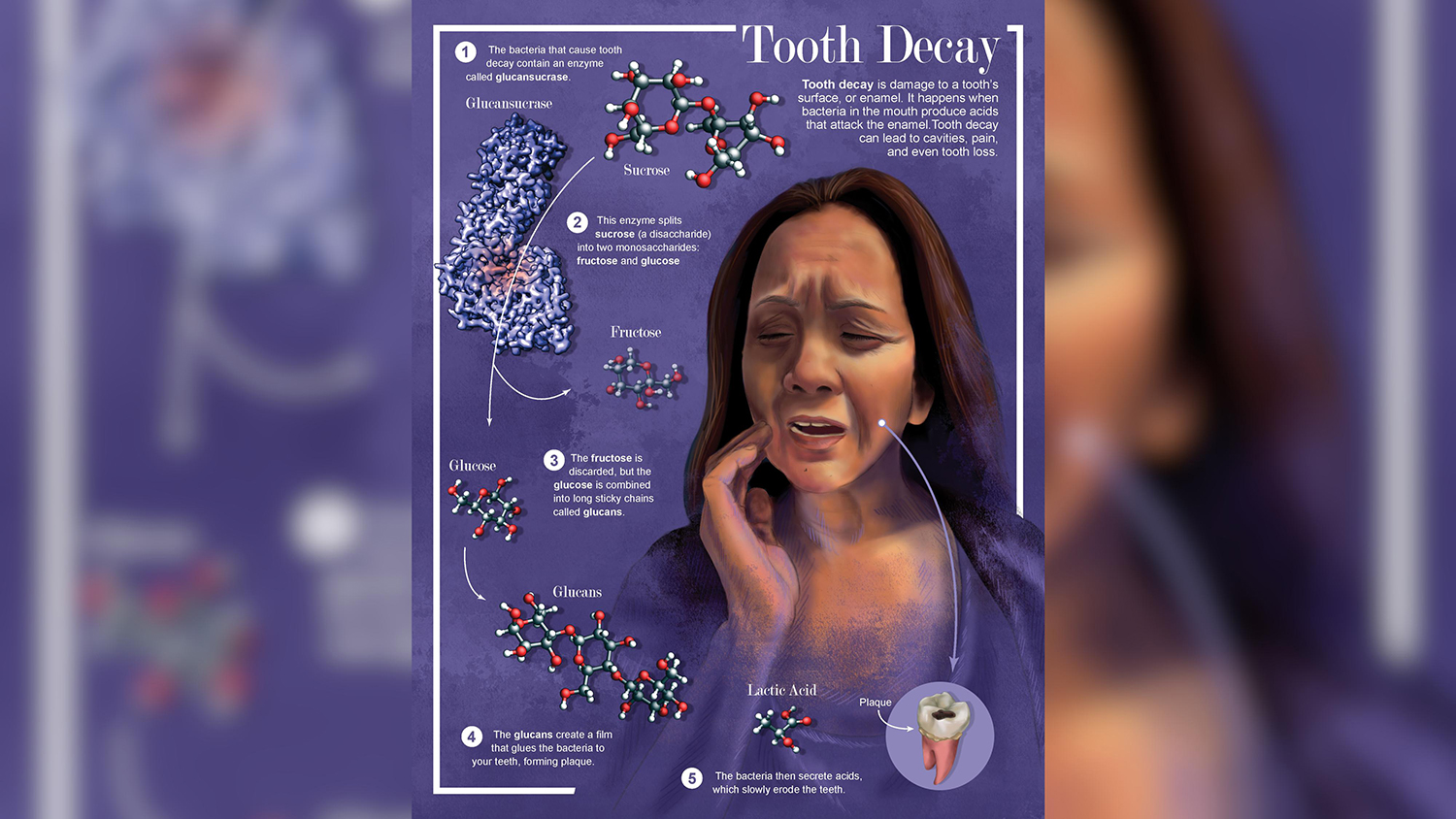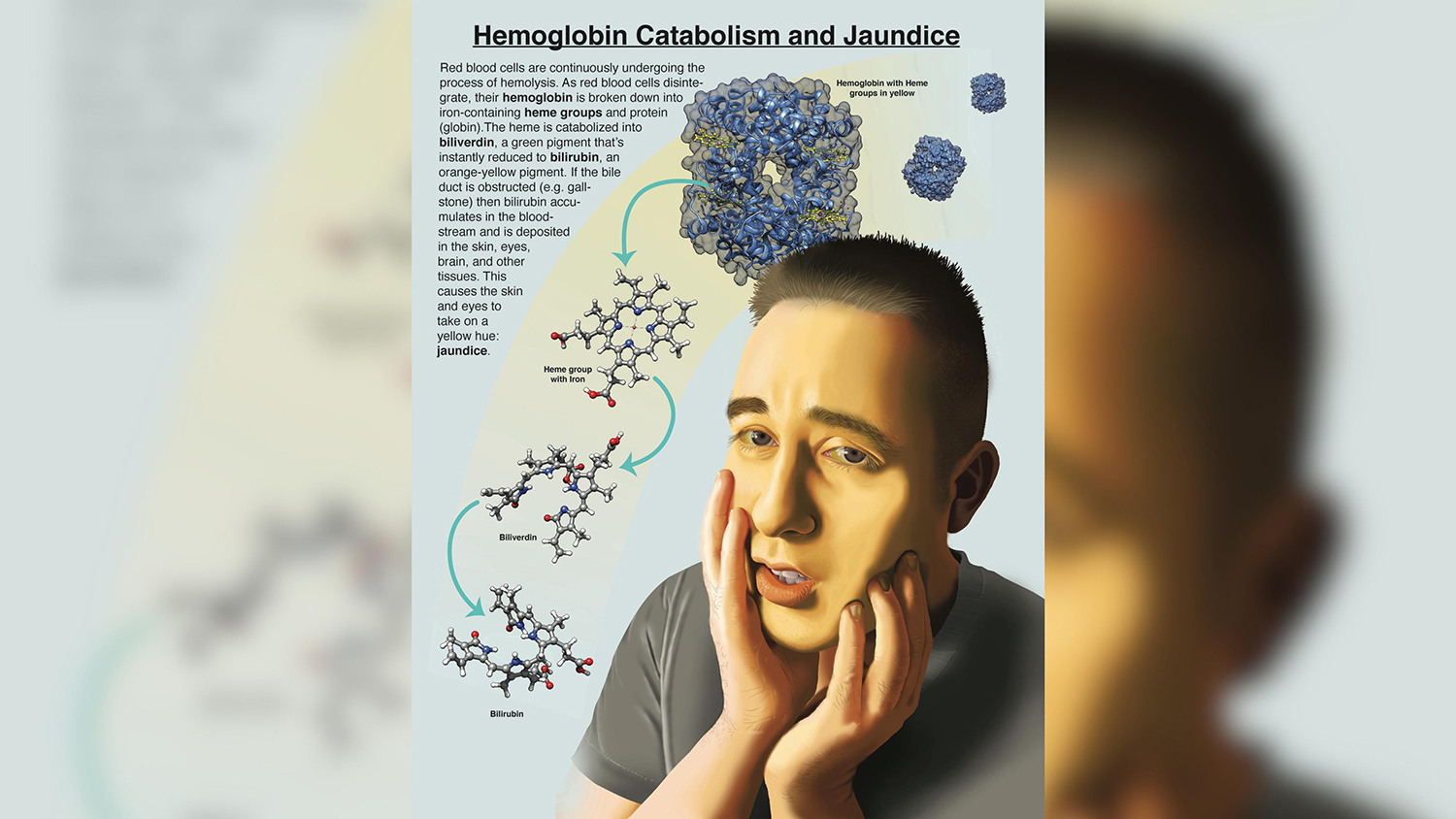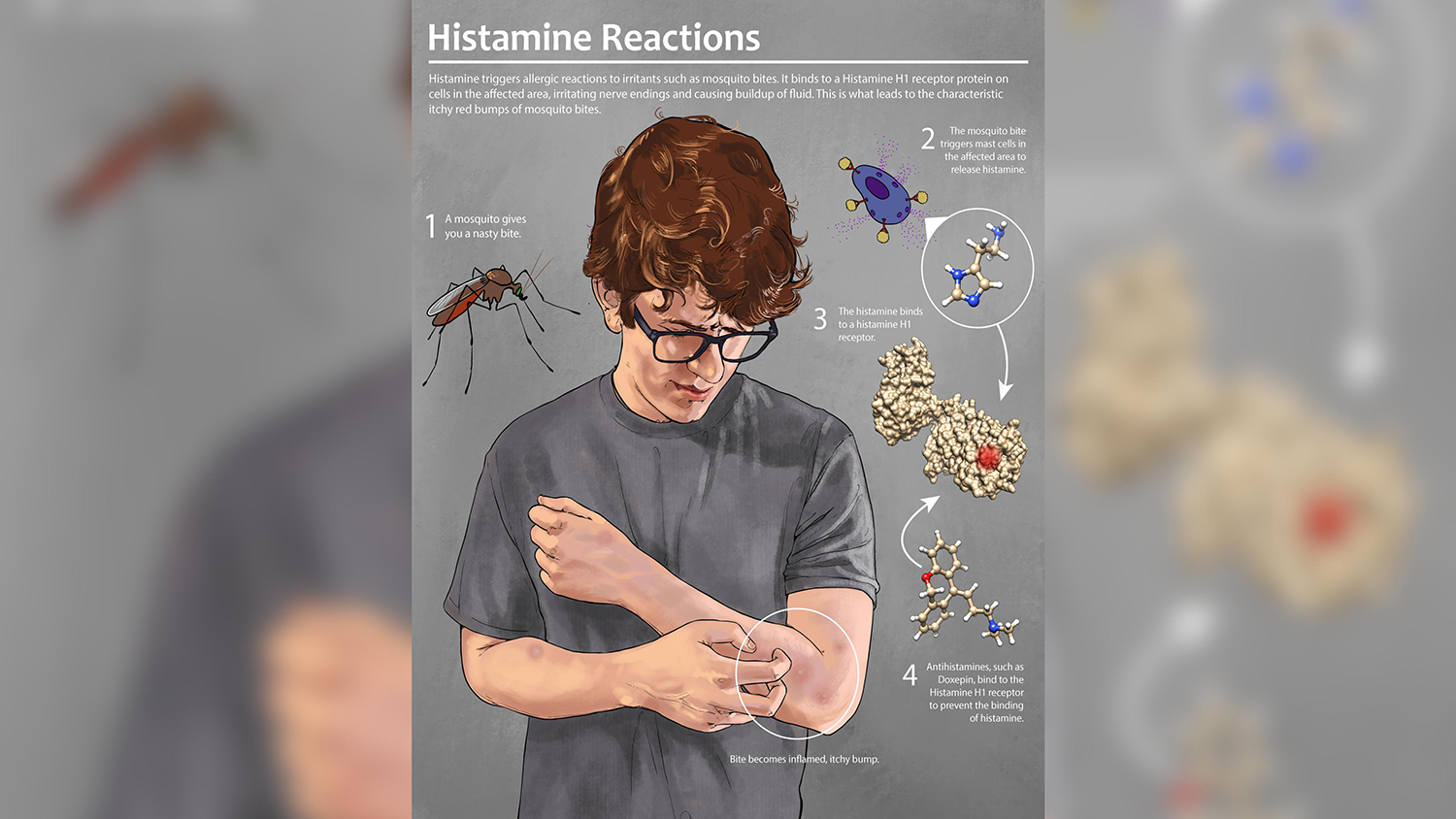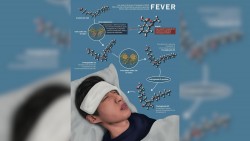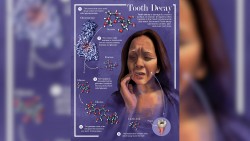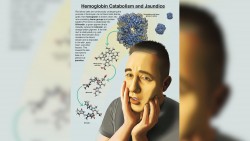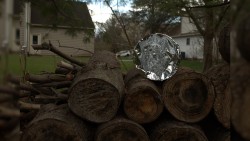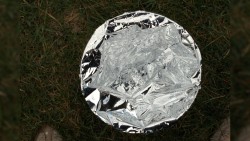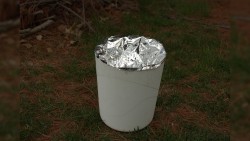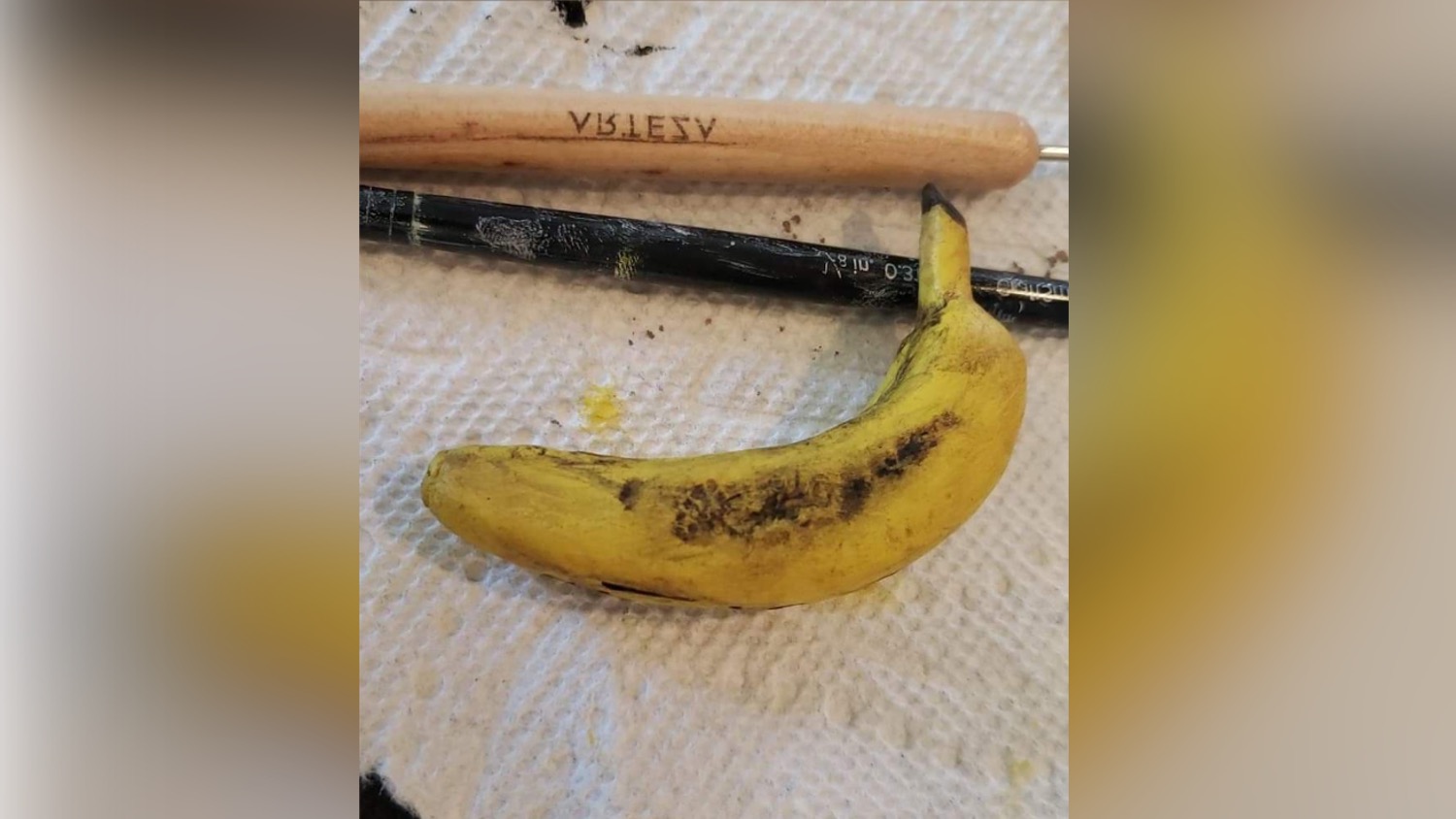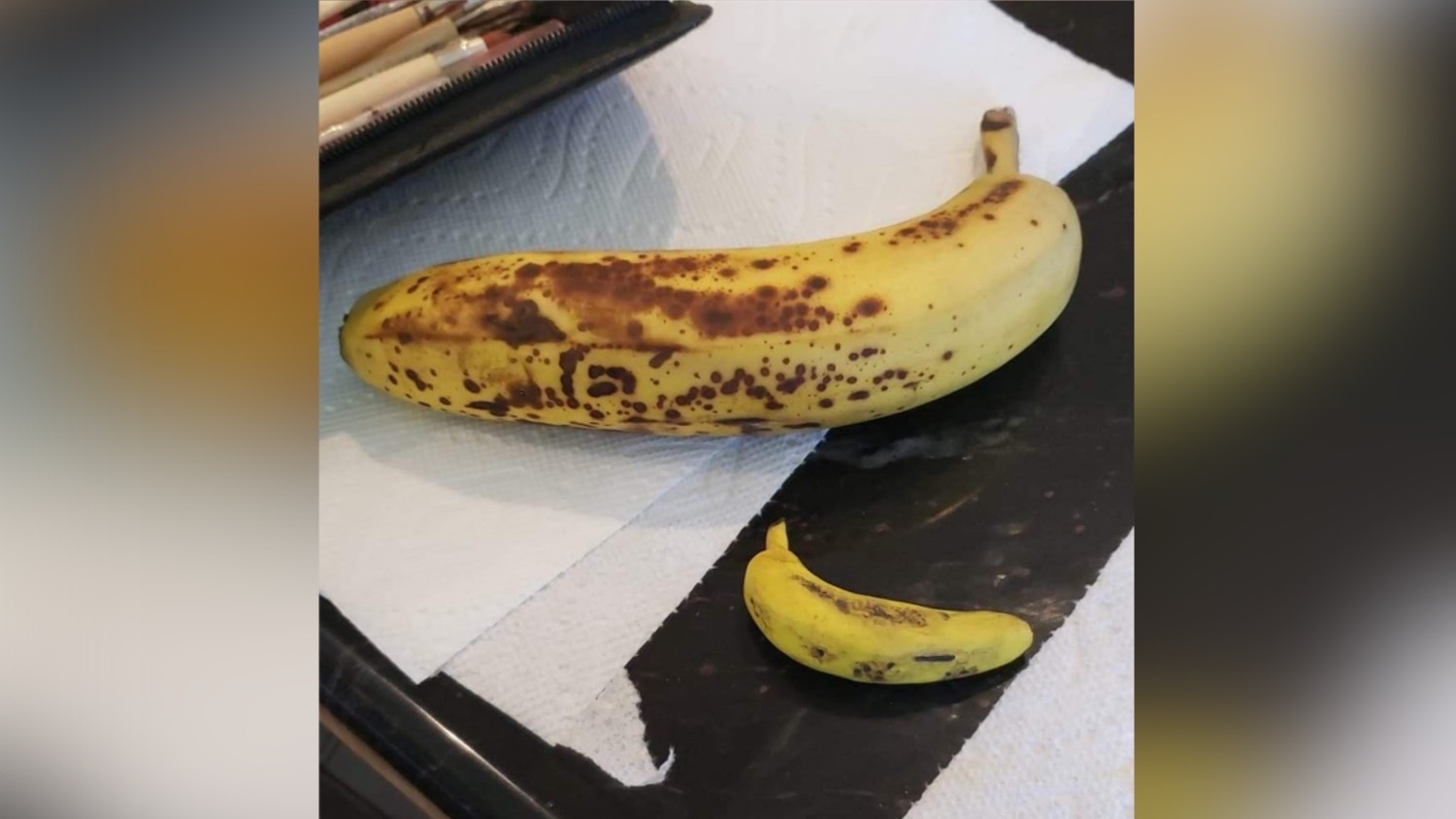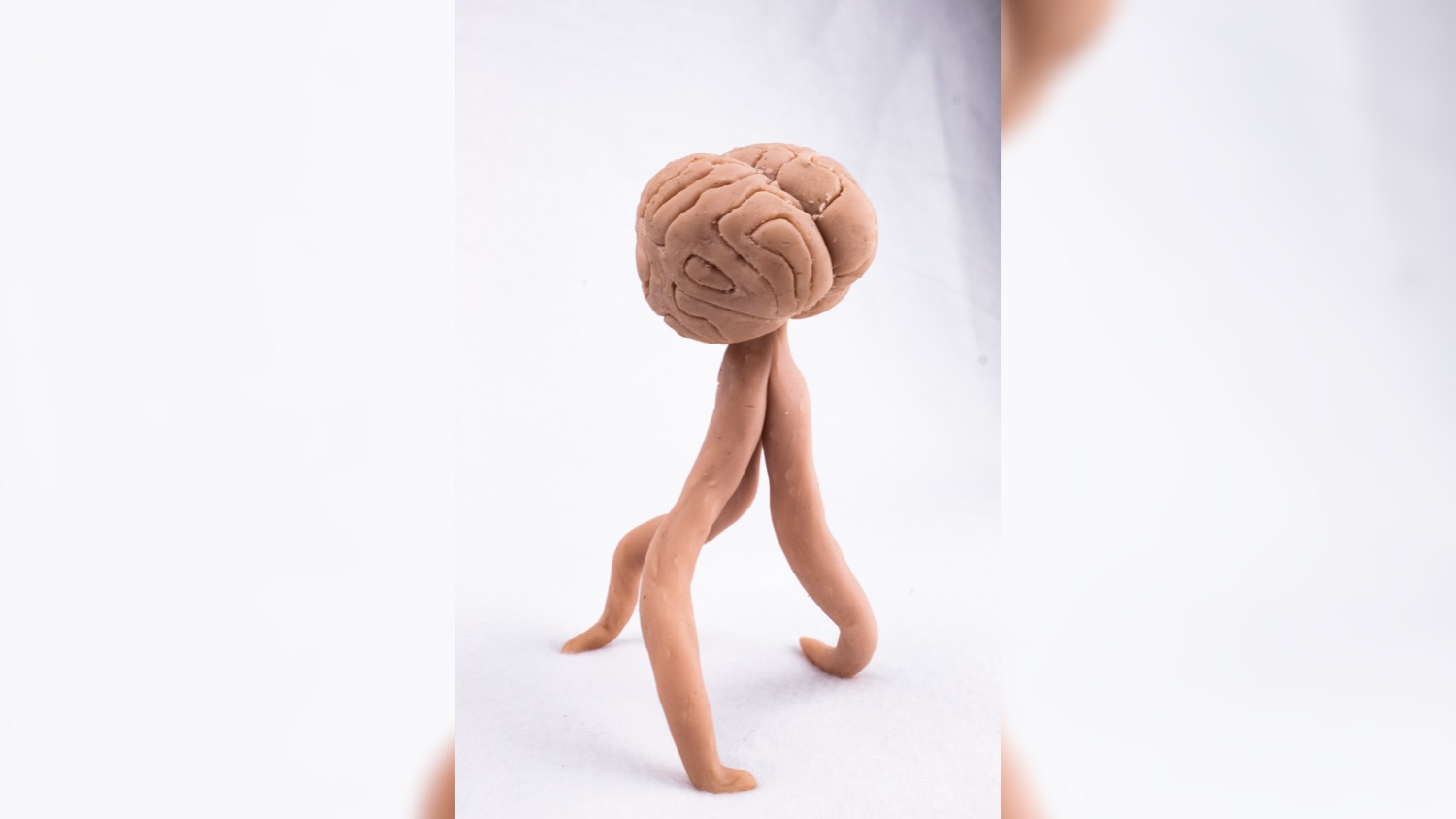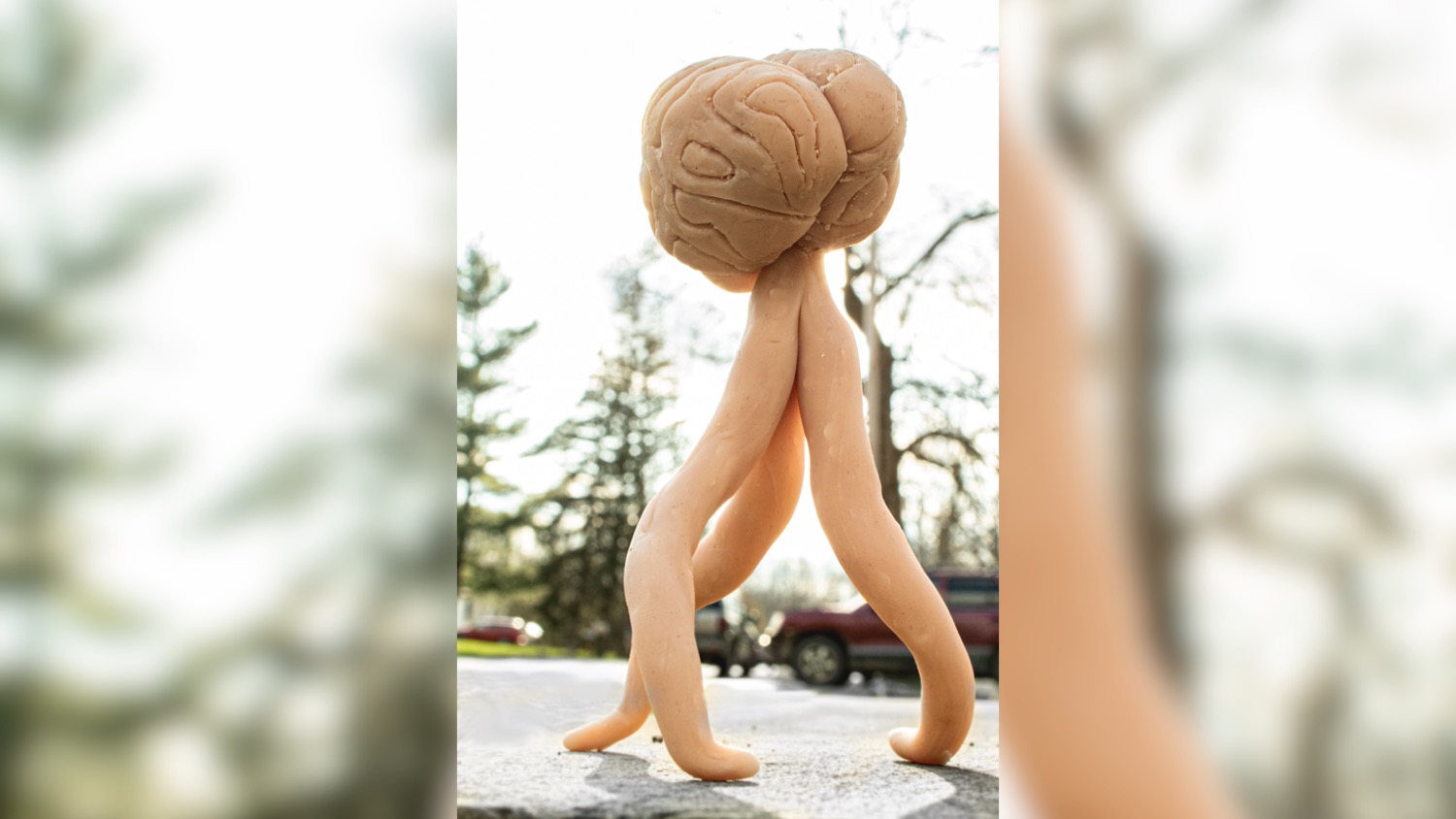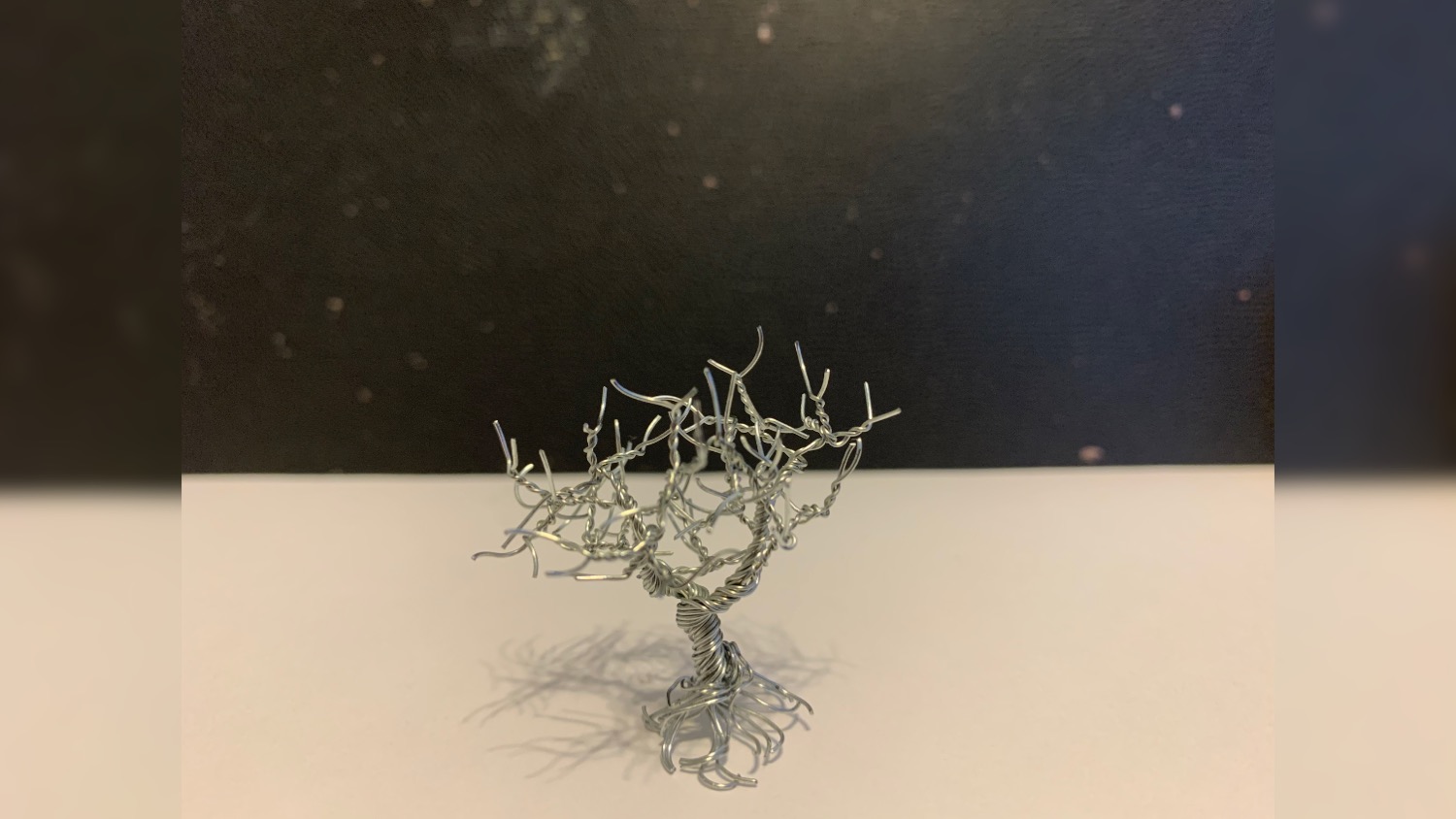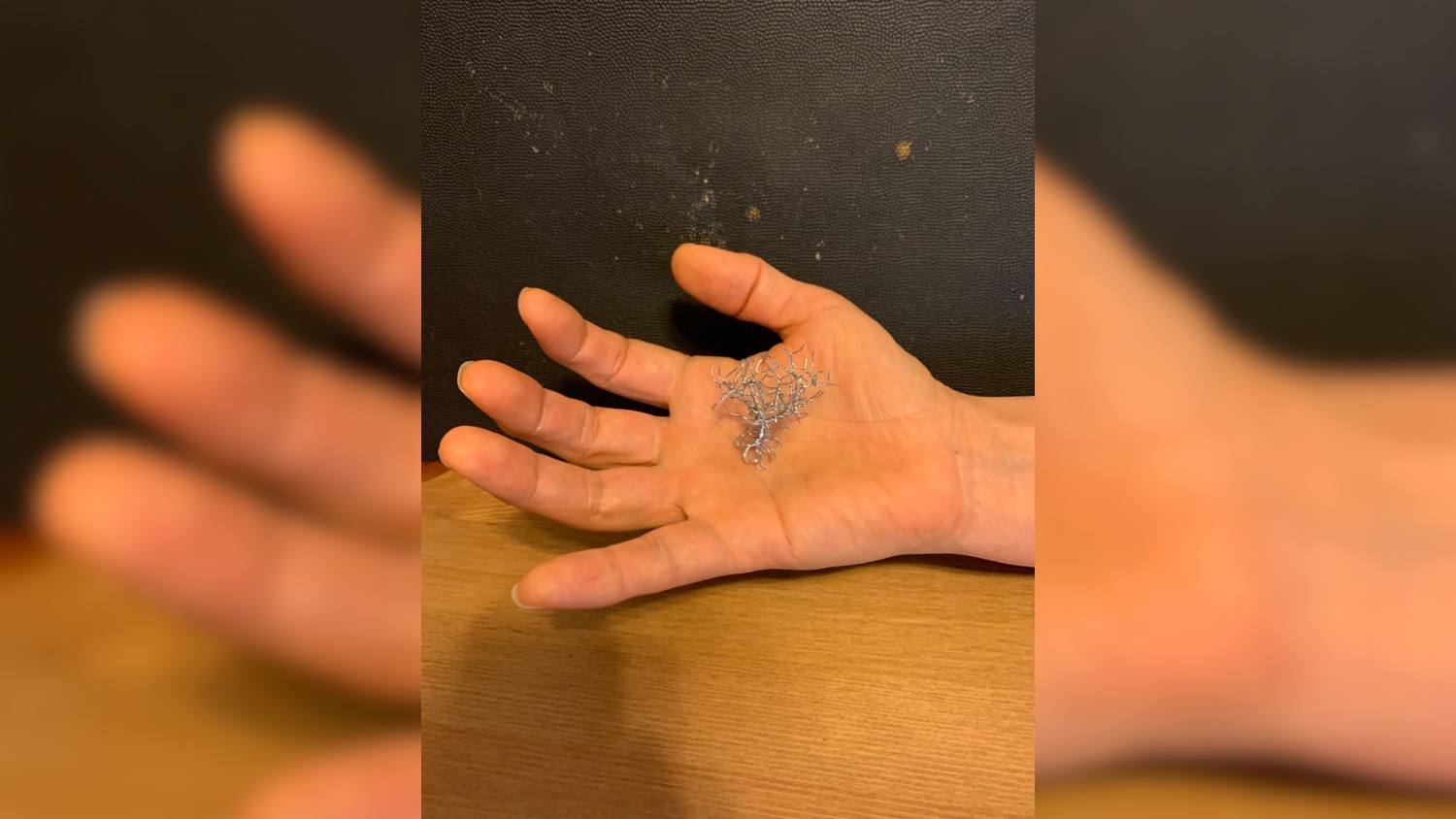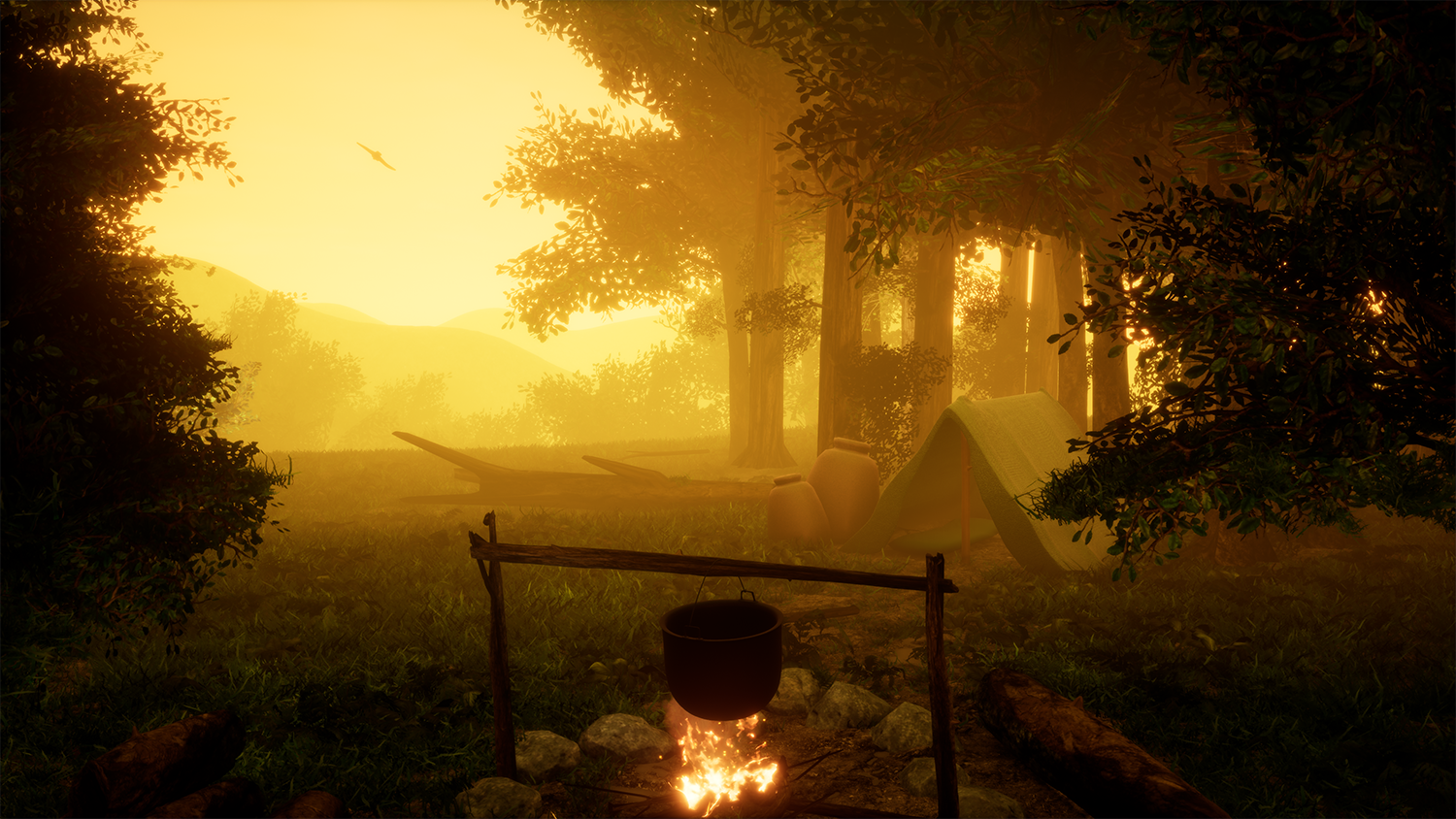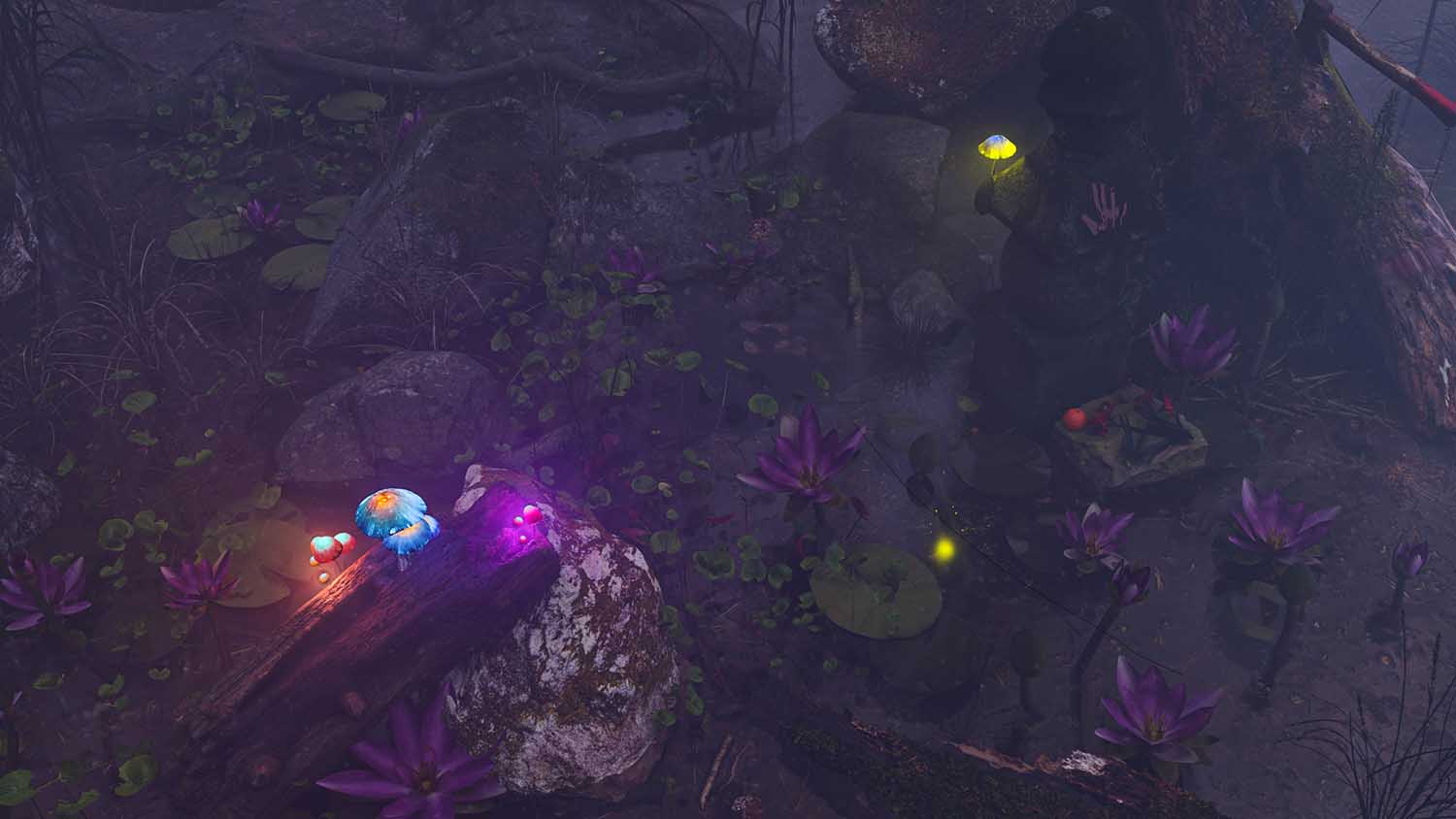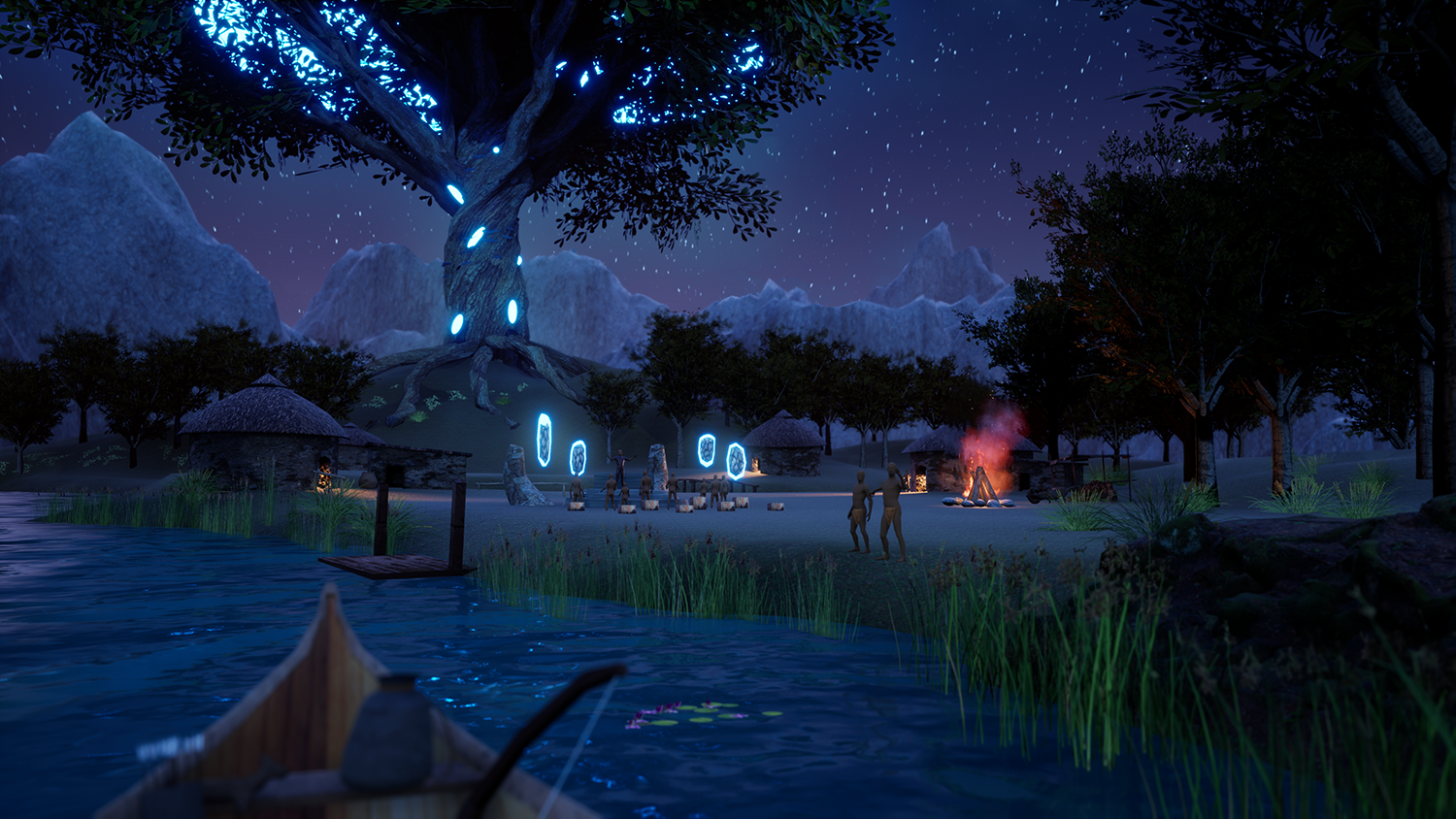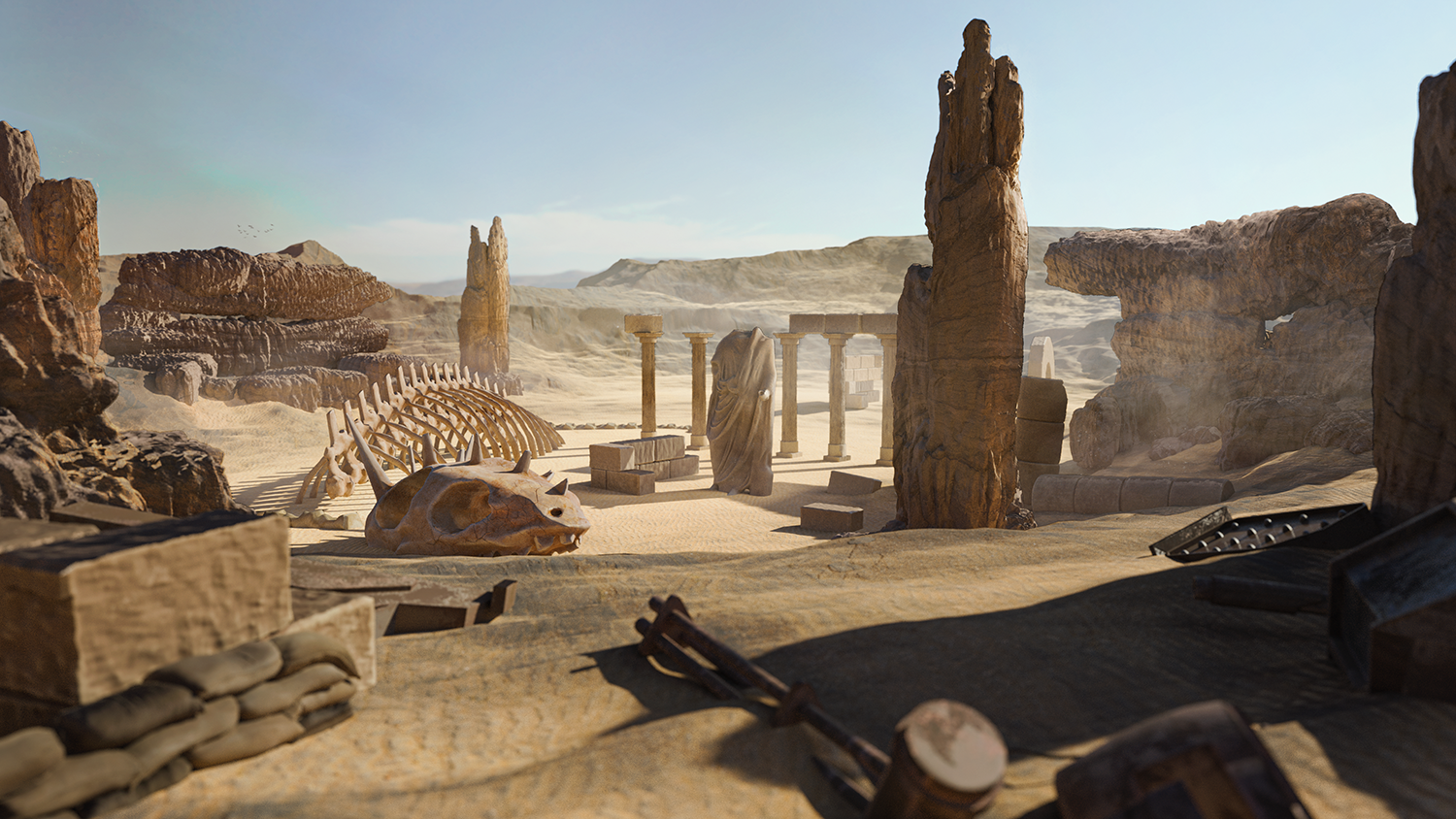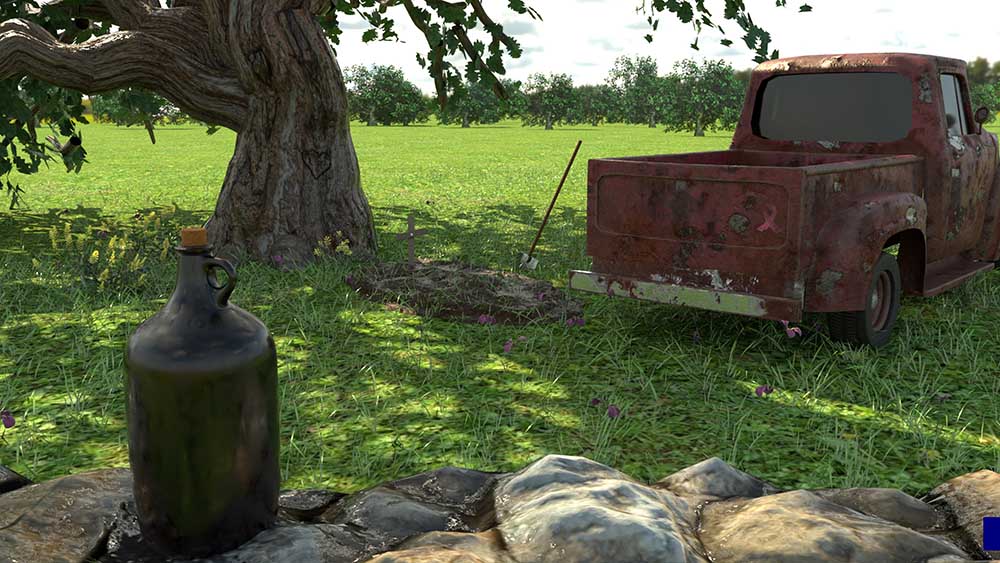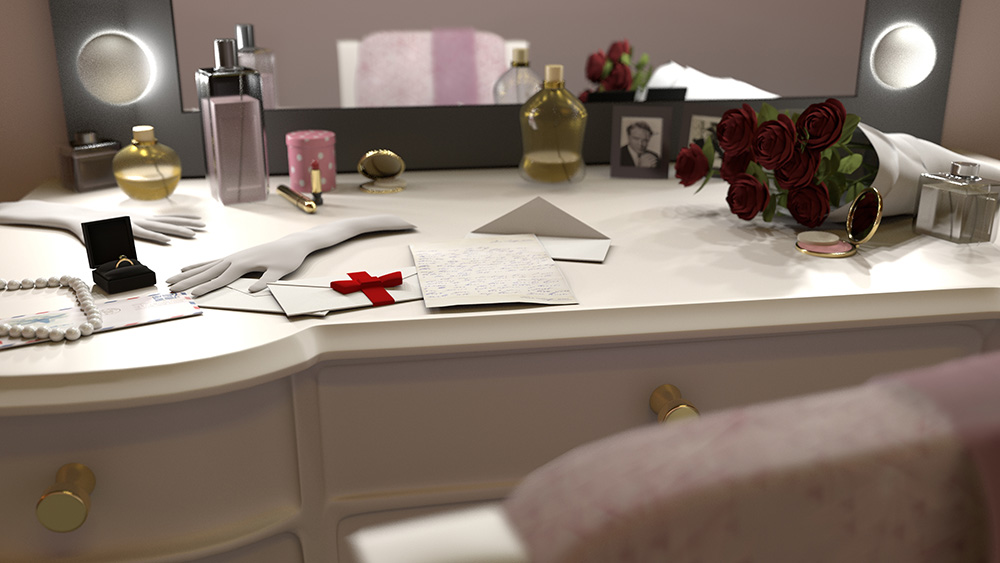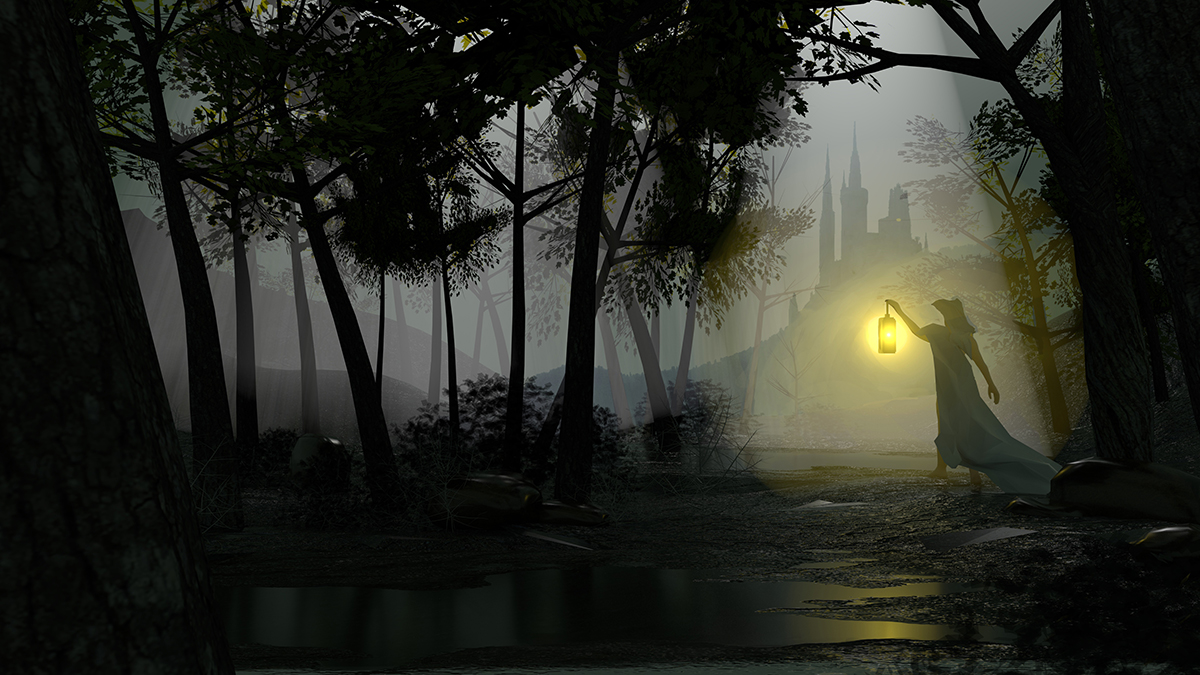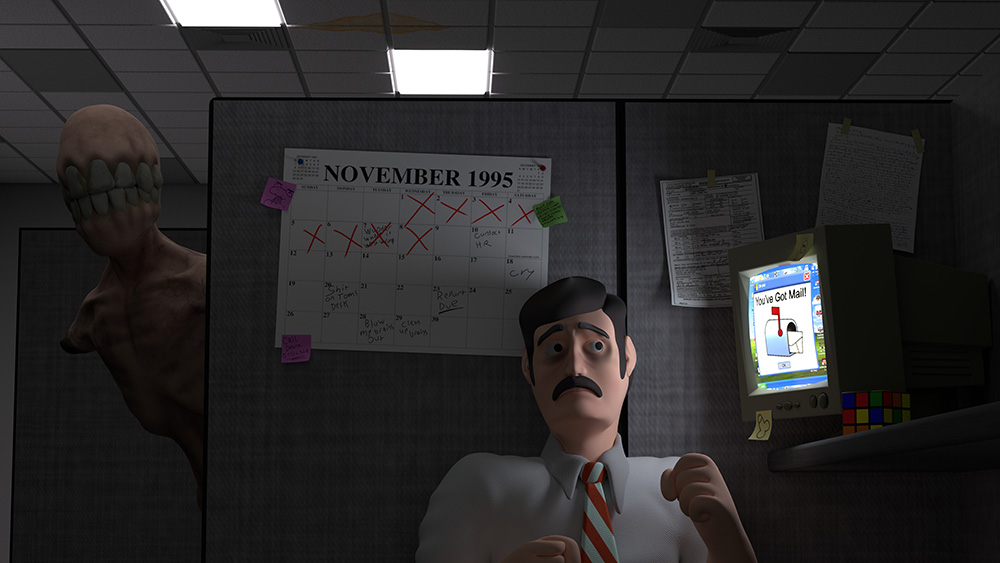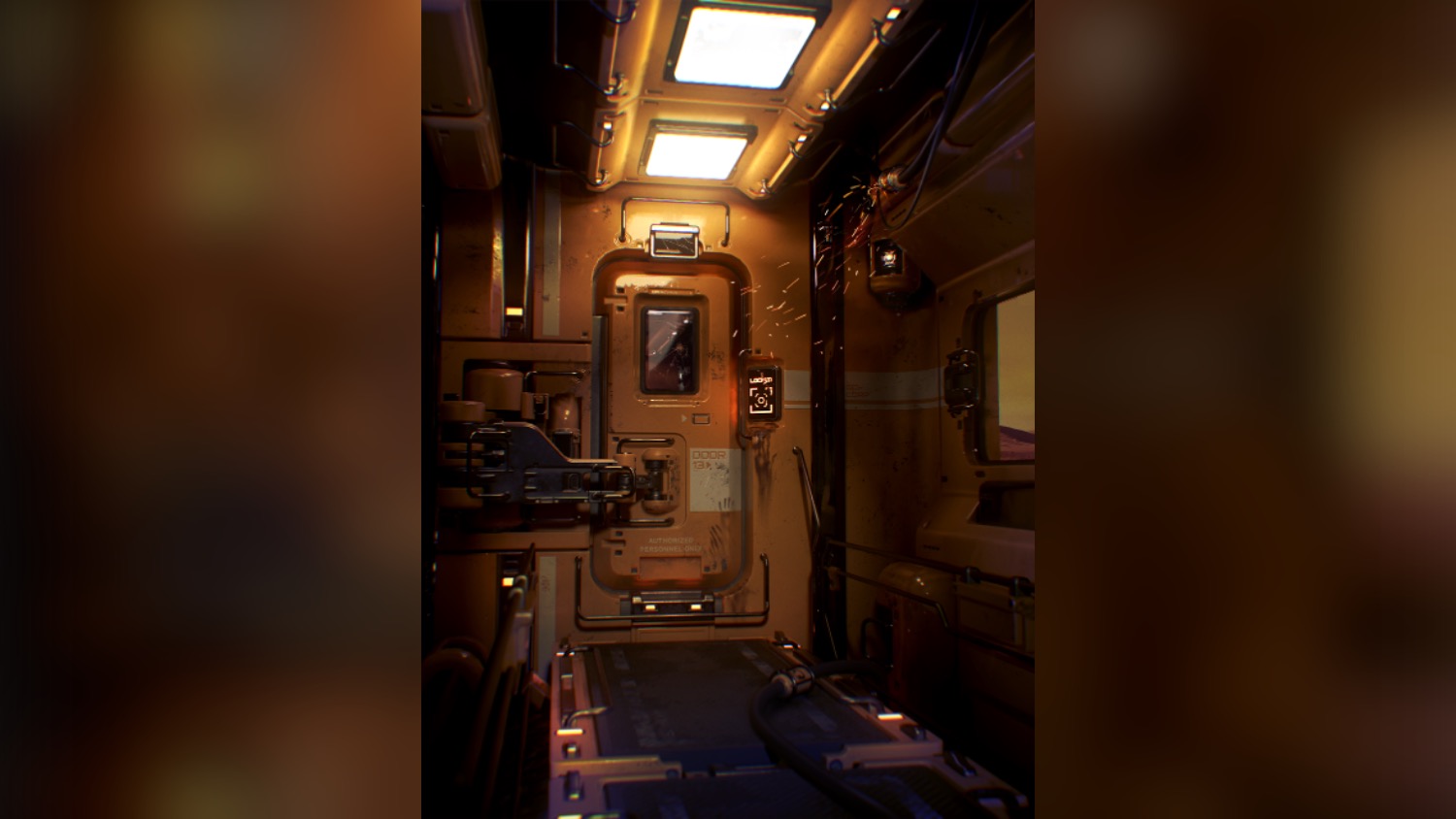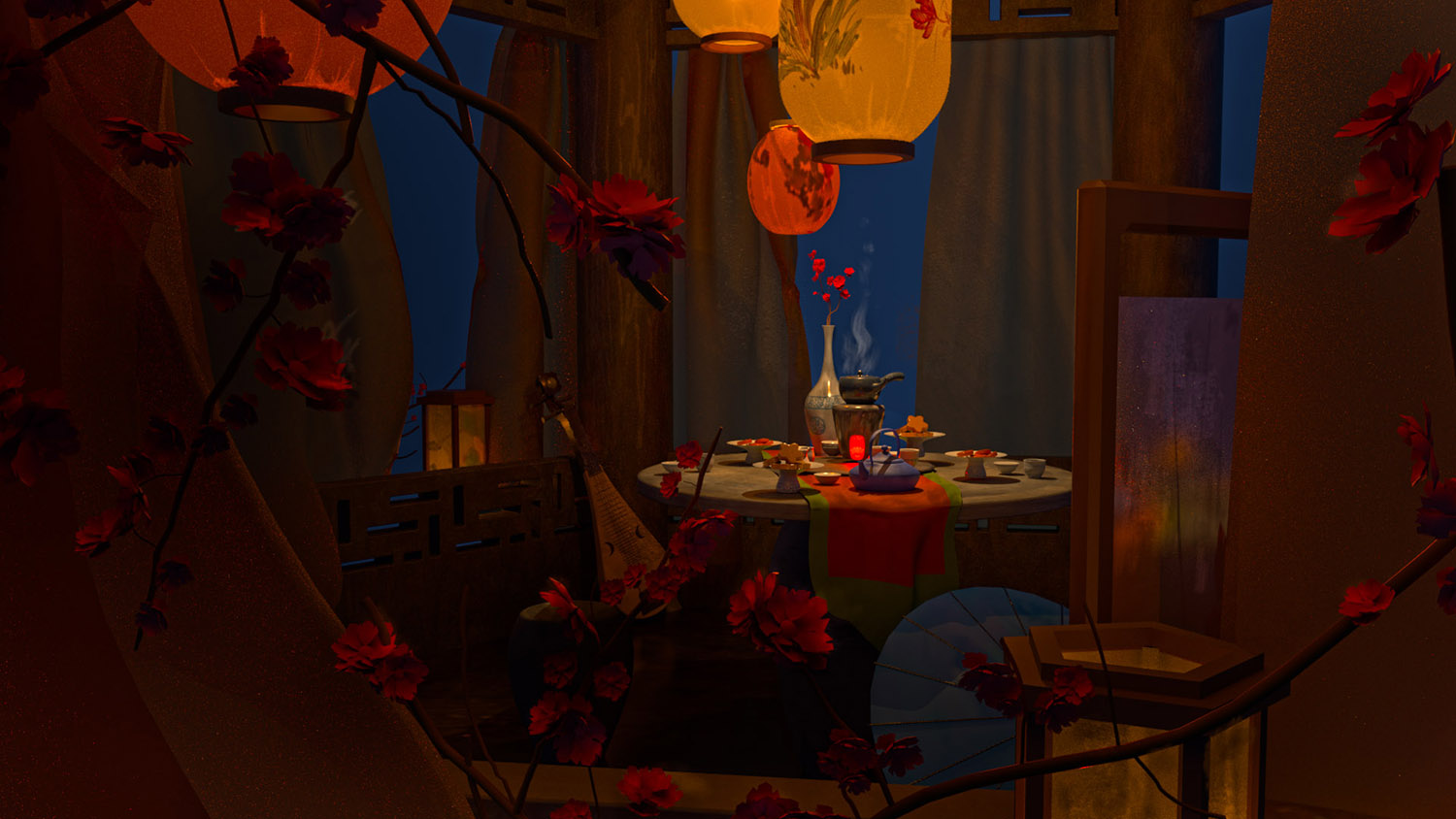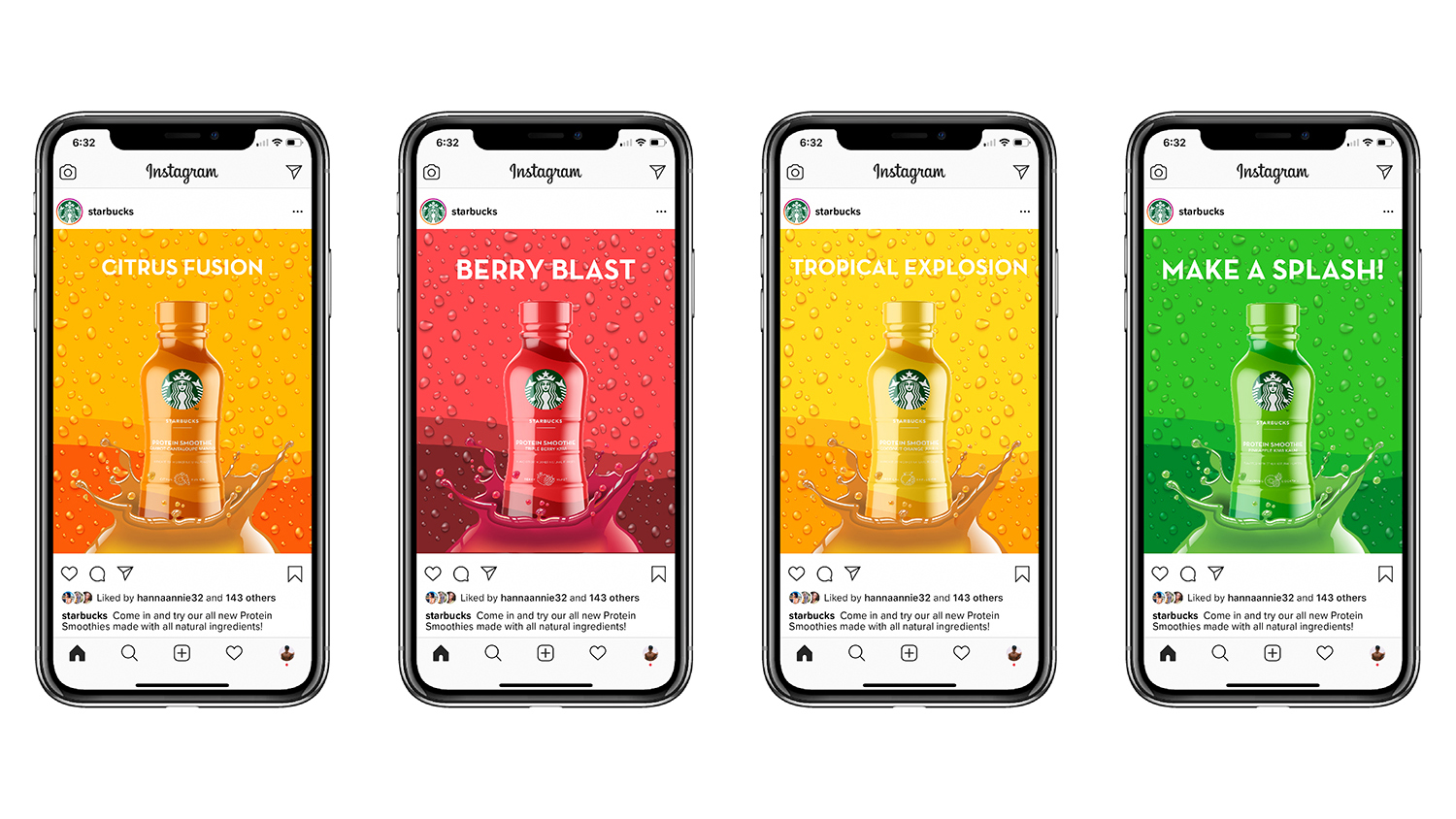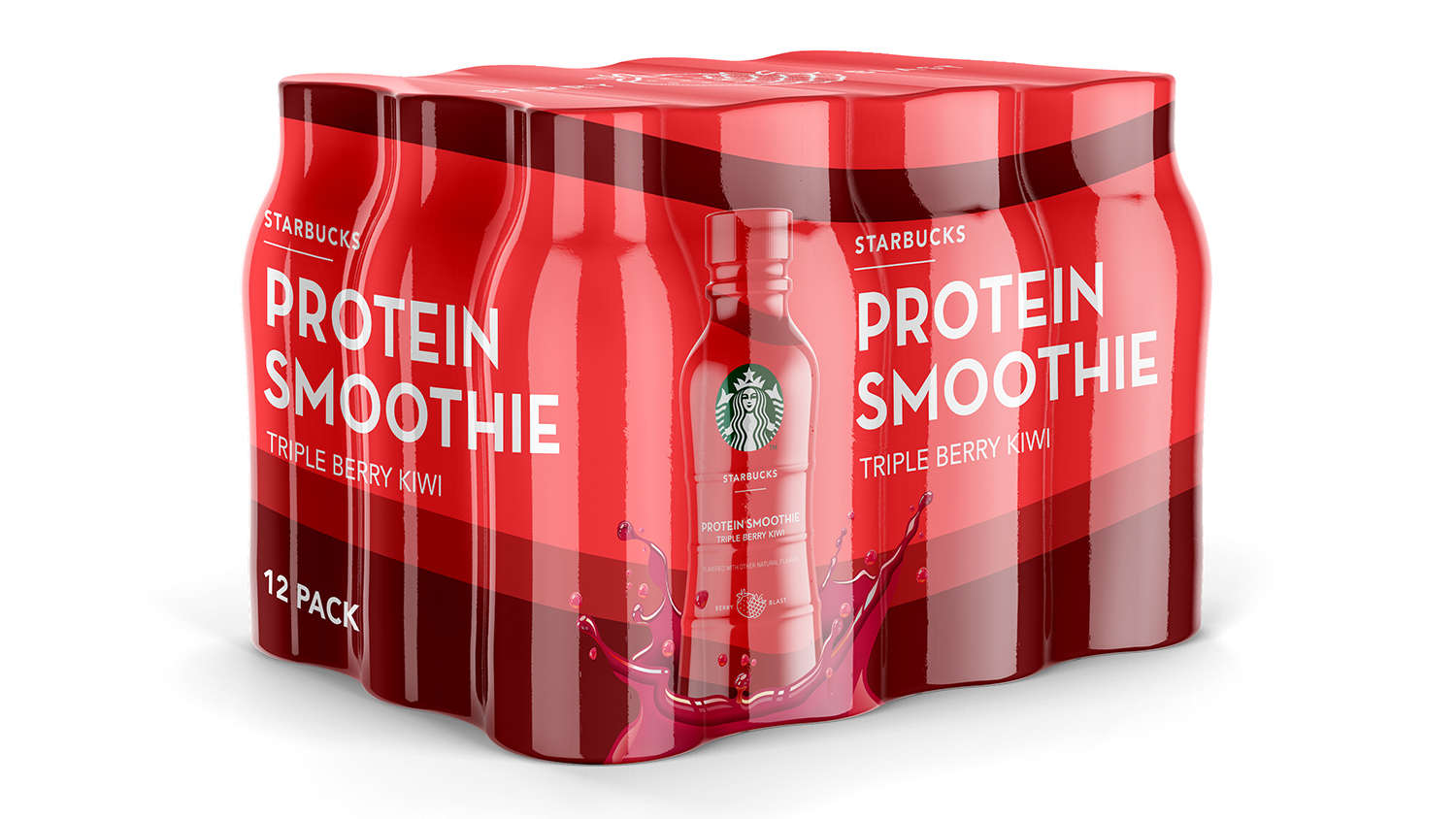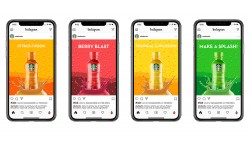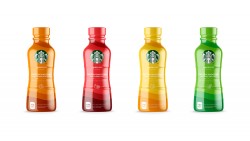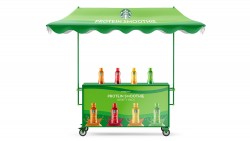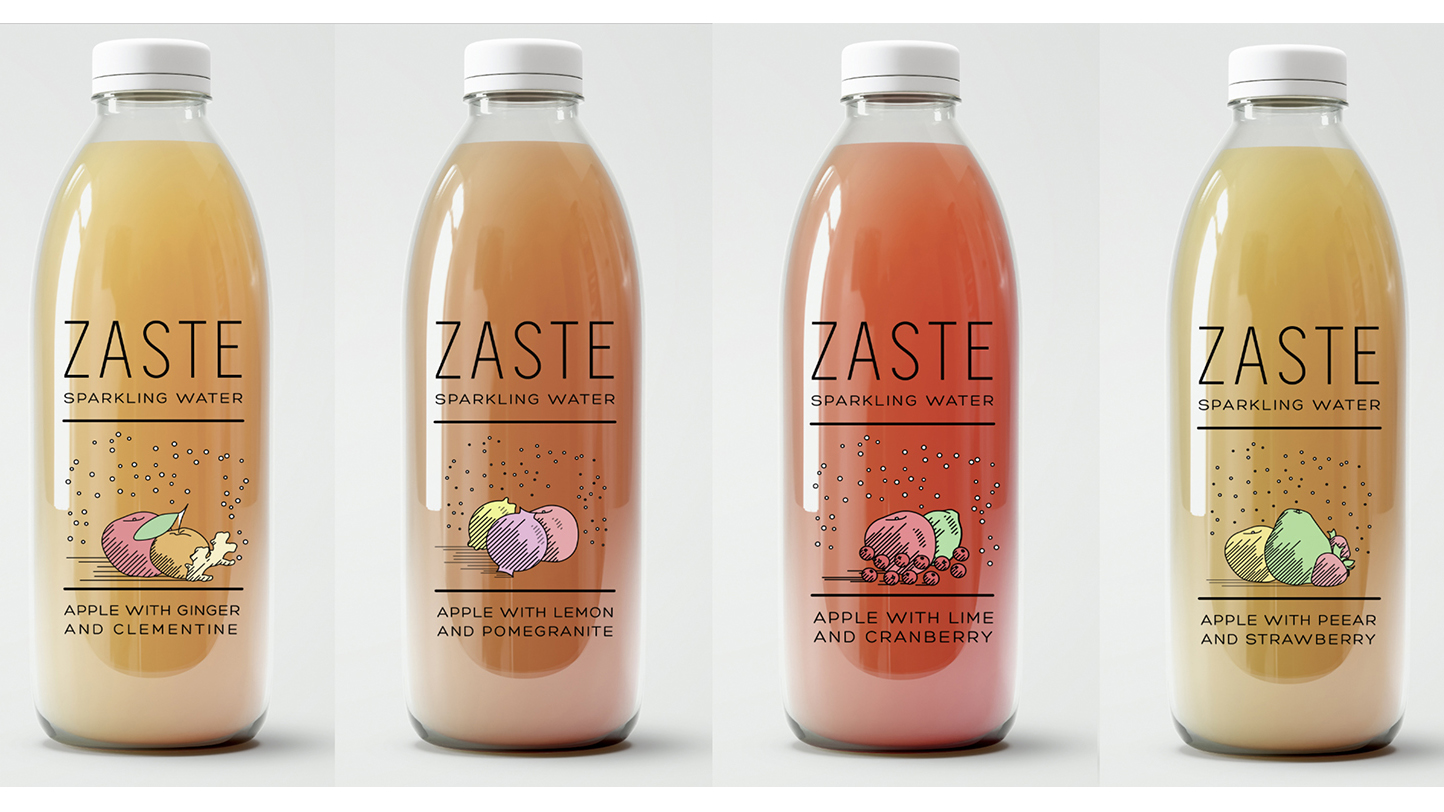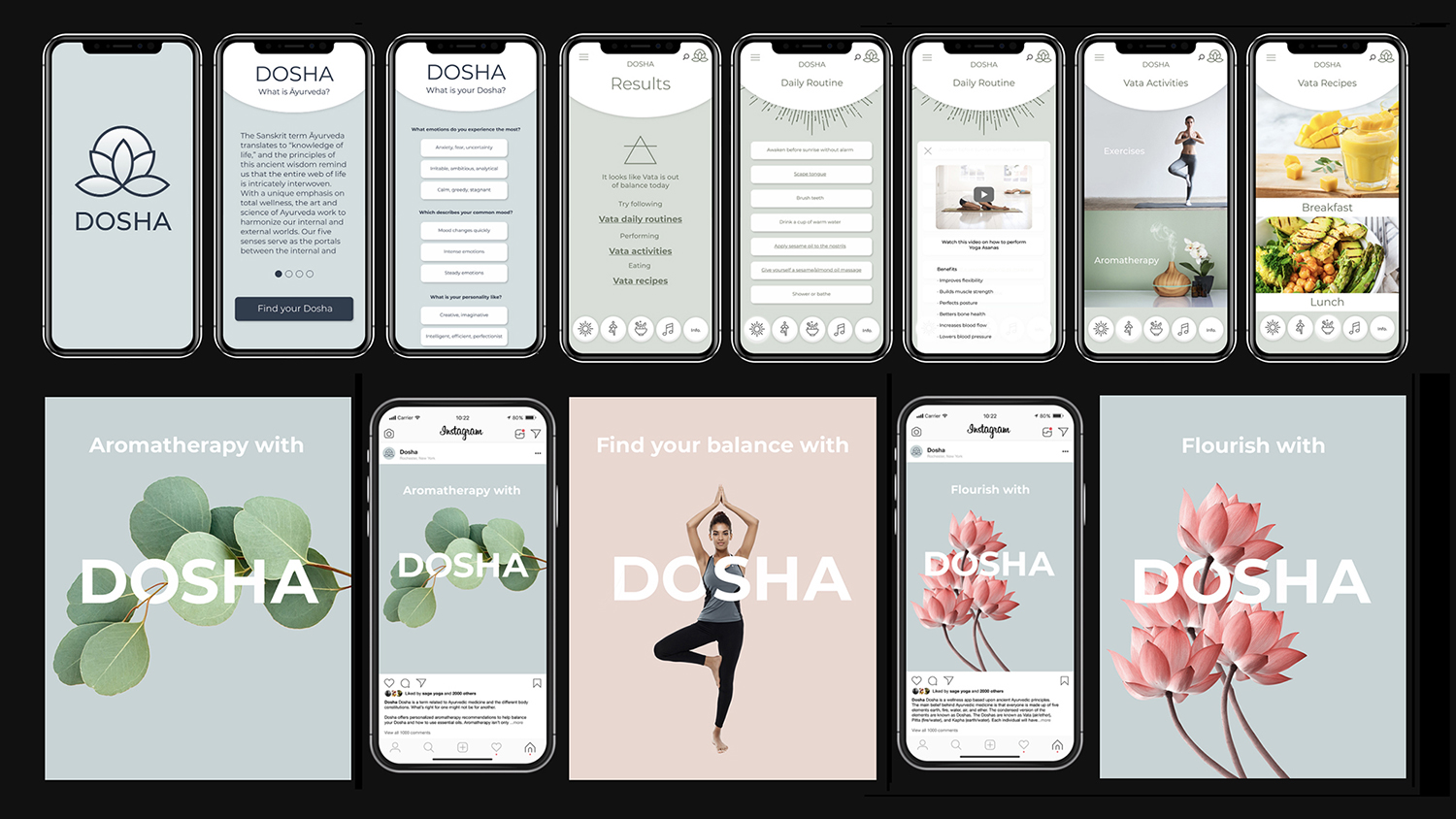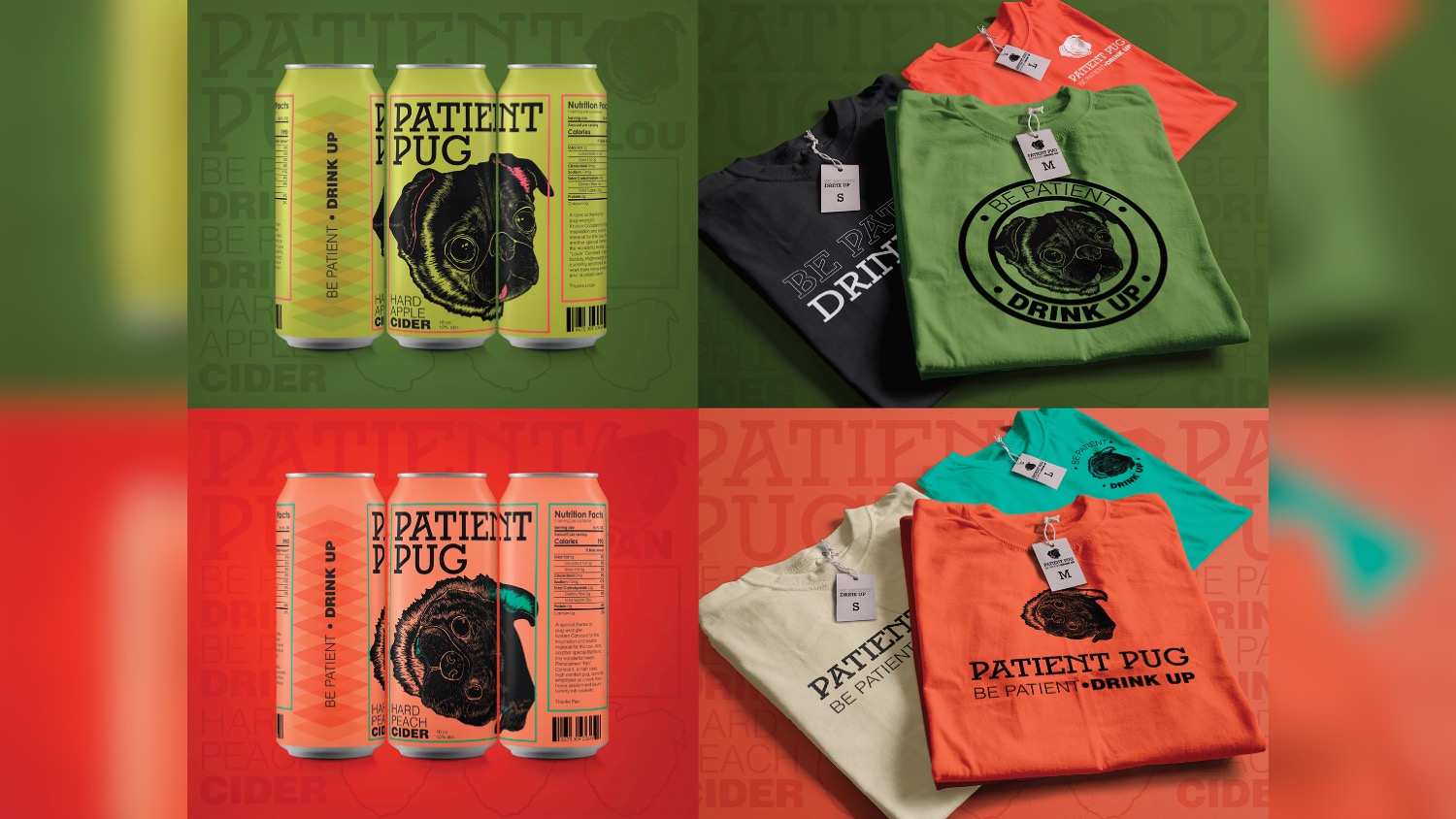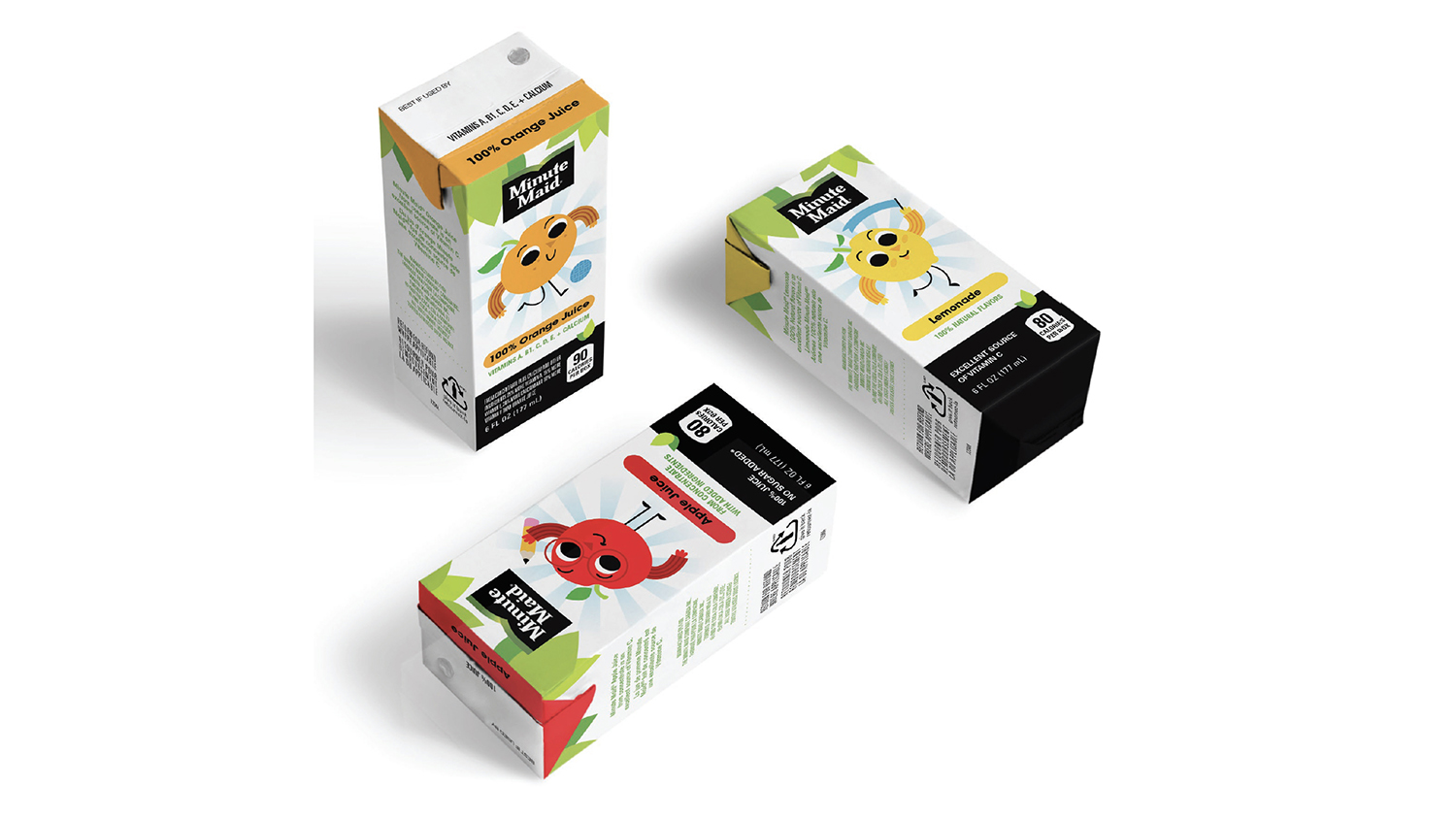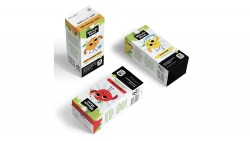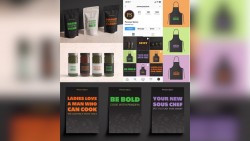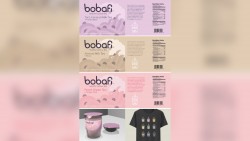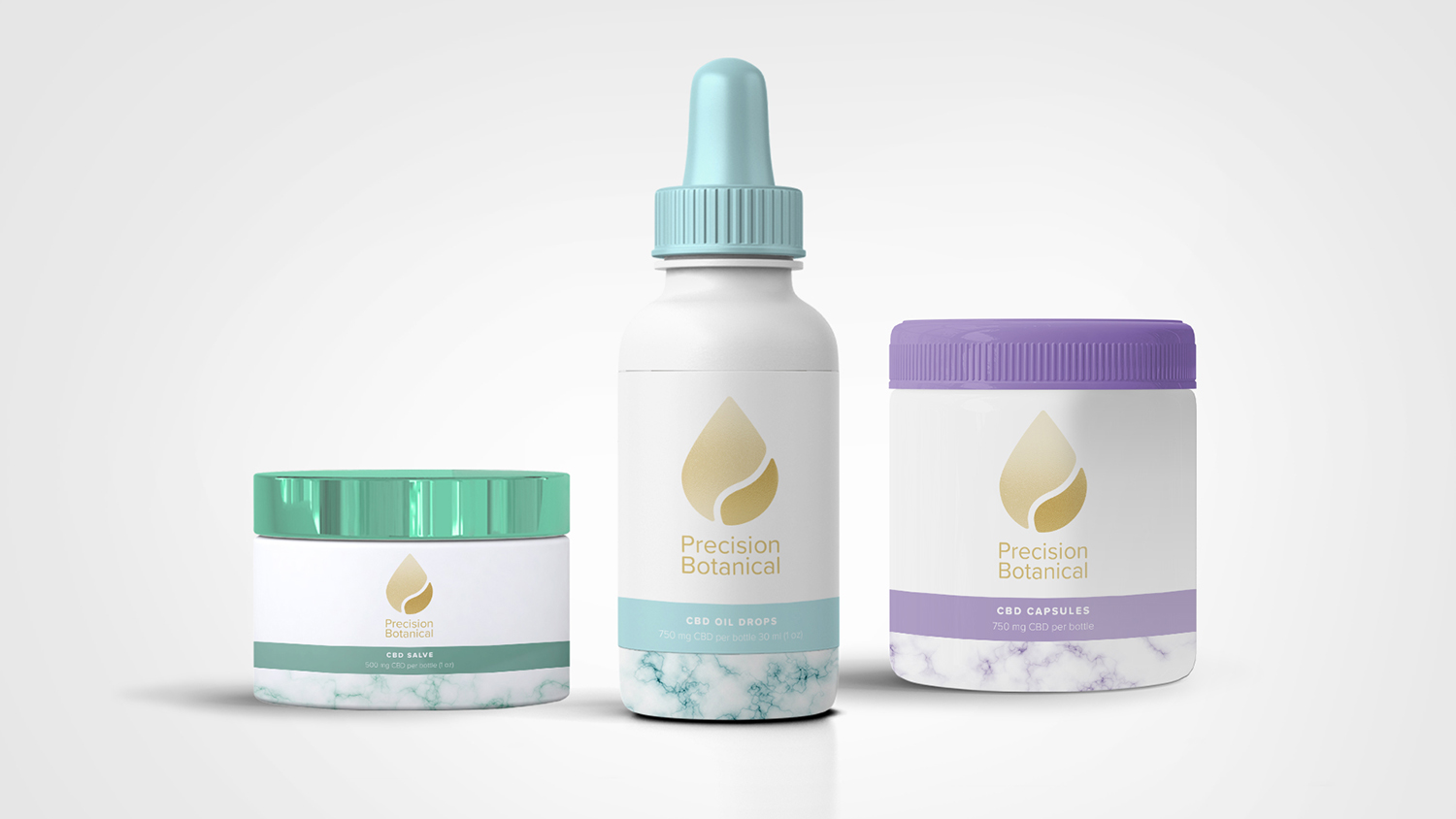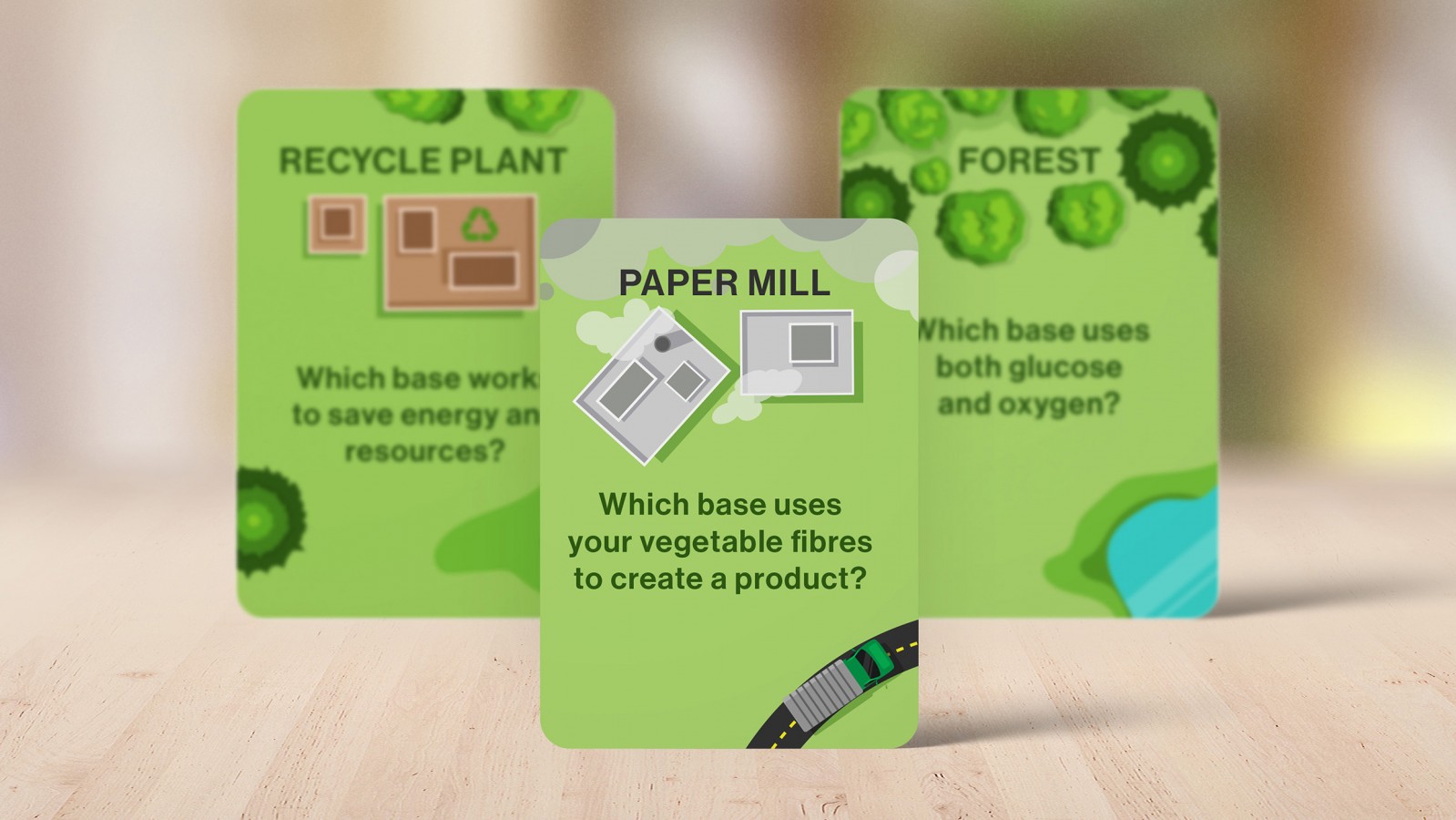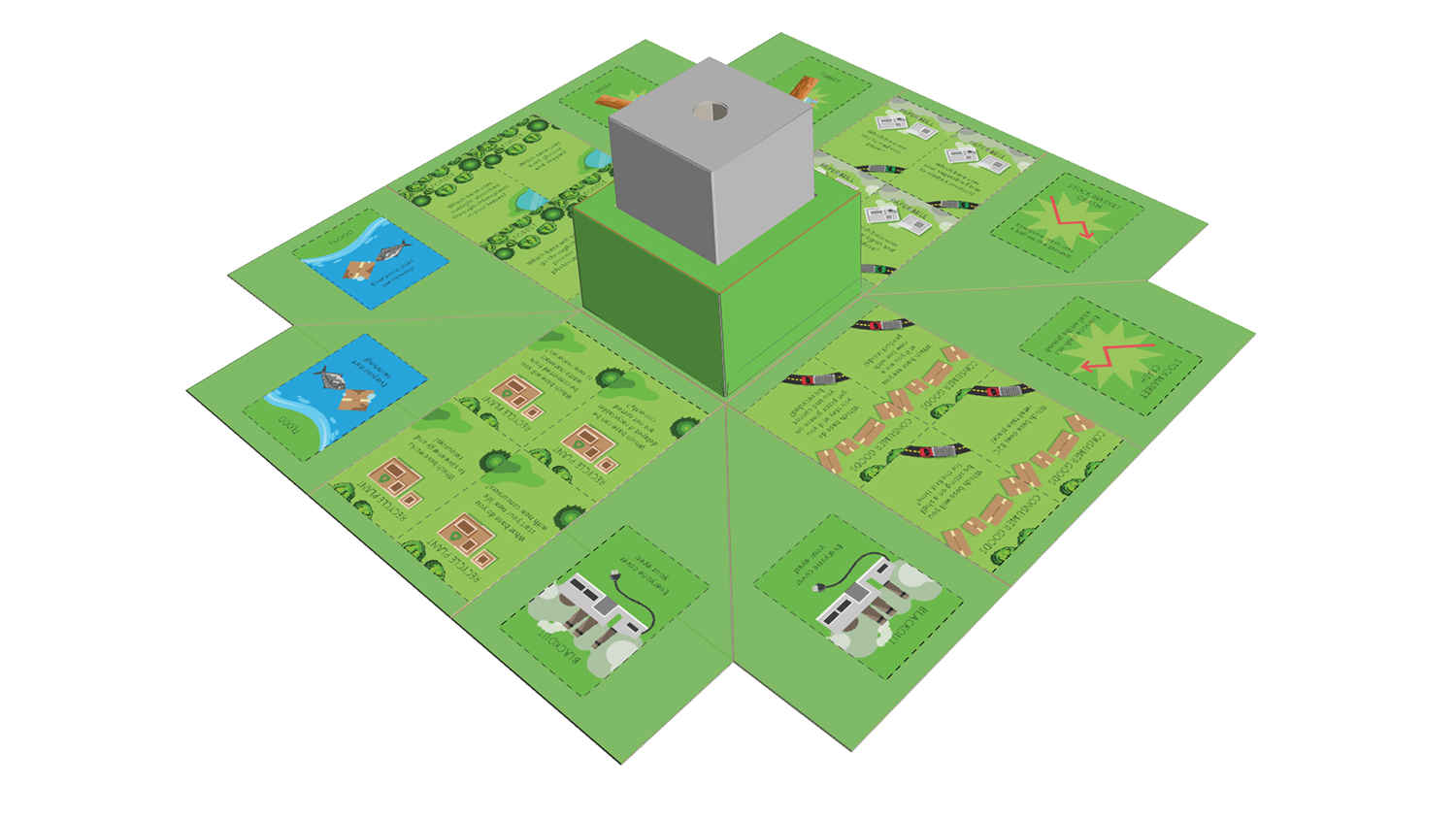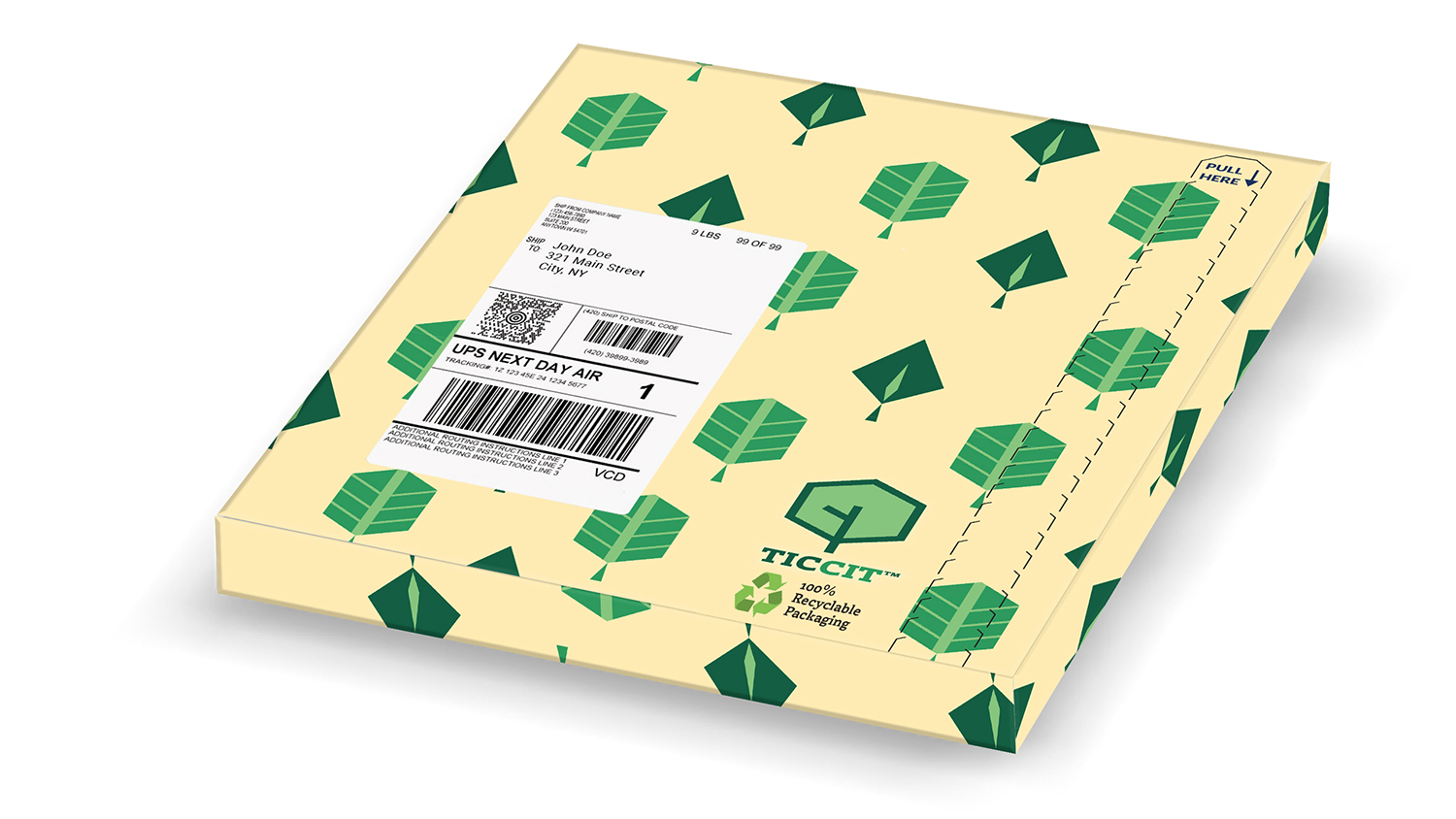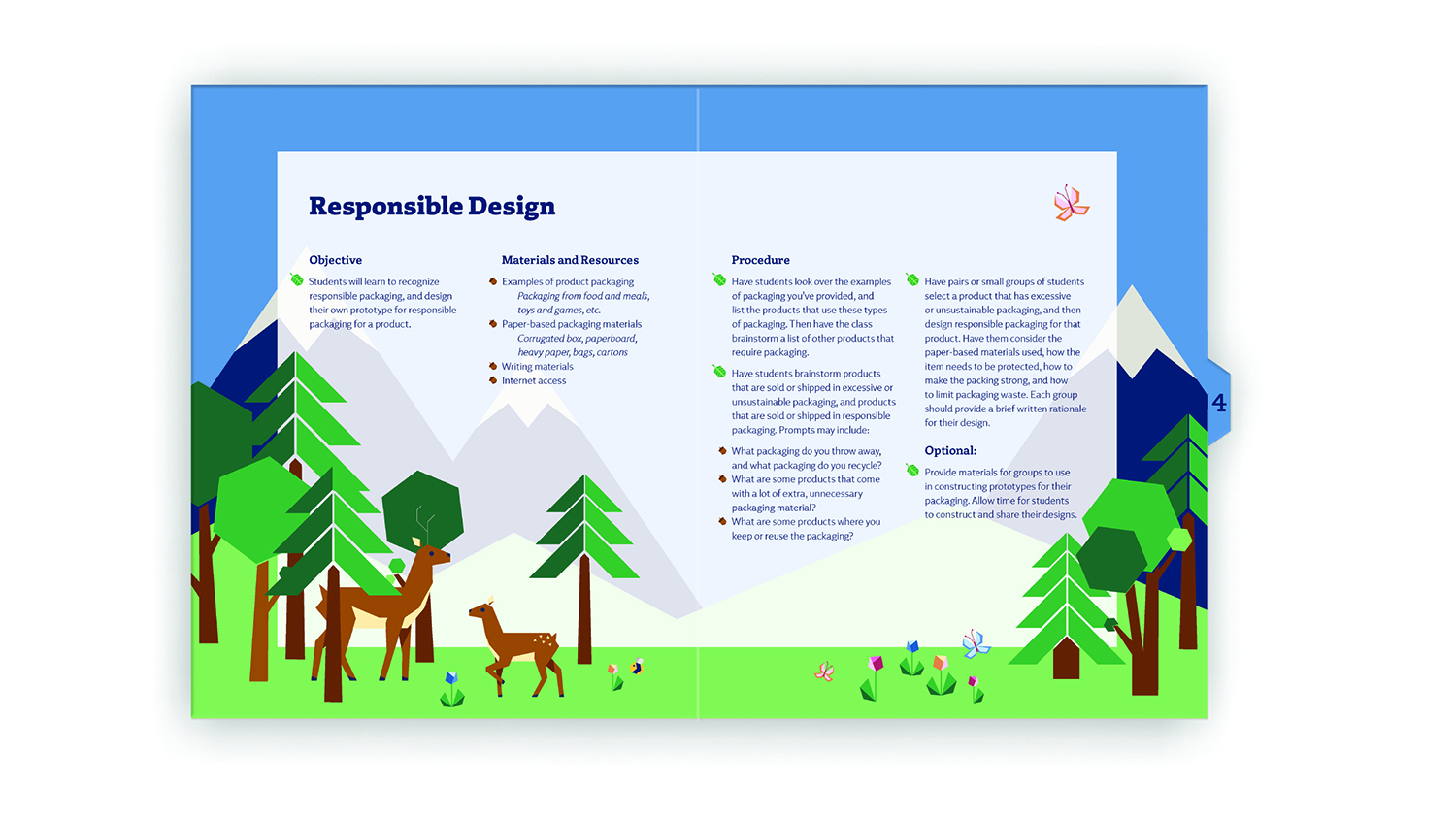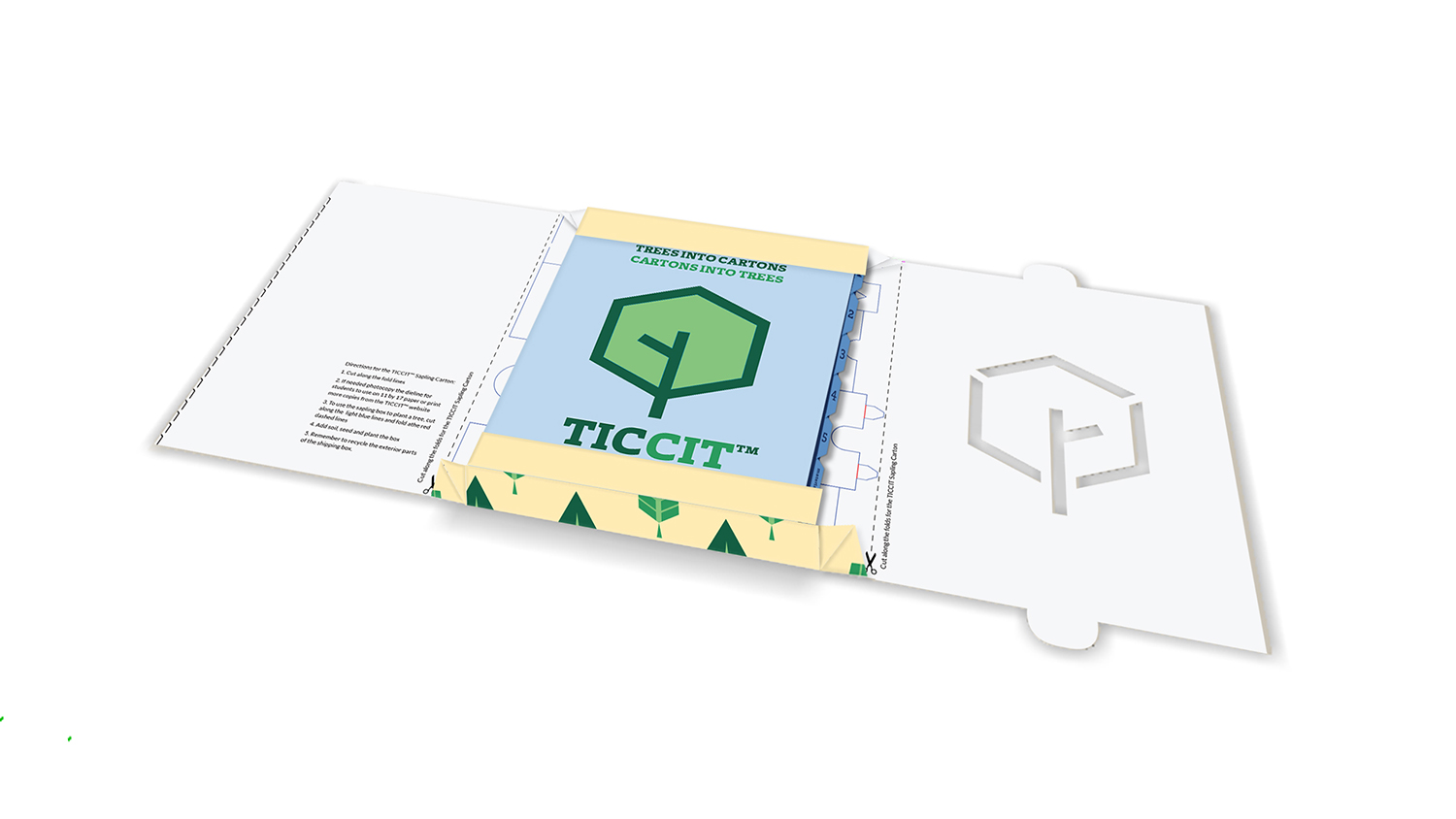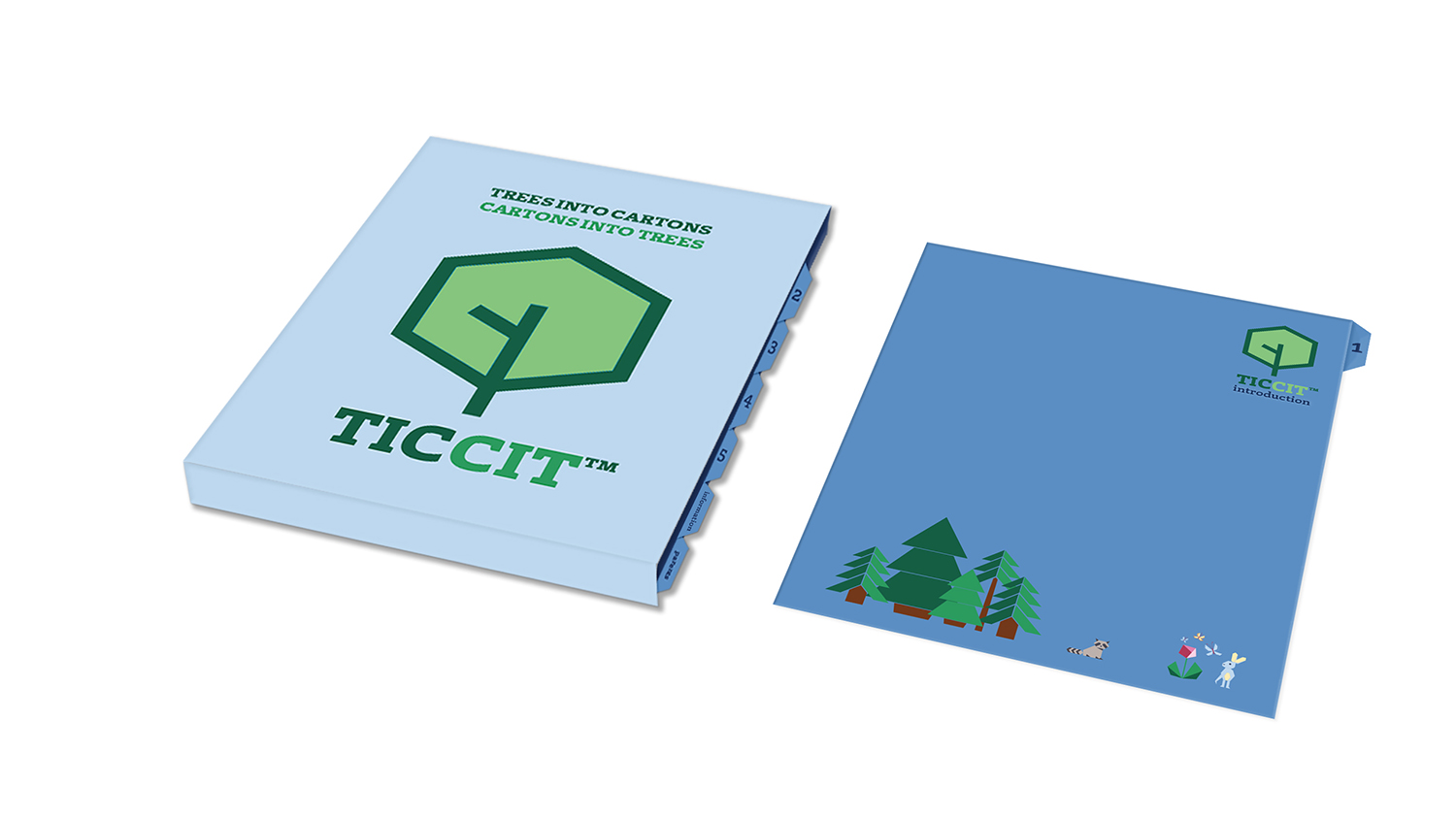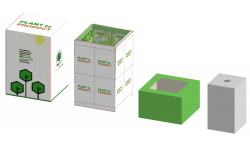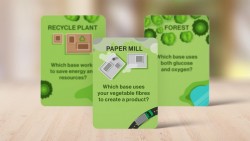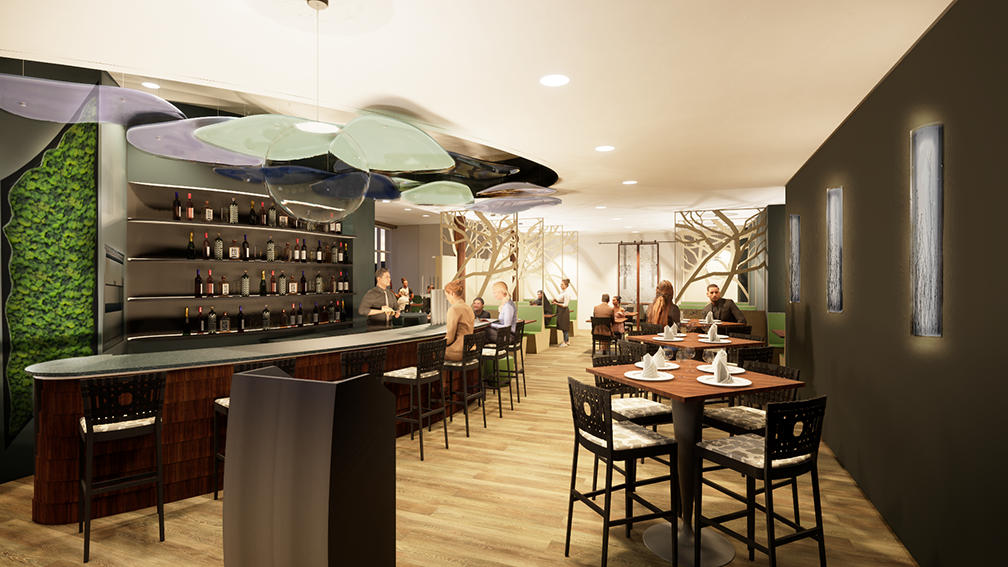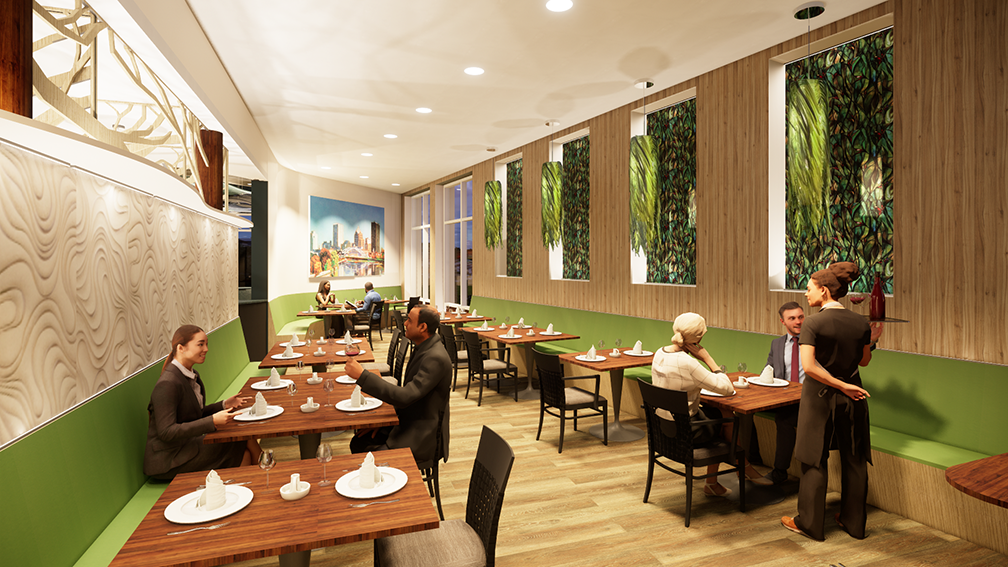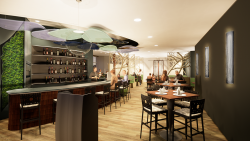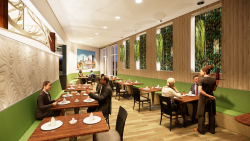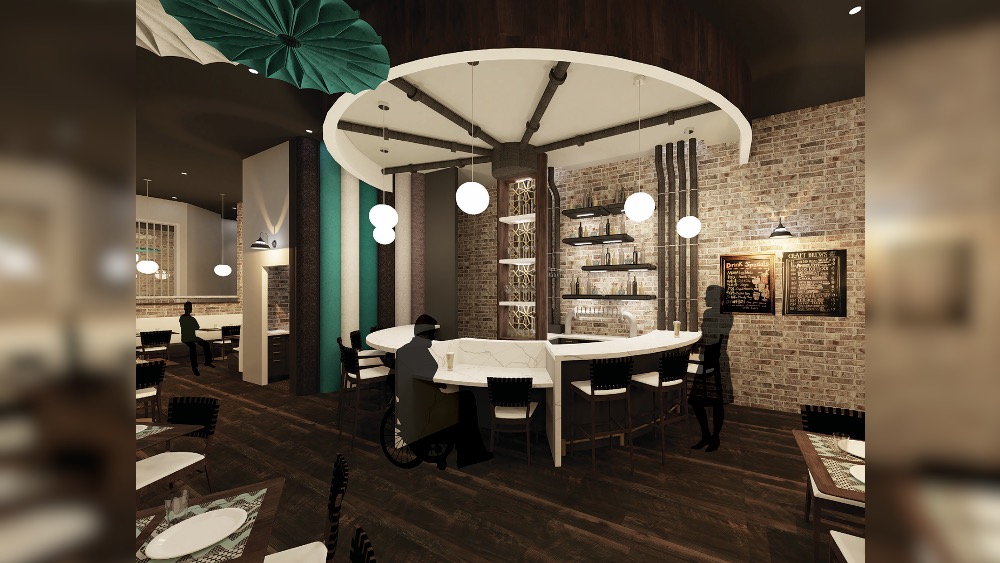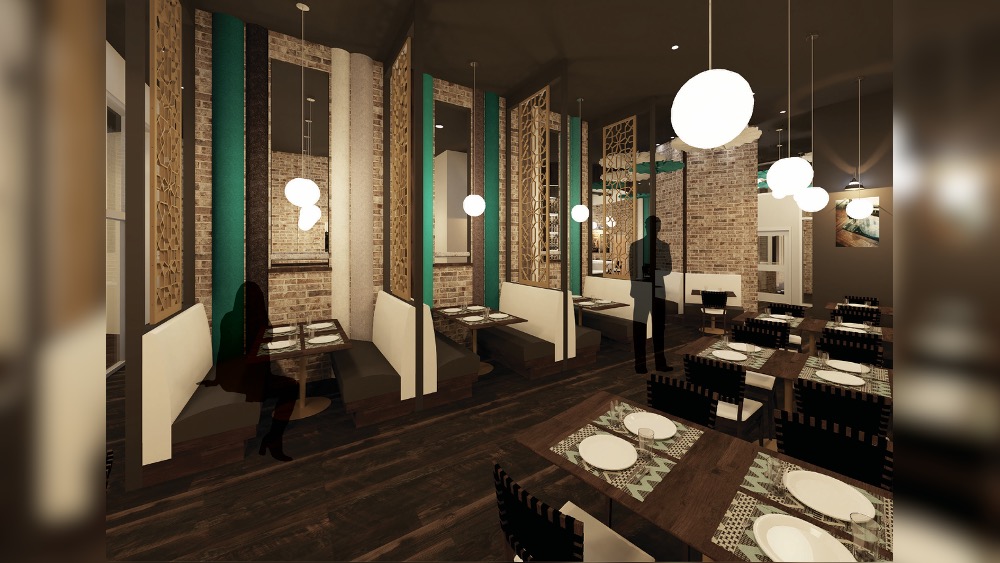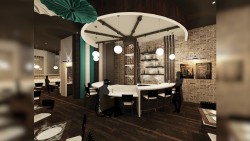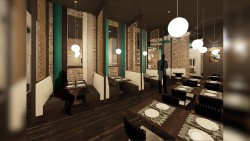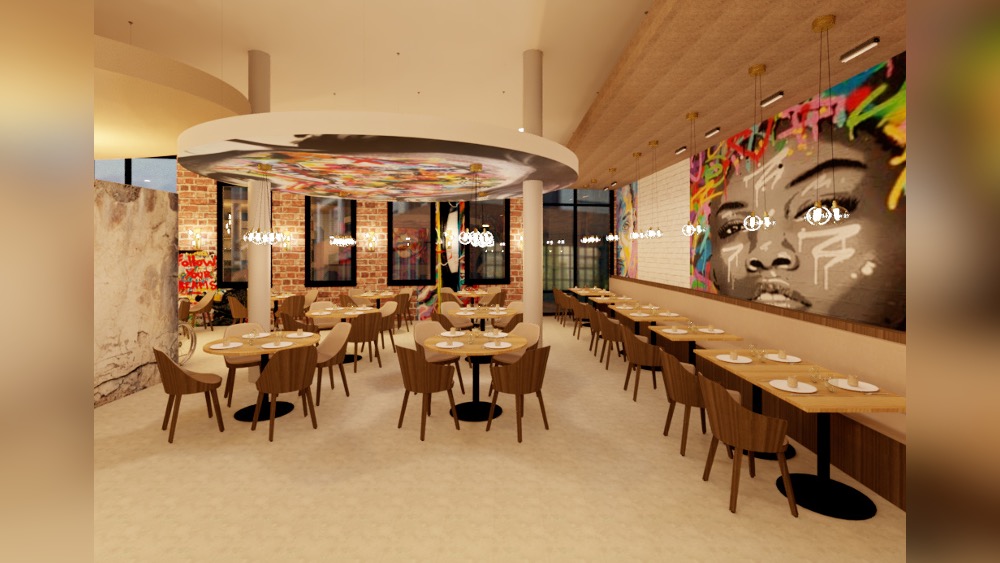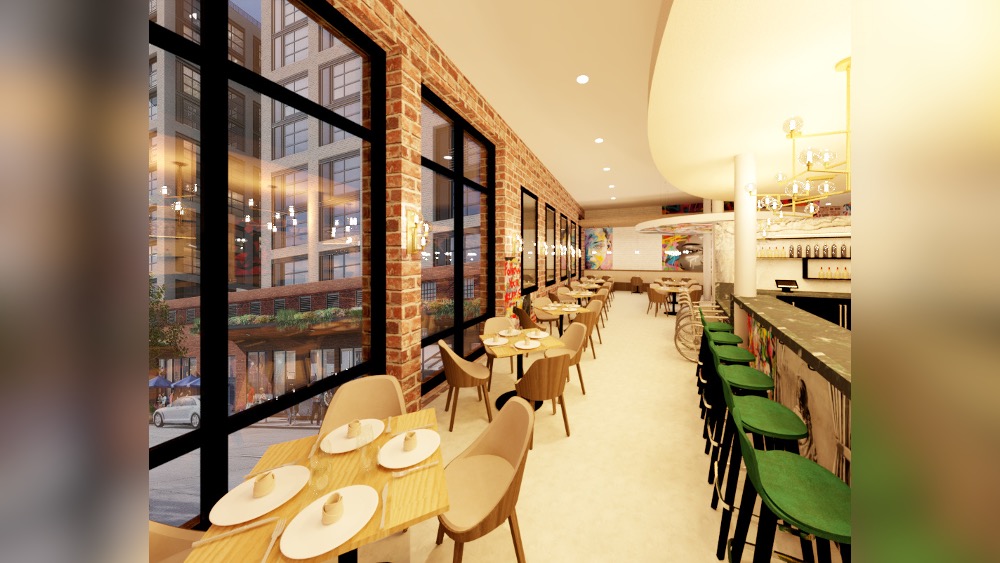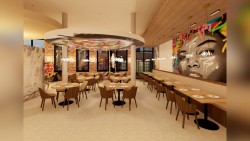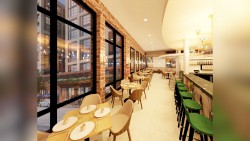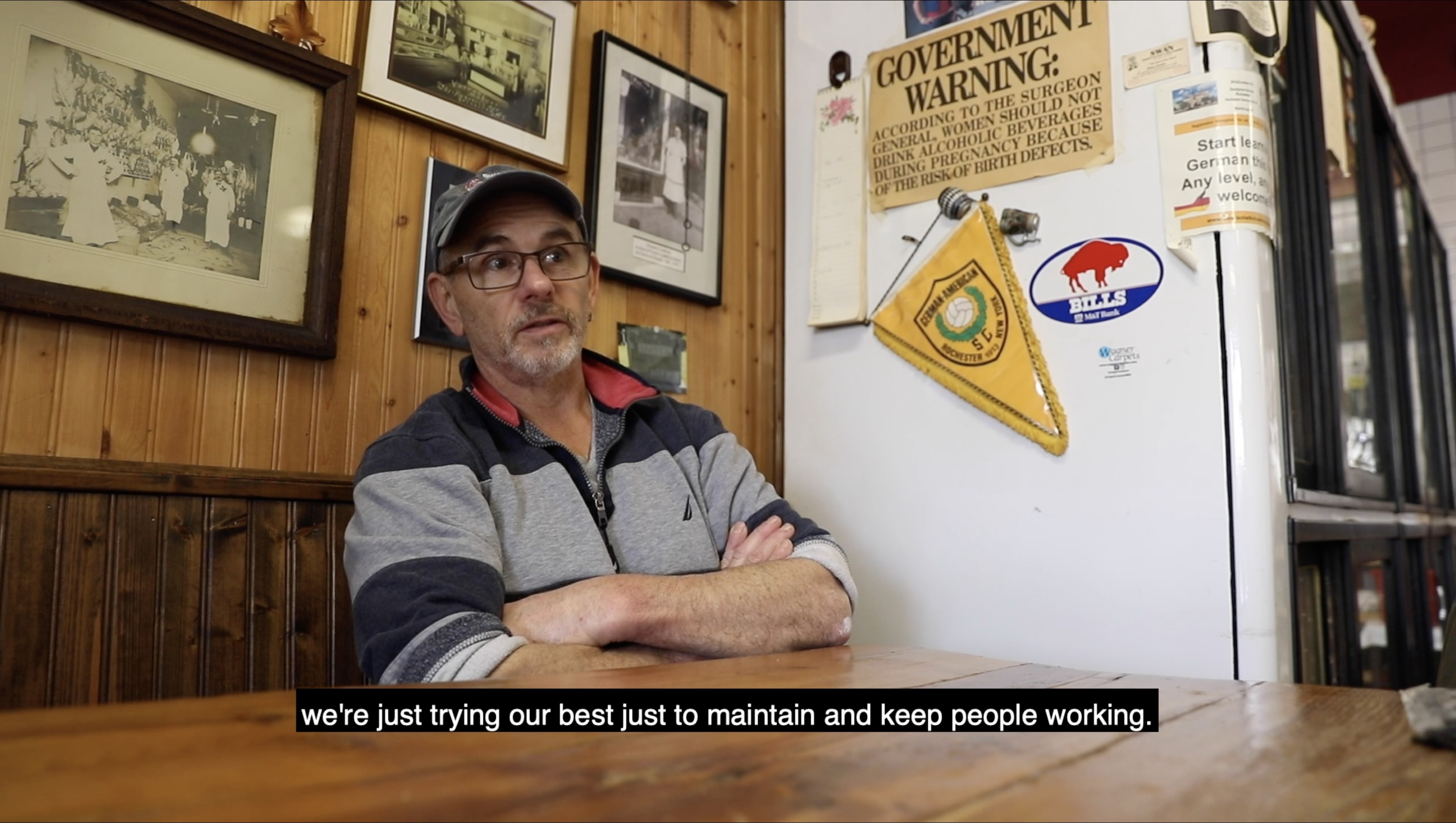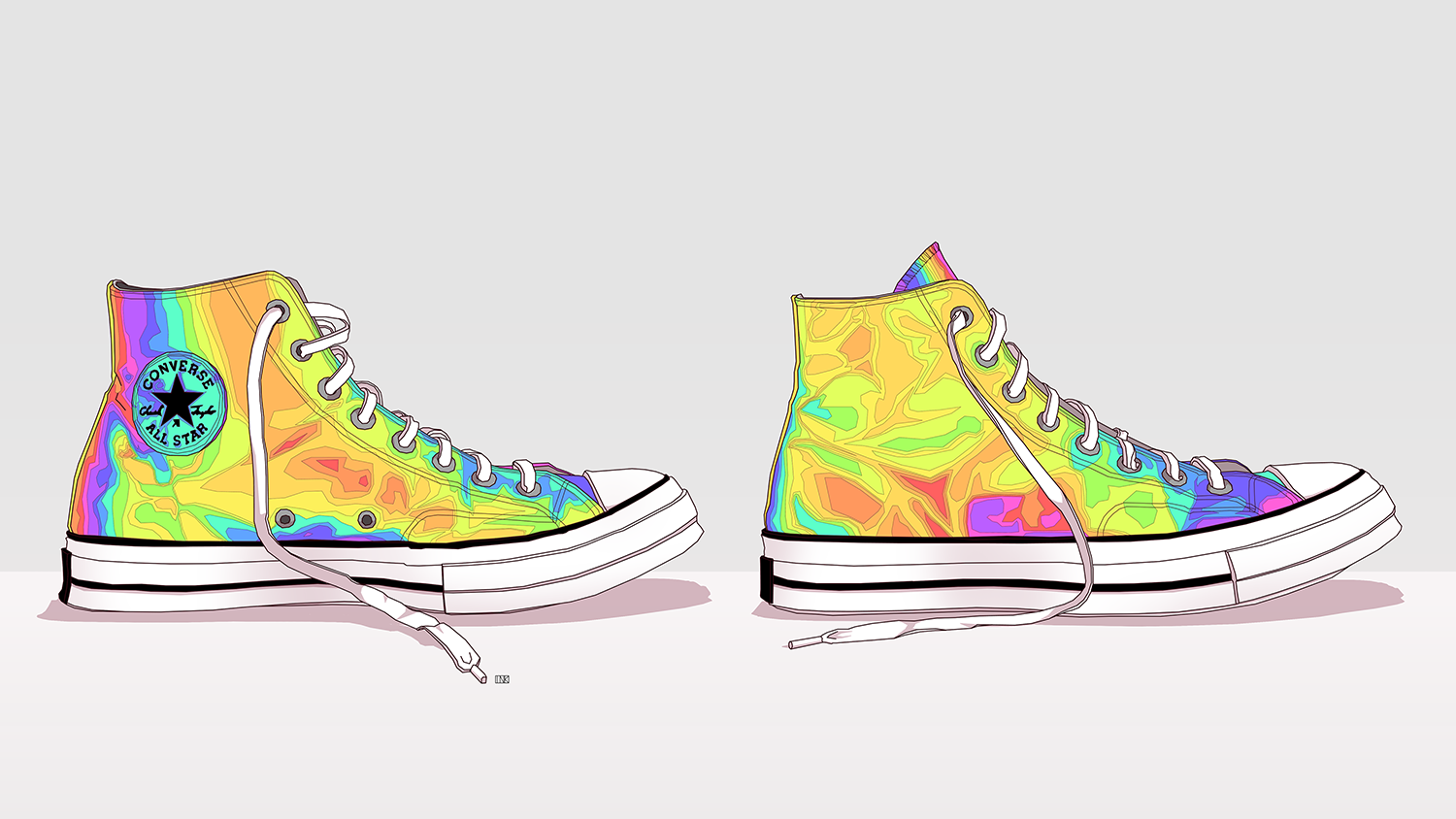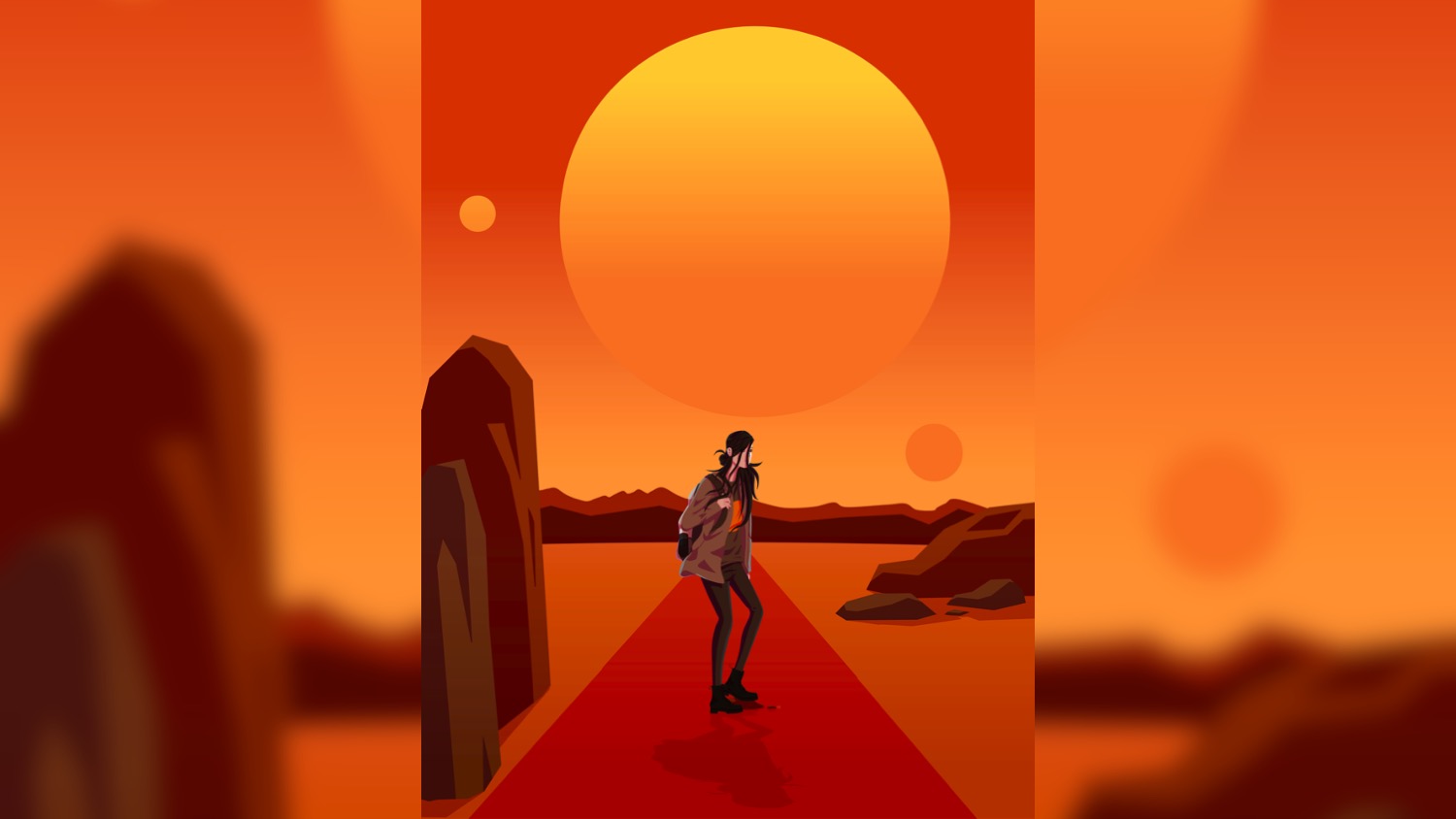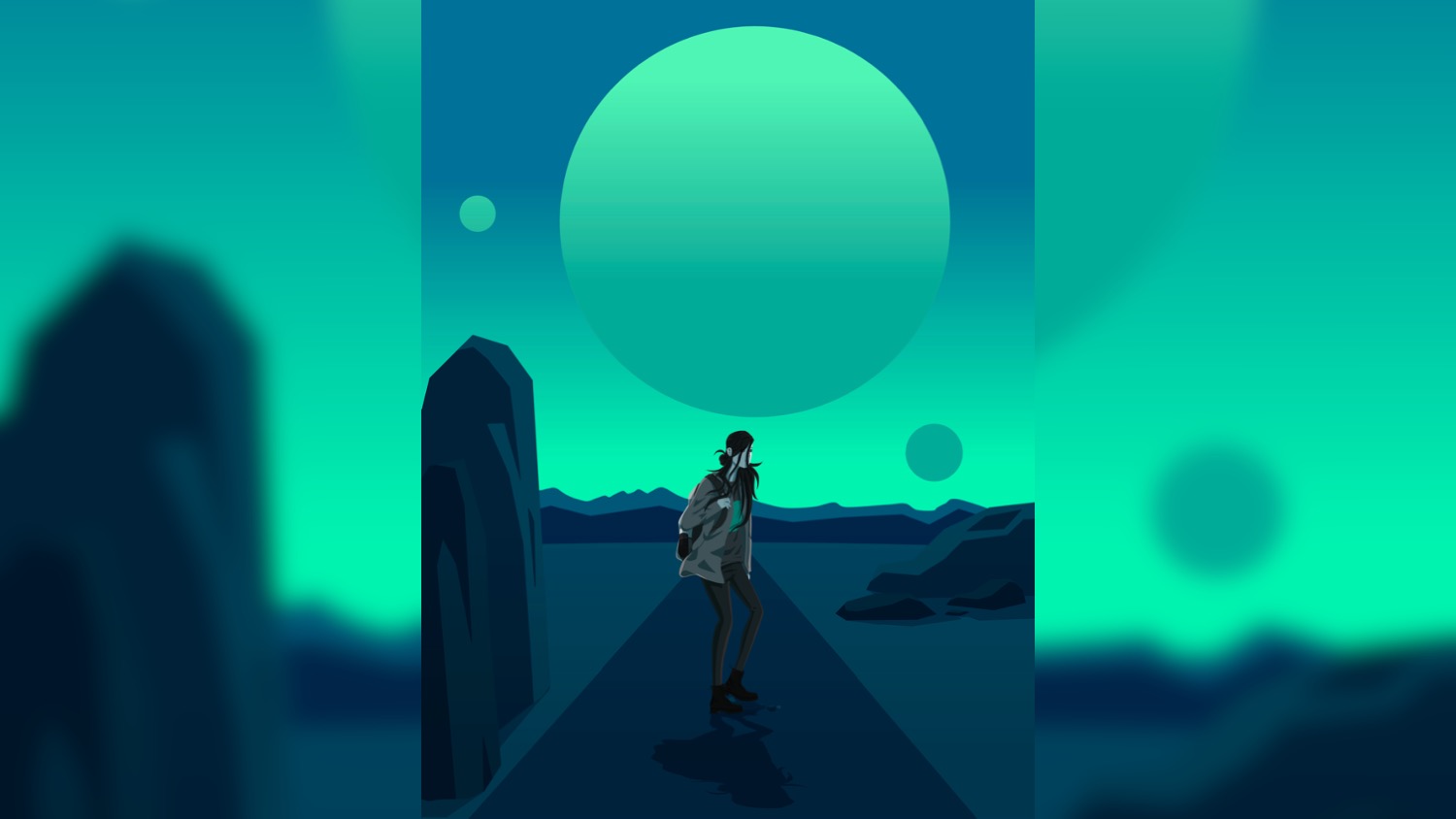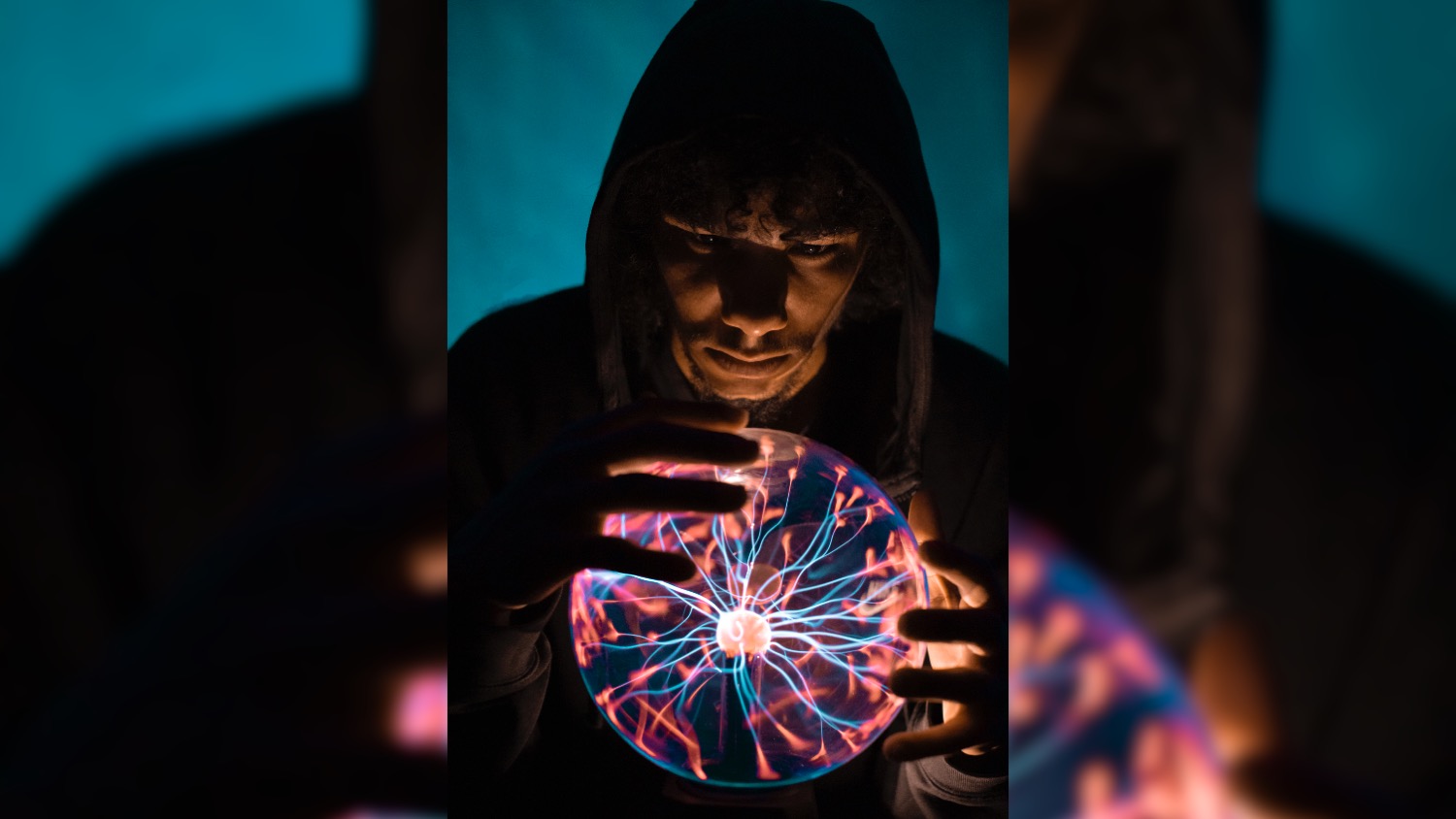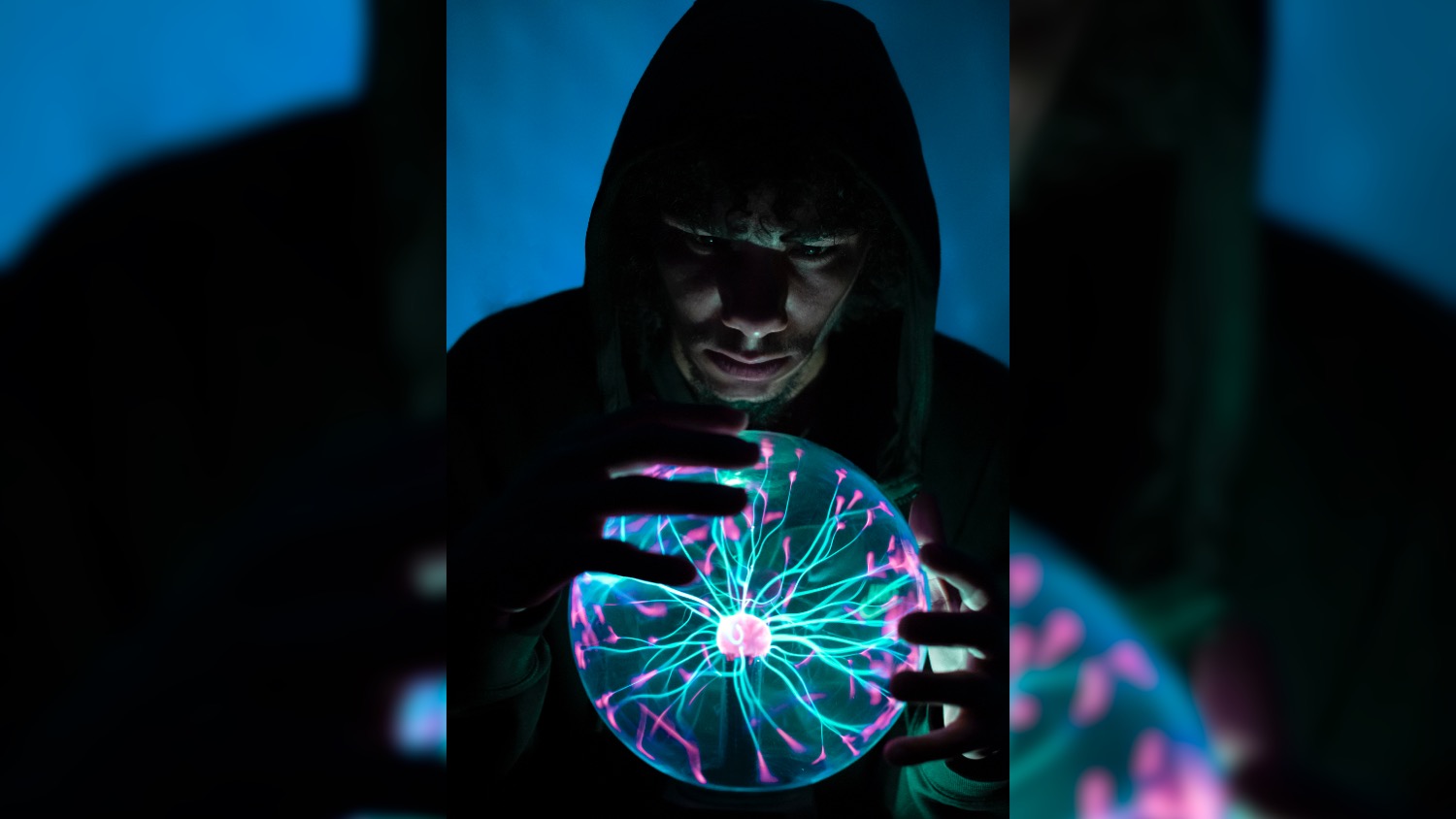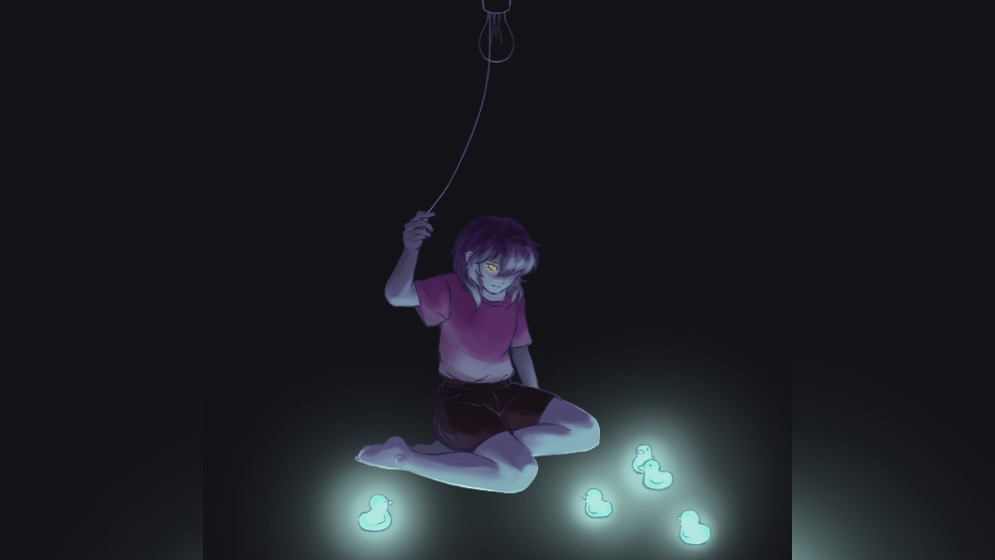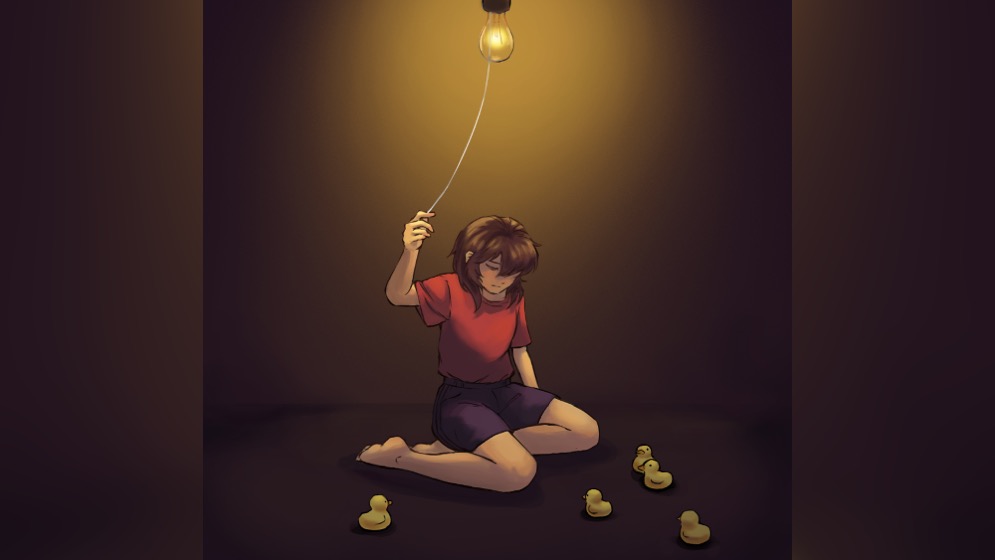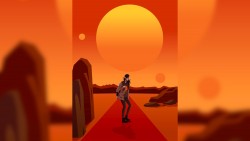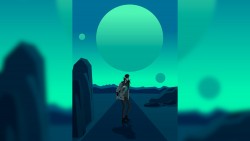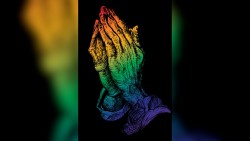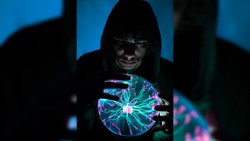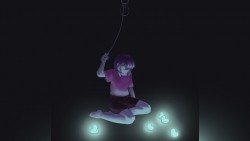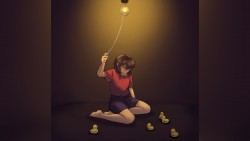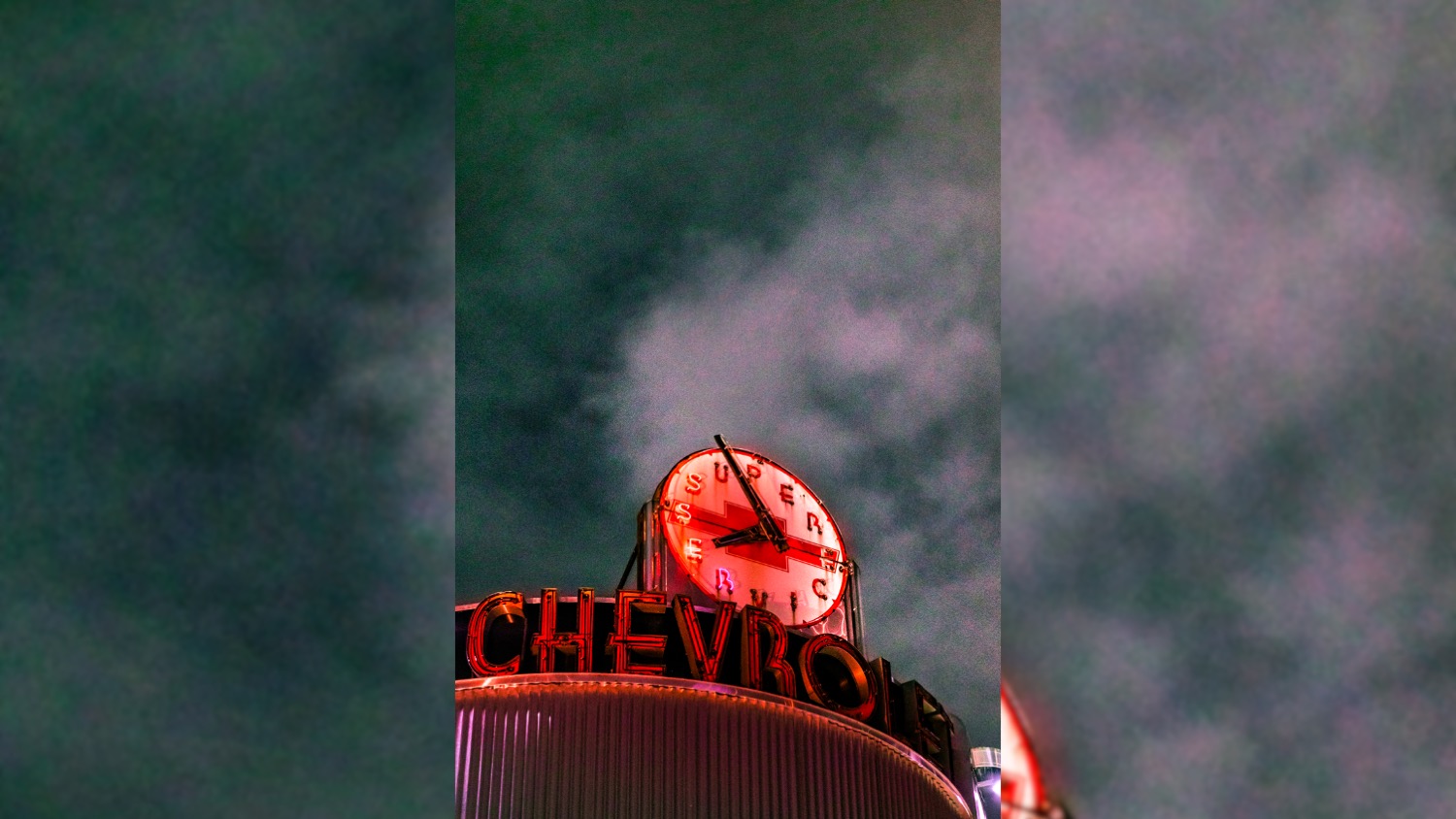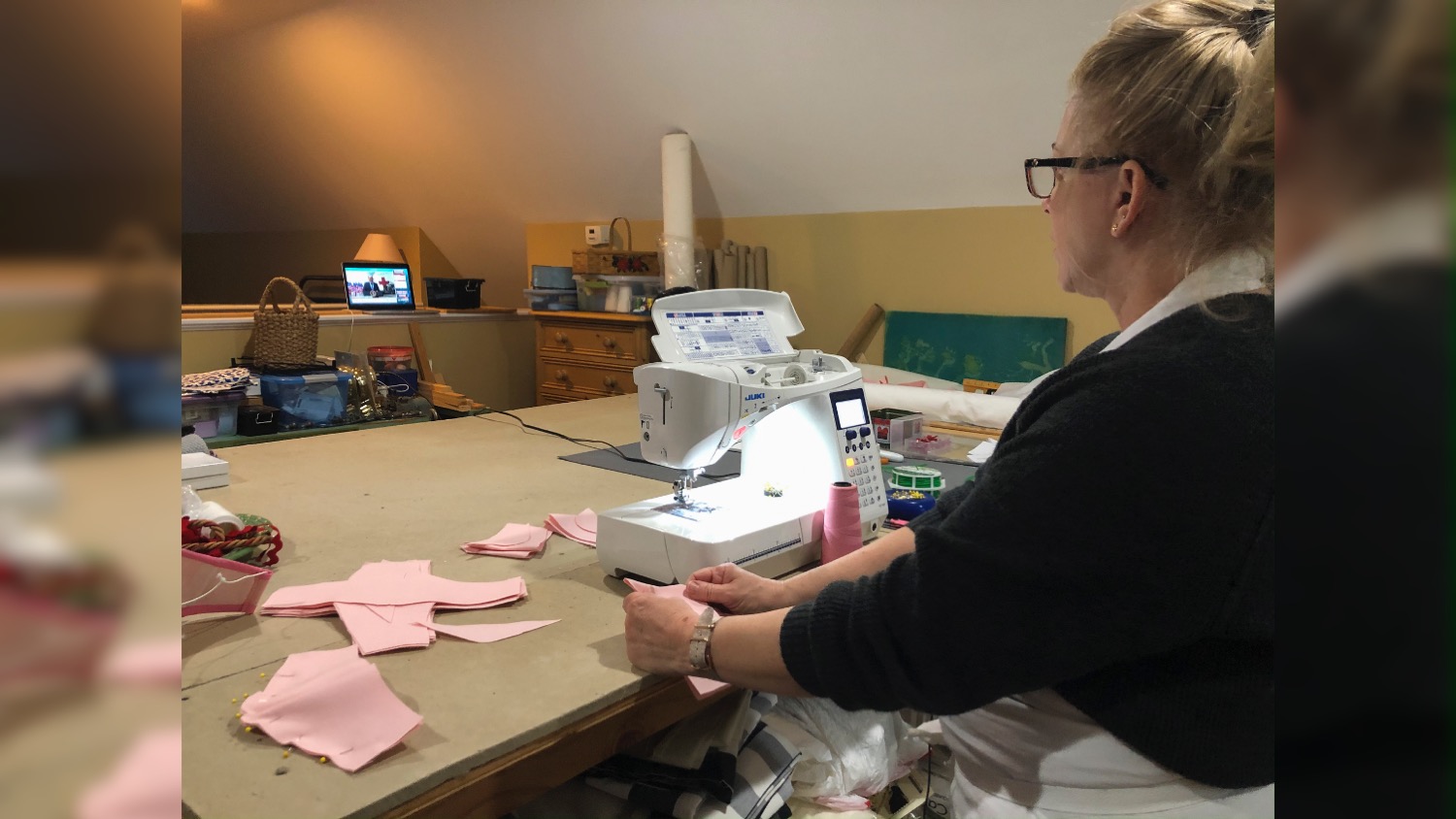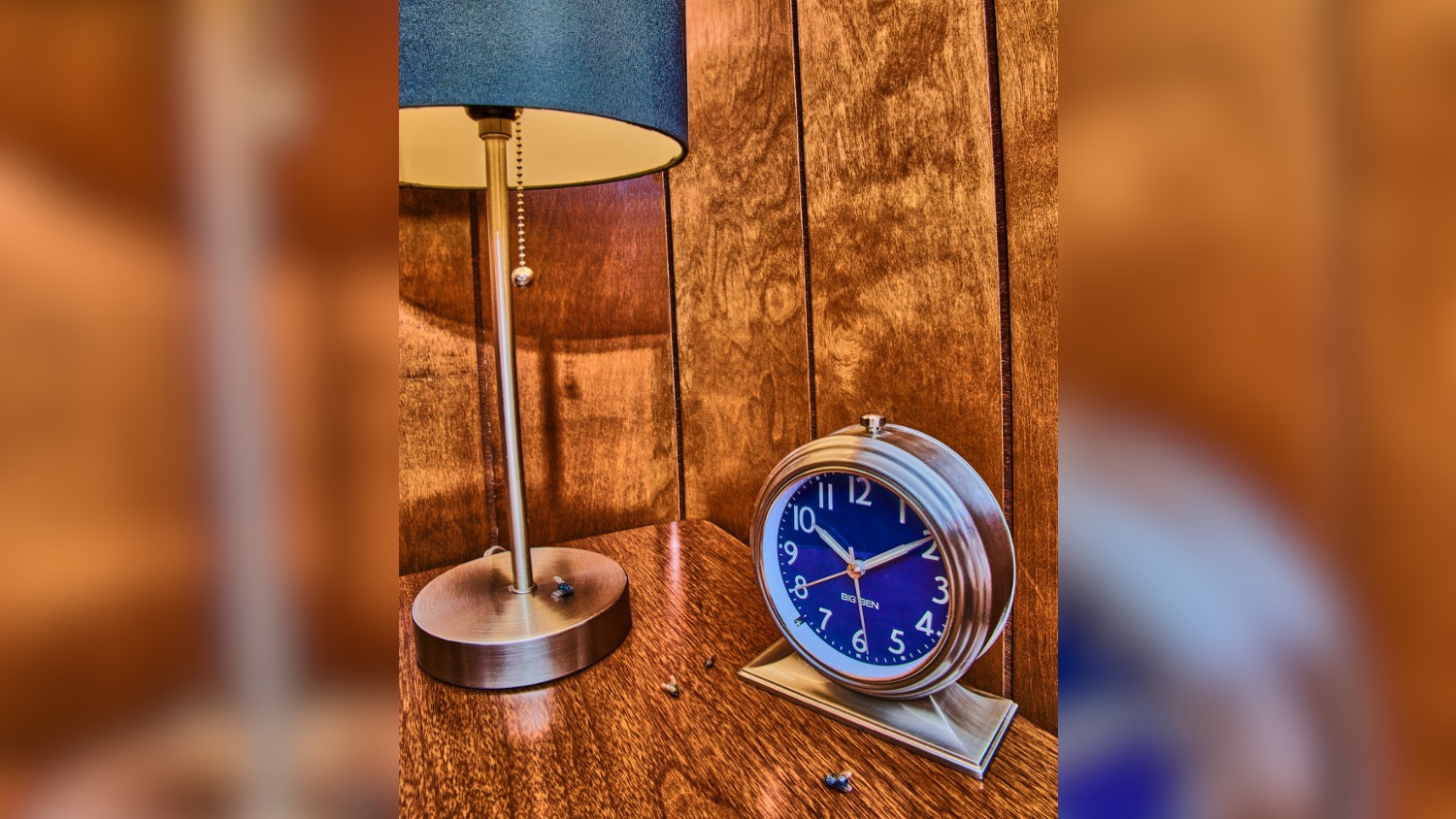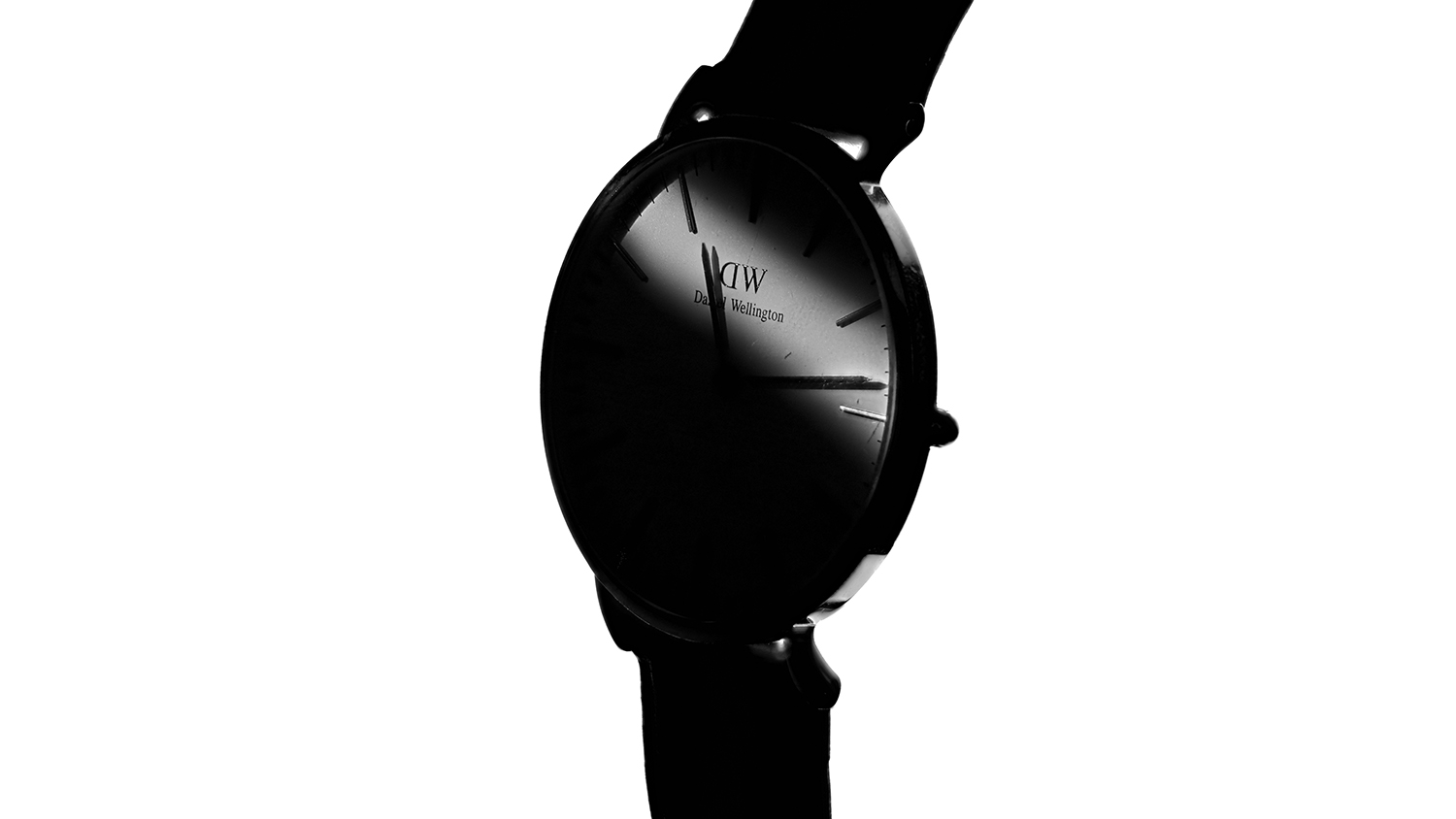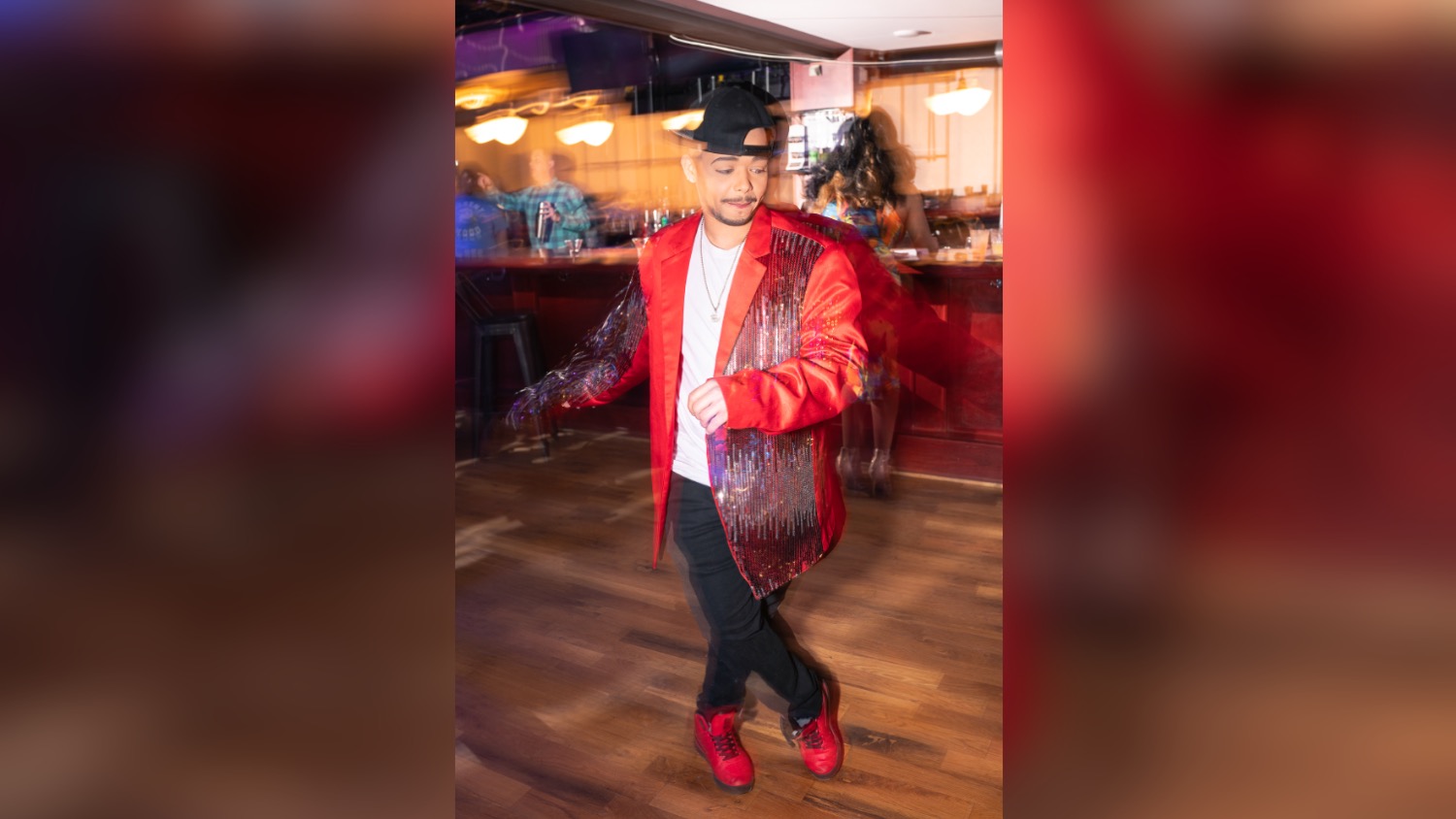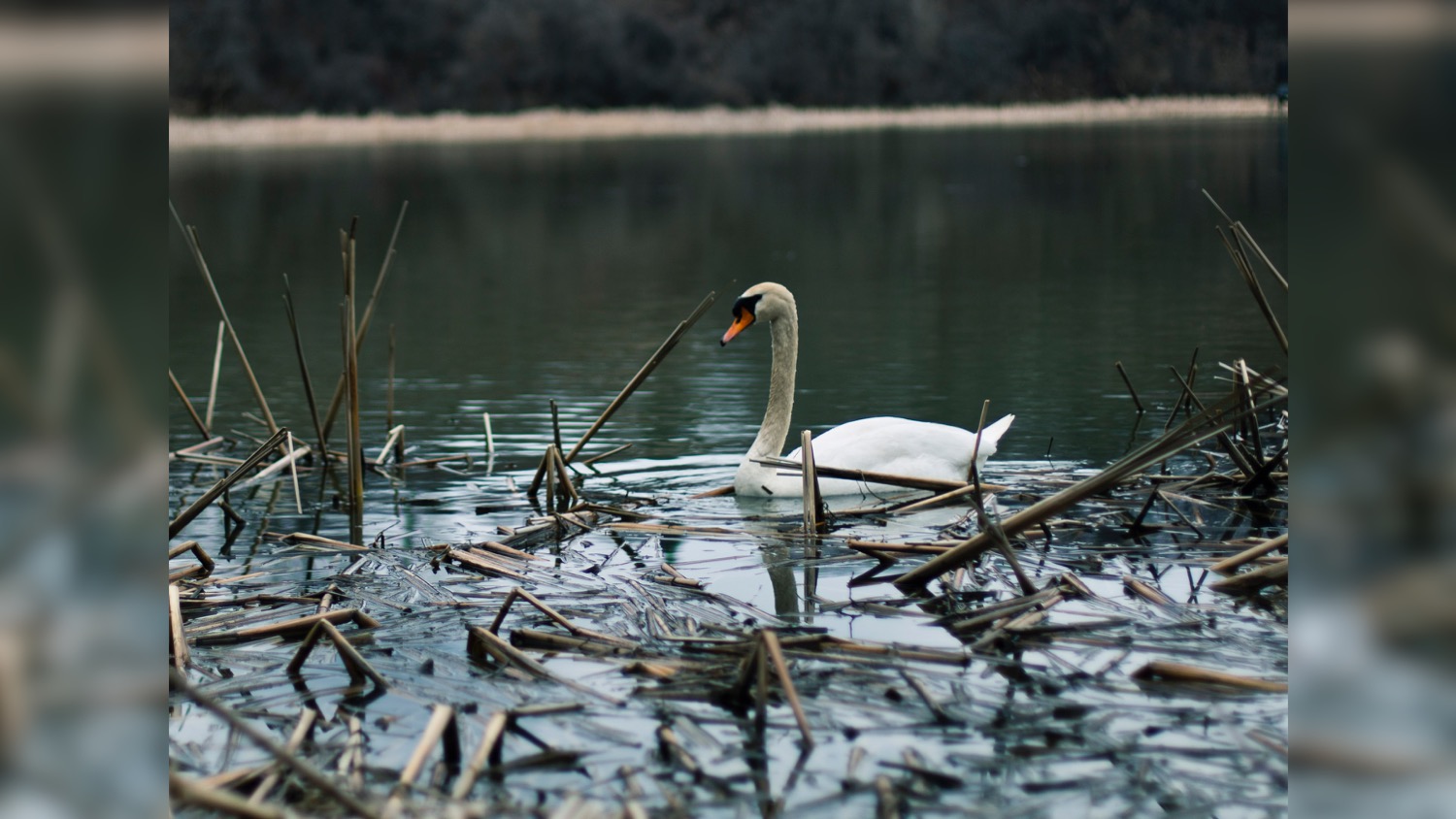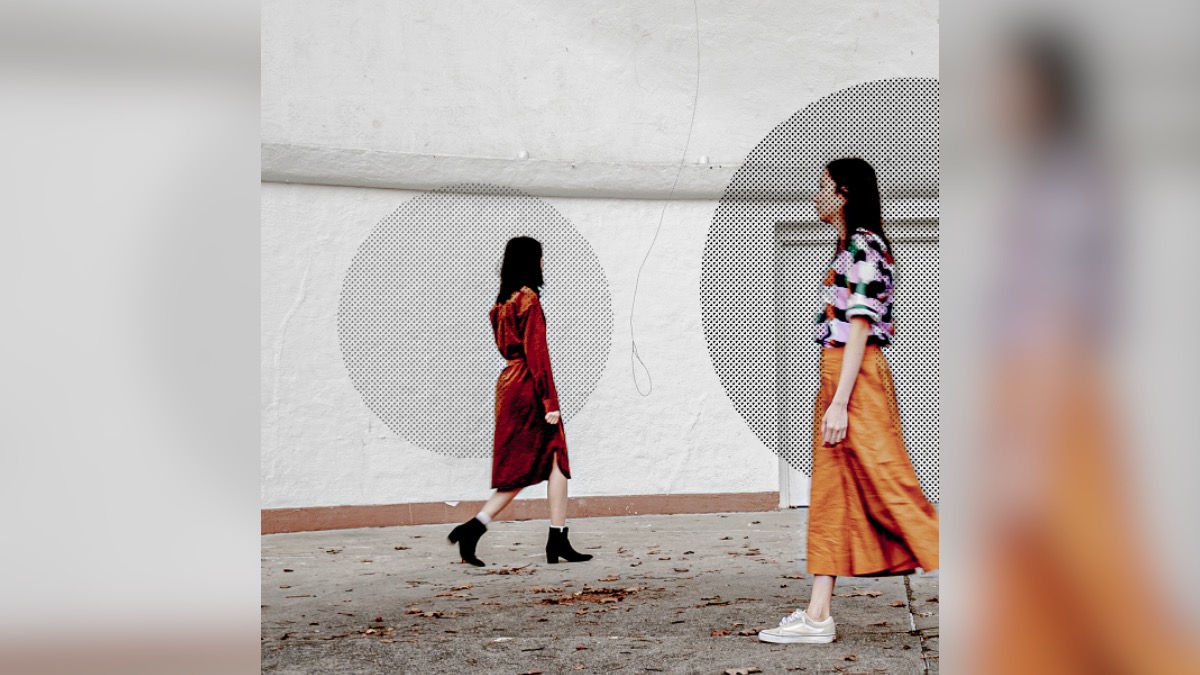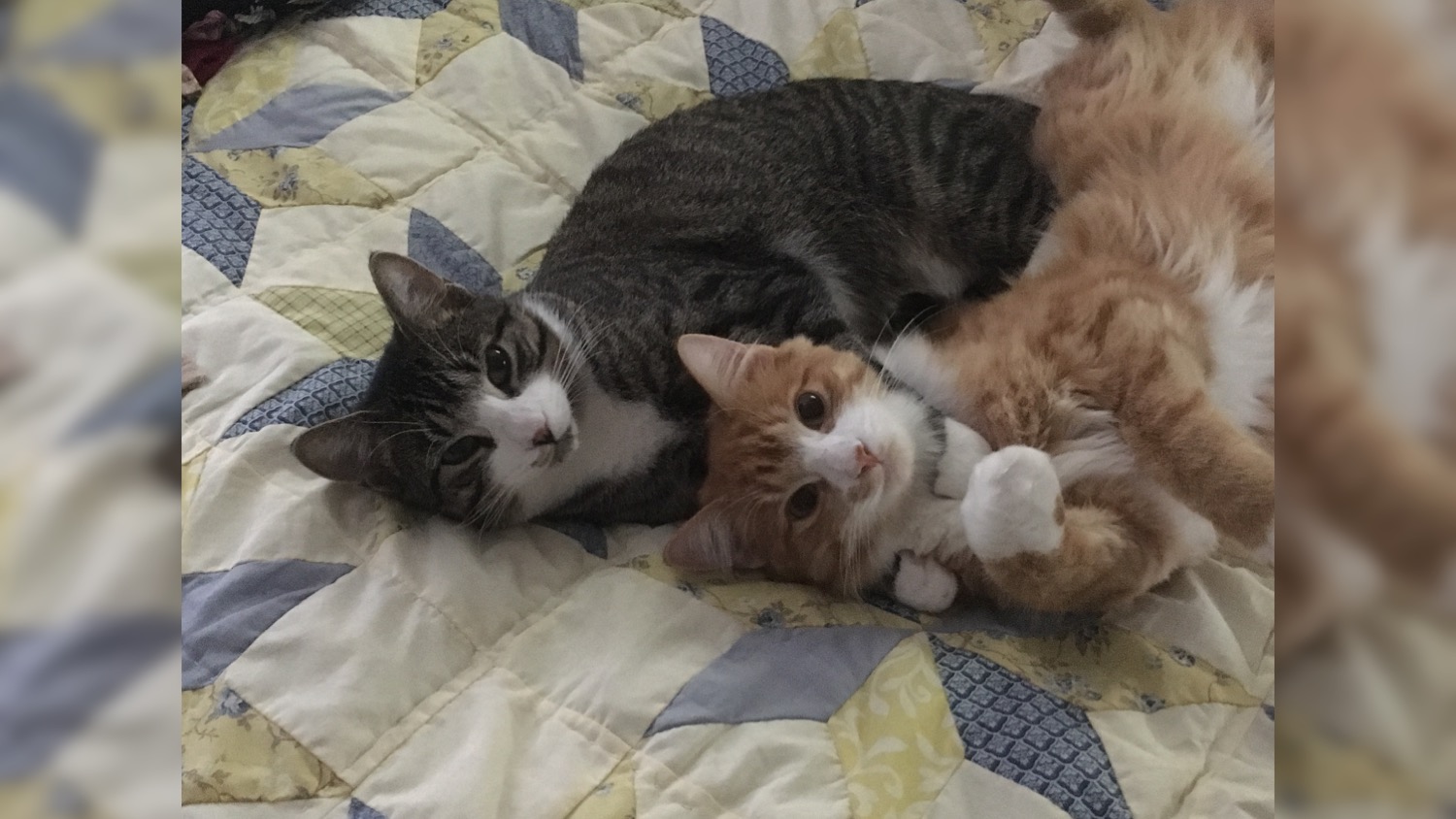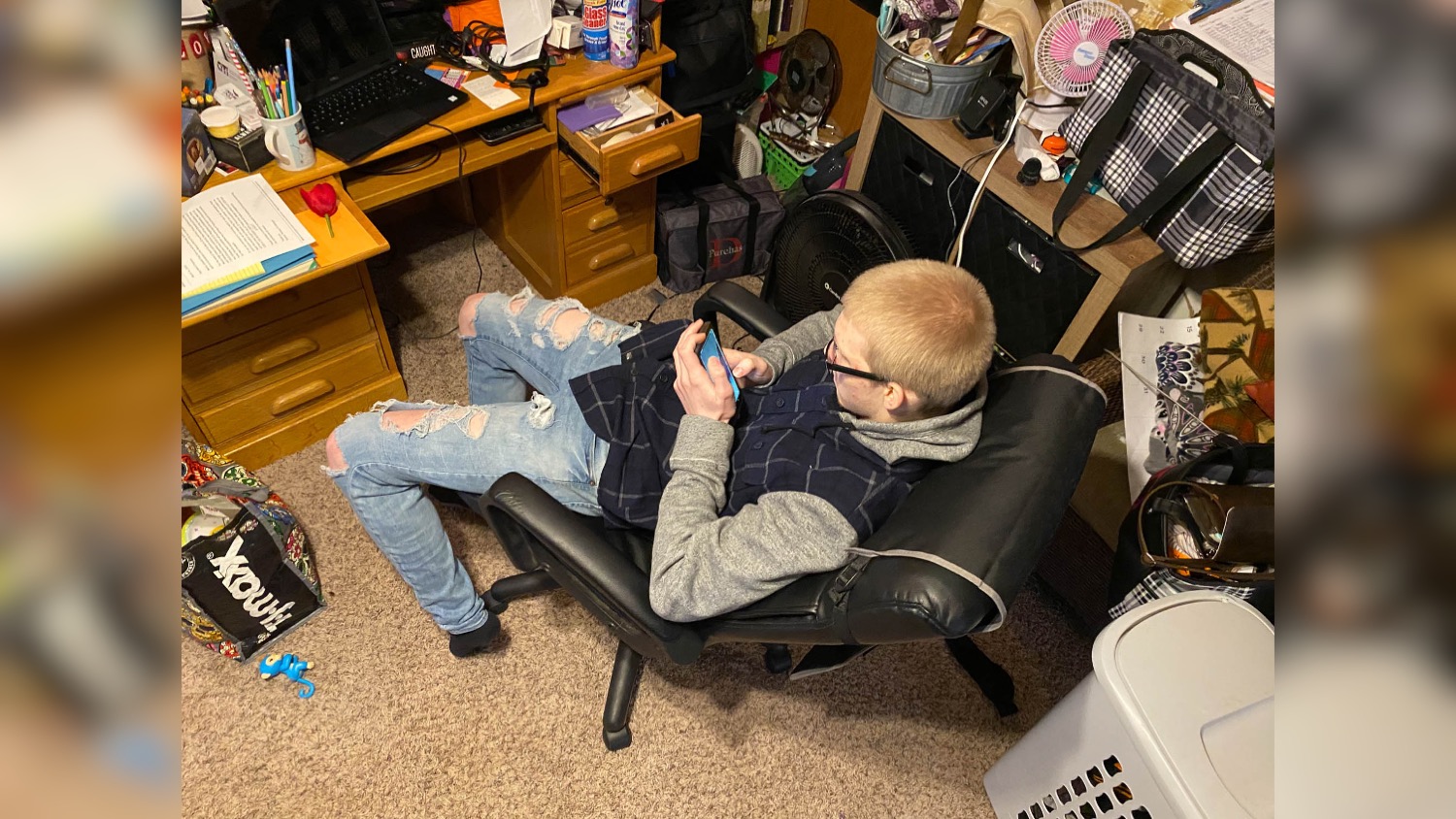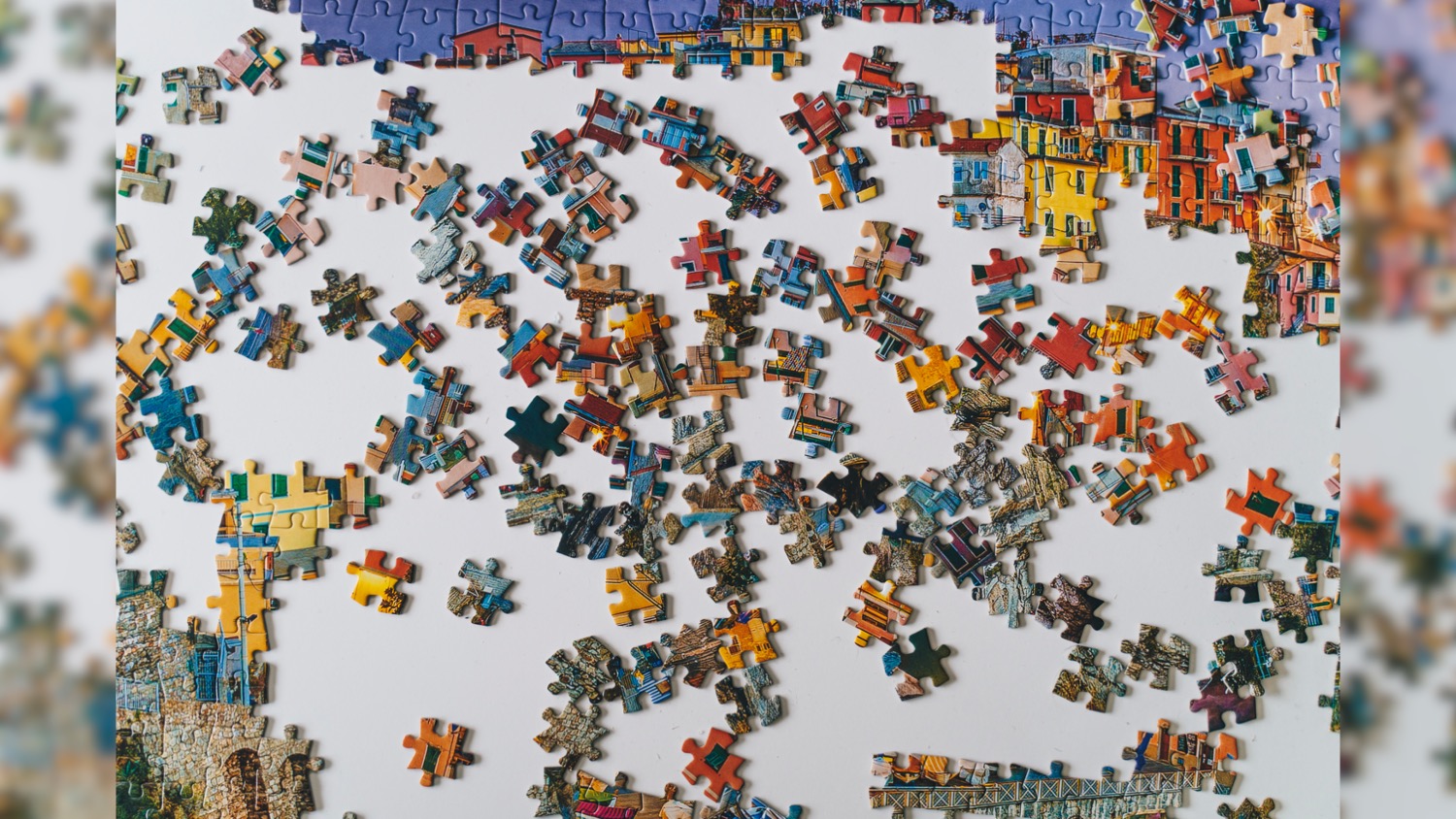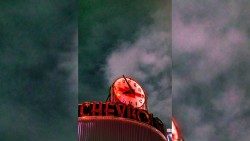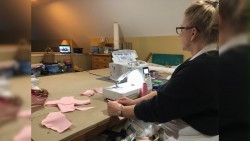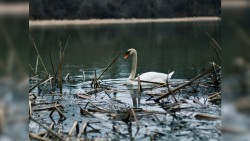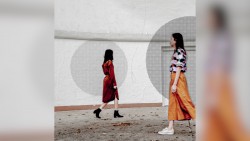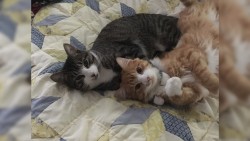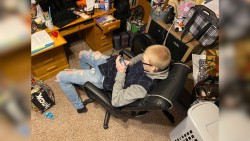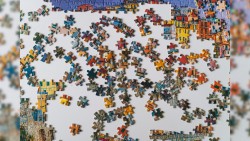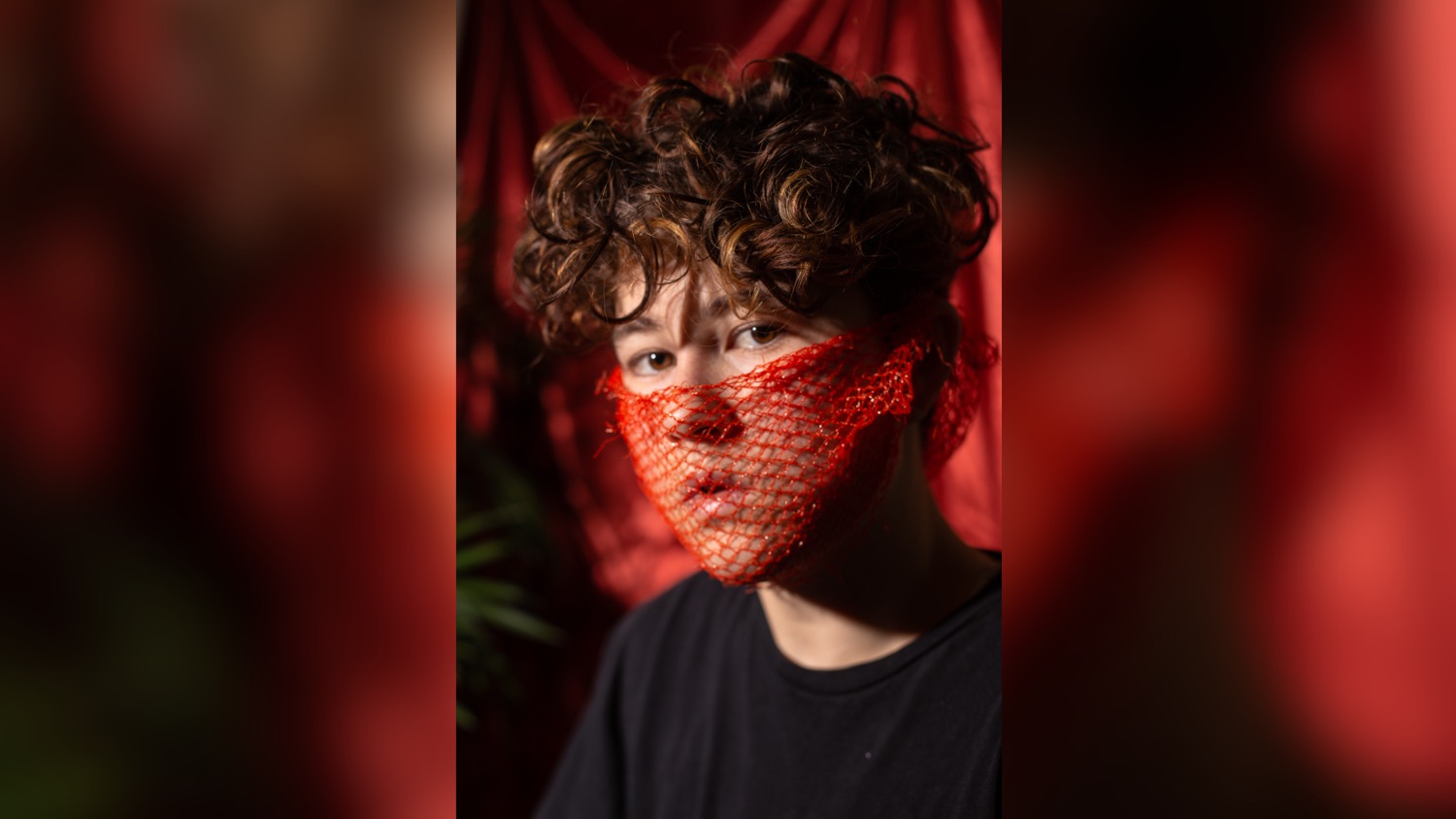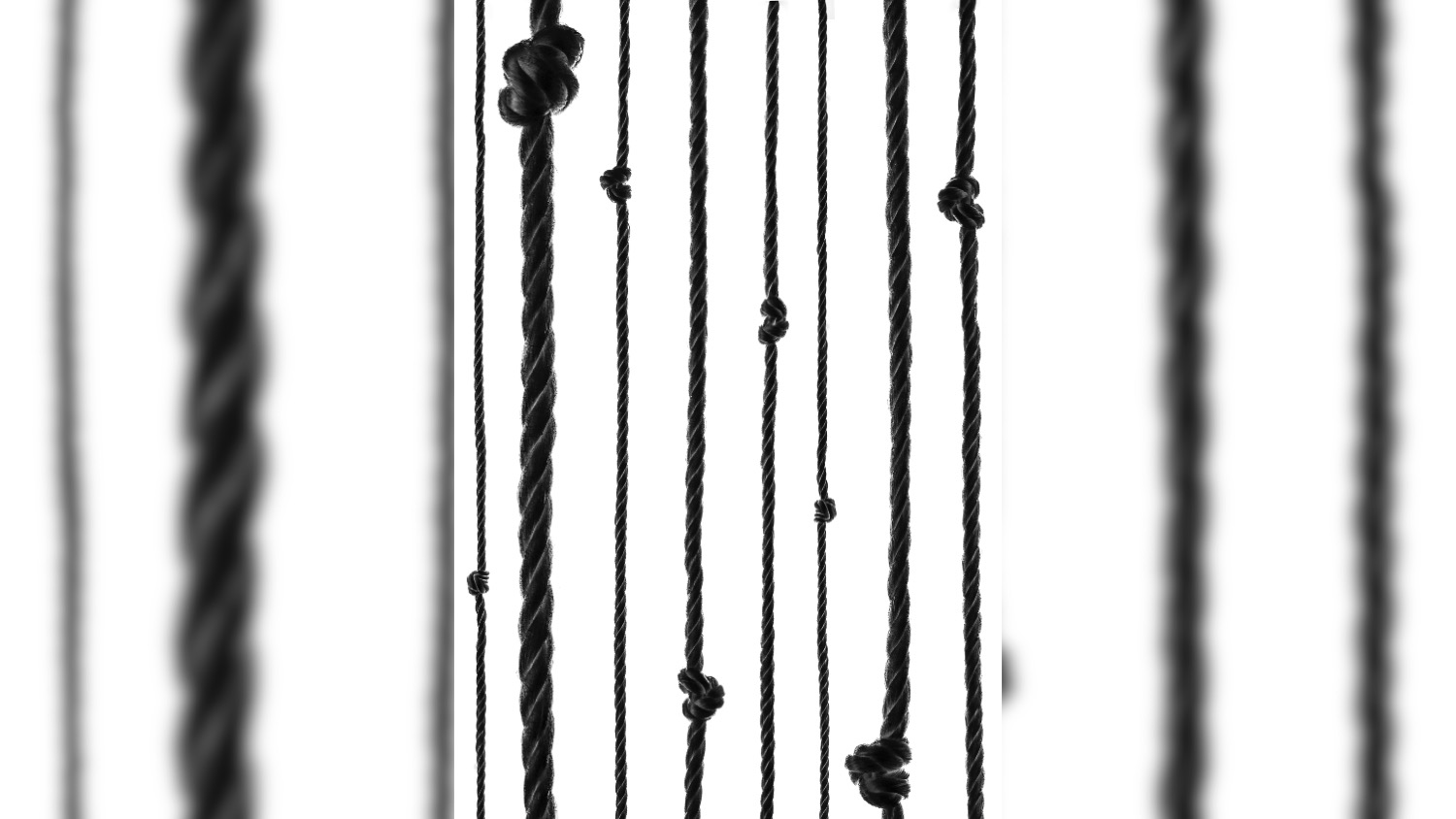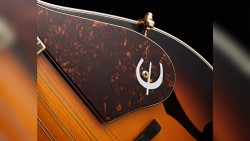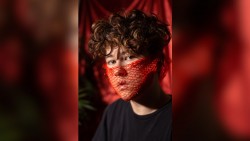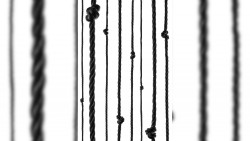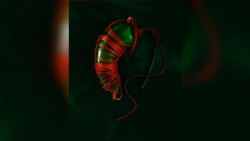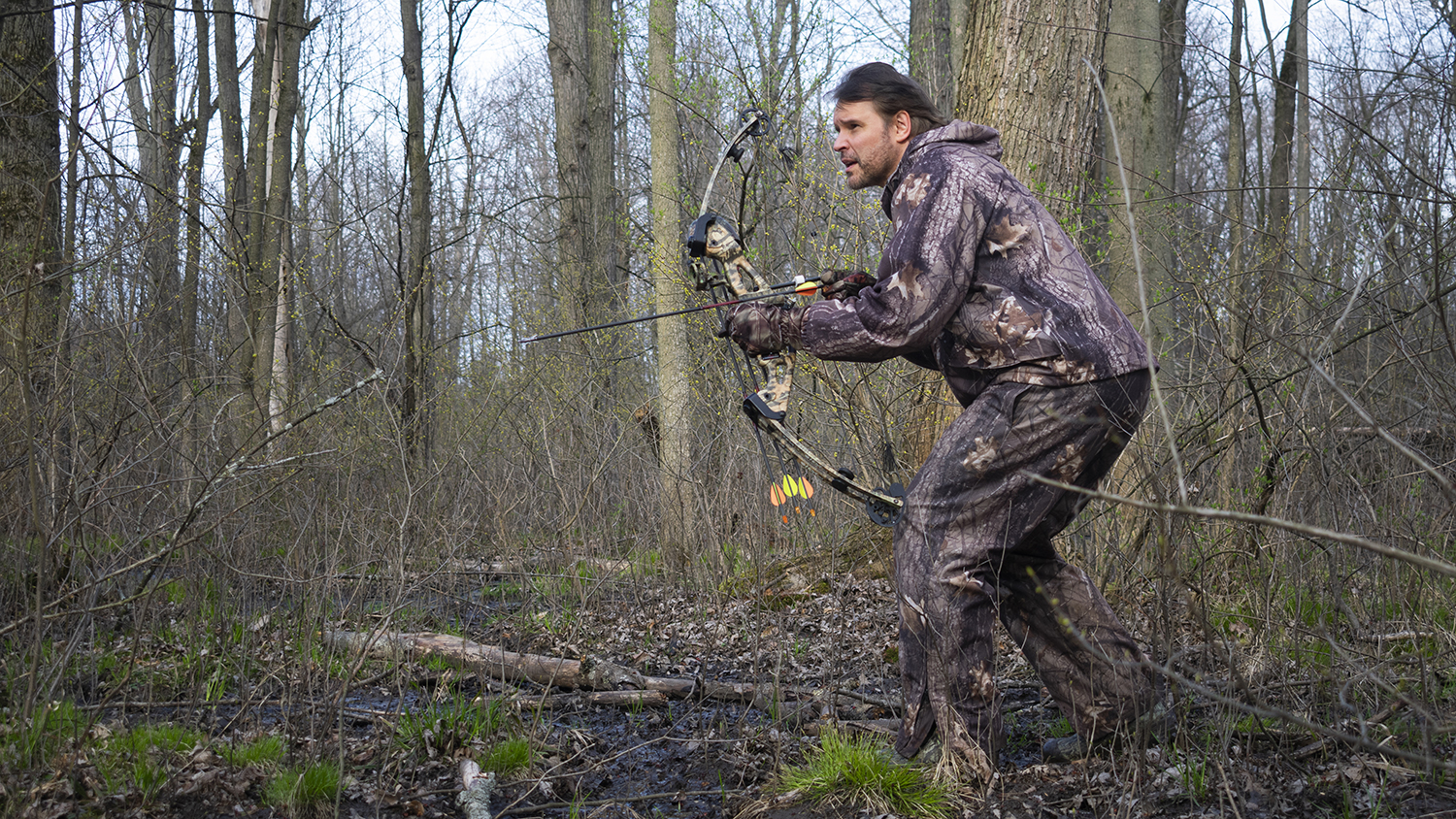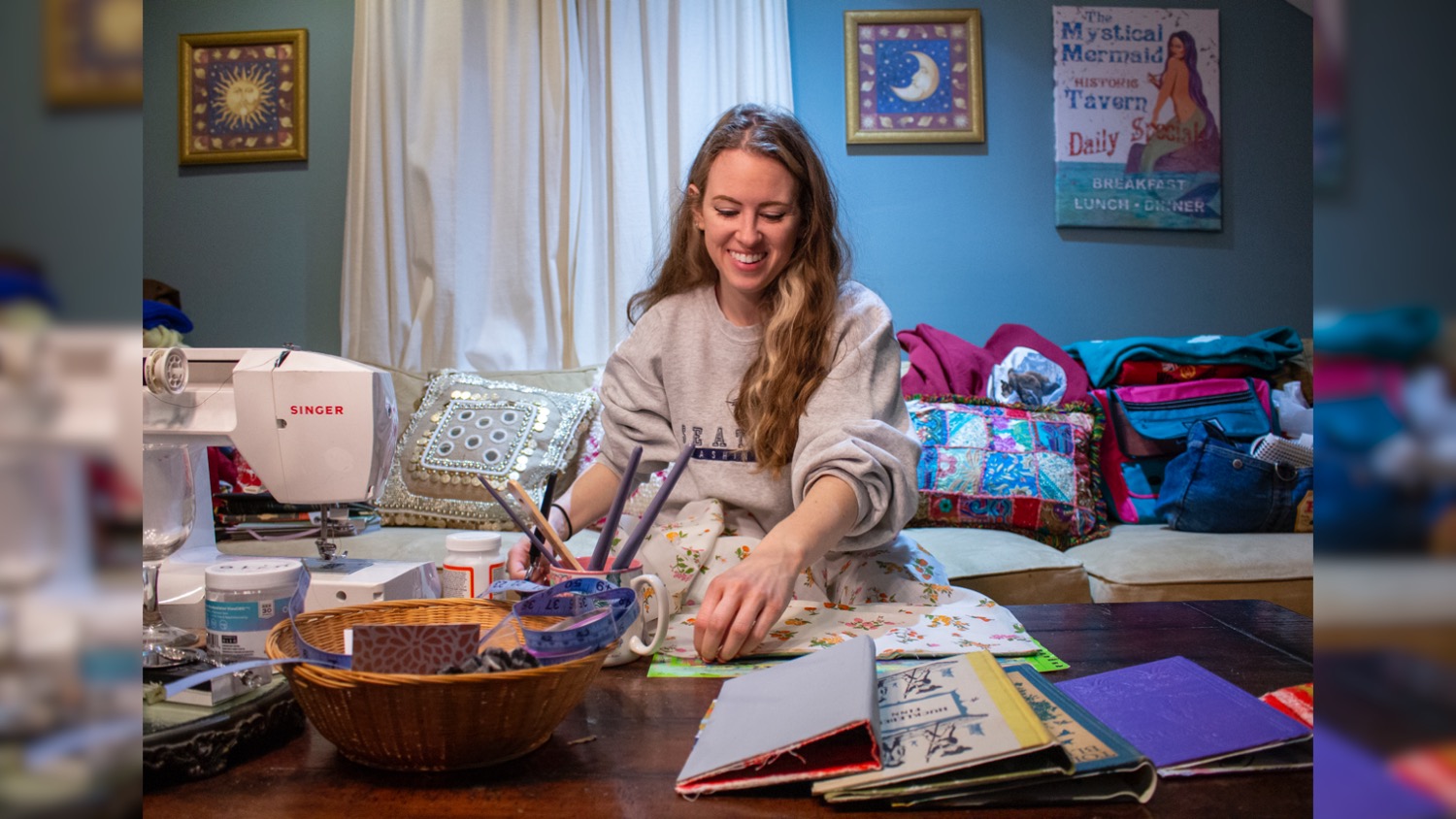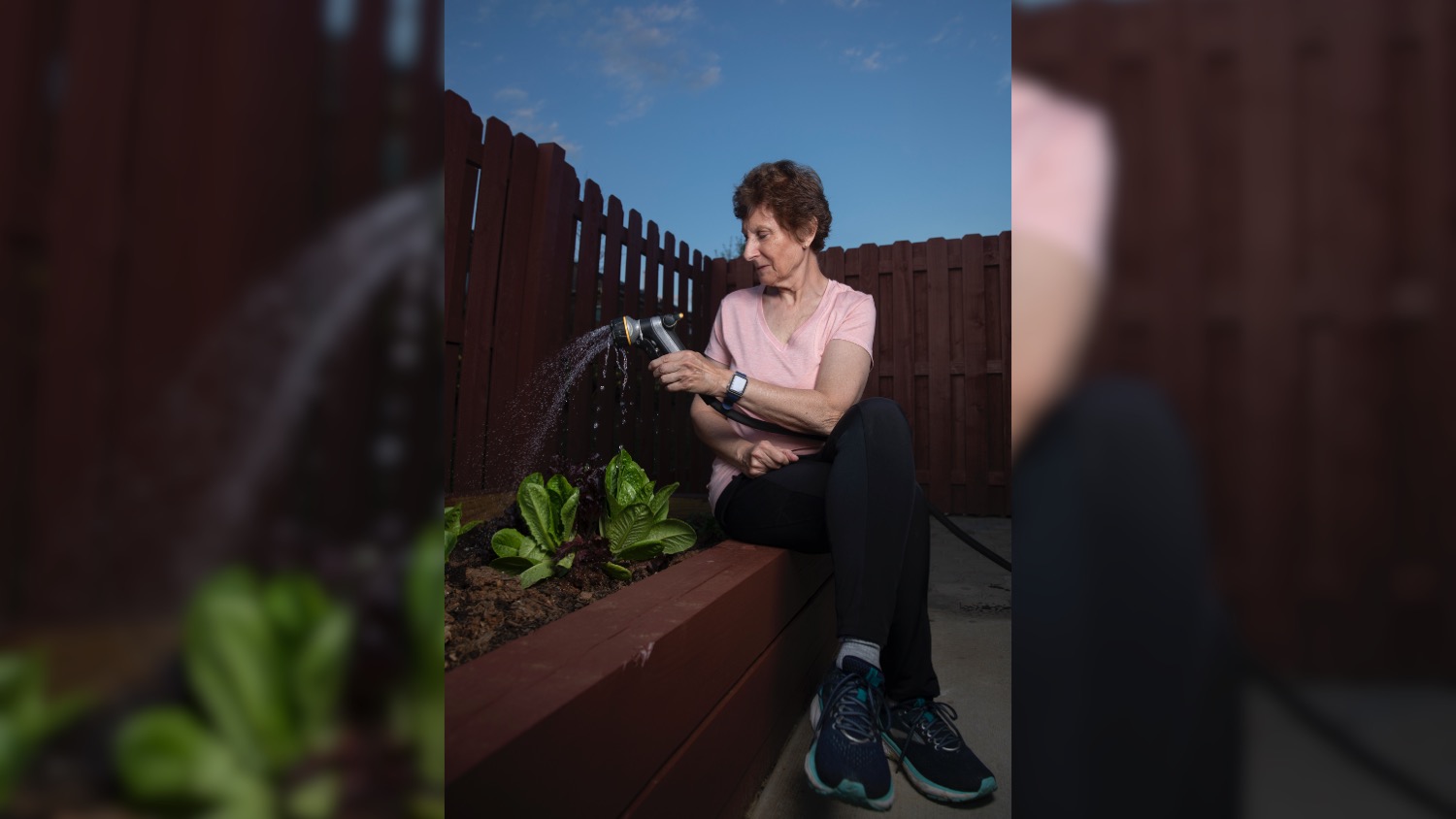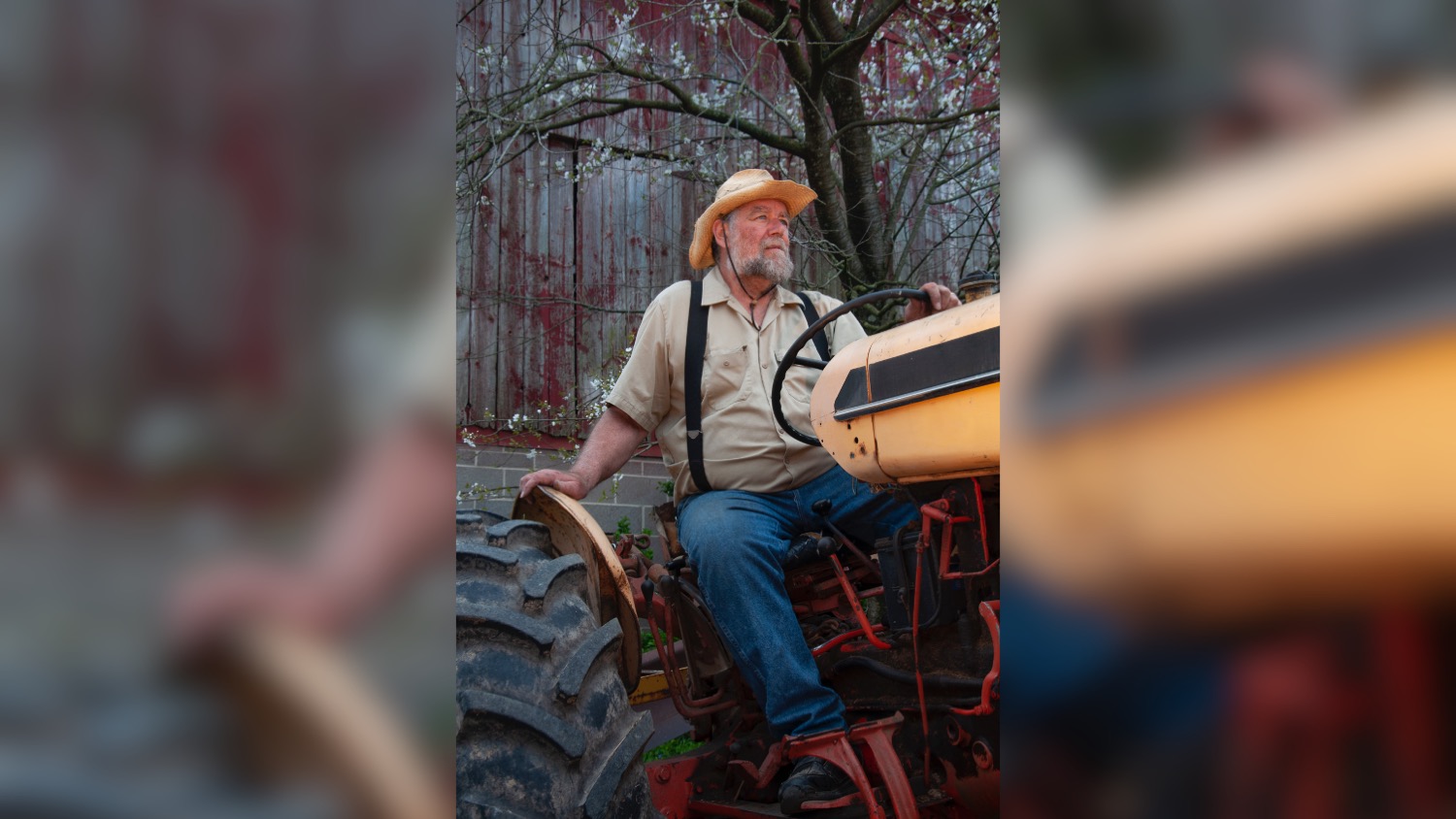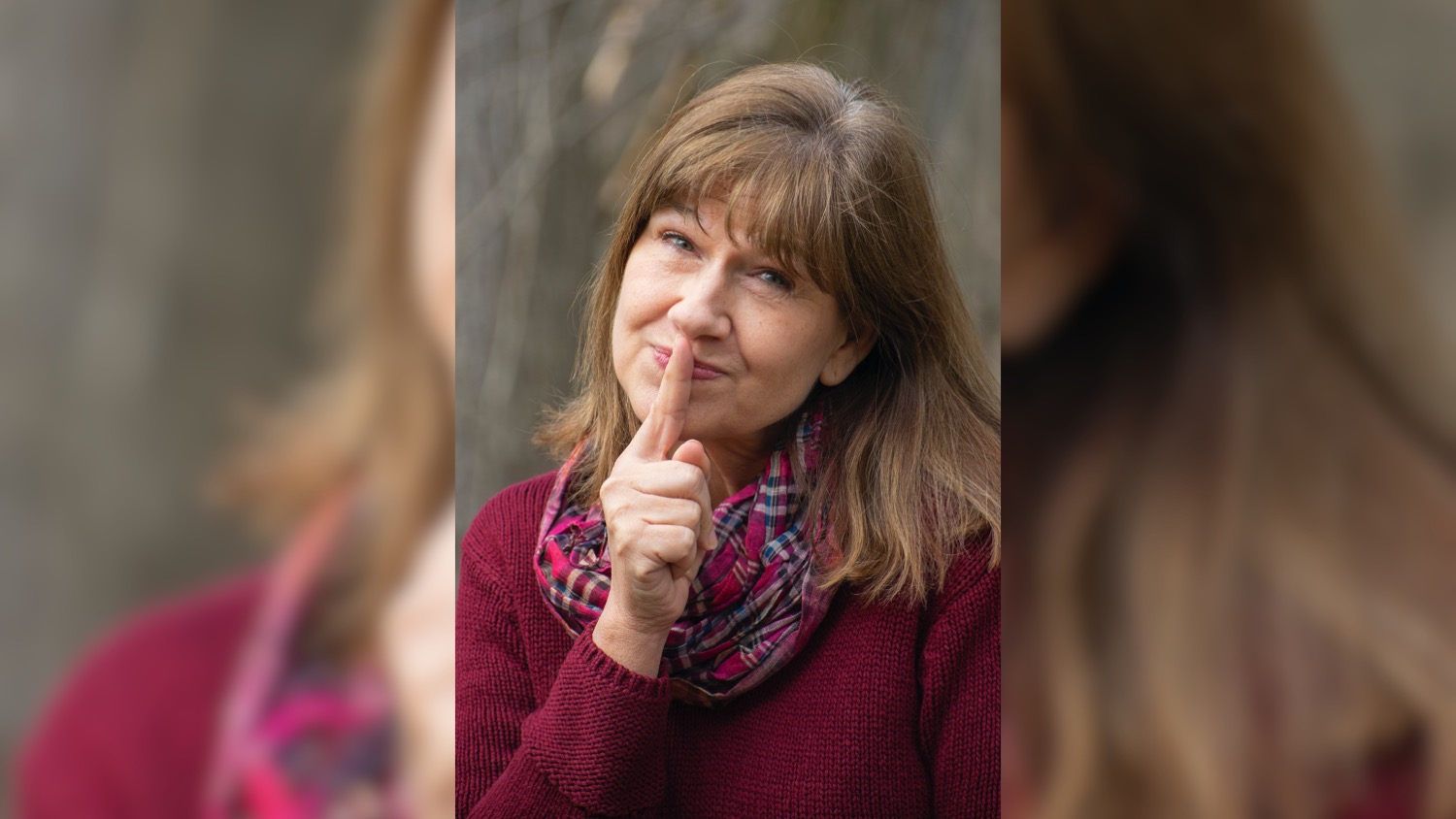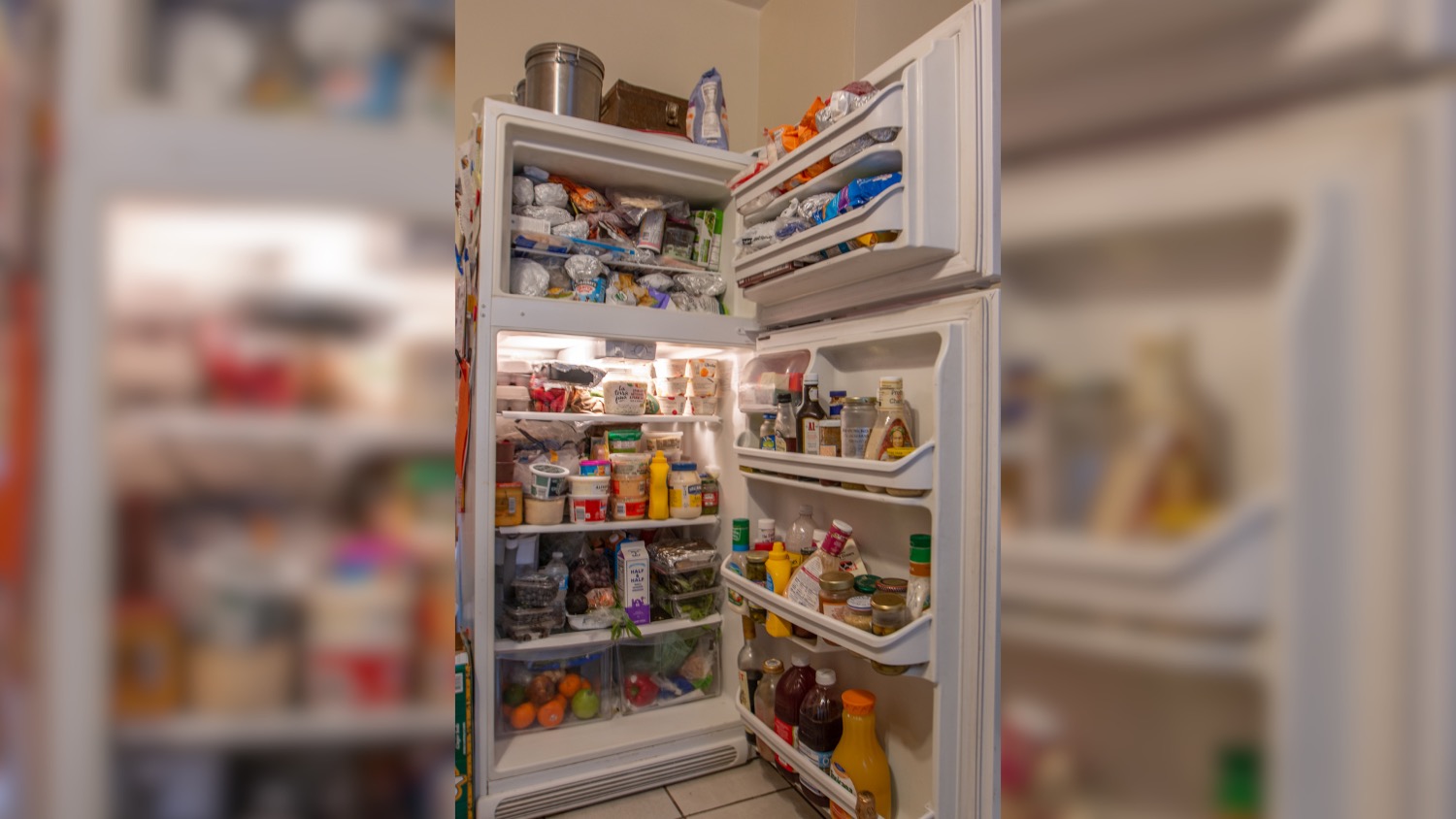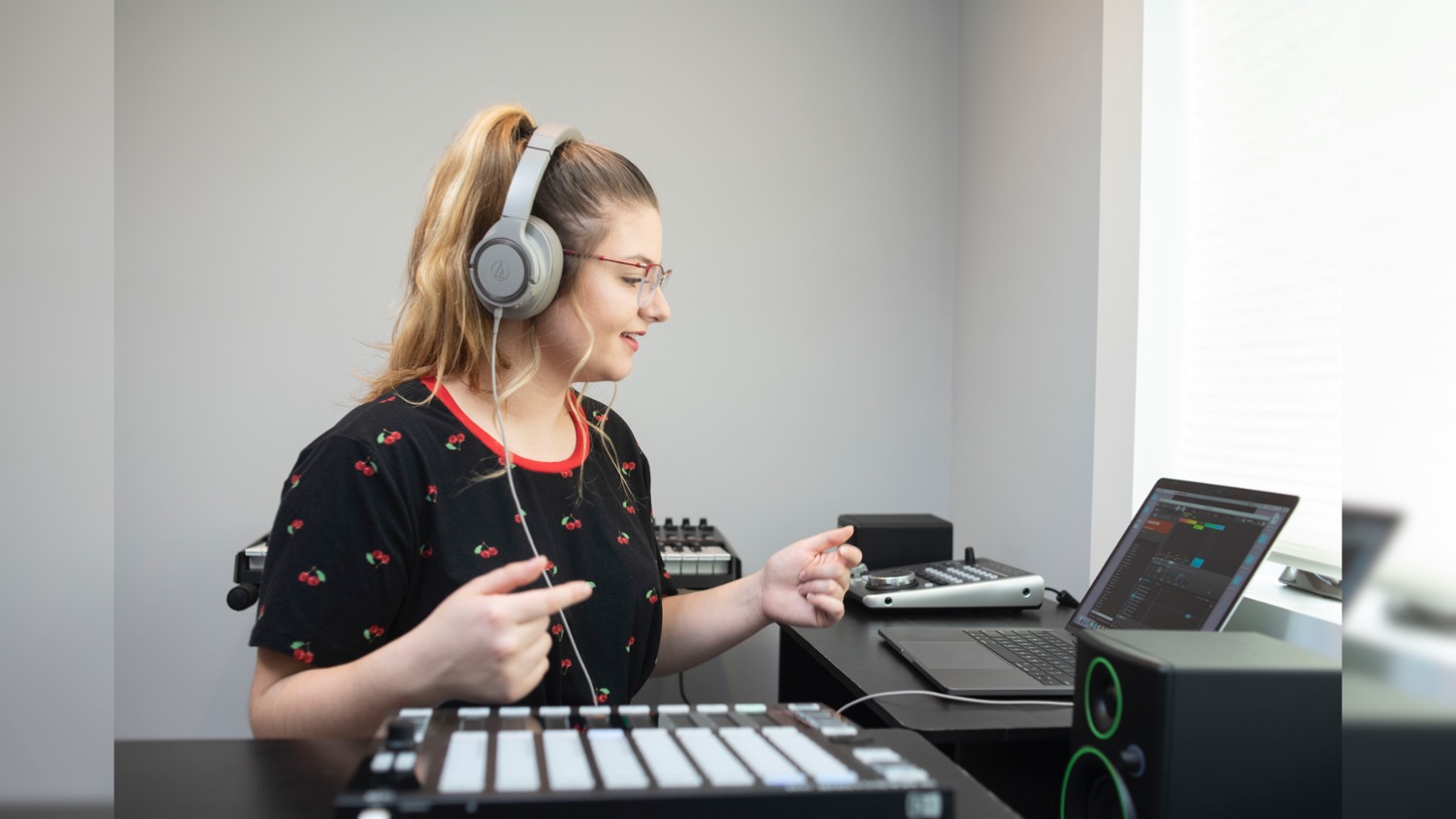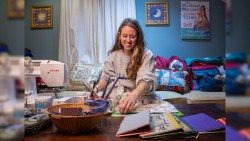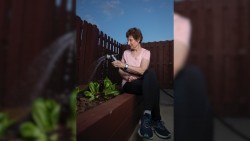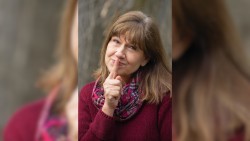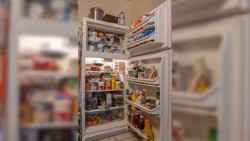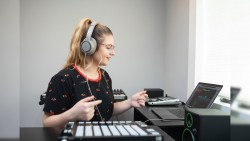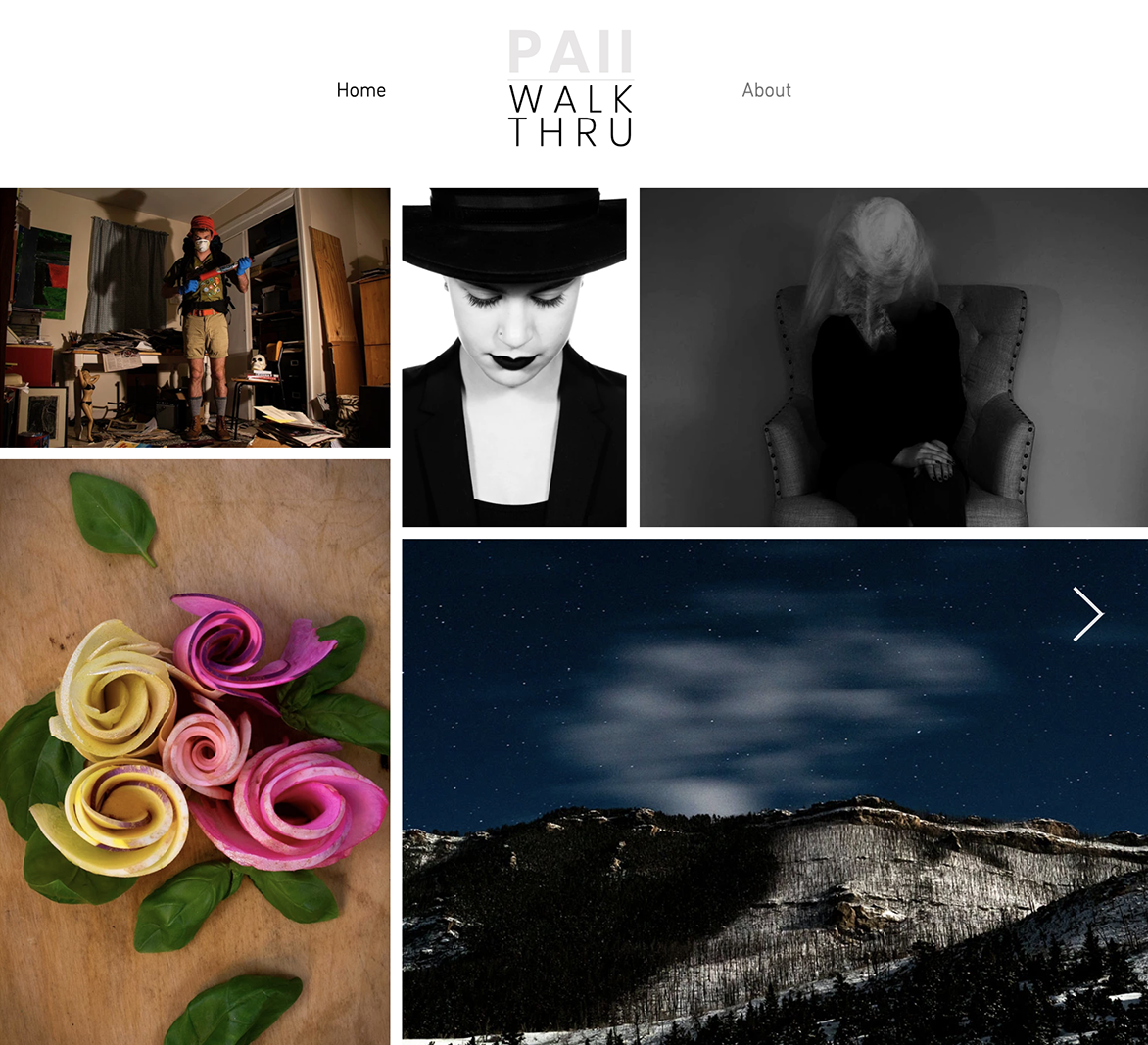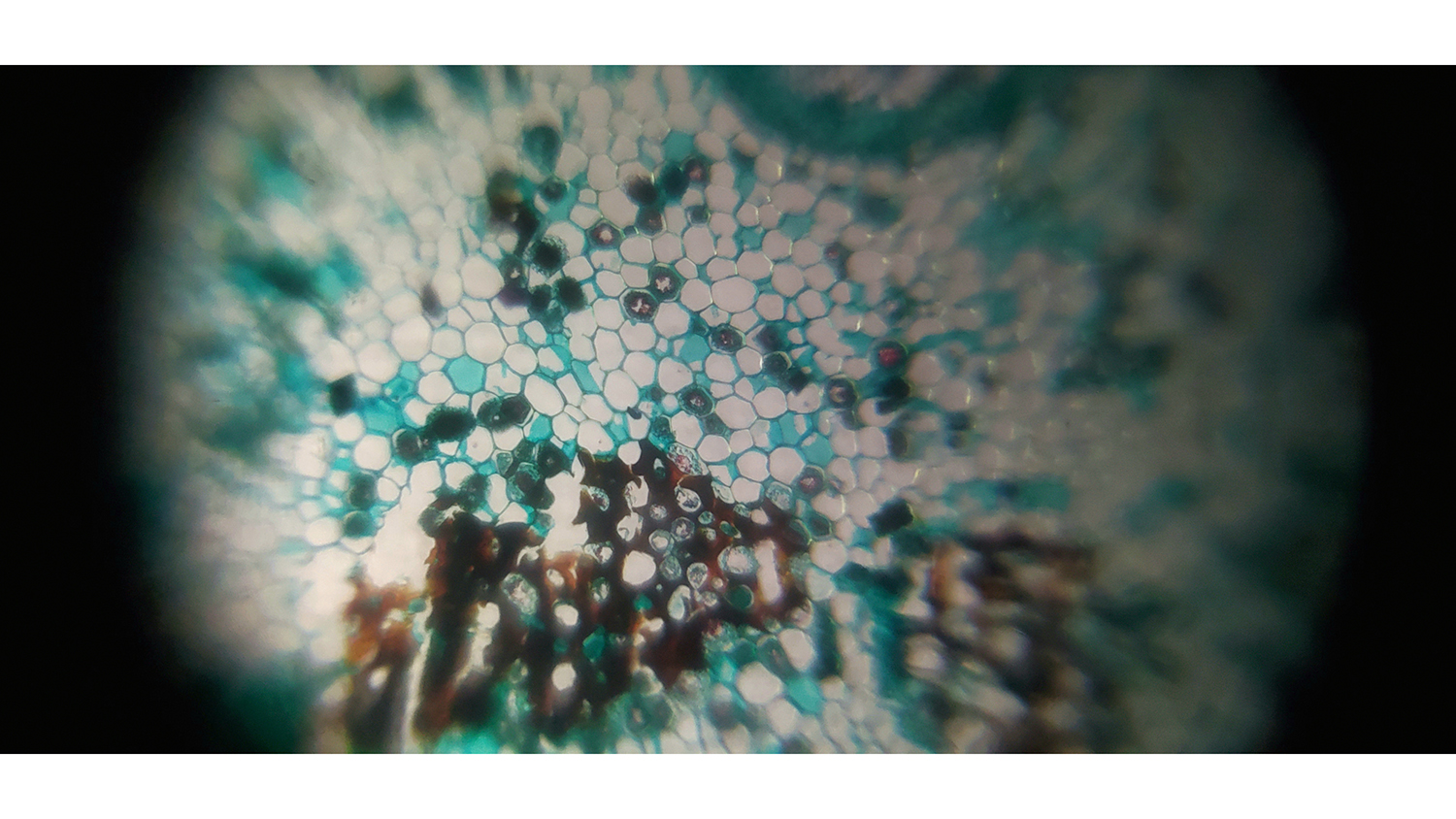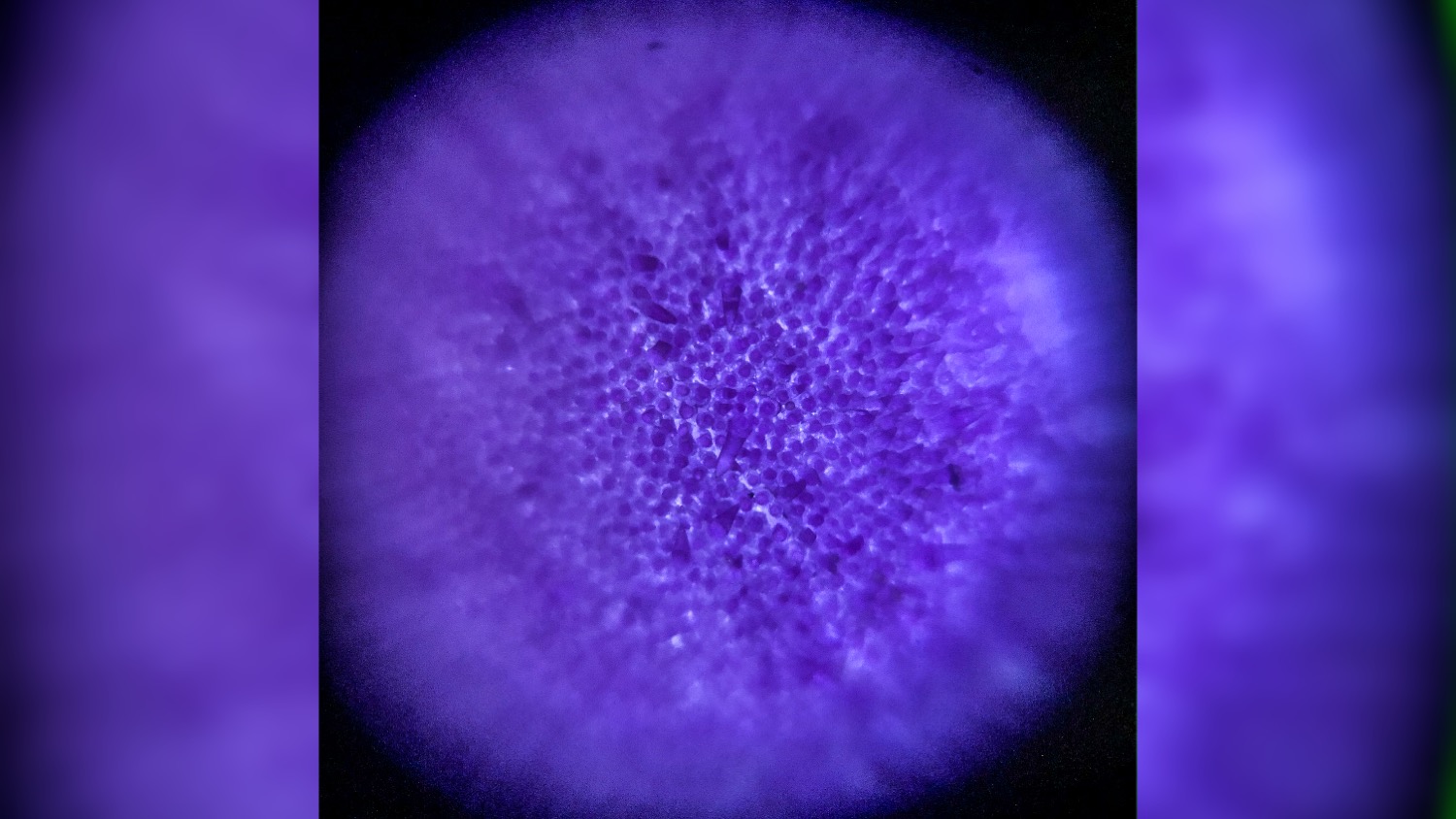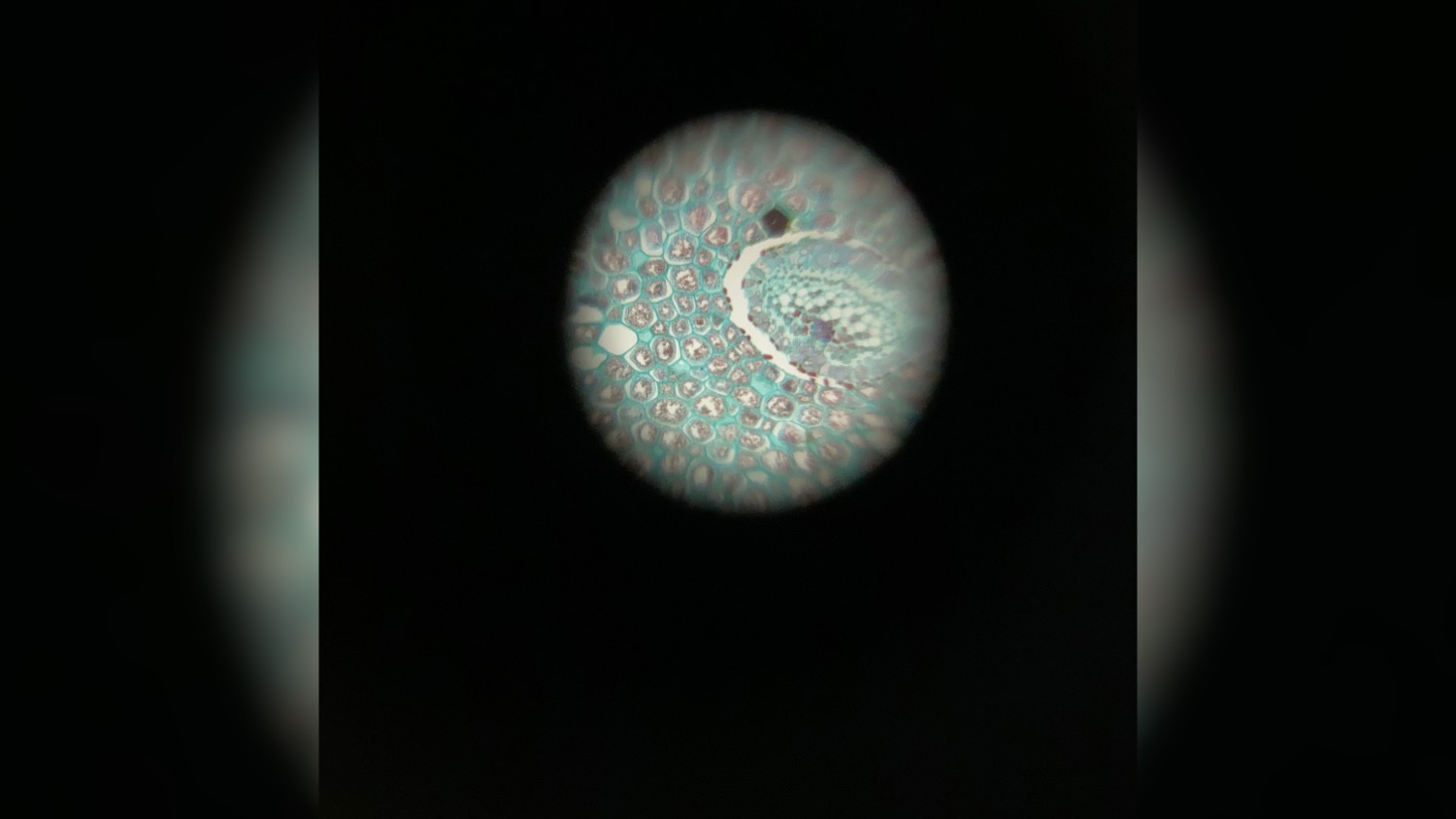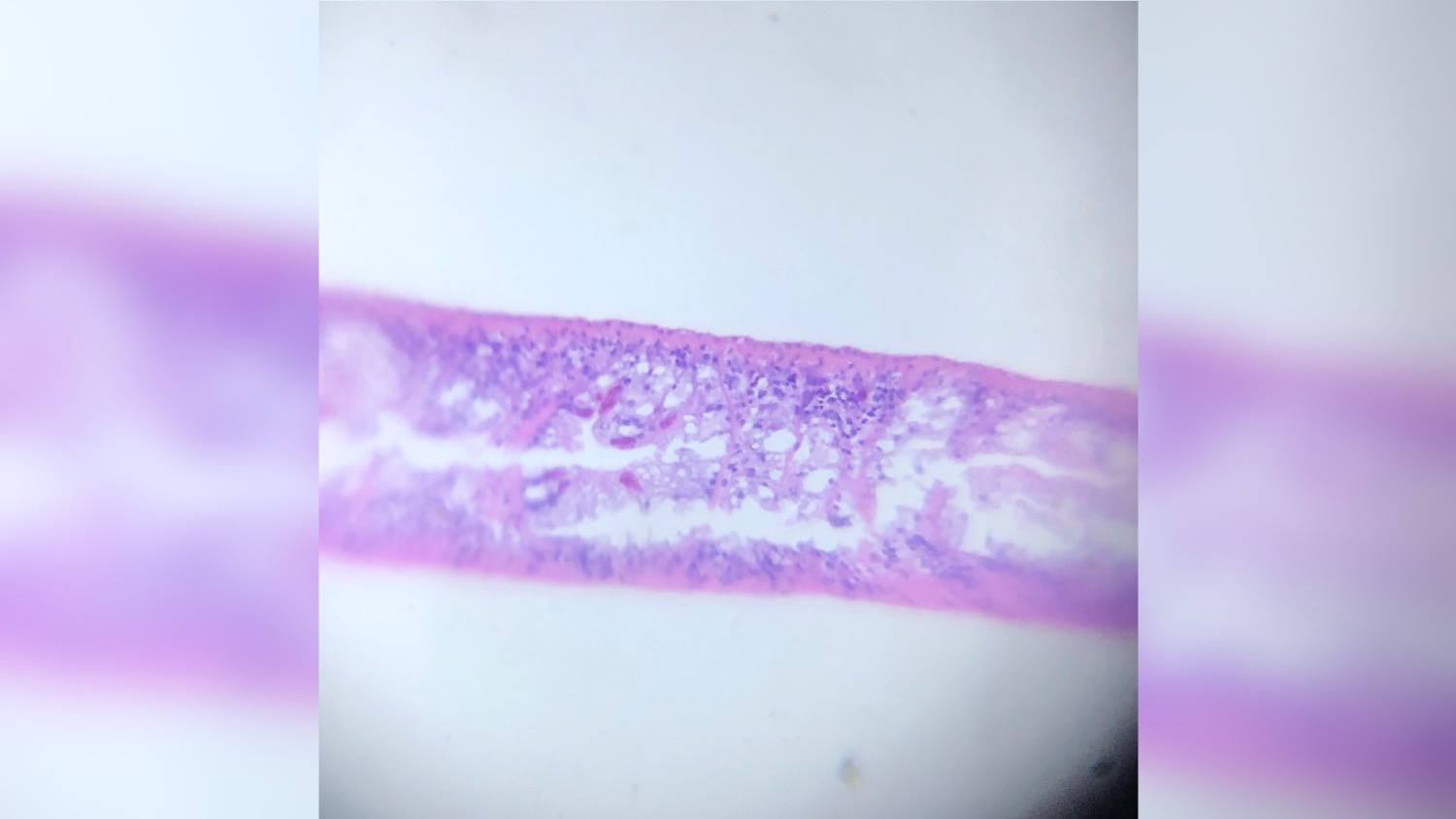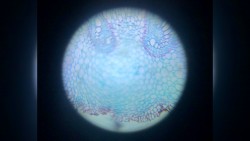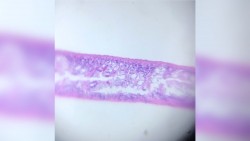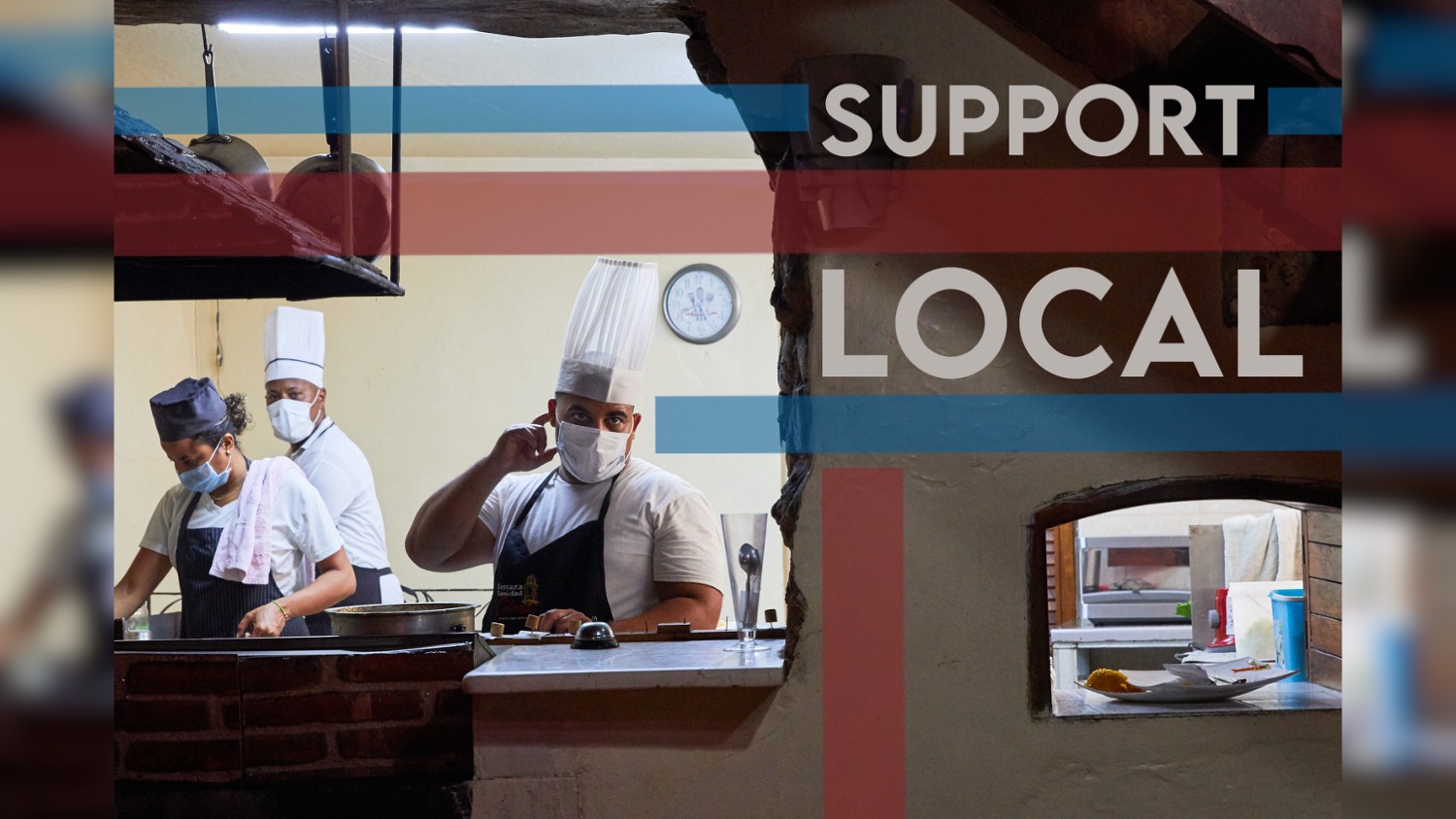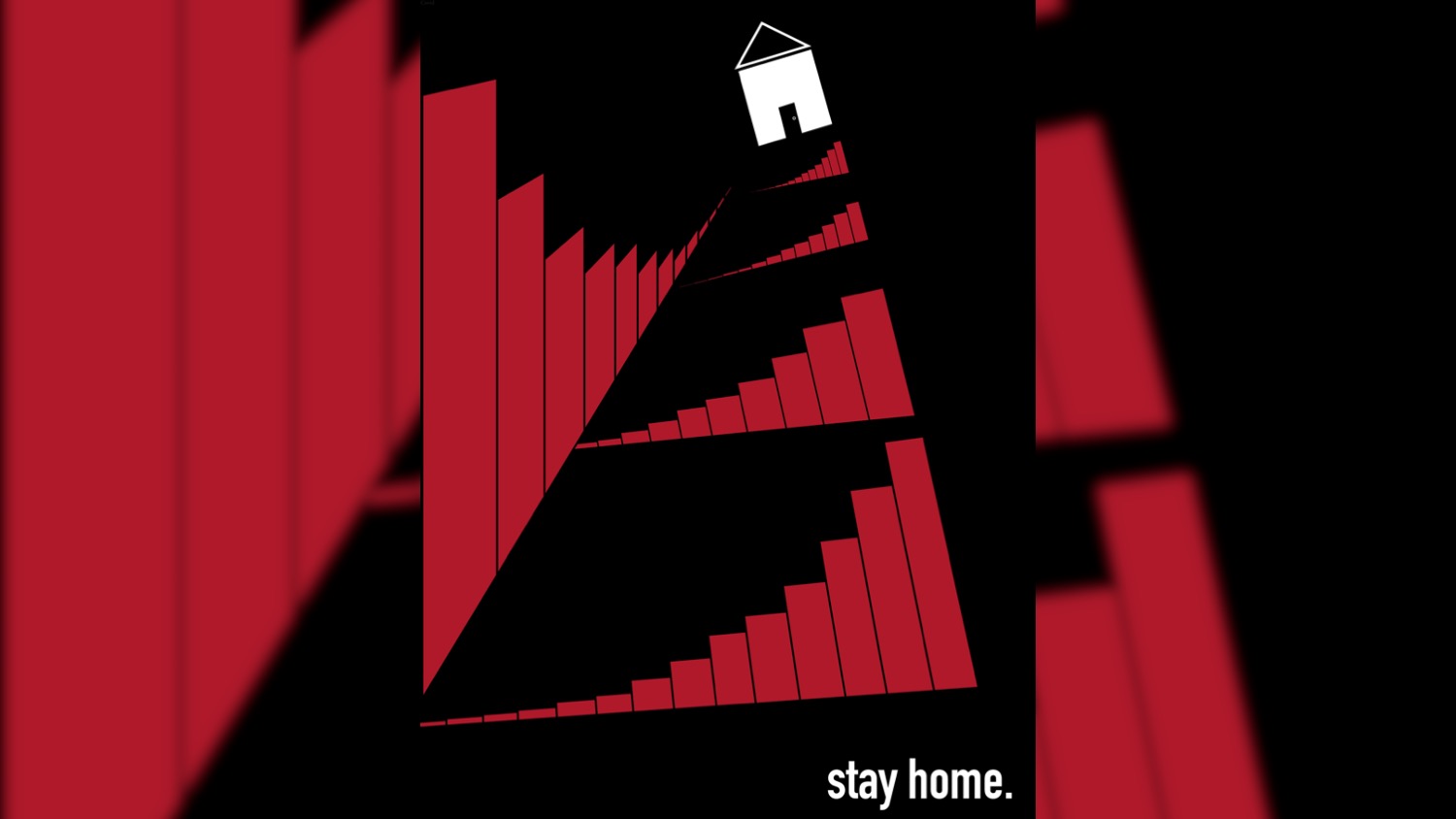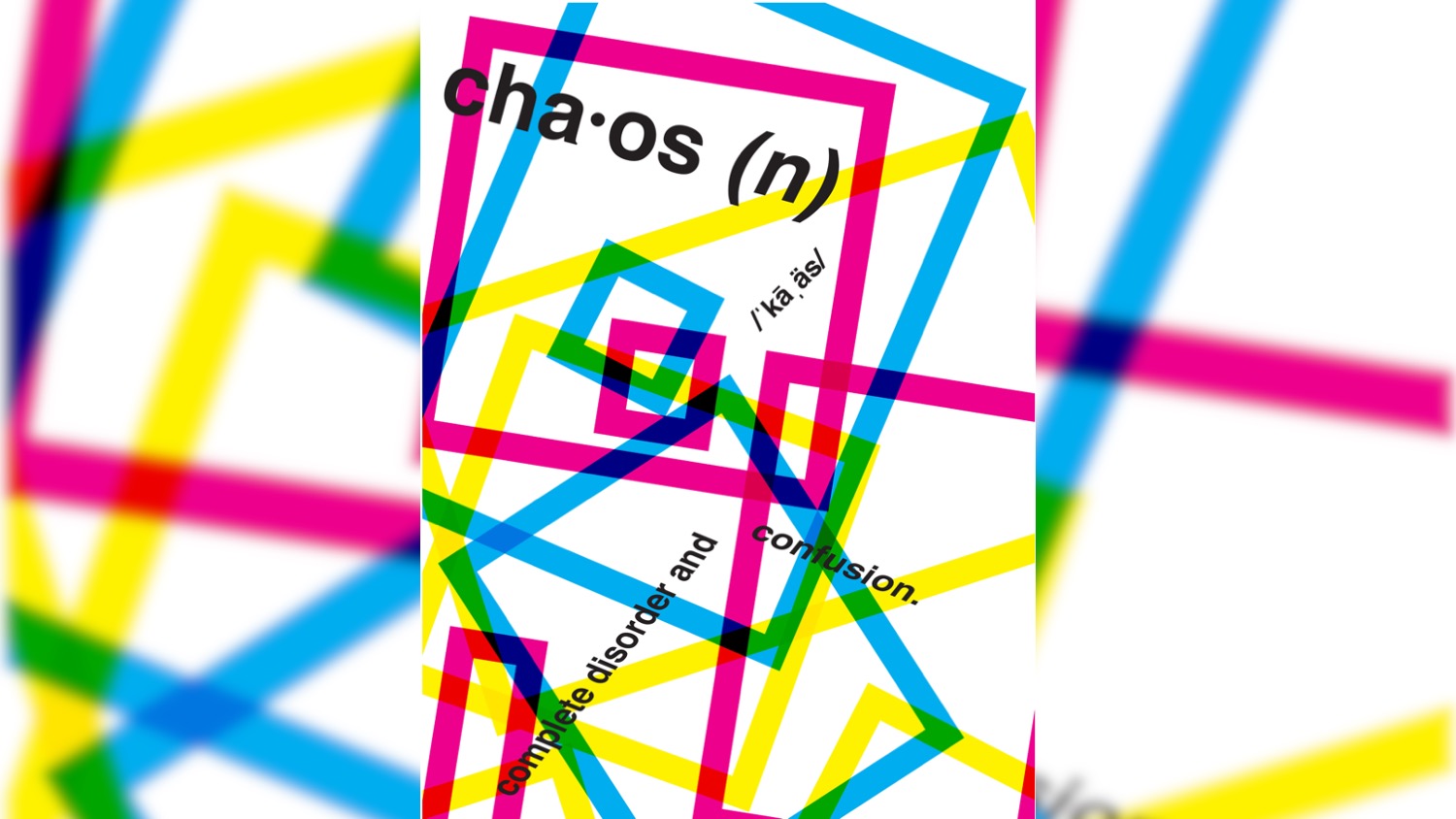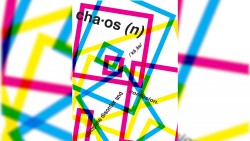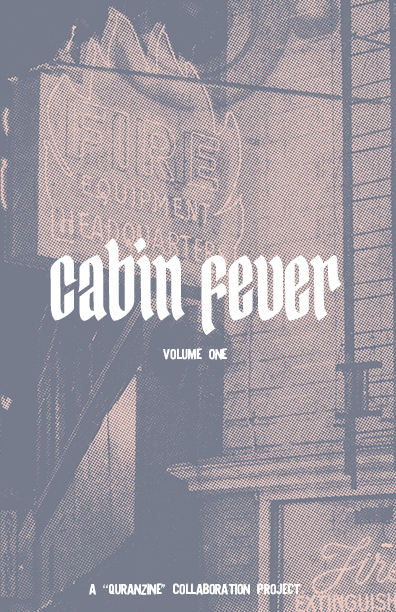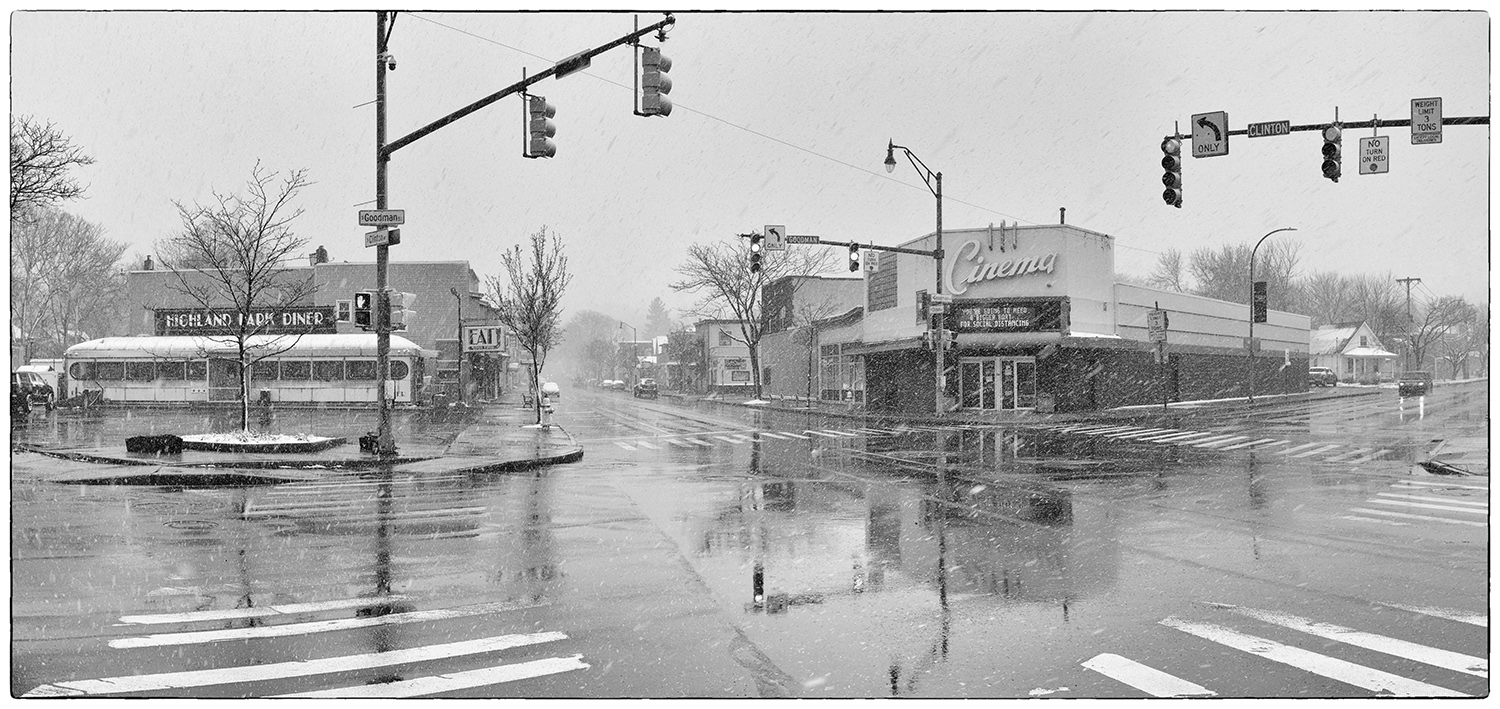Quarantine Gallery
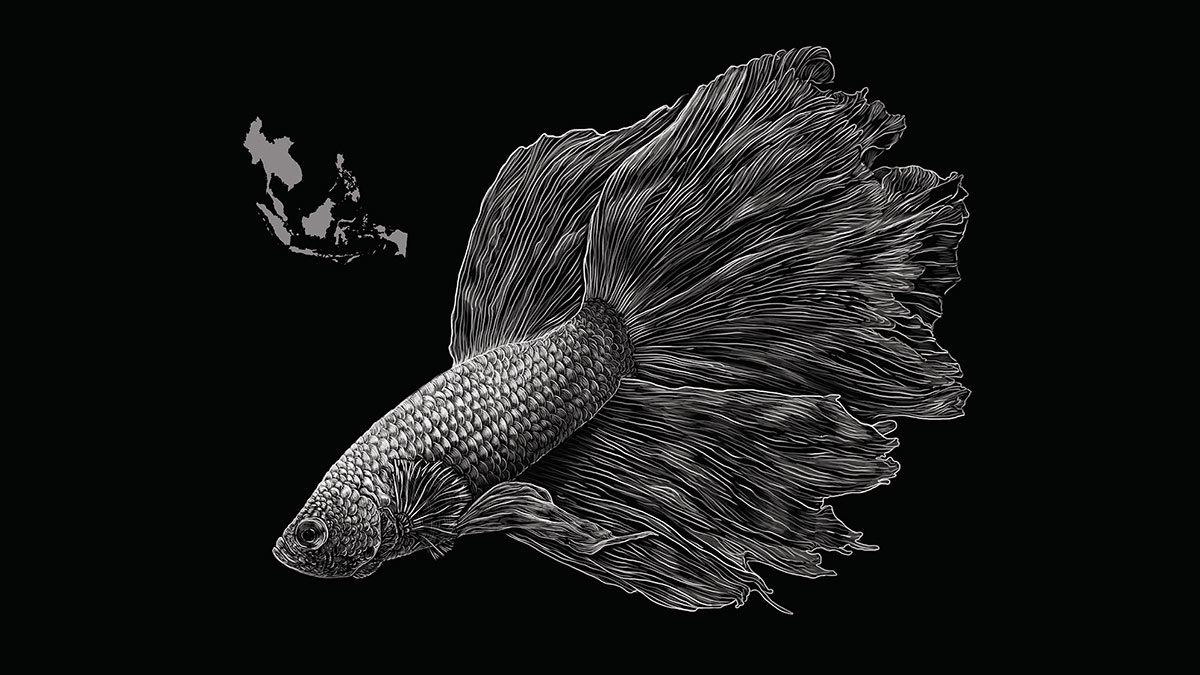
Alternative Learning
Gallery
As the second half of the spring 2020 semester moved to alternative modes of course delivery, students and faculty of the College of Art and Design maintained their high level of creative discovery. They flourished in the face of unprecedented challenges, producing amazing work and solving problems through creative thinking. Below is a sample of student and faculty output created while in quarantine.
School of Art
Fine Arts Studio (MFA)
'Thingness'
Students in professor Elizabeth Kronfield's Sculpture class completed a research project for their first assignment of online instruction. Based on the subject matter in provided podcasts, videos and photos, students were tasked with creating five sculptures, each in 20 minutes or less. They then crafted written statements reflecting on connections between the works and how they relate to the research.
Substitutability
For another assignment, students focused on creating sculpture around the theme of "substitutability."
Yibo Liu
MNPT Connector (photo 1)
"Male national pipe thread (MNPT) connectors can firmly hold and connect with other tubs because they're made of zinc. However, the material itself does contain a lot of weights. It may not be a good idea to place heavy zinc on the upper part of the whole structure when a slender bracket supports the bottom. Even if it can be successfully placed, it still will make the next top connection a big challenge. For those reasons, I made a rubber mold of the original connector, then I did the resin casting. After that, I got the resin connector successfully. Instead of a heavy zinc connector, I created a lightweight, transparency color and lower-cost connector."
Inverted Sewer
"The first impression of a sewer pipe is always dirty and airtight. I erected a combined pipe and attached it to a round mirror. At the top of the combined tube, I added the connector, which was previously made of resin. From this transparent connector, you can see the intertwined hair radiating from the pipe. The whole work is like a water column in the fountain. Instead of water, there is human hair, which often blocks the pipe in our daily lives. The work "Inverted Sewer" wants to express: when a relatively derogatory and opaque object is considered after empathy, can it become upright and transparent?"
Jennifer Schoonmaker
"Sunset as passed through an angled rearview mirror. Ideally, I could attach a rearview mirror onto the floor and a few on the walls to bounce the light of the sunset throughout the room but I can’t put anything on the walls (when I moved into this historical building I decided to separate my studio and home space for the first time in my life — I purposely chose a fragile building and brought almost no furniture or supplies with me). Thinking about how I can substitute a moment for a memory actively — the last light projection onto the wall being a memory of the sunset it began with. Air humidifier and ground up elasmosaurus vertebrae from the Cretaceous Age (the final period of the Mesozoic Era). Substitution of the mechanisms we use to think about the past. Thinking about the compression of time and how one would go about releasing expired time, making the past always now."
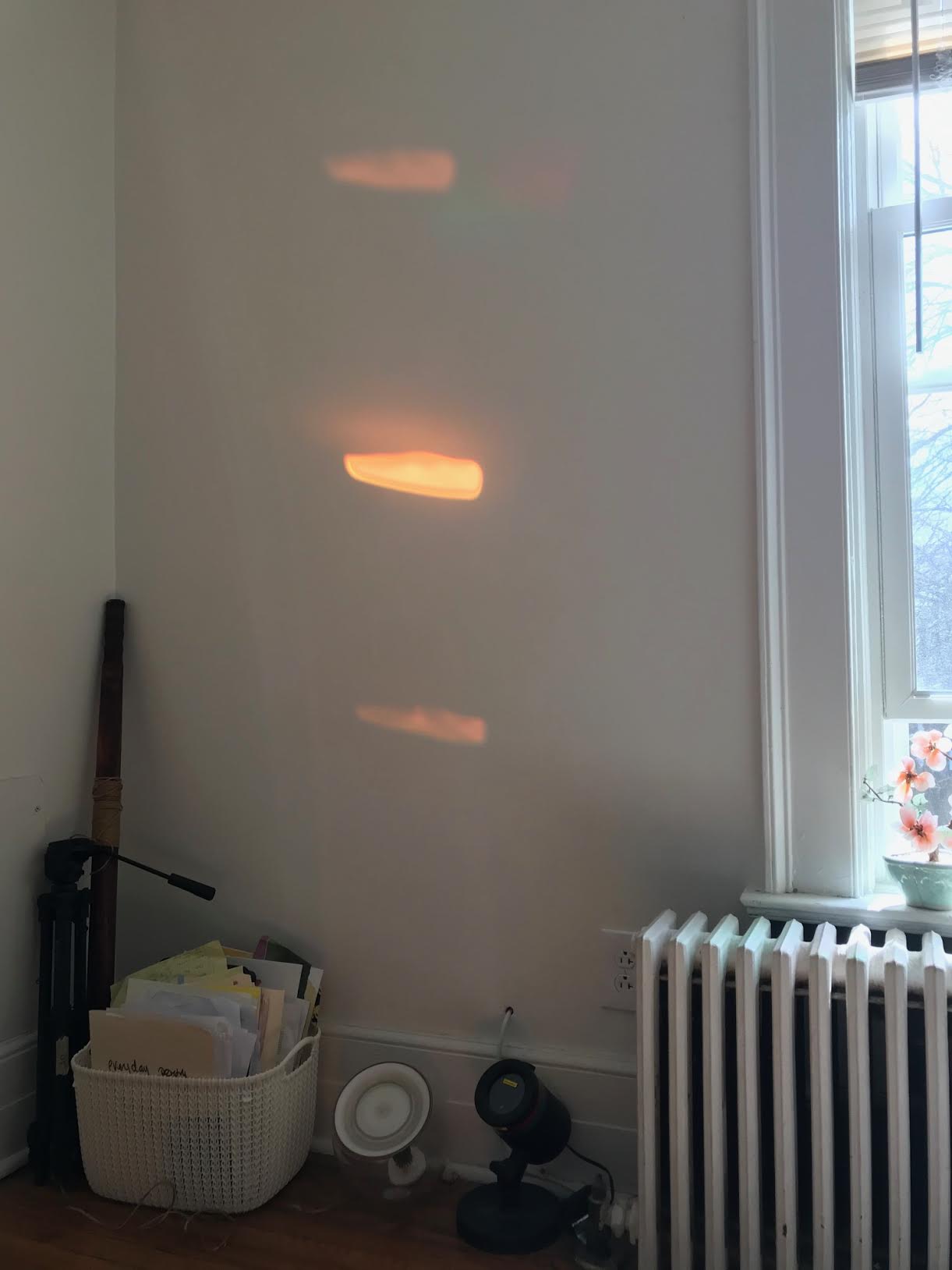
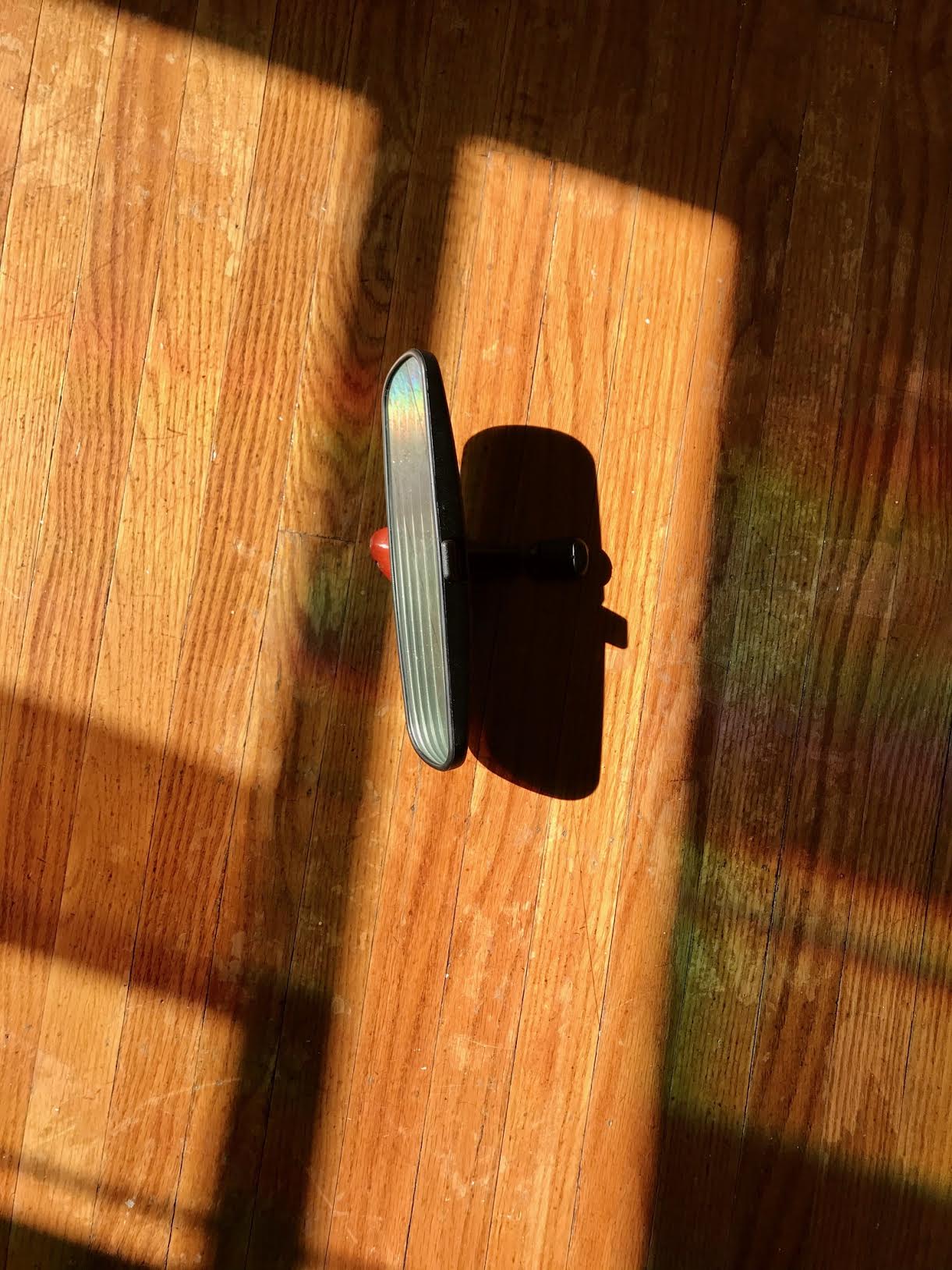
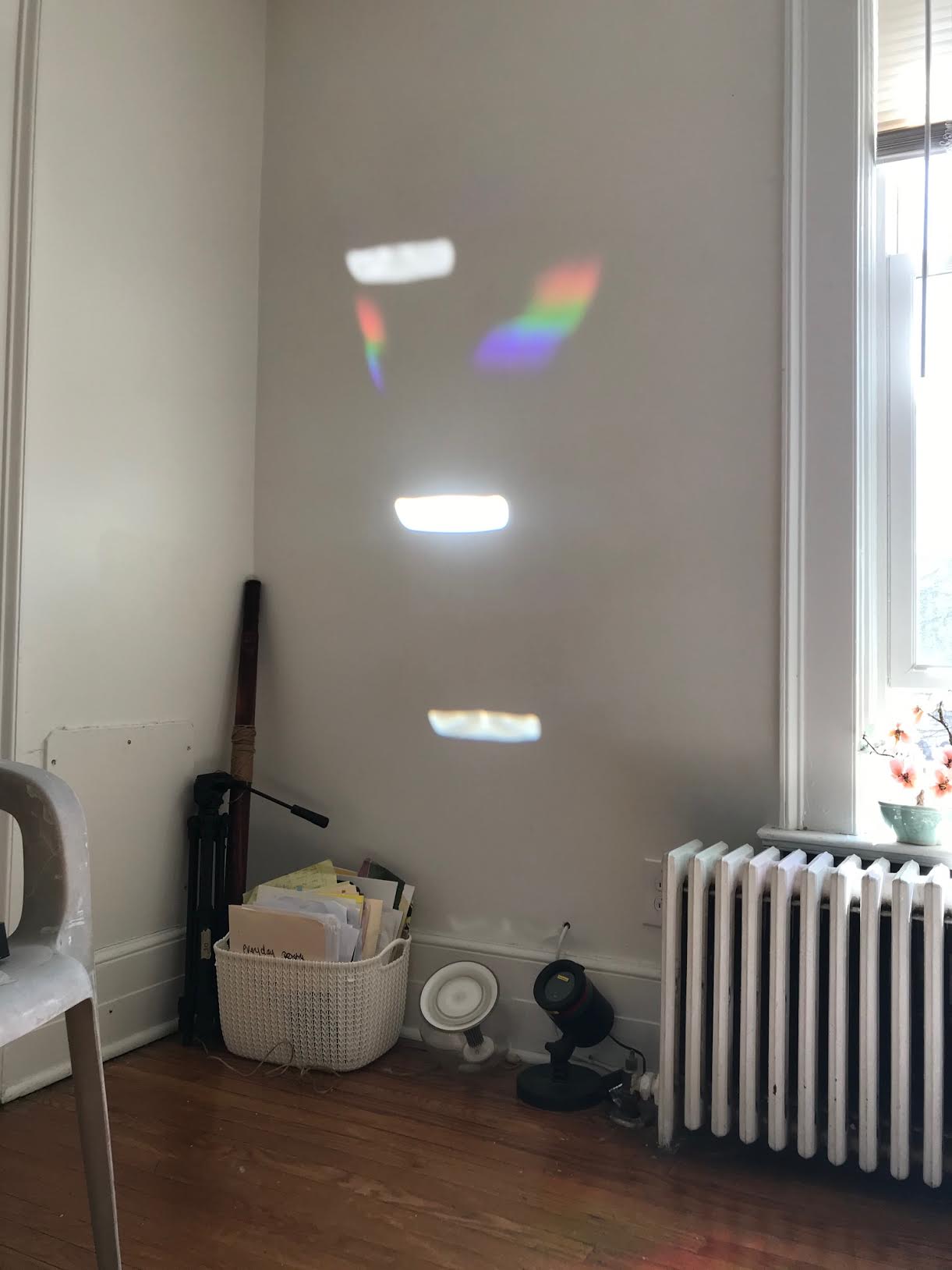
Yifan Qian
Which one is my Lunch?
"My first lunch was a fried egg in the shape of a footprint — the bread, eggs and tomato sauce were all edible. My second lunch was food made of felt, then painted with acrylic paint to make fake eggs, bread and peanut butter.
My work is to study which one is more disgusting. The first portion of the food is completely edible, but the viewer will feel sick because it's unconsciously reminiscent of me stepping on the bread. The ingredients of the second portion of the food are clean, but the ingredients are not edible. If I just ask which one is more disgusting, most people will choose the first one. But if it becomes, "You must choose one to eat" probably everyone will choose the first one."
Nickolas Viele
"For this sculpture I went deep into what I wanted to say with my work. With the research, I liked thinking of a way to re-use an idea for something else. I took old broken crayons and casted fingers to draw with and added regular wax to one to make a personalized candle of my style. I started with Play-Doh and molded it to the shape of my fingers and poured the wax in. I learned cooking spray eliminated a lot of detail but did make the wax remove easier from the Play-Doh. My more detailed pieces are from not using this method, but from rubbing away the Play-Doh. Not everyone has wax laying around but in doing both these exercises, I learned you may have more than you think and you don’t need to have body double to get extreme detail. My concept was with everything going on, we are the ones who can be the light to not only ourselves, but friends and family. We may wear down like a crayon but by our actions we can 'color' a better future for us all."
'Touched Your Soul'
For this assignment, students reflected on famous artists who have influenced them — or "touched their soul" — and created pieces paying homage to those artists and/or the soul-touching feeling they get from their work.
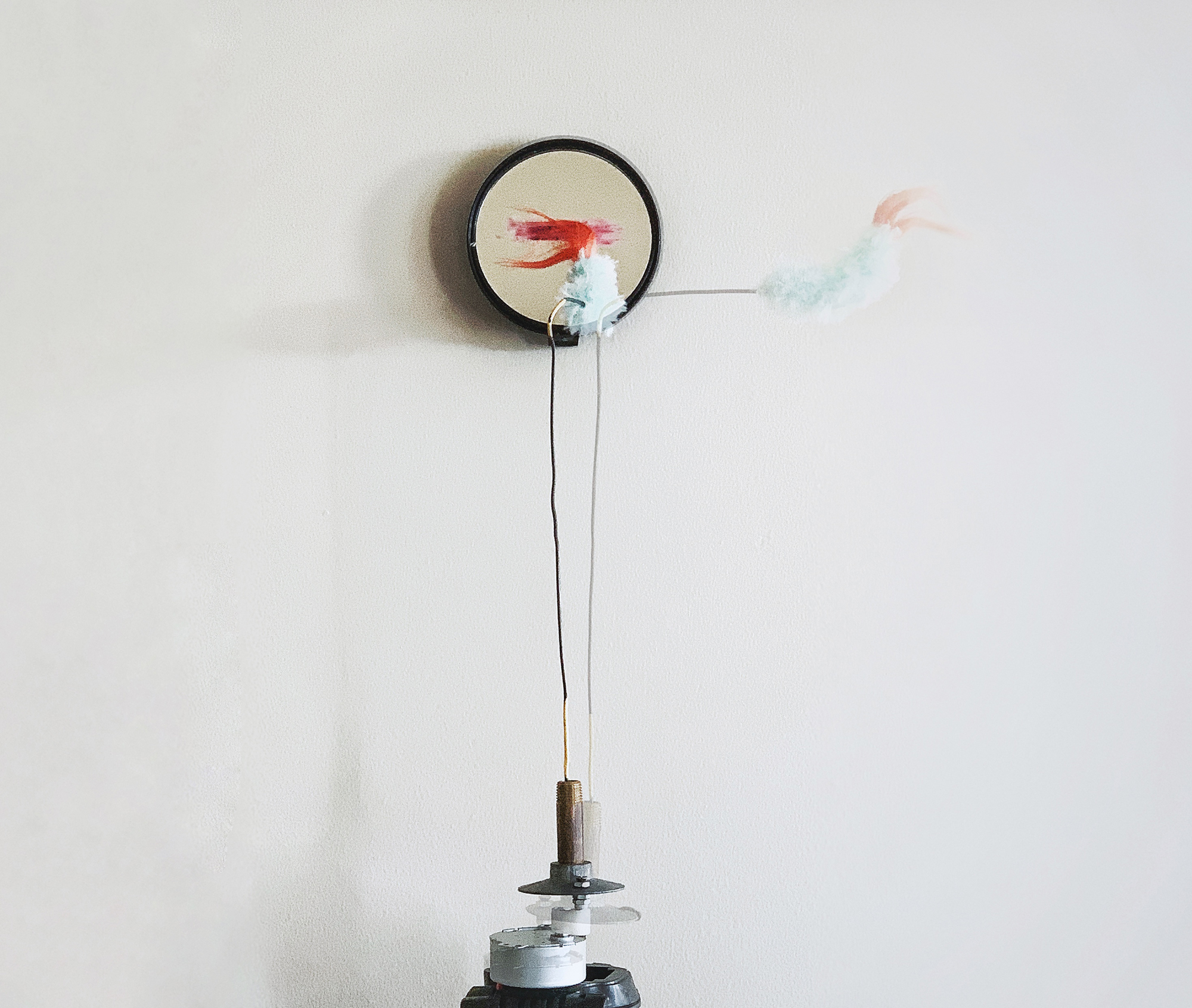
Yibo Liu
This project was inspired, in part, by the roots of a deep passion for the moving installation as well as the work of Zimoun and Lara Favaretto. The above is a still shot of a video installation.
"I am obsessed with rotating motors and used industrial parts. At first, what inspired me was not an art piece in galleries, but the historic ruins all over China and the continually rotating lights at the door of barber shops.
"The ruins are a historical testimony for me: from new to prosperous, to lonely, and finally to damage. Of all the ruins, only the most famous ones are preserved, and new tall buildings will eventually replace the rest of them. The used pipes in those ruins will be destroyed due to quality problems. Reorganizing them is that I want to keep these pipes that are no longer valued by people and continue to let them play a role in their lives.
"Rotation is an endless and aimless mechanized operation. Rotating at a constant speed is like an indifferent lifestyle in today's society. For example, the rotating searchlights in the bar, or the subway in urban traffic, they are all moving around. Although it brings a visual effect, people always leave after enjoying it, and it does not carry any emotional color. I regard this as temperament in industrial civilization, fashionable and indifferent. The combination of mechanical rotation and used pipes can be seen as adding eternity to the historical fragments that are about to disappear and also adding spiritual to mechanical movements."
Kathleen Johnson
"My love for combining two-dimensional printmaking and three-dimensional sculpture techniques was first introduced to me by the artist known as Swoon. I first saw her work in 2015 walking down the street in NYC. Swoon started off as a street artist, but what separated her from other street artists was her choice of location. Her two-dimensional prints are created and placed in a specific environment. The work in turn interacts with the physical world. She has shown in museums such as the Museum of Modern Art and the Brooklyn Museum.
"I created a four-piece series, inspired by Swoon, of two-dimensional drawings and applied them to the environment I am isolated to. I created a wheat paste mixture used by many street artists and applied the work to interact with specific aspects of my environment.
"Hands lifting and supporting my foundation, the continuation of the concept of a tooth as a sacrifice are just two examples. I also was thinking about the accessibility of art during the COVID-19 epidemic. With academia and galleries closed, there is a lack of sharing images. So, I decided to paste the work in a variety of access points. Some are visible to my neighborhood, exposed to the elements and will have the shortest life span. Some are inside, only visible to myself and my partner. Then one is placed on plywood, which will be eventually covered with tile. This work will not be seen by anybody until the shower is renovated once again."
Glass
An elective course taught by Suzanne Peck, lecturer in the Glass program, employed “glass-based thinking” in the absence of the hot shop facility.
“We’re opening up curiosity and going to learn about this material in other ways,” Peck said.
The class started an Instagram account to share its output and remain connected. Weekly assignments task students with thinking about the use of glass while not having access to it, and posting their results on Instagram. The class consists of seven students from Industrial Design and one from New Media Design.
Soap Bubble Mountain for "The Bubble" prompt.
From the "magnification/distortion" prompt.
Illustration
Student output Visiting Lecturer Nic Sweet’s Digital Illustration I class. A few of the many illustration are below — view more here.
Below is work by students in Lecturer Allen Douglas' spring Illustration classes. Assignments included a twisted myth project for Fantastic Illustration and an event poster project for Illustration III.
Medical Illustration
The below work is by students in our Medical Illustration BFA program as well as the MFA in Medical Illustration, housed in the College of Health Sciences and Technology.
In Adjunct Faculty Alan Gesek's Zoological and Botanical Illustration class, students learned a variety of techniques and processes of scientific illustration. This was done through observational drawings and exercises emulating Birds of Prey from Wild Wings and emulating traditional scratchboard techniques using a digital approach. Students worked toward building not only illustrative and medical knowledge and expertise, but also working on their graphic design skills.
Scientific Visualization
In this class taught by Professor Jim Perkins, students created illustrations of anatomy using a 3D imaging reference, receptor interaction and molecular disease posters. The course explores the use of technologies to provide references for traditional artwork and export models for digital rendering and animation.
Horos Anatomy Image
Students were asked to create an illustration of anatomic structures using Horos imaging software for reference. Horos displays CT and MRI data from actual patients in 3D. Since the Horos models can be rotated in 3D, students created a unique view of anatomic structures — something other than the usual front, back and side views that would be found in a typical anatomy textbook. The final rendering was done in Adobe Photoshop.
Receptor Interaction
Students created illustrations of a receptor embedded in a cell membrane, showing the response of the receptor to its ligand (the small molecule that activates the receptor). The receptor model is based on molecular structure data downloaded from the RCSB Protein Databank or the Orientation of Proteins in Membranes (OPM) database. The ligand is obtained from a small molecule database such as PubChem or ChemID-Plus. The molecules are visualized and reference images are exported from the molecular visualization software UCSF Chimera. Final rendering is done in Adobe Illustrator.
Molecular Disease Posters
For this assignment, students created a small poster describing the molecular basis of a medical condition and its symptoms. The focal point of the poster is an individual suffering from the condition. This may be a pencil drawing modified in Photoshop or may be painted entirely in Photoshop. Surrounding the individual are models of proteins and small molecules with accompanying text explaining the molecular mechanism responsible for the condition. The models are obtained from several online molecular structure databases and are rendered in the molecular visualization software UCSF Chimera. The final layout is created in Adobe Illustrator.
Intragastric Balloon Procedure
Maya Habecker
Jeong Jin Lee
Multiple Sclerosis
Larissa Dale
Hepatitis B Virus
Carson Zgoda
Sculpture
Transformation of Space
For a Sculpture class, professor Elizabeth Kronfield tasked students with contemplating their new, remote workspaces as they transitioned from normal making life in studios at RIT. Students used readily available materials at home to transform a space.
Jensen McConnell
"For this piece I decided to use the same reflective mylar I was originally planning on using for my final project. What I decided to do was to use an old trash can I had lying around and laid crumpled, reflective mylar around the inside. This piece was more a study of how a certain space or conditions can transform the art itself. The amount of light and shadows, as well as the direction in which the piece was facing, all have an effect on the appearance of this piece. Because of this, the piece can never be viewed the same way twice. I also noticed, especially in high-light areas, the reflective mylar looks almost two dimensional, despite being over a foot in depth."
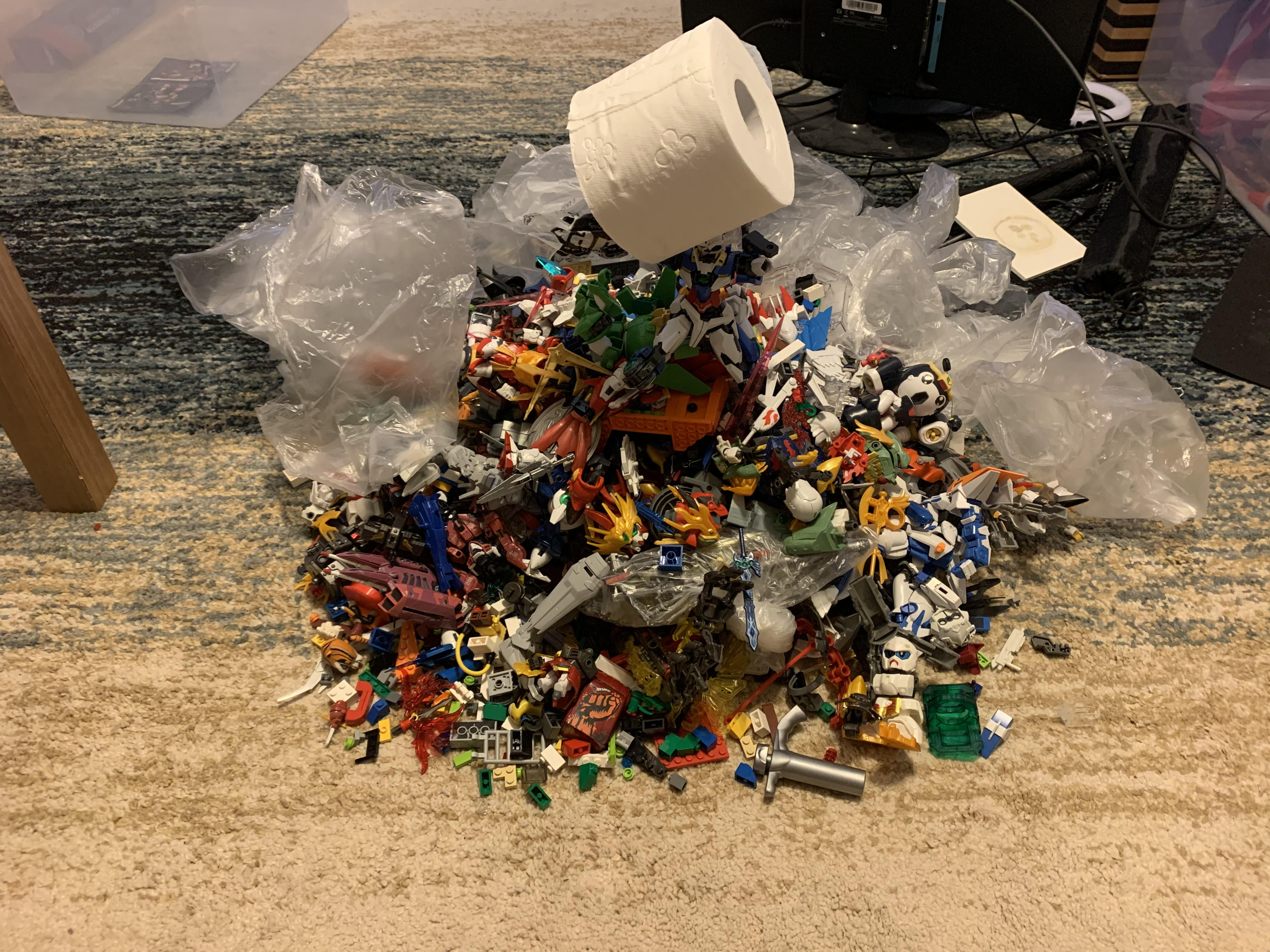
Younho Yang
"I started cleaning the house for practical use in this unwanted residence time and I found my childhood toys. This work is made by comparing the situation that happened to the outside world. A pile of toys trying to have toilet paper in the middle of this confusion — just like people buying more things than they need and stocking up on toilet paper. Obviously, there are many things that can be used as a substitute for toilet paper, and many people know it. However, because of the confusing situation, people are confused about what is more important than toilet paper. Clearly, there will be more important things than stocking up on items. But I don't know what it is because each person has a different job."
Scale Assignment
Students were challenged to create a sculpture out of anything and was to be no more than four inches in any direction. They then took two photos of their work — with the first eliminating the idea of scale and the second trying to distort the scale and make it appear larger than it is.
Tyler Eisner
"Quite simply this is 'Banana For Scale.' A satirical piece that plays off the typical use of a banana in reference to other objects to show scale. The banana itself is three inches long and made from super sculpey that was cured and painted, first with a base of yellow and then with many washes of black then various shades of brown. I used a real banana for reference when both sculpting and painting to make sure I got the ridges, bruising and colors right."
Jensen McConnell
"Of all the provided resources, I thought that Kolodko sculptures were the most successful at distorting the scale of the sculptures. The blurred background lacked information and depth, making it hard to properly discern the context of the sculpture. I attempted to do the same with my distorted background images, taking the picture from below the sculpture to make it appear bigger and blurring the background."
Brenden Watts
Younho Yang
Visual Arts-All Grades (MST in Art Education)
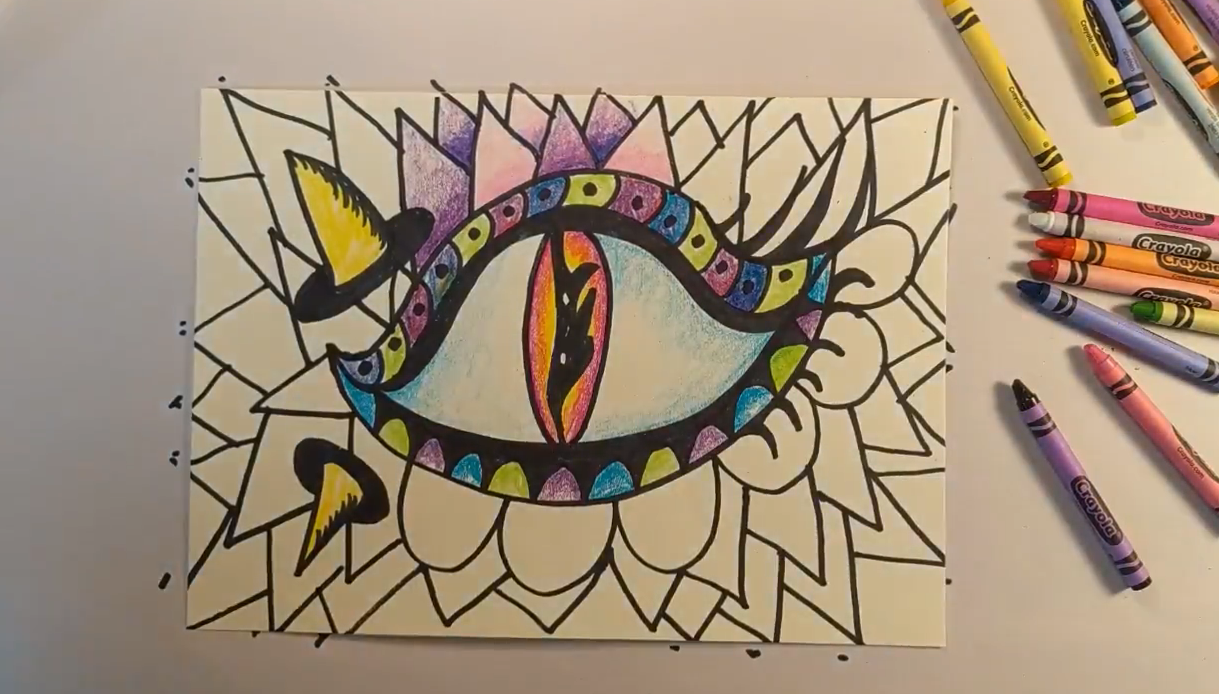
Stay-at-home Art
Students and faculty in our Visual Arts-All Grades program created videos detailing art projects families can complete together at home during self quarantine.
You can access all of the art projects by filling out the form on this page.
School of Design
3D Digital Design
Lighting Materials and Rendering
In this 3D Digital Design class taught by Associate Professor David Halbstein, assignments revolved around the behavior of light both indoors and outdoors, and the "why" of those behaviors through an understanding of physics.
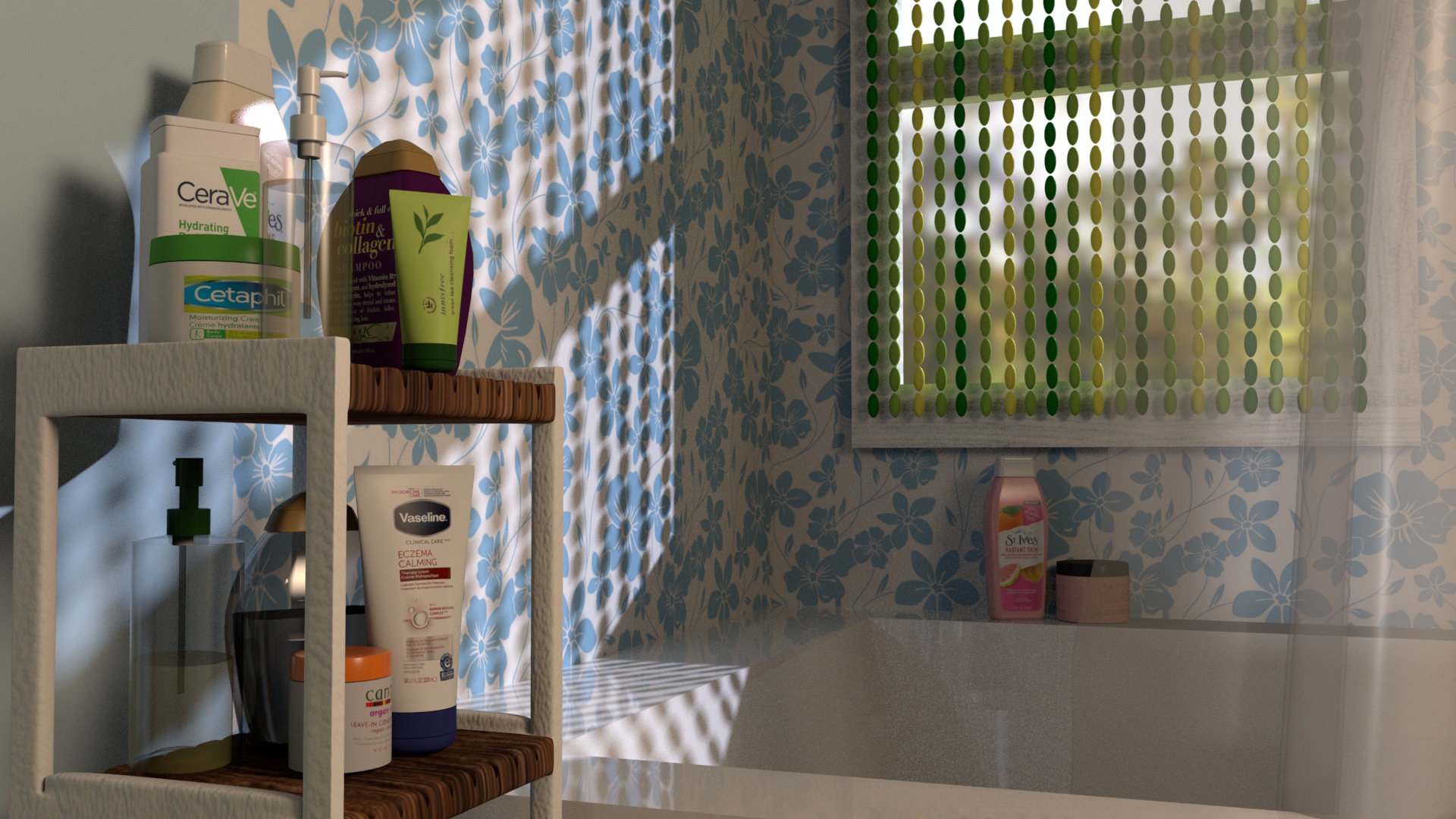
Ghahyun Park
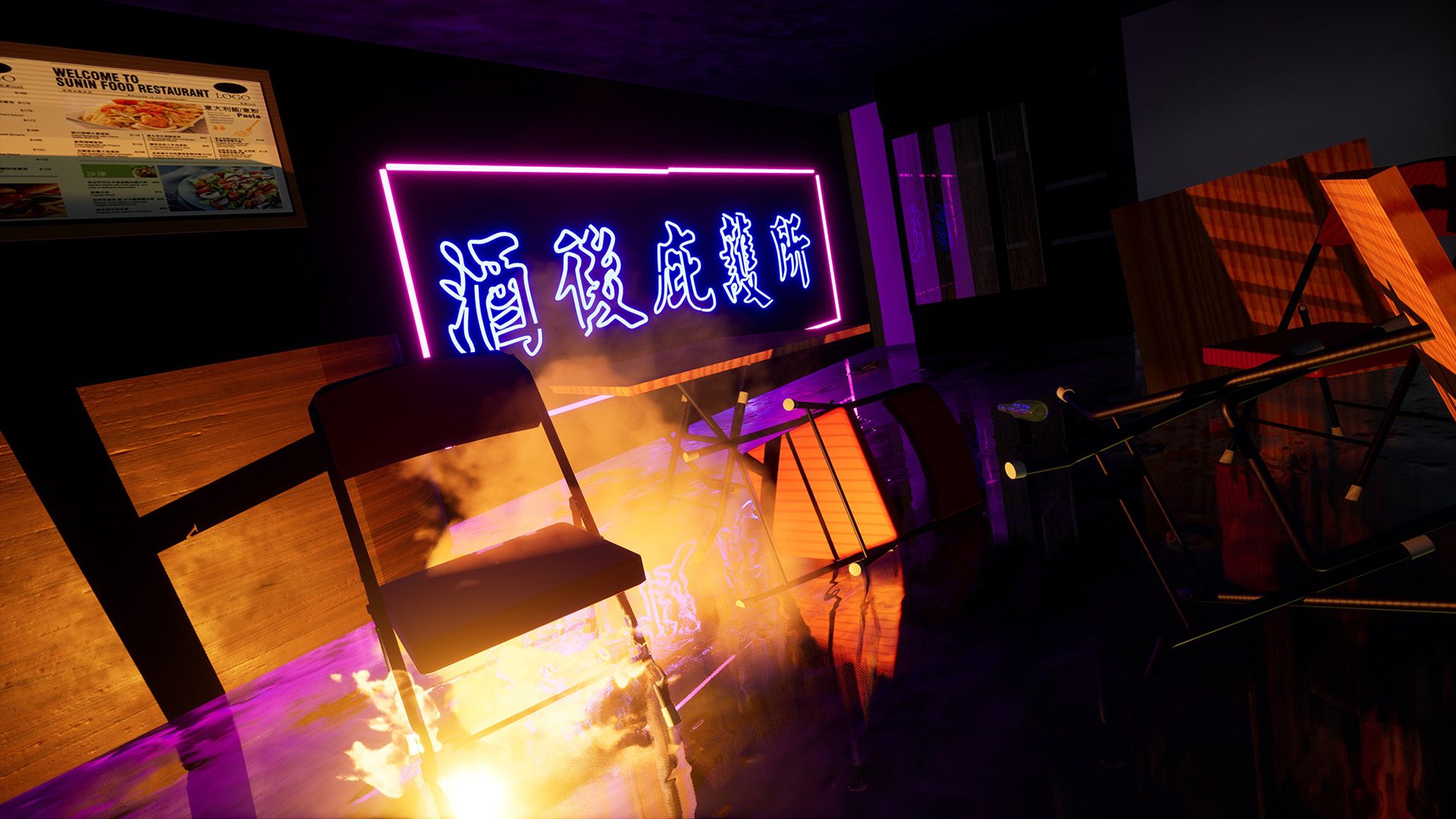
Olivia Su
"This image is both representational and abstract; it is the aftermath of a wild night. It's a style I like very much and want to pursue more in the future."
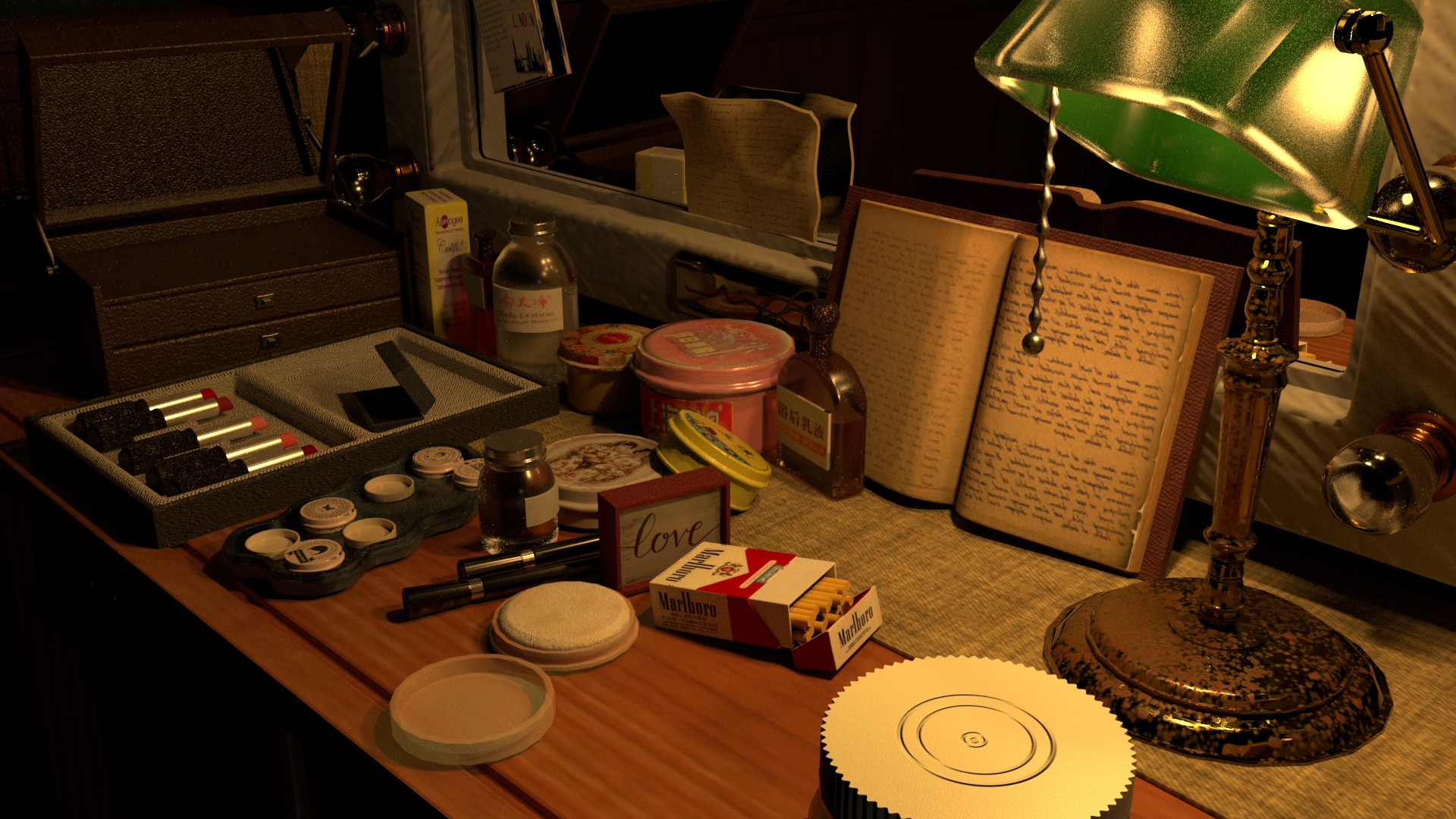
Yimei (Charlotte) Wu
"This is a 1980's dressing room for a famous actress of the time."
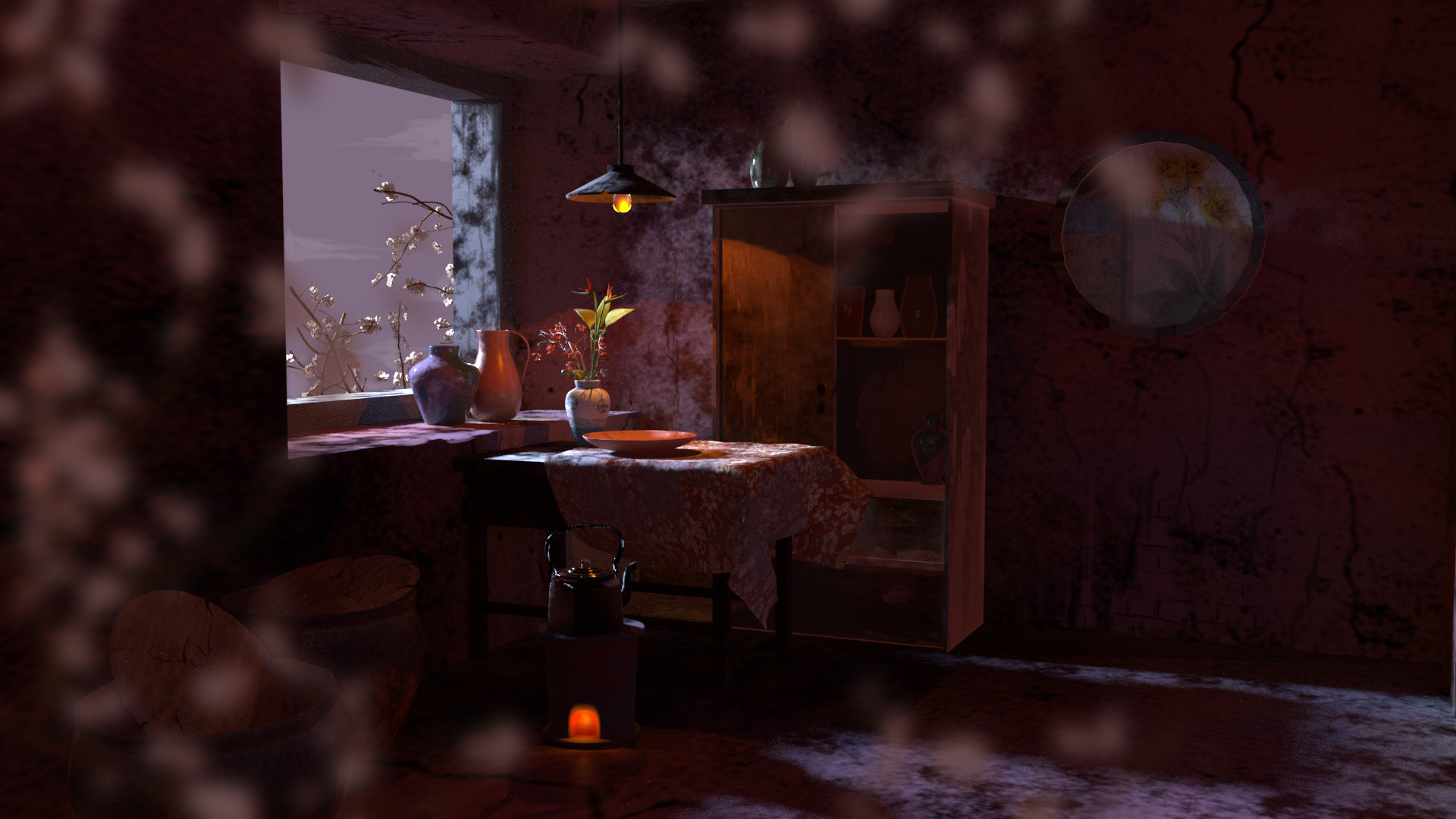
Yiayang Ye
"For this project, my inspiration came from watercolor paintings and Impressionism. Old things are my favorite theme because I believe they are given soul by time. Every wood grain, every speck of dust or stain all have their own stories. They are able to use their simple color tone to show themselves without any showy color to attract attention from the audience.”
Project Planning and Production
Full-semester projects from Lecturer Phil Szrama's course.
By Noah Mesh
By Jessica McDonald
Introduction to Visual Design
Students in the class each created a scene that tells a story with good composition while focusing on lighting, materials and rendering.
Physical Interface Design
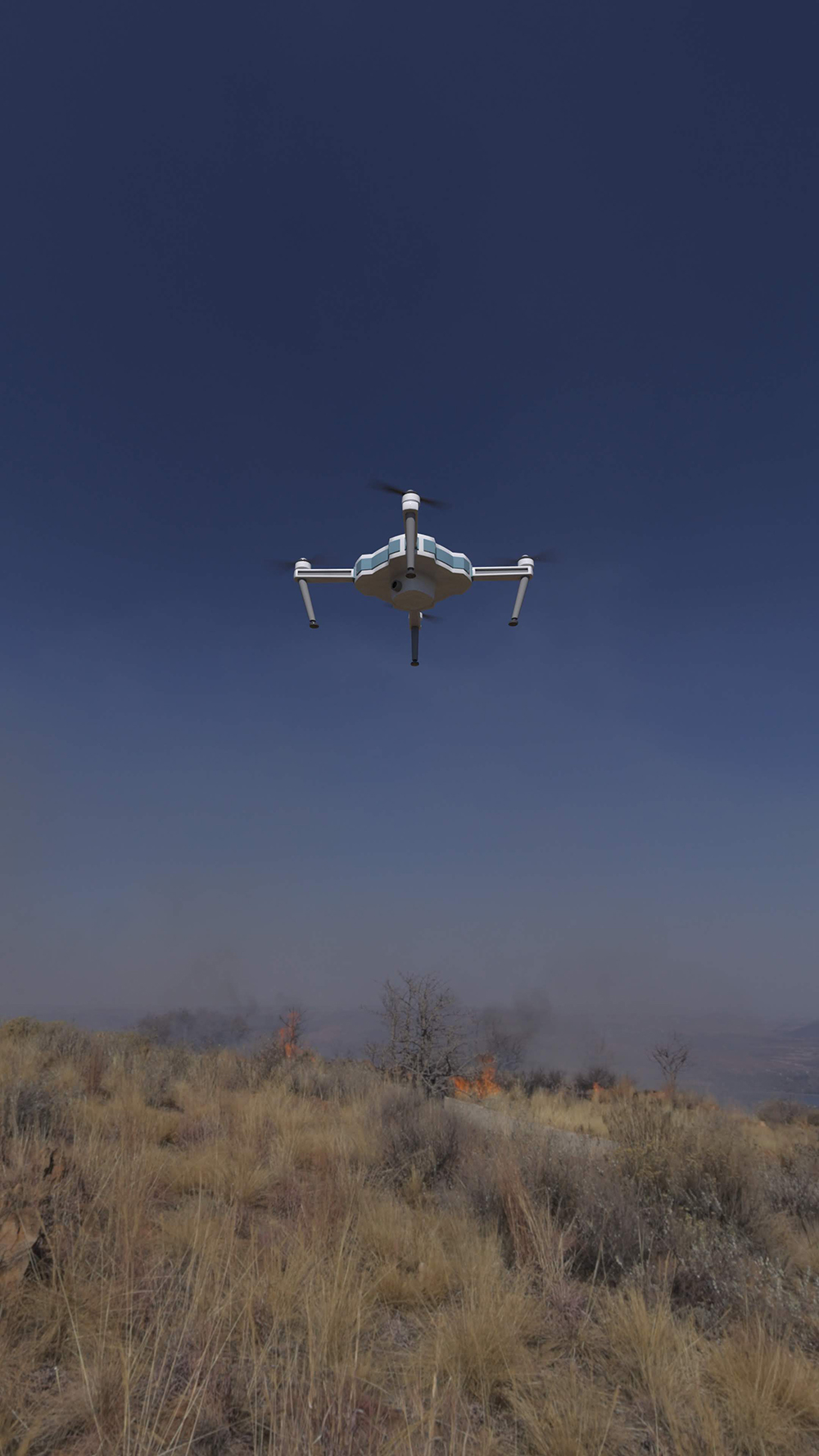
Kristen Fantano
Graphic Design

Design Challenge
Our Graphic Design program initiated the #RITgdchallenge2020 to spread positivity through design on social media during an unprecedented time. Each week, assistant professor Keli DiRisio shared a prompt with students, who created designs around it and posted to Instagram using the hashtag.
Kyle Quevedo
Professor Lorrie Frear tasked students in her Design Systems class to create branding for a new beverage product line for an existing company, with Kyle choosing protein smoothies for Starbucks.
Design Systems
Projects by Associate Professor Carol Fillip's third-year students.
Packaging Design
Each year, RIT students in a multidisciplinary course taught by Professor Lorrie Frear create innovative packaging designs that are entered in the annual Paperboard Packaging Alliance Student Design Challenge. The projects different from year to year for the class, a longtime collaboration between students in the School of Design and Packaging Science program.
This year, students were challenged to design toolkits for Trees Into Cartons, Cartons Into Trees (TICCIT), a program that educates school-aged children on the sustainability of paper and importance of planting trees. Each toolkit contains a sapling, planting instructions and educational lessons. Interdisciplinary teams designed both the toolkits and lessons.
Interior Design
Students in Assistant Professor Heidi Schelgel's Hospitality Design studio course were tasked with the space planning and design of a theoretical restaurant for a locally based hotel group. As part of the design requirements, students were to celebrate an aspect of the history and culture of the City of Rochester. The building they designed for — located in Rochester's "Garment District — is an 1870 victorian-style brick structure standing six stories high.
Ashley Diltz - Aria Restaurant and Bar
This restaurant aims to provide a unique dining experience for the DelMonte Hotel Group. Inspired by Frederick Law Olmsted's concept for landscape design, the space integrates natural elements in the built environment, creating a dynamic and balanced dining experience. Each zone represents either water, forests or meadows, alluding to traditional landscape design. Warm tones and natural materials create and inviting atmosphere and encourage personal interaction.
Jade Patchett - Genesee Spool
Textiles are a major factor of the material culture. They can be viewed products of technology advancements, symbols of culture, works of art and as items to trade. Rochester is a huge industrial-based city, and has been for centuries. Incorporating industrial aspects in the design will tie in Rochester’s booming industrial textiles factories of the 19th and 20th centuries. DelMonte Hotel Group’s newest bistro, The Genesee Spool, is located at 151 St. Paul St. in downtown Rochester.
Carla Silvestre Sales - The Art House
This restaurant is inspired by WALL\THERAPY — an art and community intervention using public murals in downtown Rochester as a means to transform the urban landscape and build community. "The Art House" design will incorporate elements of the street art movement by celebrating the color, flow and free expression of WALL\THERAPY murals.
Healthcare Design
Interior Design seniors in Susan Clark's Healthcare Design studio designed overall floor plans of a hospital critical care unit, including 16-20 private critical care patients rooms.
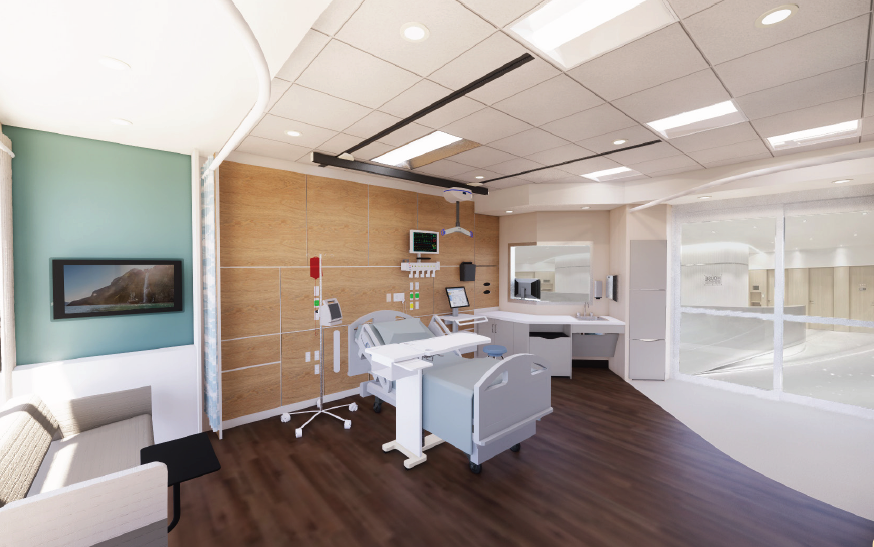
Chris Beckley
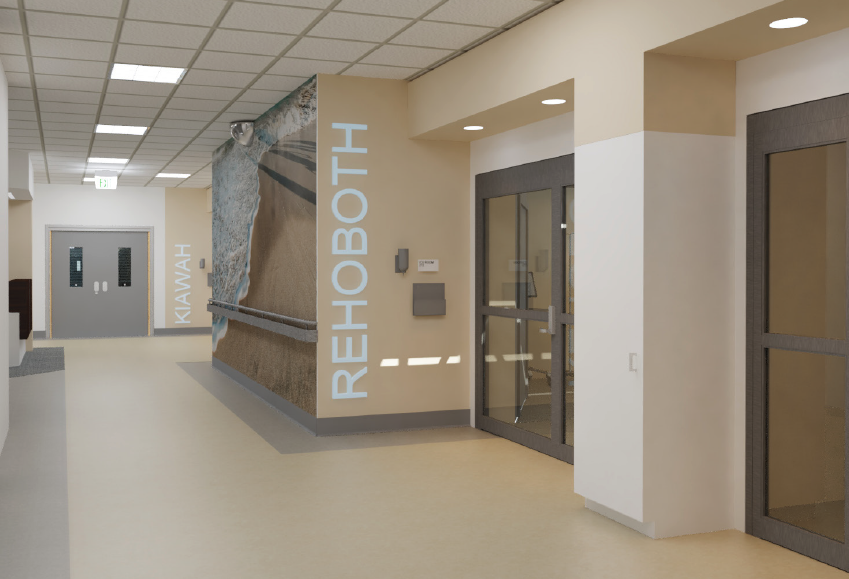
Madison Miller
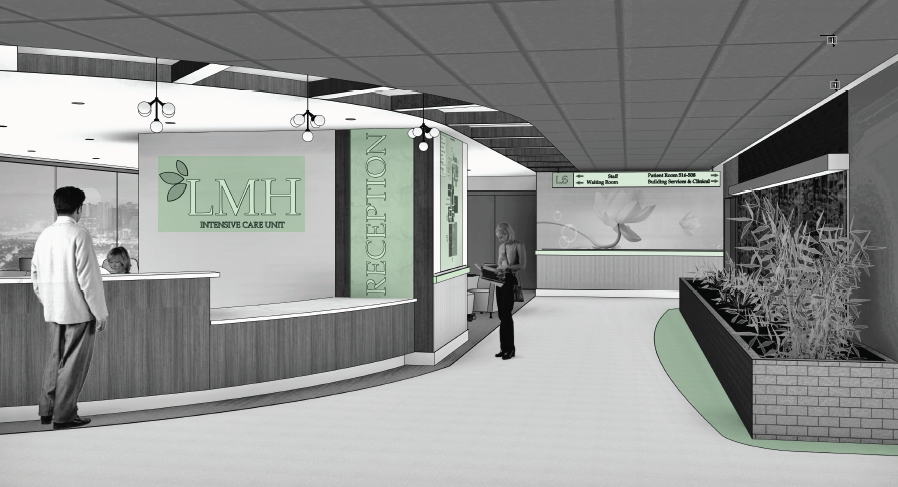
Trinh Nguyen
School of Film and Animation
QuaranTOON 2020
This is a collaborative project between School of Film and Animation faculty and students where they all worked independently and isolated, with the same beginning and end frame and no restrictions on what was chosen to be animated, and then compiled together at the end.
DIY Animation Equipment
As students in an RIT Animation class shifted from learning in labs to their own homes, creative problem solving ensured a smooth transition. Assistant Professor Mari Jaye Blanchard’s Principles of Animation class constructed do-it-yourself solutions using standard household items to replace tangible equipment accessible only on campus.
Blanchard created how-to videos for students to seamlessly continue animating if they don’t own the equipment used at RIT. The tutorials focus on how to quickly make light tables to draw on and a downshooter to film individual frames and produce an animation. One of the light table solutions is a system that holds paper together with a peg bar or three-ring binder and is affixed to a backlit picture frame nailed to a mount. A similar concept features drawing on the fastened pages against a window. Below are some of the light tables students created.
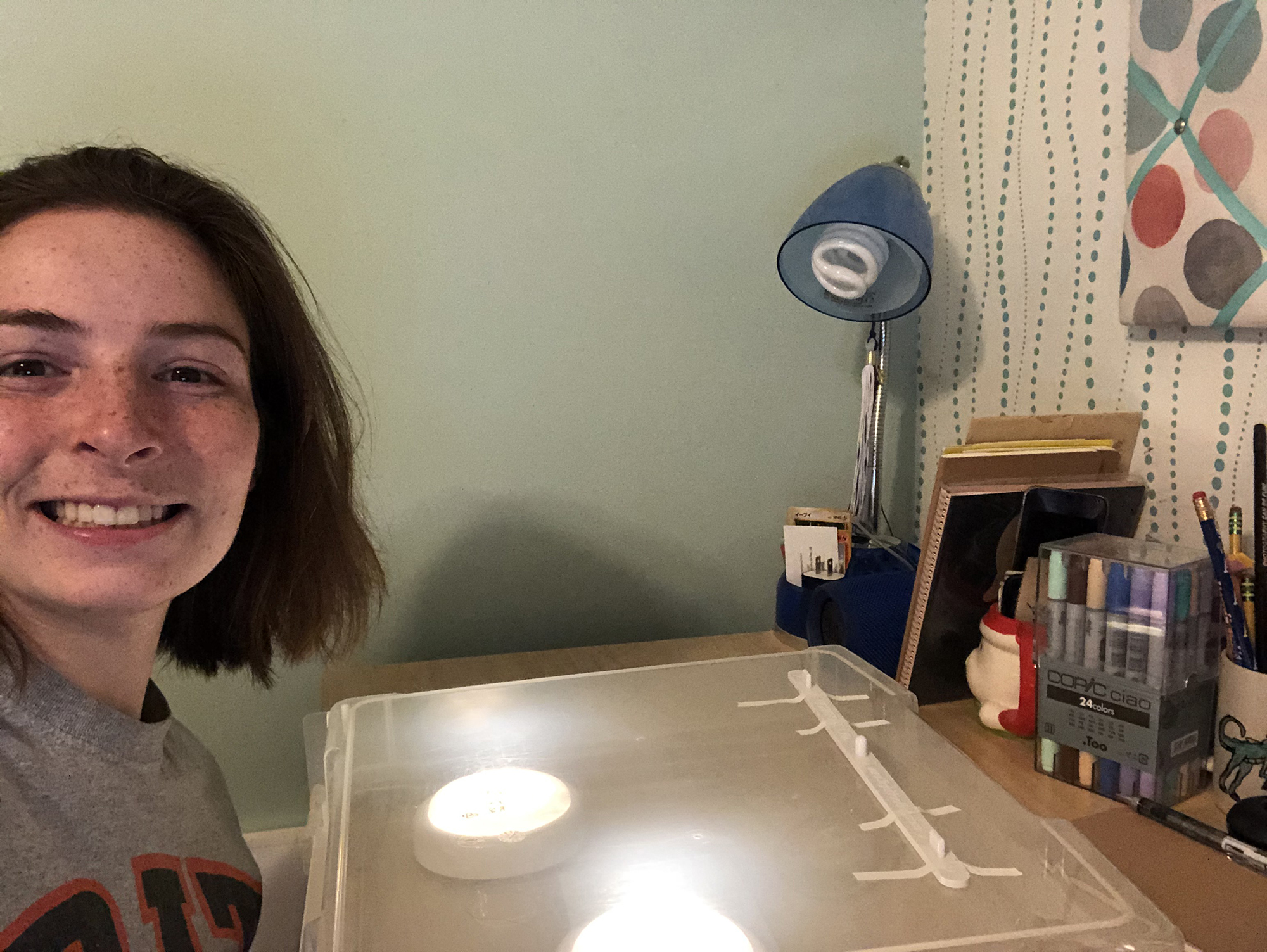
Rylee Arenson
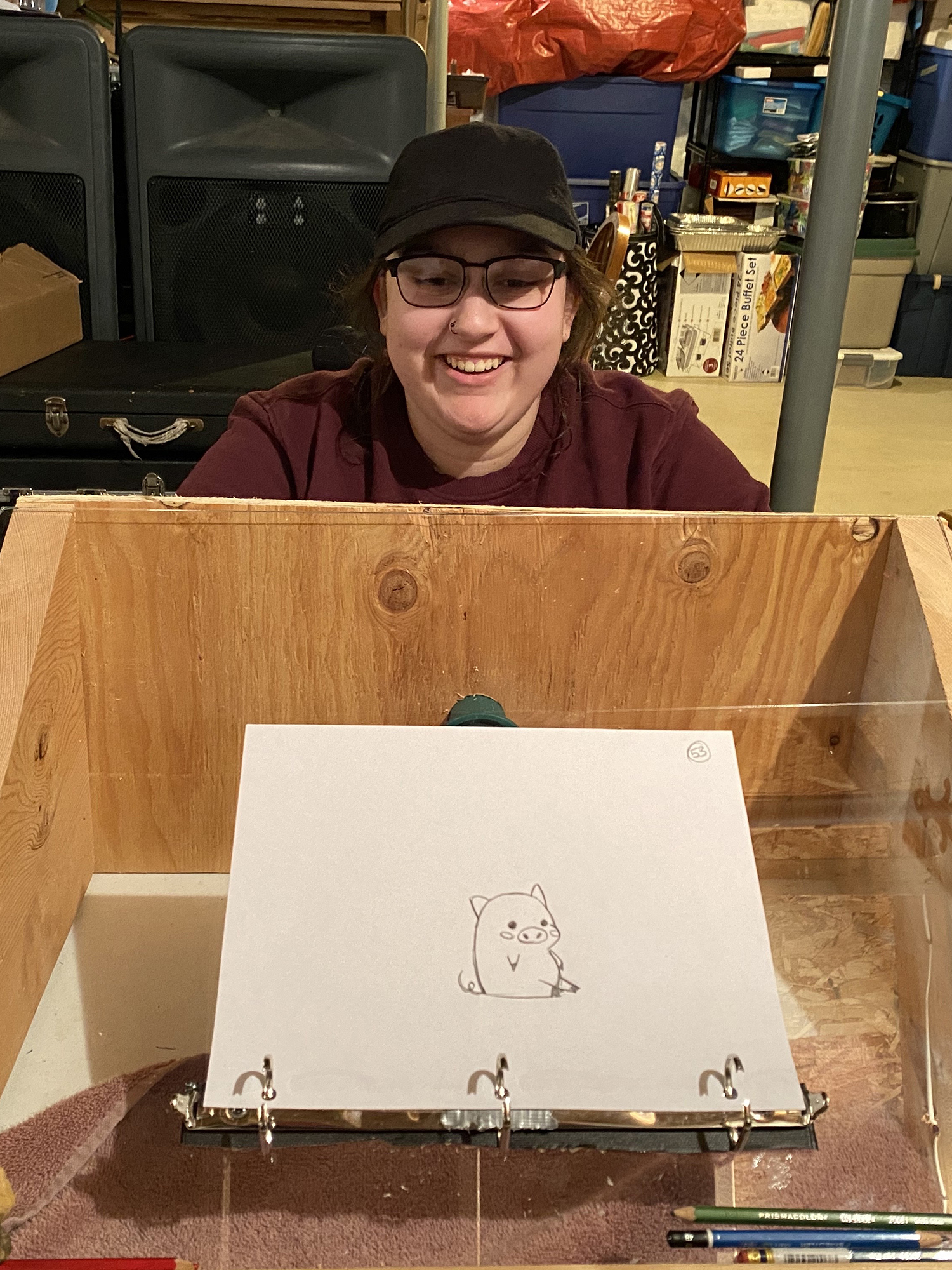
Selena Lajoie
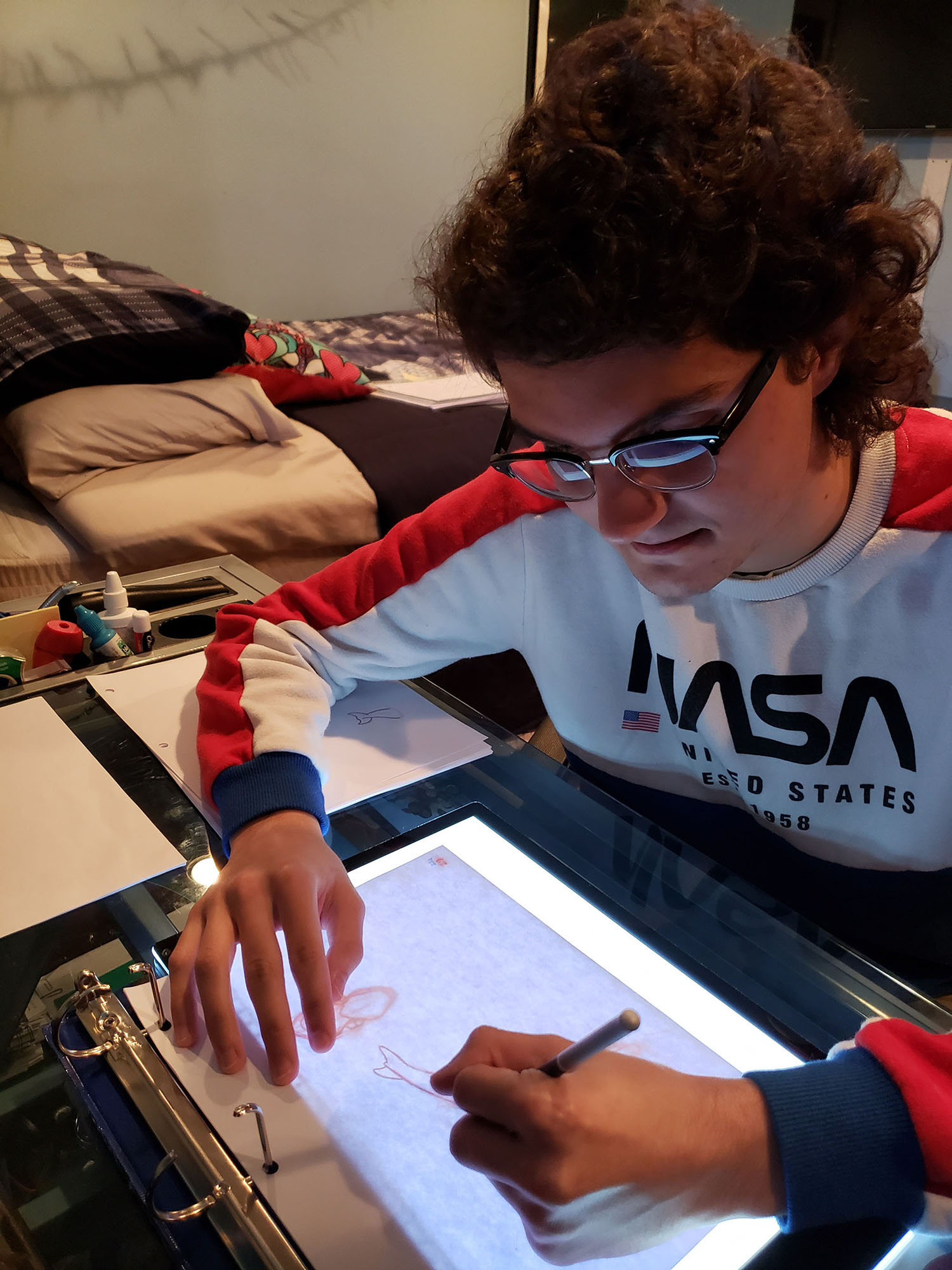
Nick Passanese
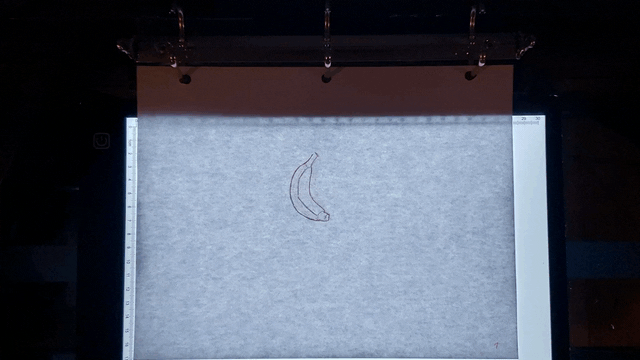
An animation by Nick Passanese using his DIY light table.
Foundations
4D Design
Students in the 4D Design course are introduced to moving image equipment, software, concepts and techniques. Traditionally, students screen their final projects publicly in MAGIC Spell Studios’ Wegmans Theater. But without access to on-campus equipment and facilities, the final output — and its presentation — was creatively revised. Still from "Swan Market" by Zach Barnes.
2D Design
For adjunct faculty Alan Gesek's 2D Design class, students completed assignments focused on color theory and color wheel.

Theo Meadows
School of Photographic Arts and Sciences
Class of 2020 Catalogue
With the annual photography honors show canceled, a class designed an online catalogue showcasing and celebrating work by graduating photography students.
Advertising Photography
Fourth-year students in Senior Lecturer of Advertising Photography Clay Patrick McBride's Portfolio Development class were challenged with making up to four images representing "life during social distancing."
Molly Richardson
For another assignment, the students were tasked with using string as their subject matter to make three photos or videos. Below is a sampling of the projects. View more

Smiling Faces
School of Photographic Arts and Sciences Professor Susan Lakin is bringing smiles to people's faces with her neighborhood photography project.
Elements of Advertising Photography
For Professor Susan Lakin's second-year class, she tasked students with acknowledging the family members who have supported them during a challenging time throughout their photography. Assignments included an exploration of facial expressions and environmental portraits of family members (and in one case, a behind-the-scenes photo of assistance from family).
Photographic and Imaging Arts
Photographic Arts II
The undergraduate class reinforces and builds upon skills learned in the first semester, emphasizing aesthetics, craft, visual problem solving and critical thinking skills.
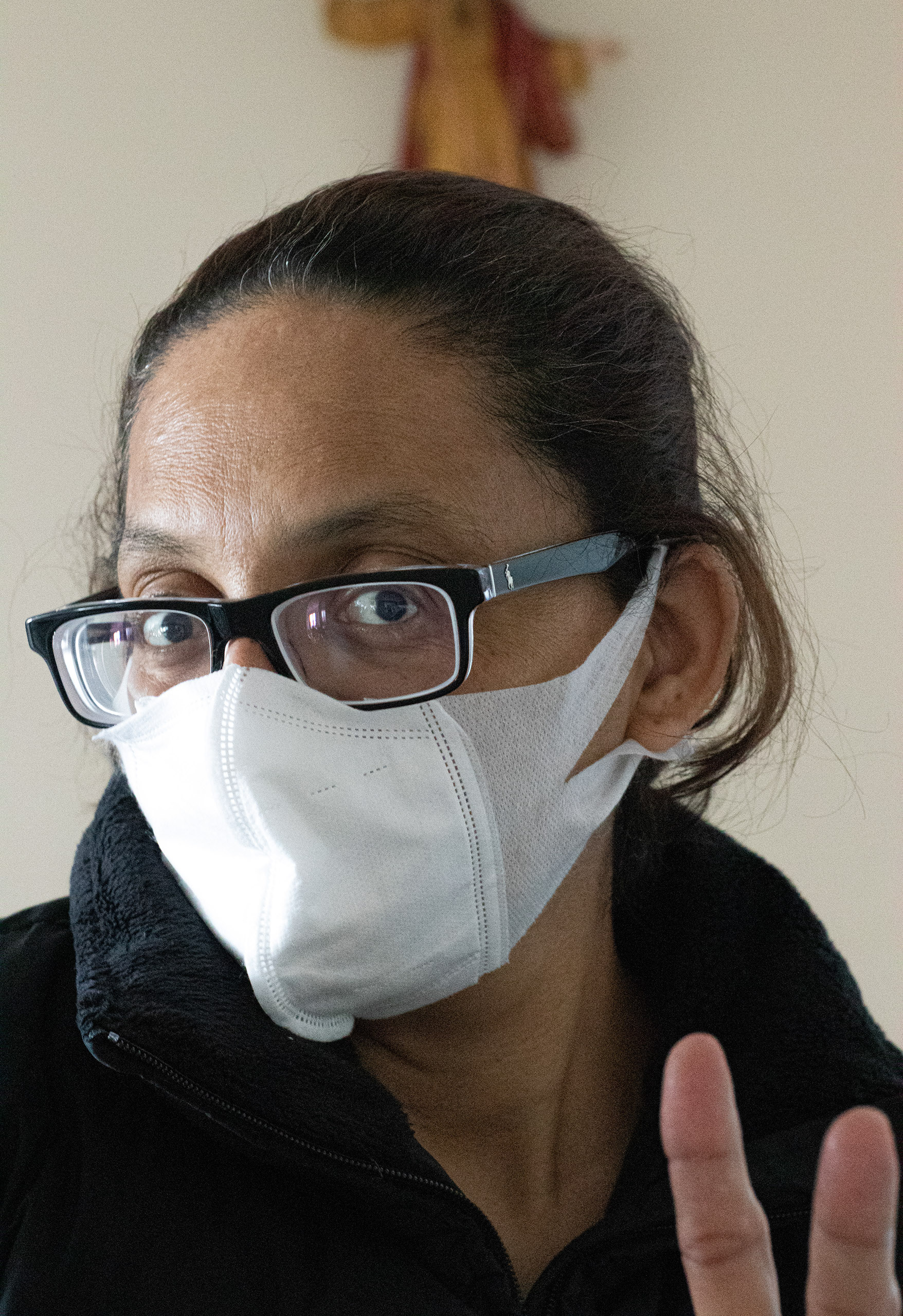
See more from Joshua Rashaad McFadden's section of the course
Photo by Tiffanie Arias
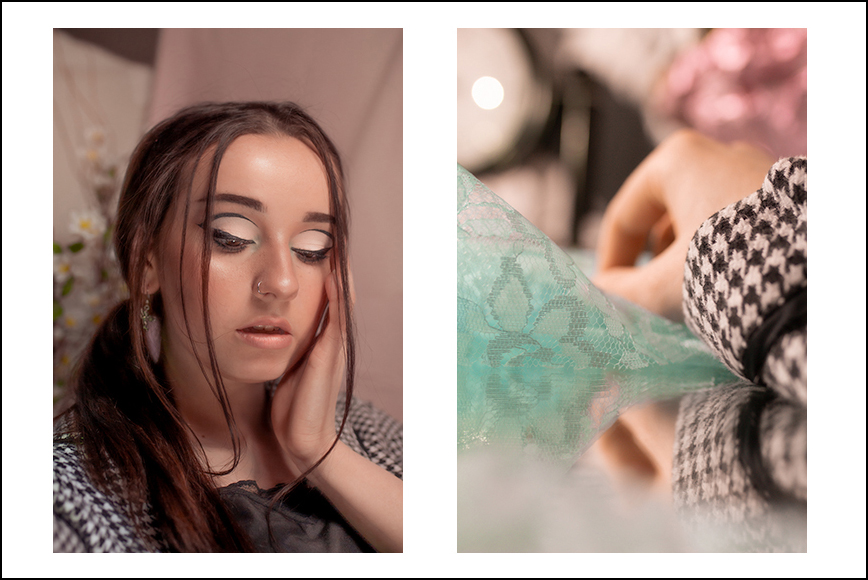
Camille Watts
See more from Angela Kelly's section of the course
Photo by Camille Watts
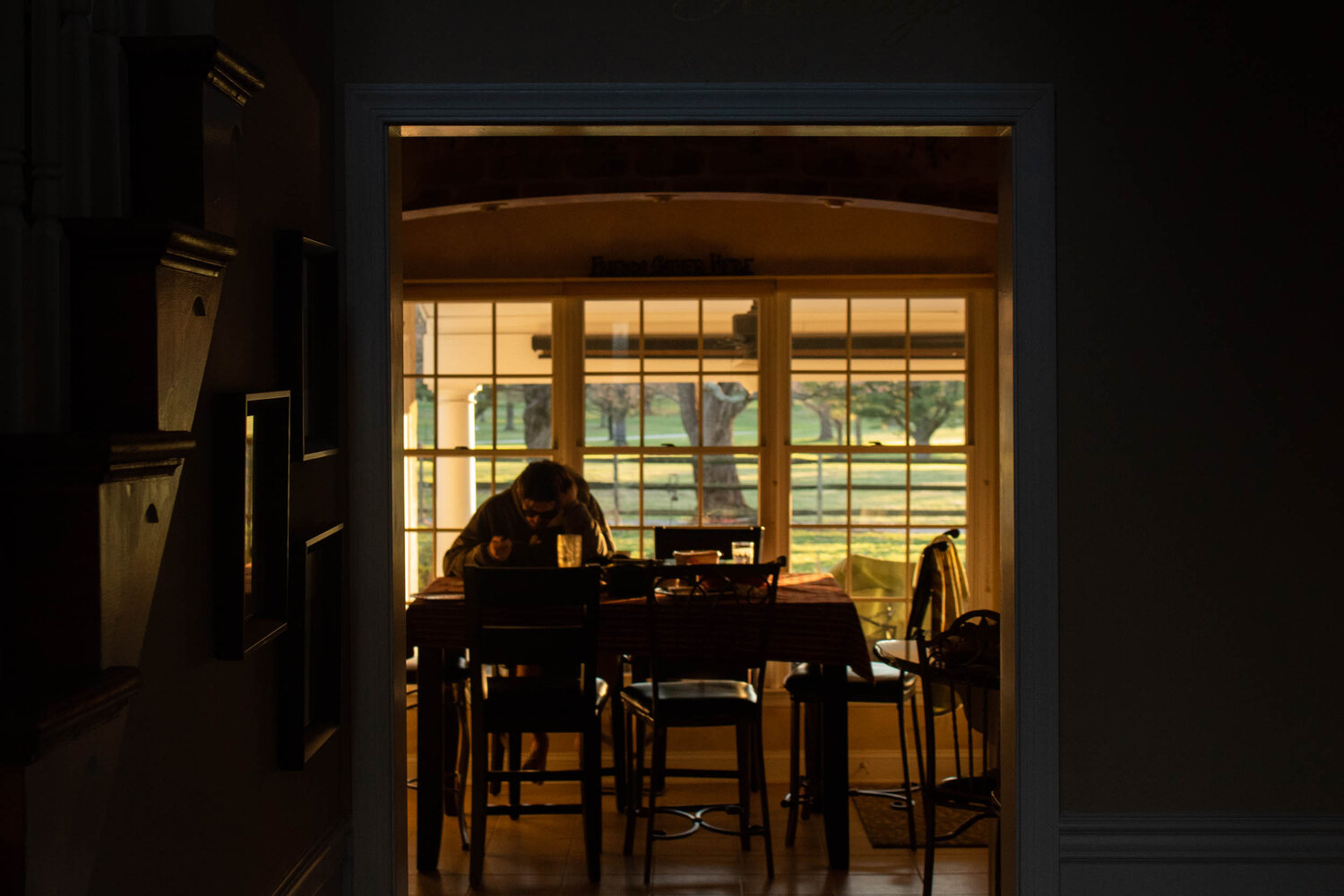
Photo by Chase Bennett
Photographic Sciences
Michael Peres, professor and associate chair of the School of Photographic Arts and Sciences, employed a low-cost, yet highly effective solution in his Magnified Imaging class. Without access to microscopes, students used Foldscopes — paper microscopes that can capture smartphone images at 140x magnification — to complete microscopy projects. Below are the results of the students' initial operation of the Foldscopes. Shifting to the process presented a challenge to make still pictures, said Peres, who noted students transitioned from using equipment worth $250,000.
Photojournalism
Students and faculty from the School of Photographic Arts and Sciences and School of Communication created CoviDiary — a chronicle of the experiences of RIT students, faculty, staff and alumni during COVID-19. From Photojournalism graduates covering the pandemic as professionals to personal projects and heroic responses, the website holds stories of struggle, strength and resilience from the RIT community.

School of Art Adjunct Faculty Emily Bellinger and Kes Efstathiou, Visiting Lecturer in the School of Photographic Arts and Sciences, became full-time mask-makers in their home to help during the pandemic.
Visual Media
Students in the Elements of Visual Media class designed posters related to the global pandemic.
Cabin Fever
As part of his capstone project, Will Moran made a "quaranzine" called Cabin Fever — an online showcase of work created by artists at RIT and around the country during the pandemic. Design by Will Moran; photo by Jordan Kraft.
A Quiet State of Emergency
Frank Cost, the James E. McGhee Professor and Undergraduate Program Director of Visual Media, produced a photographic journal of Rochester and its sites during the coronavirus pandemic.





